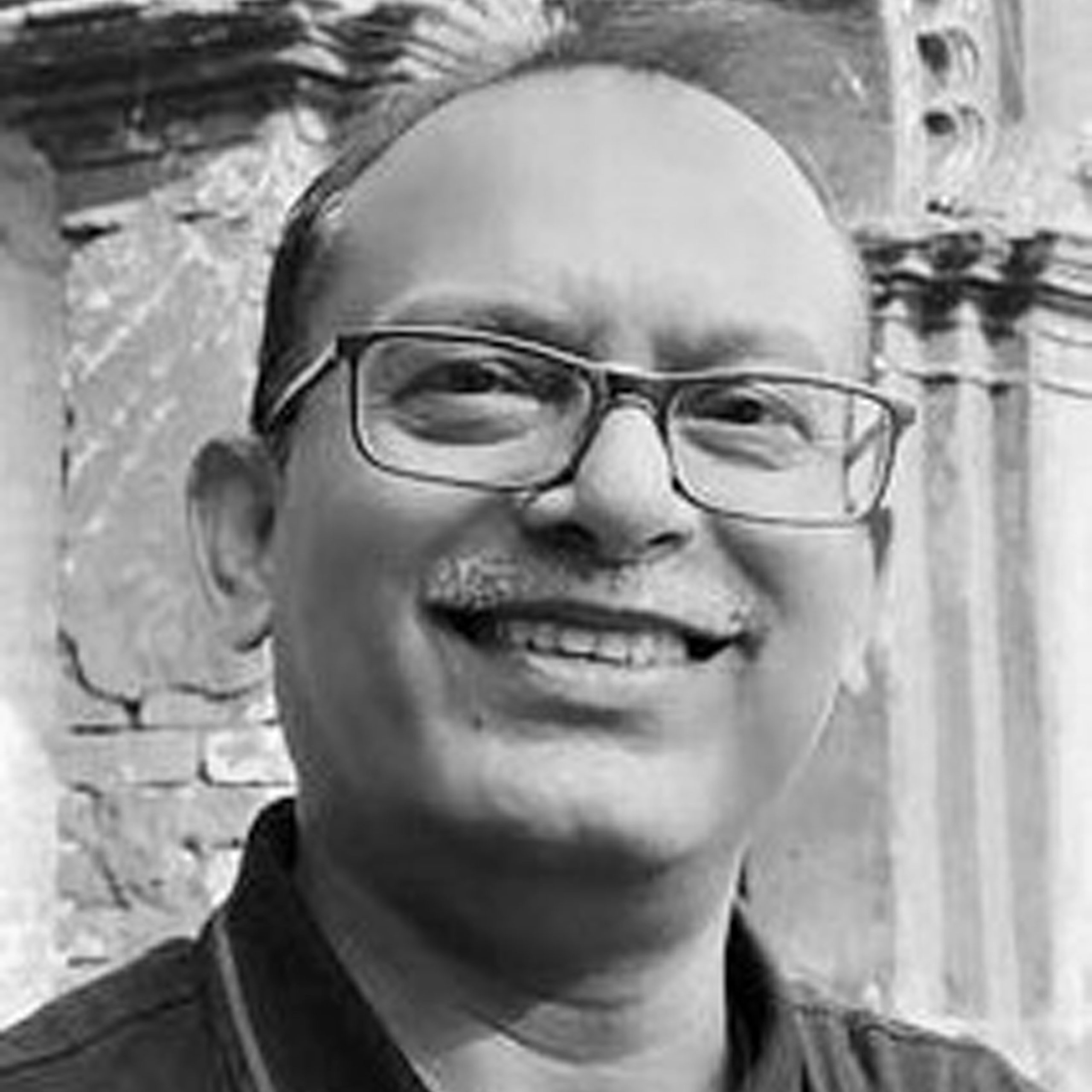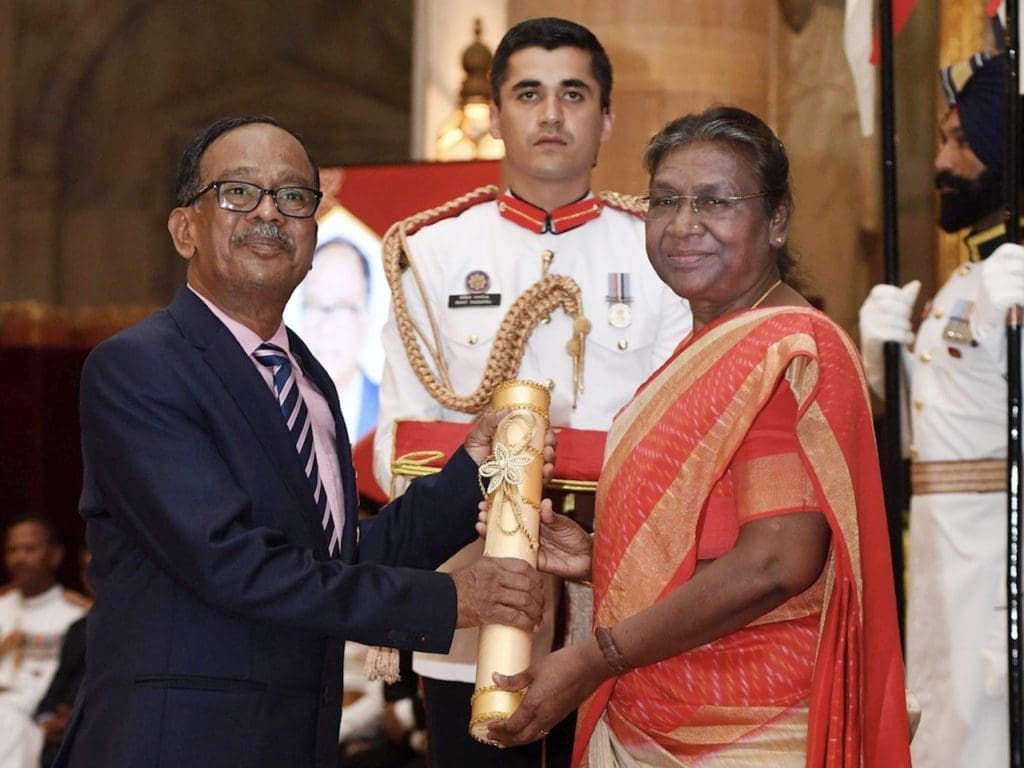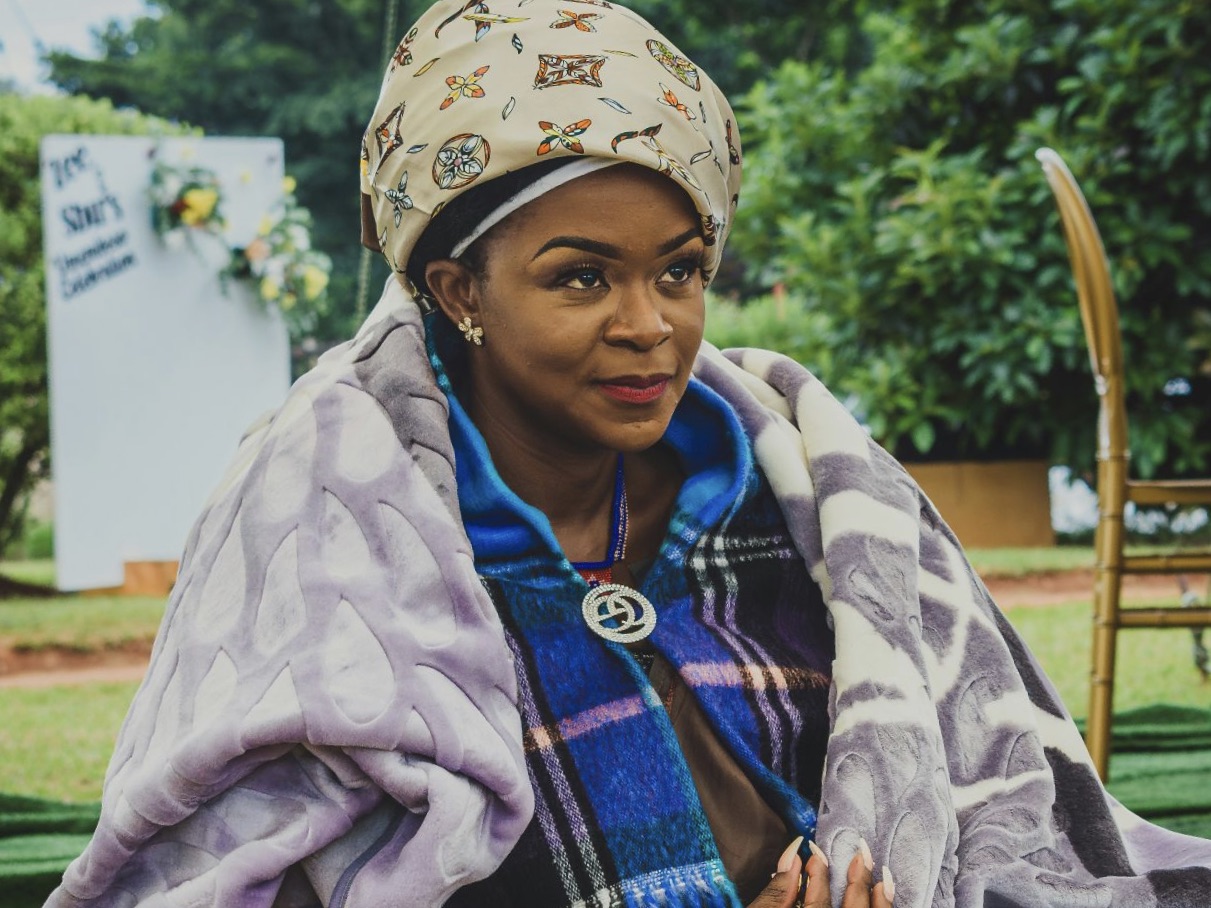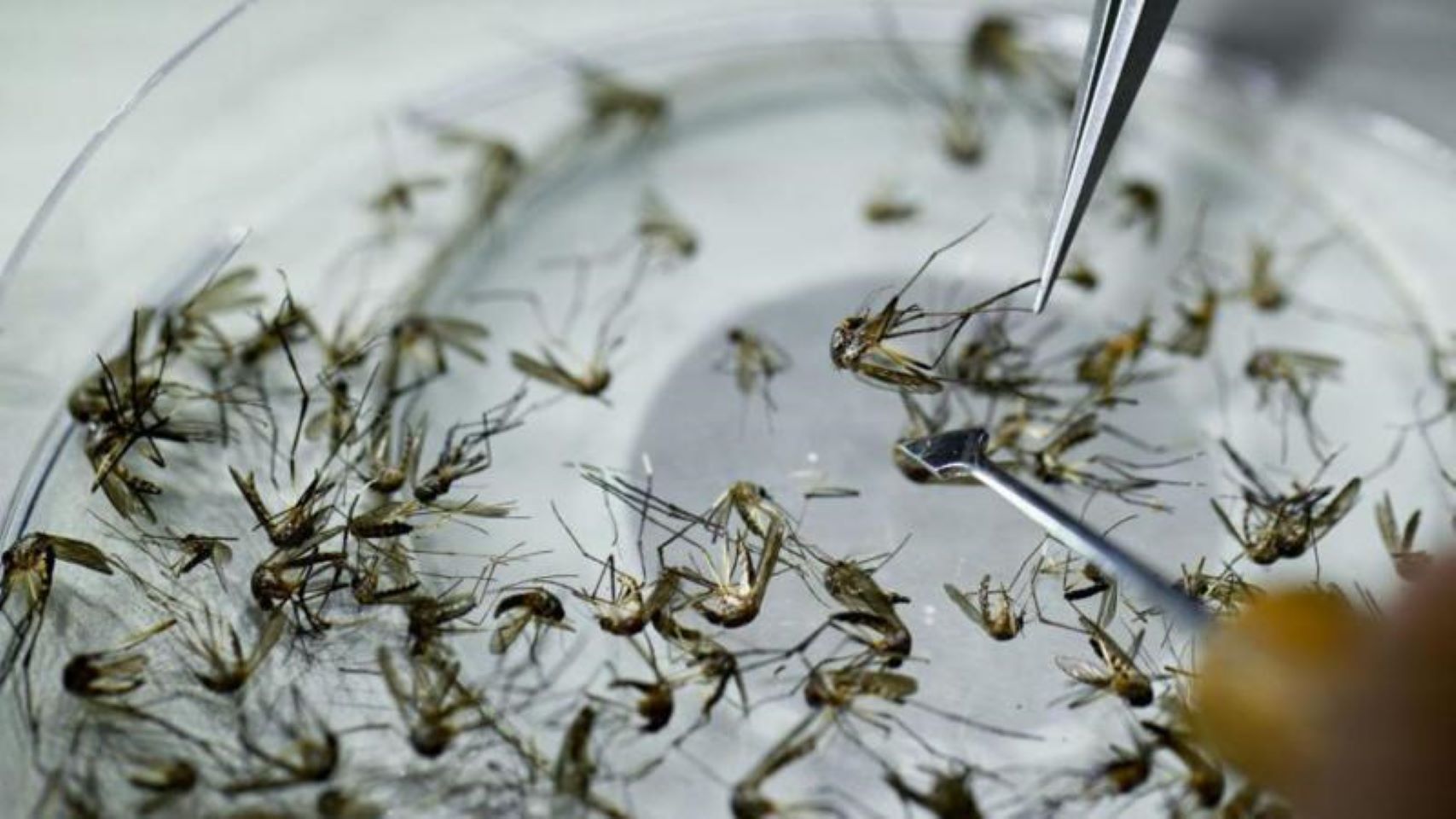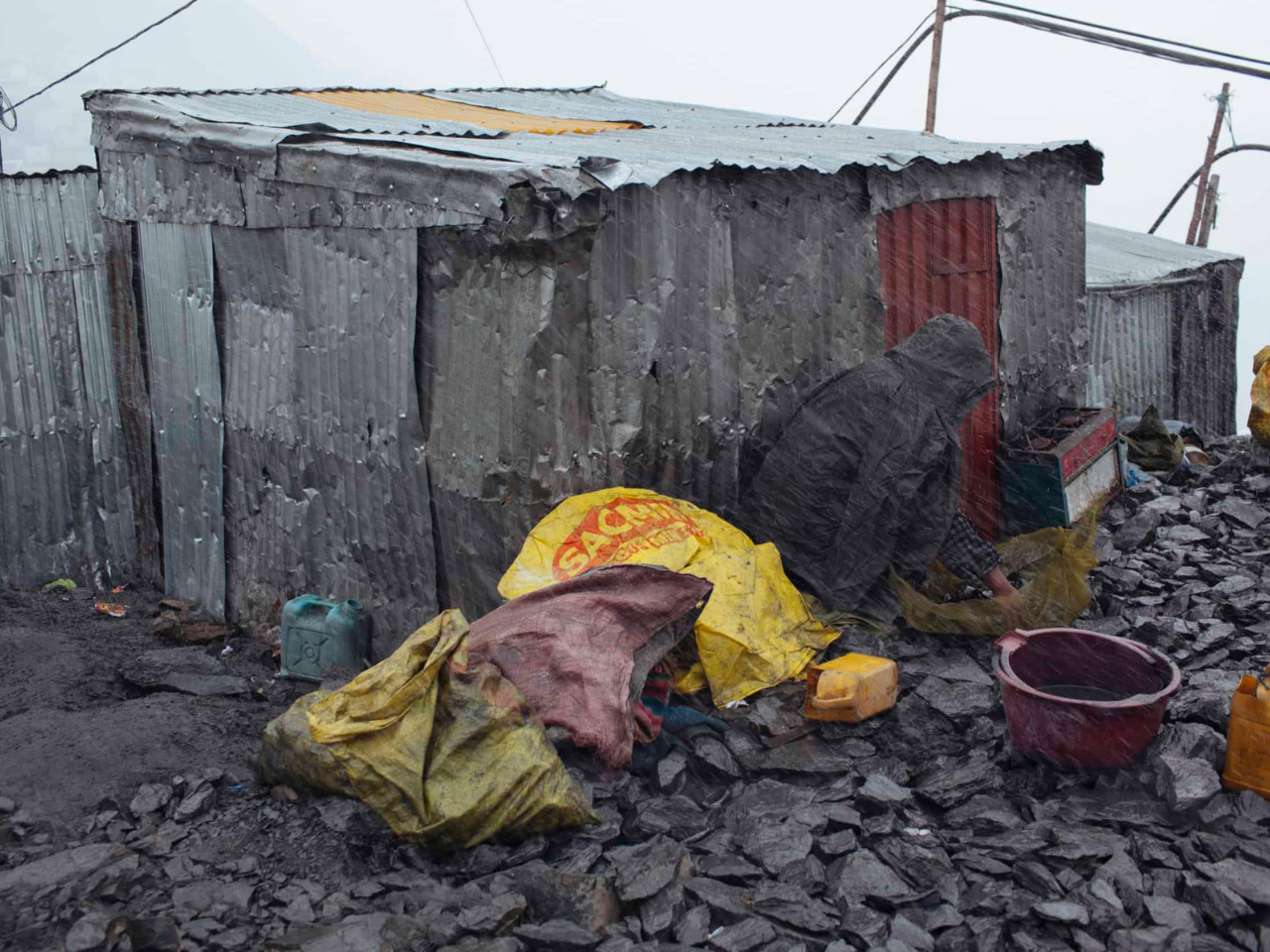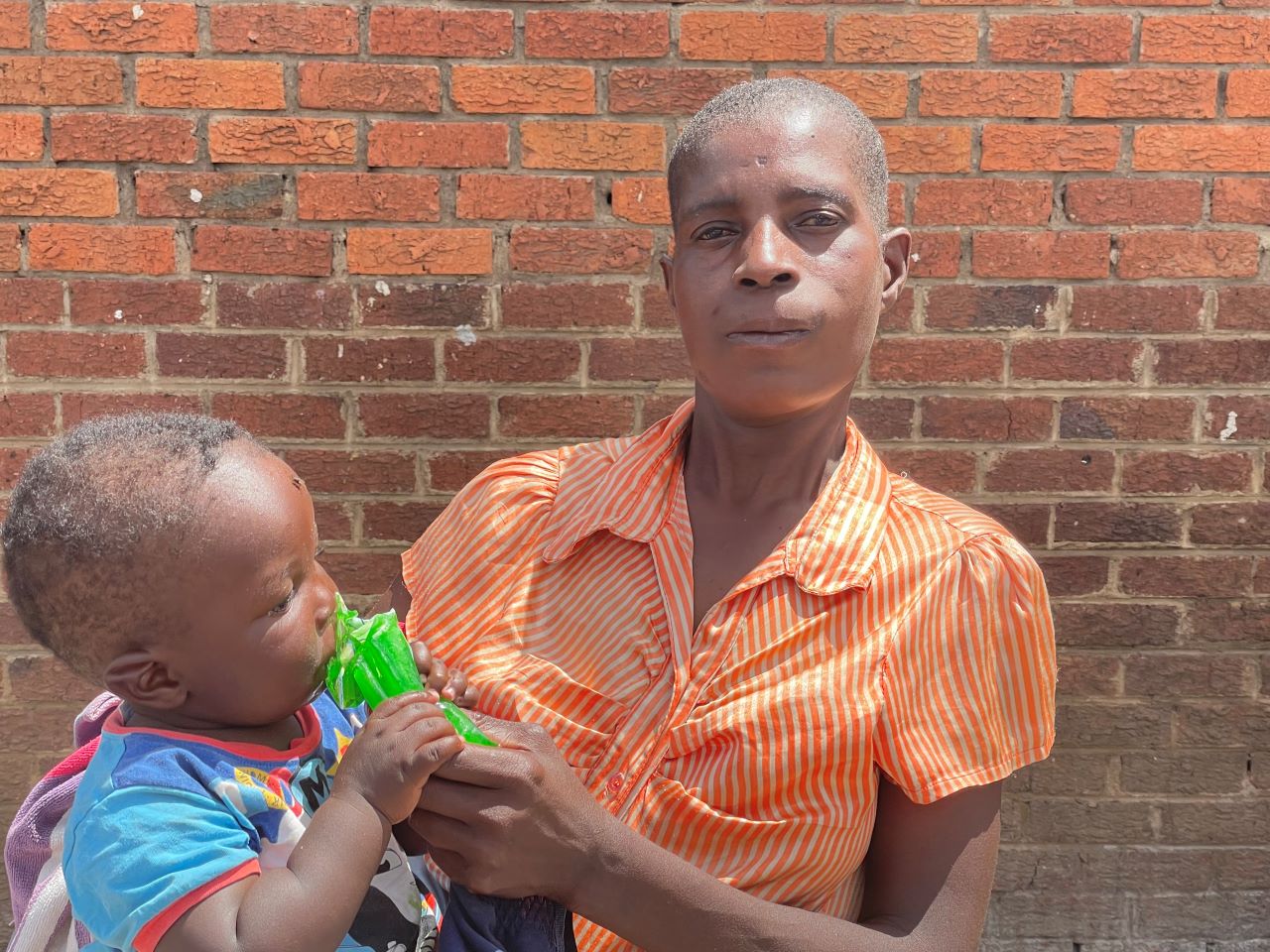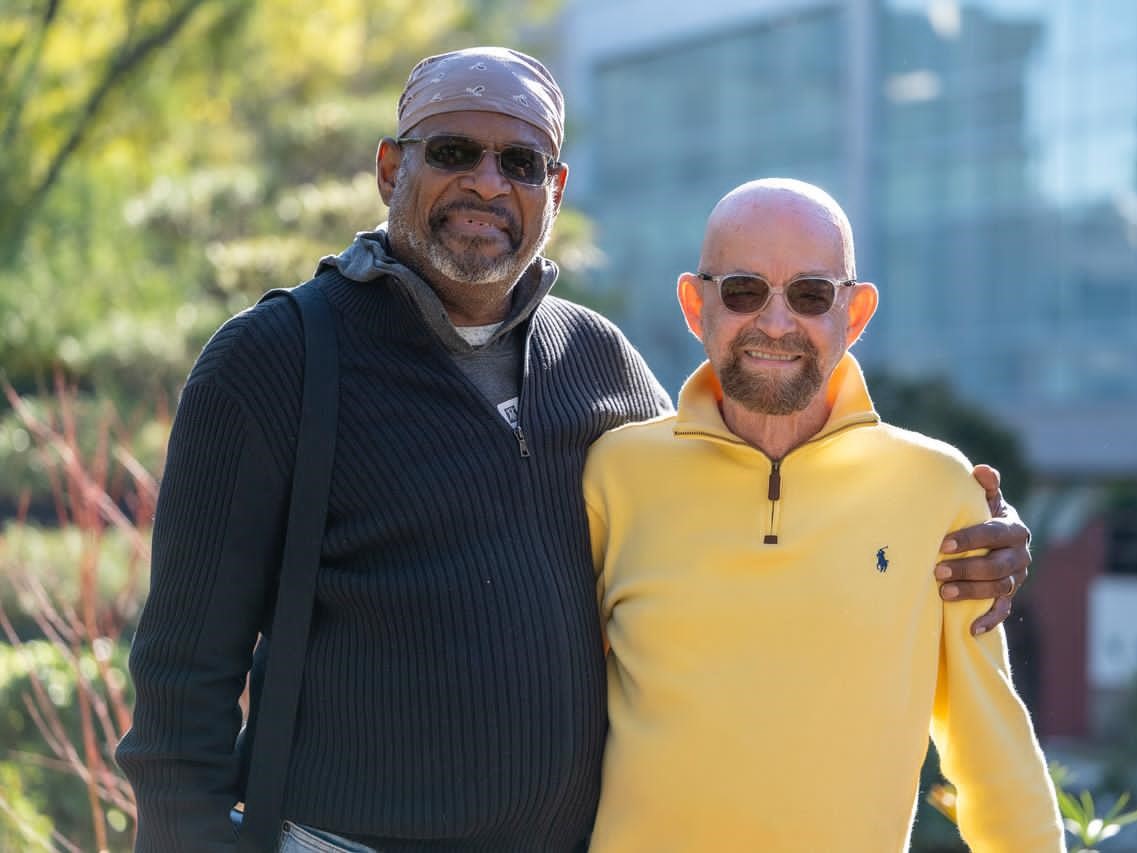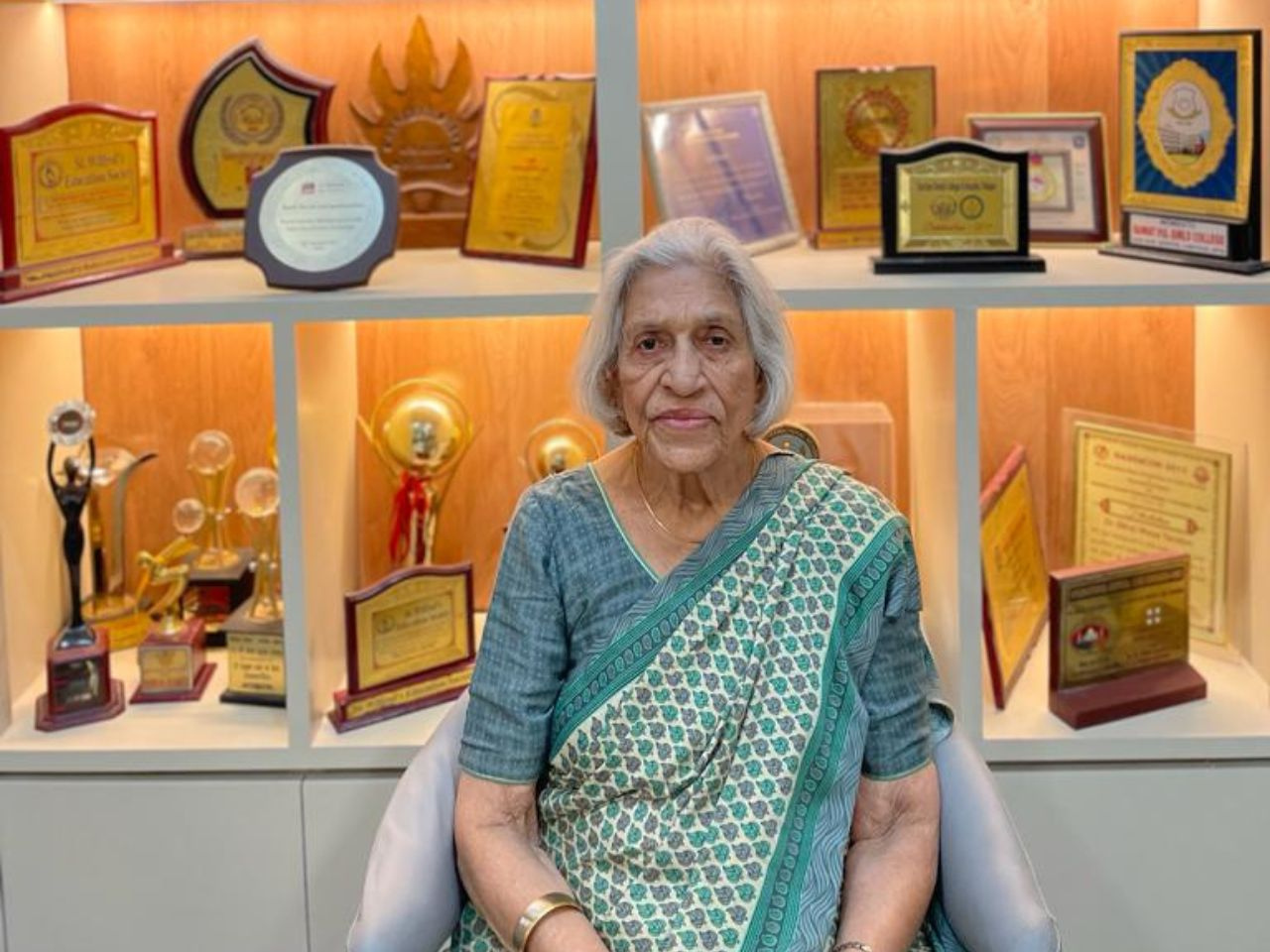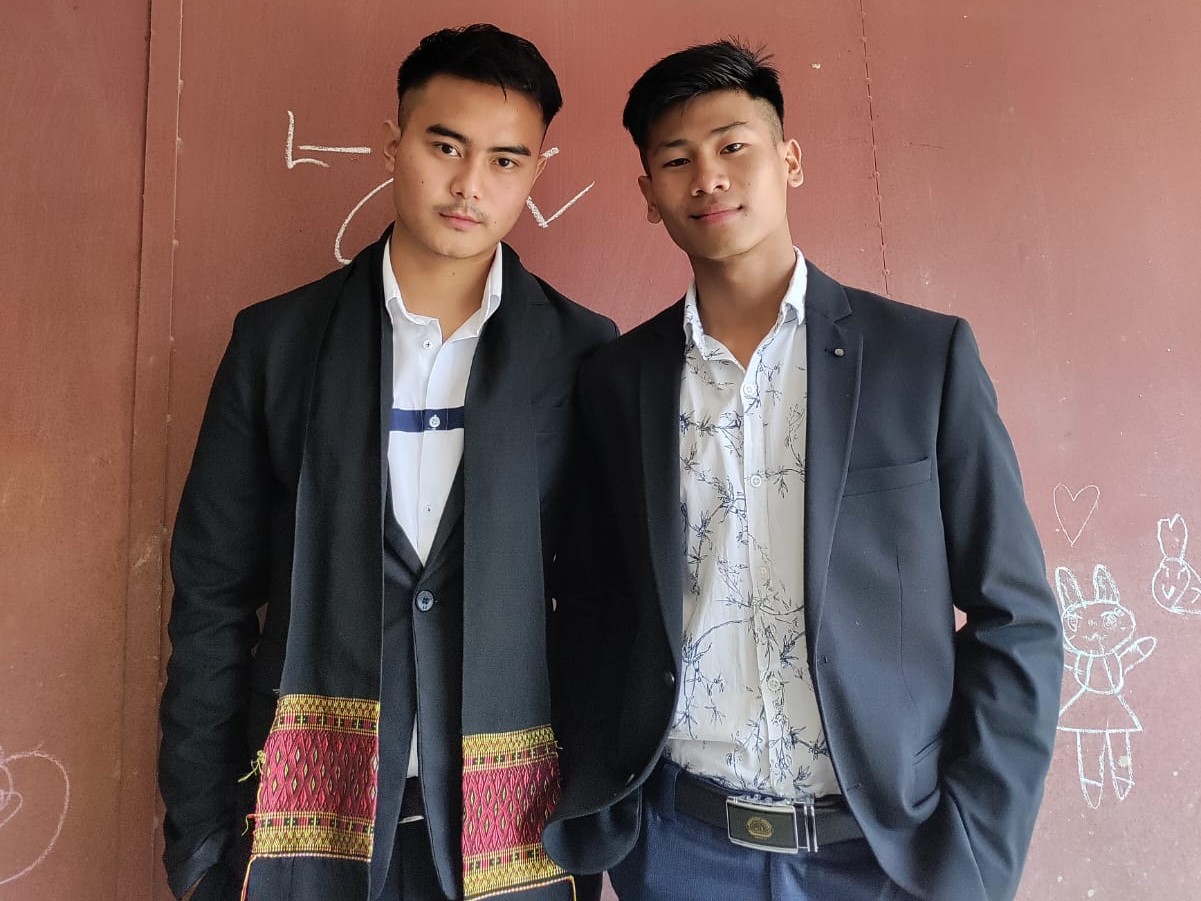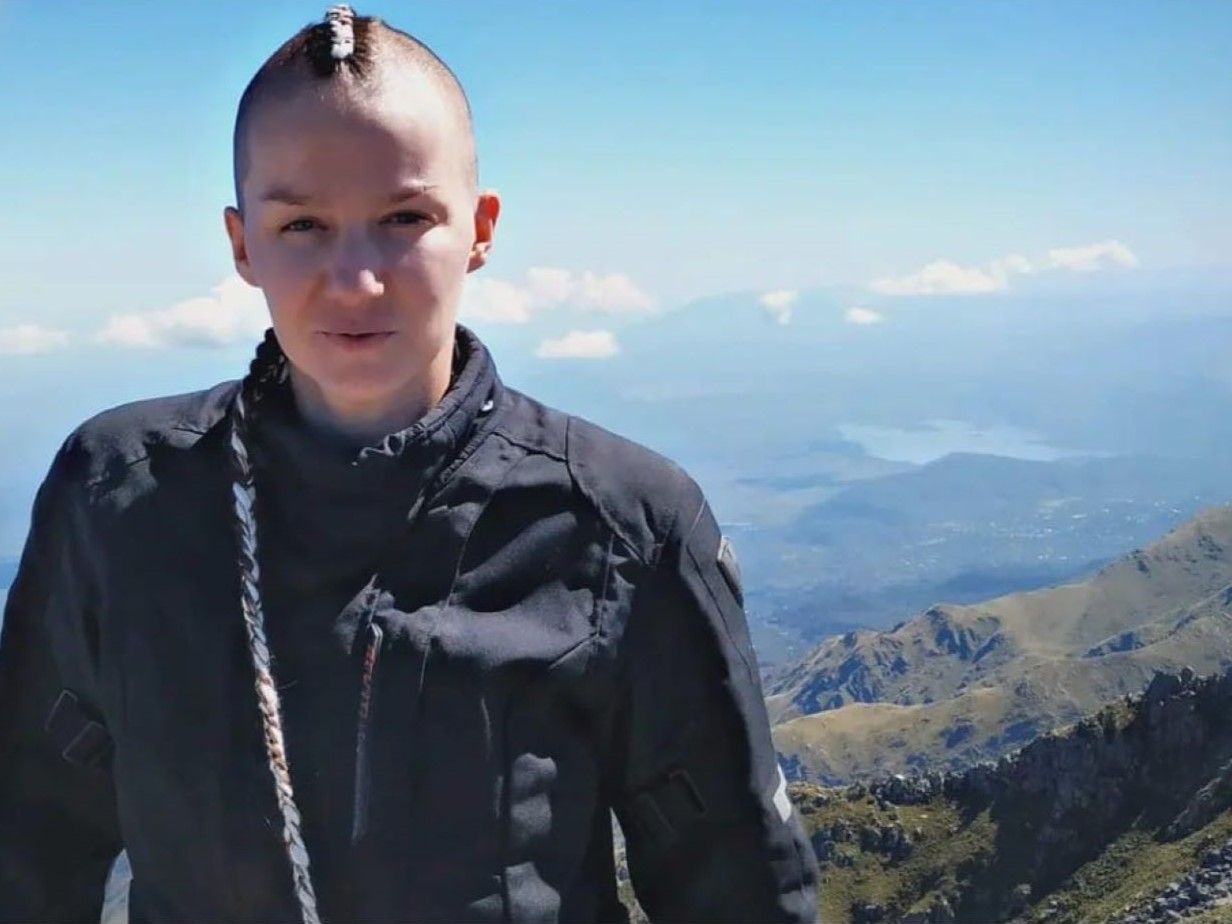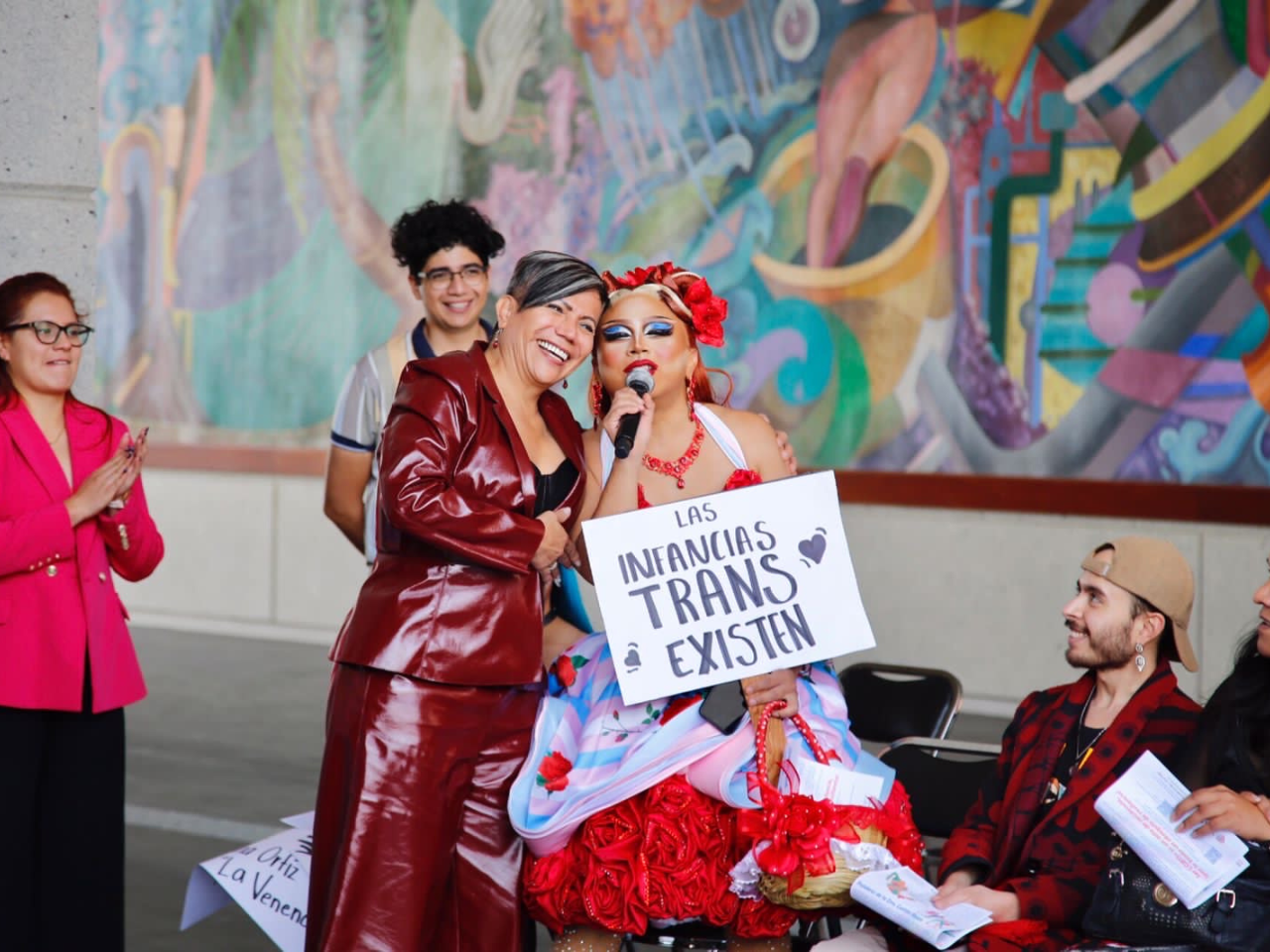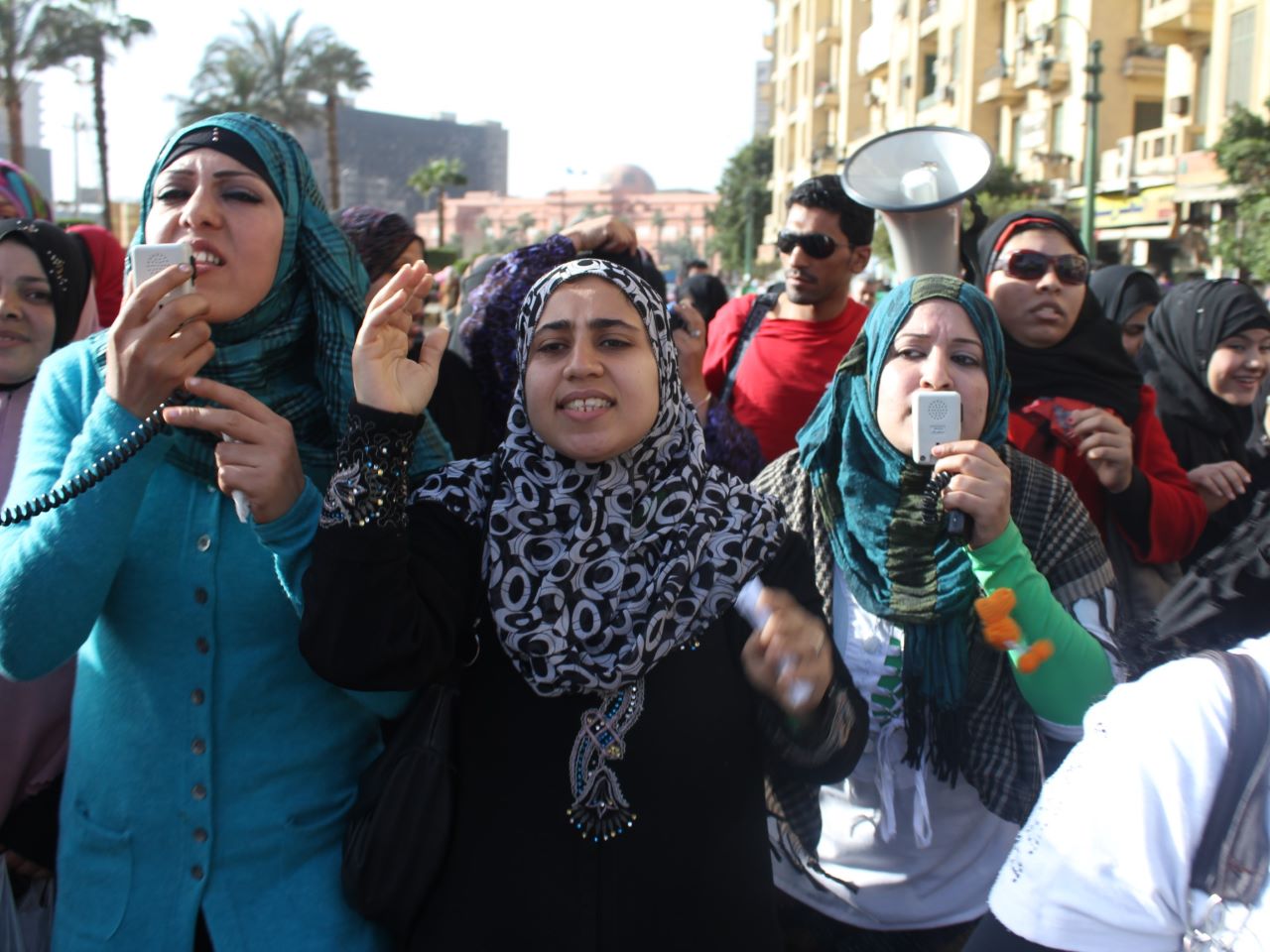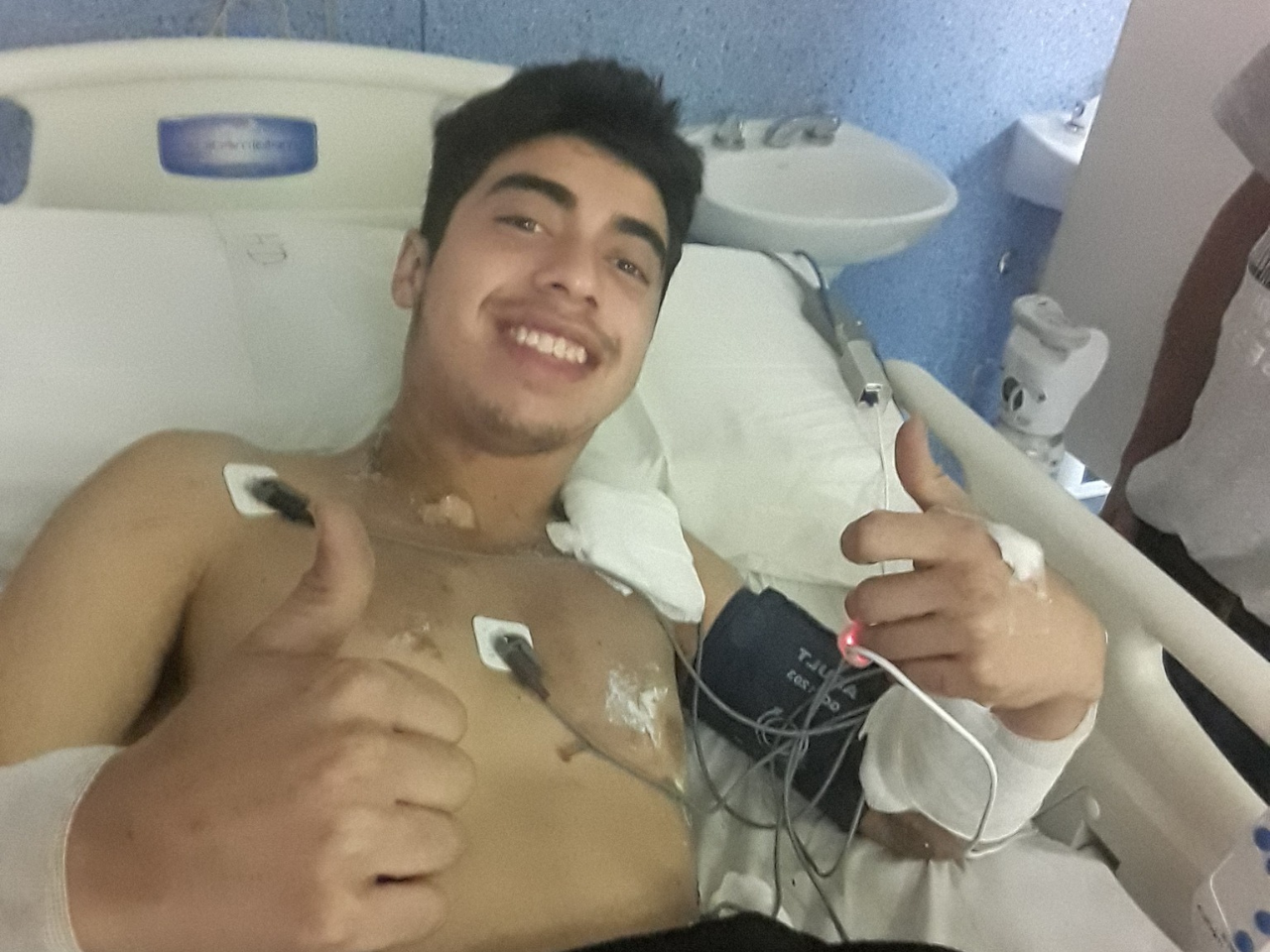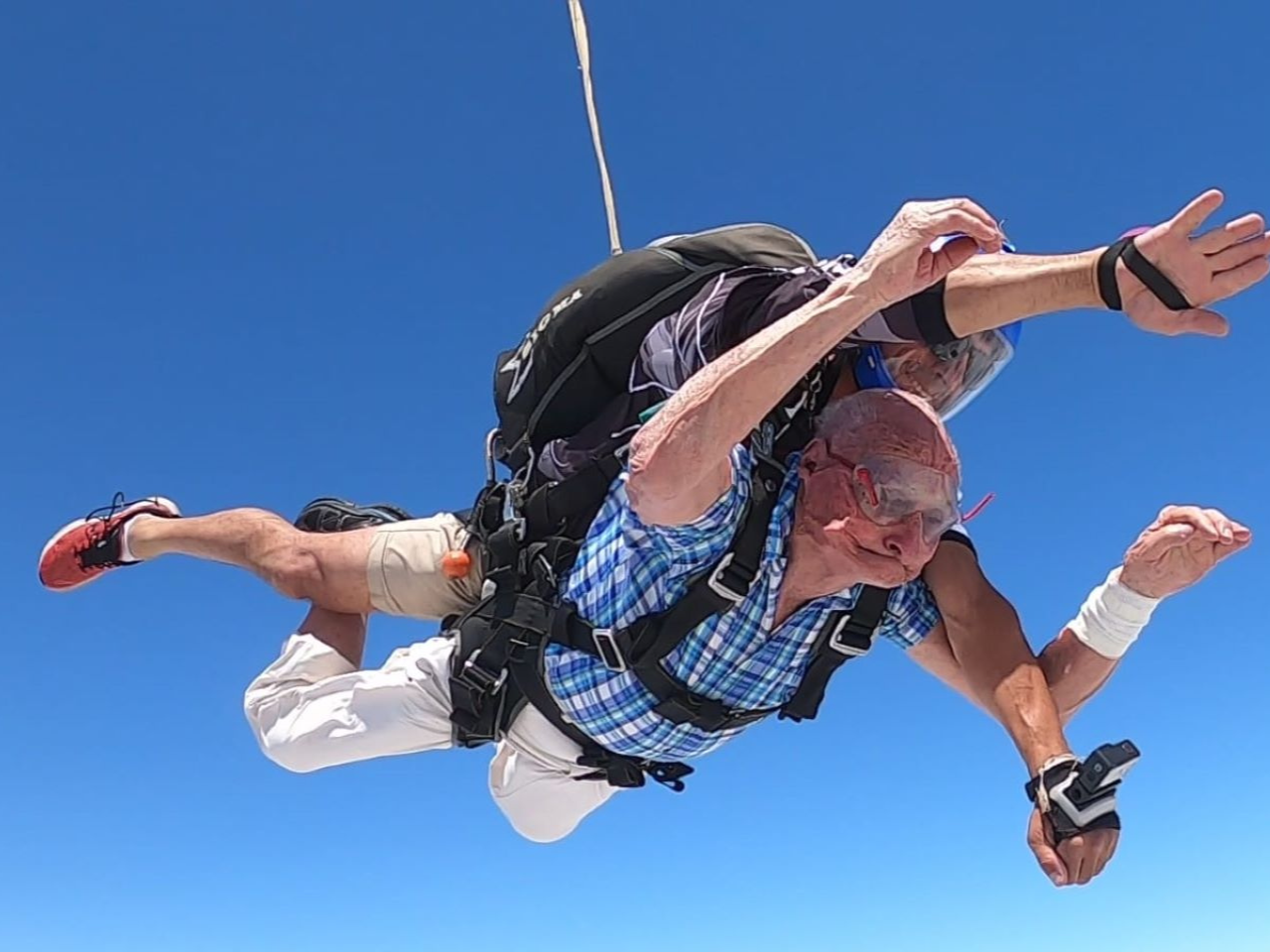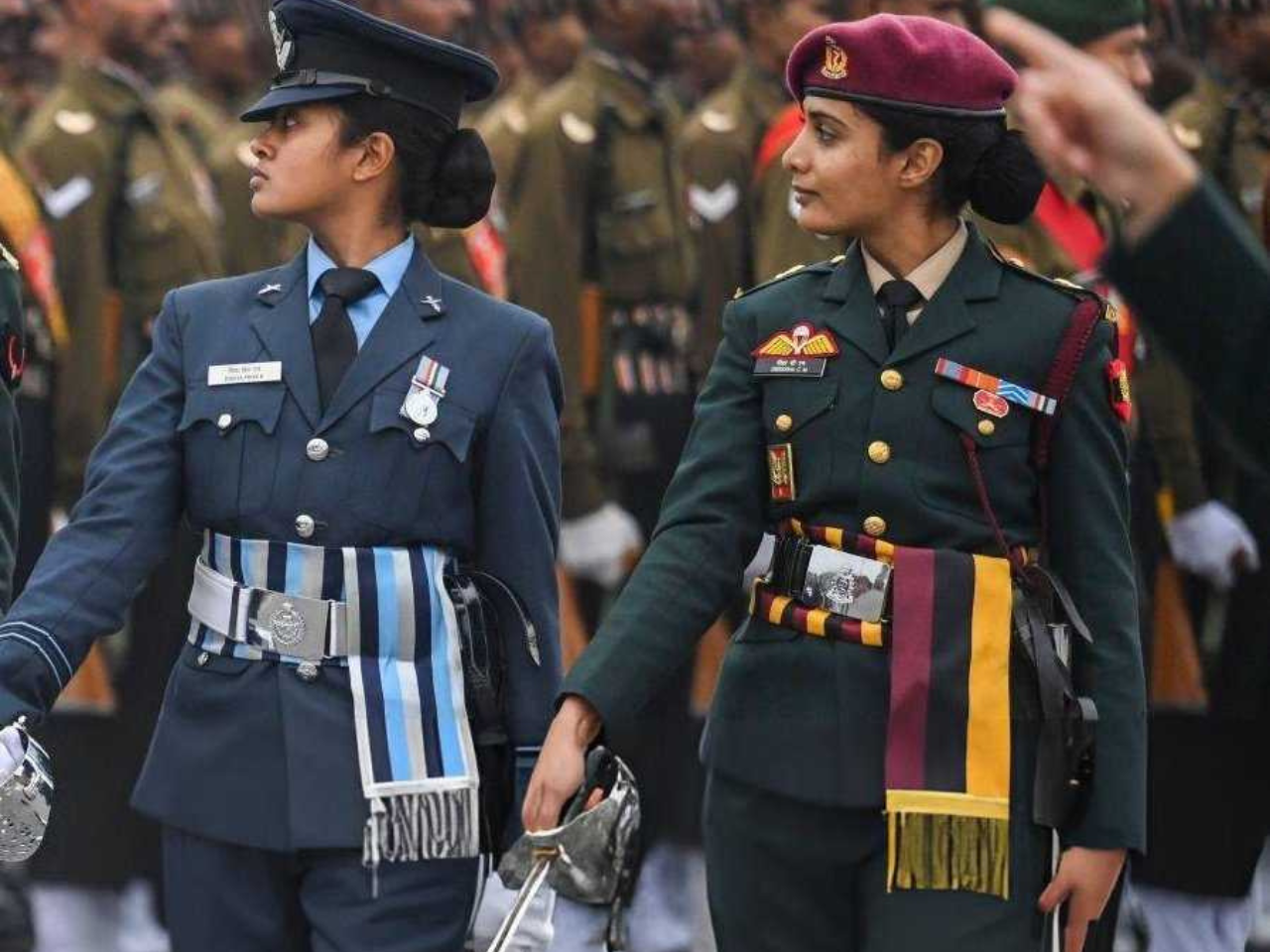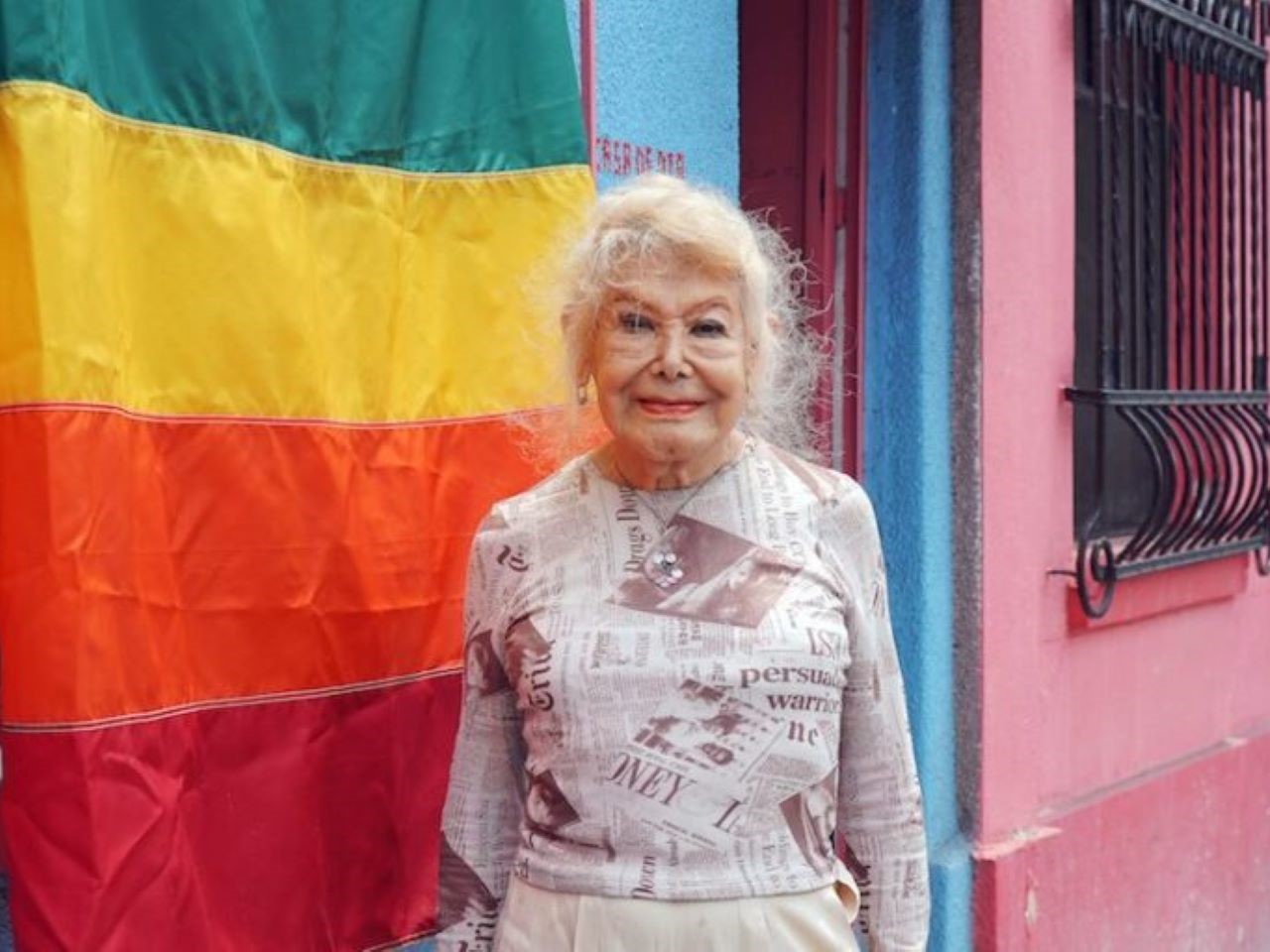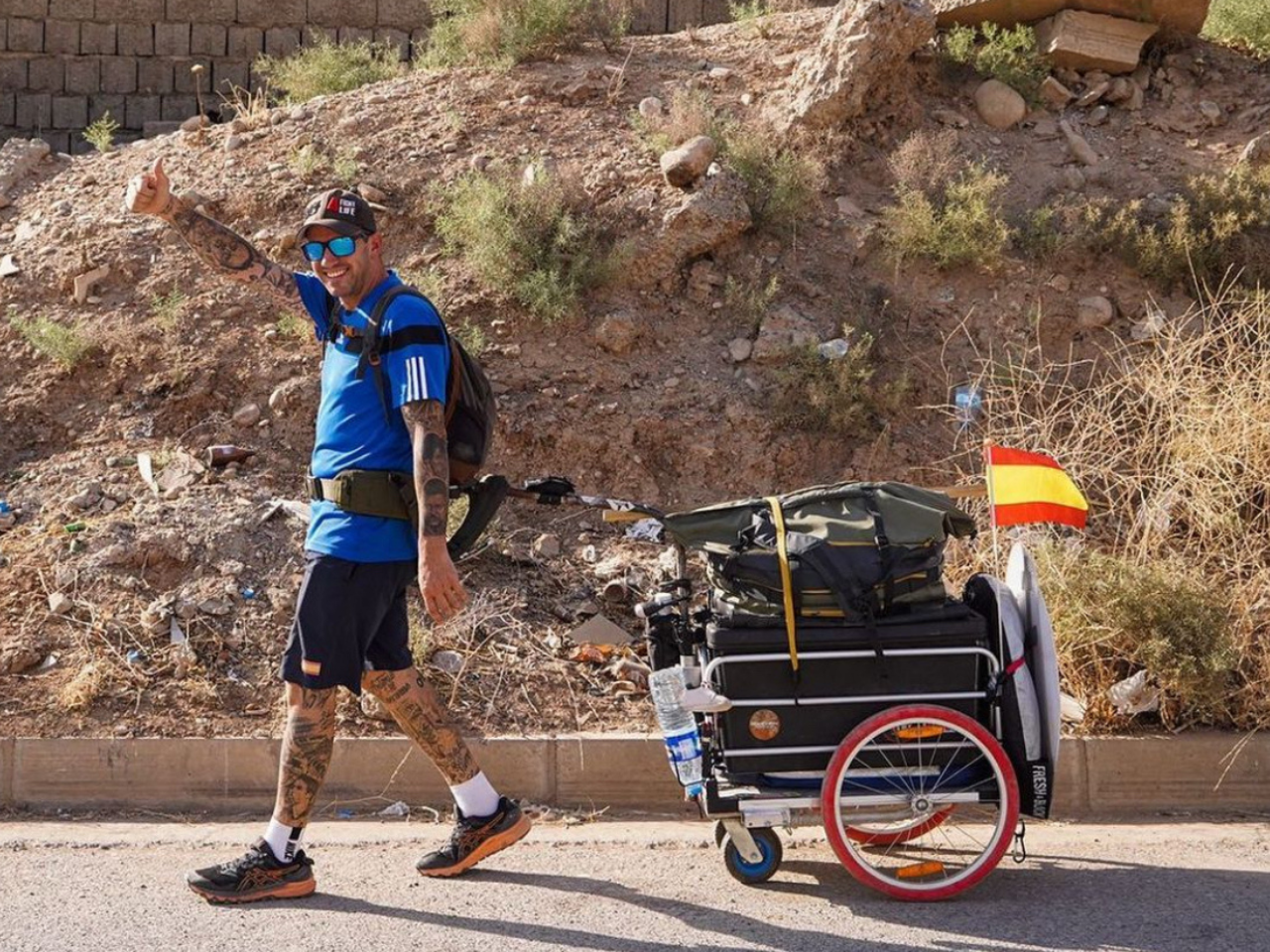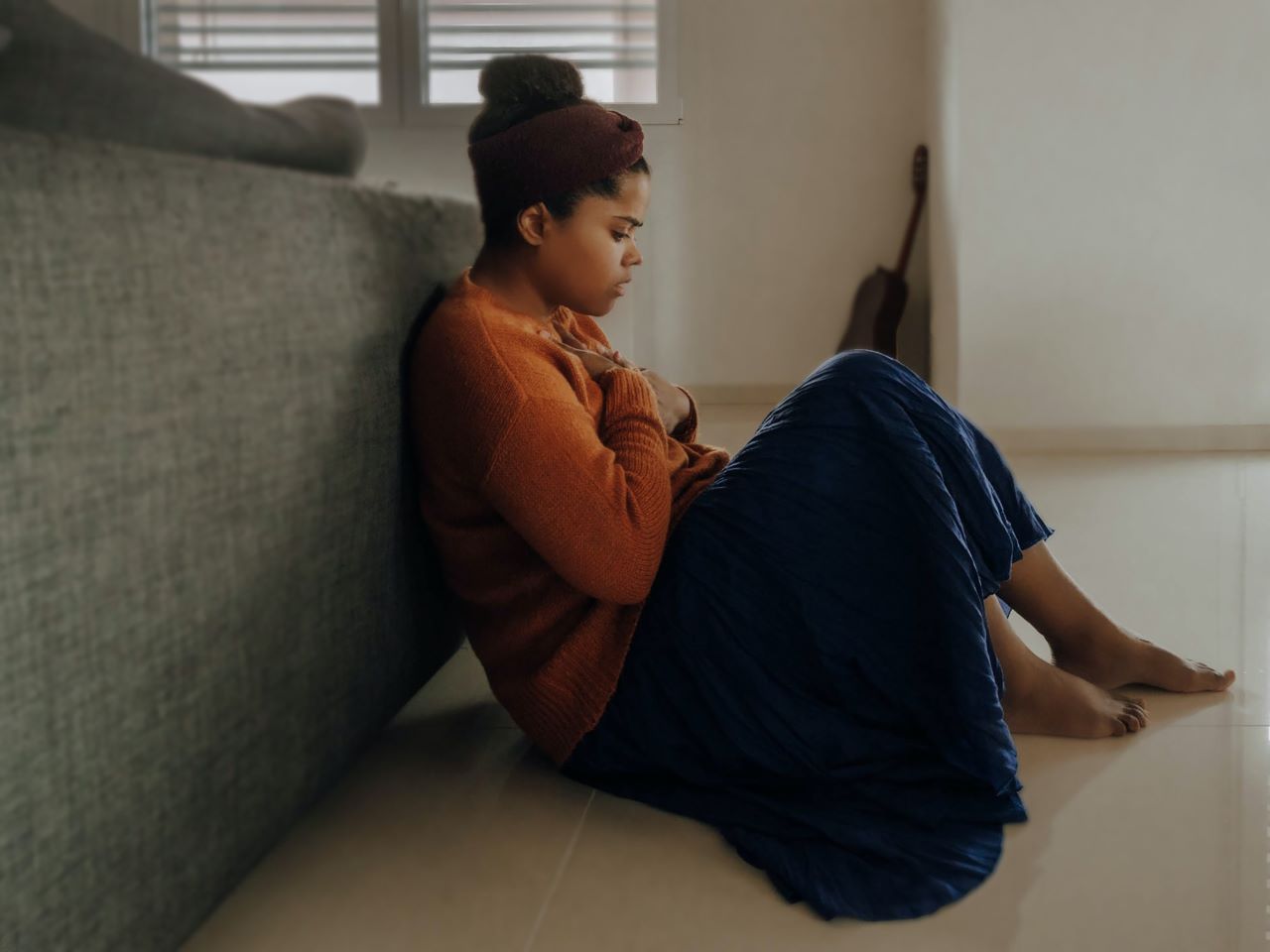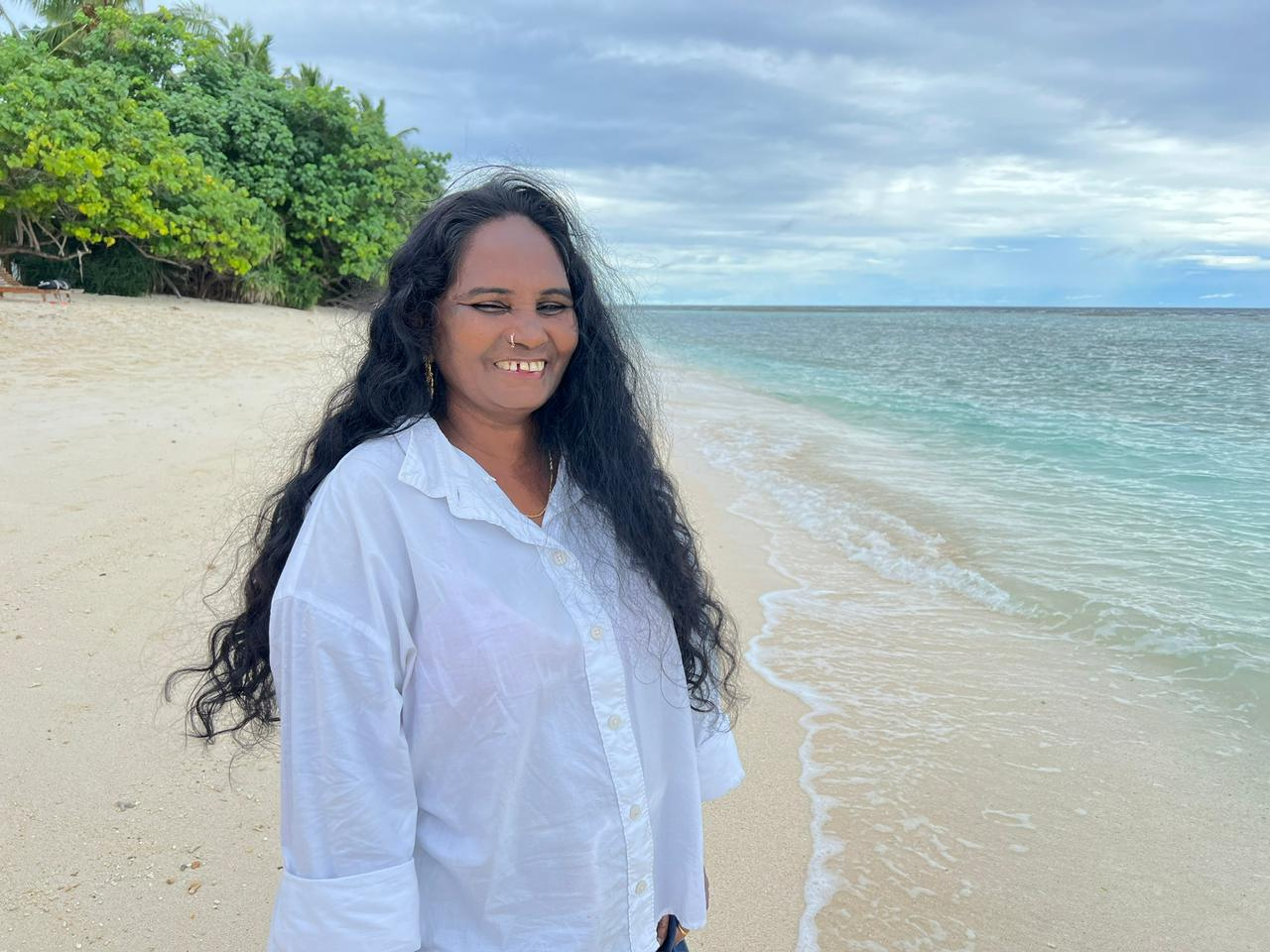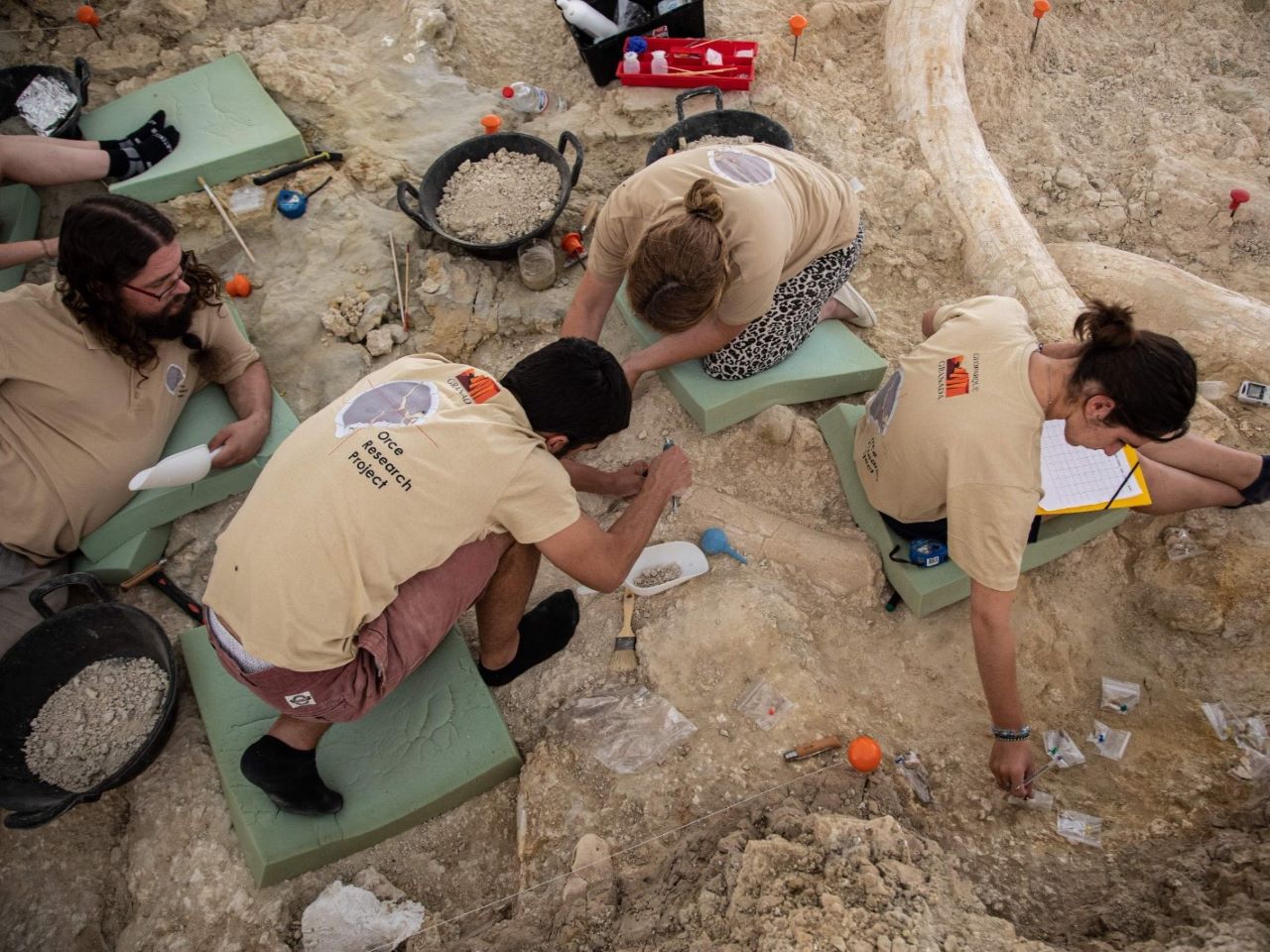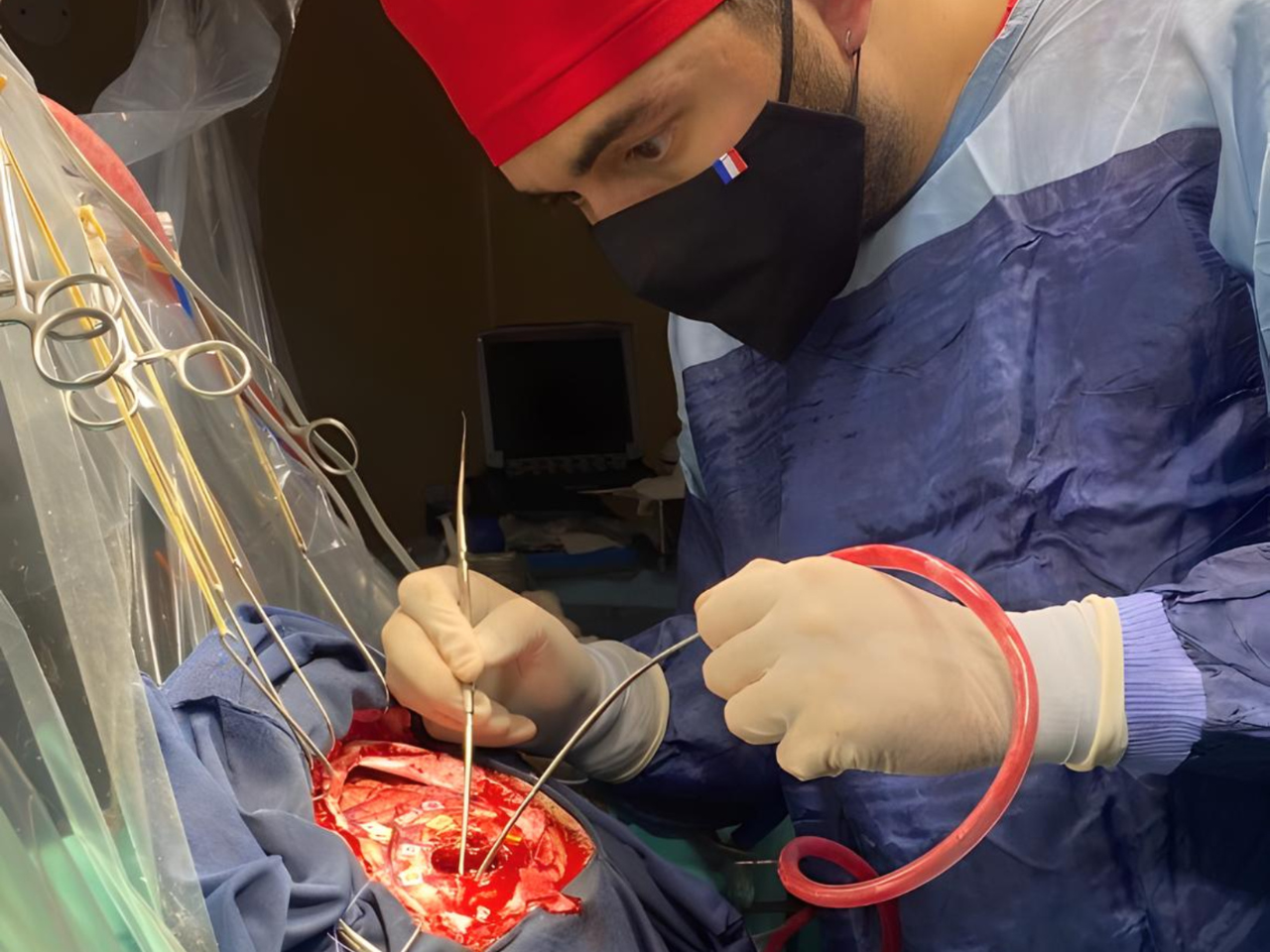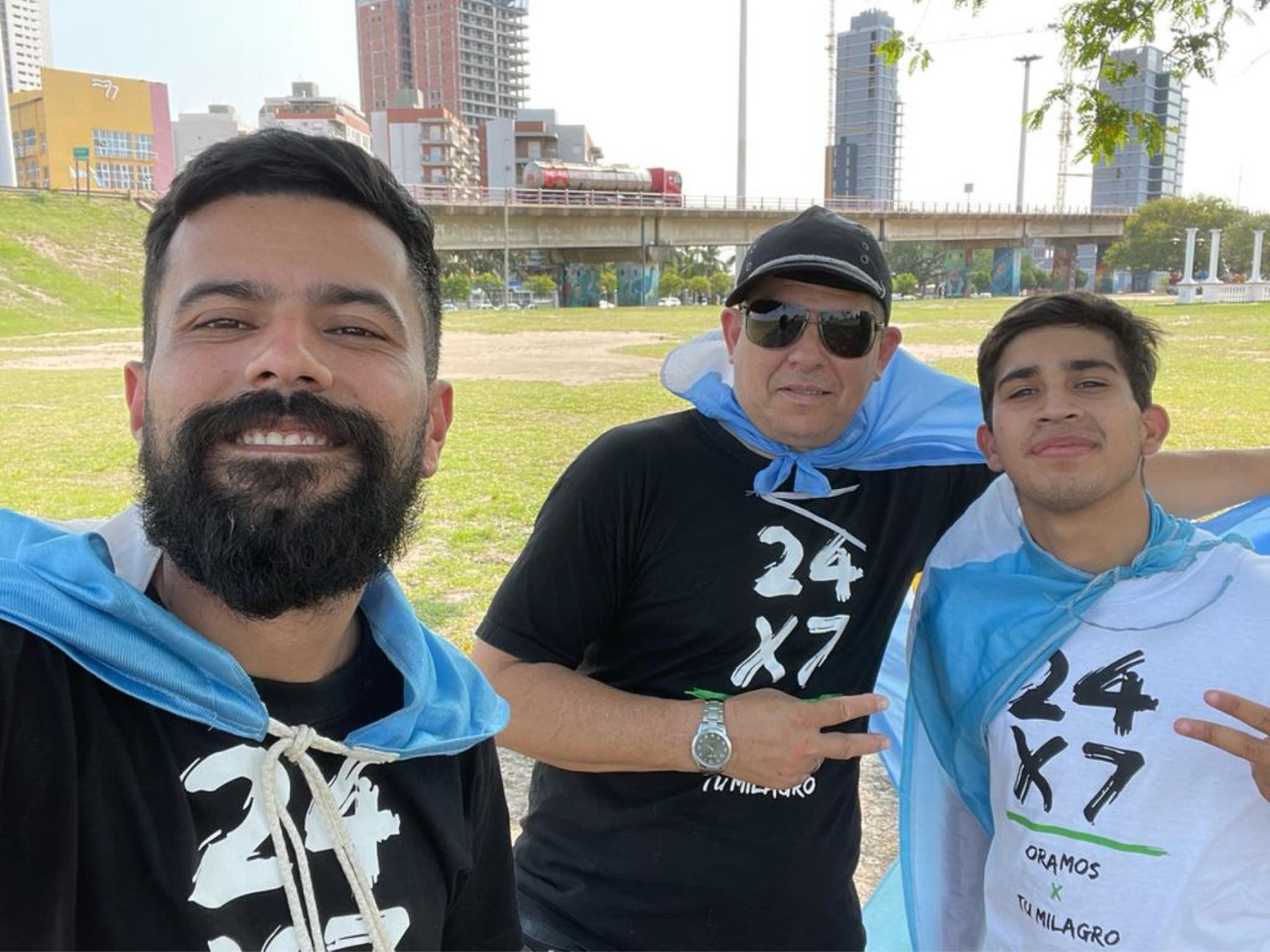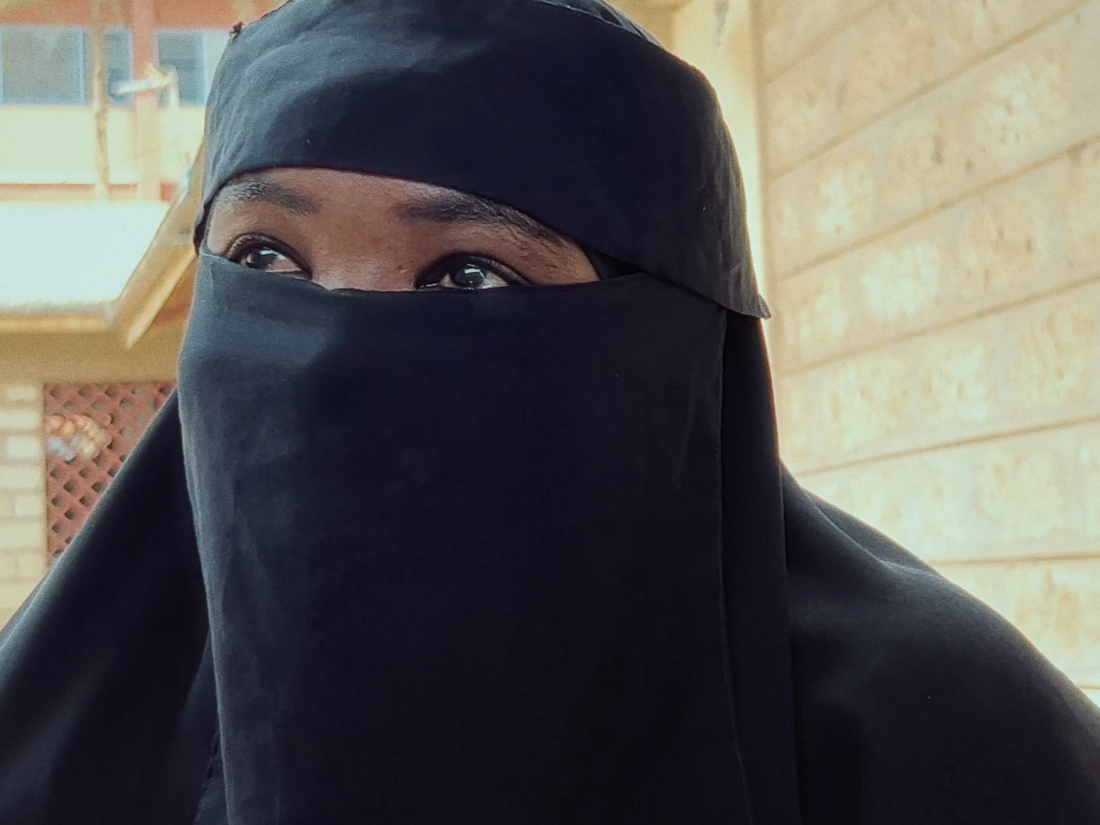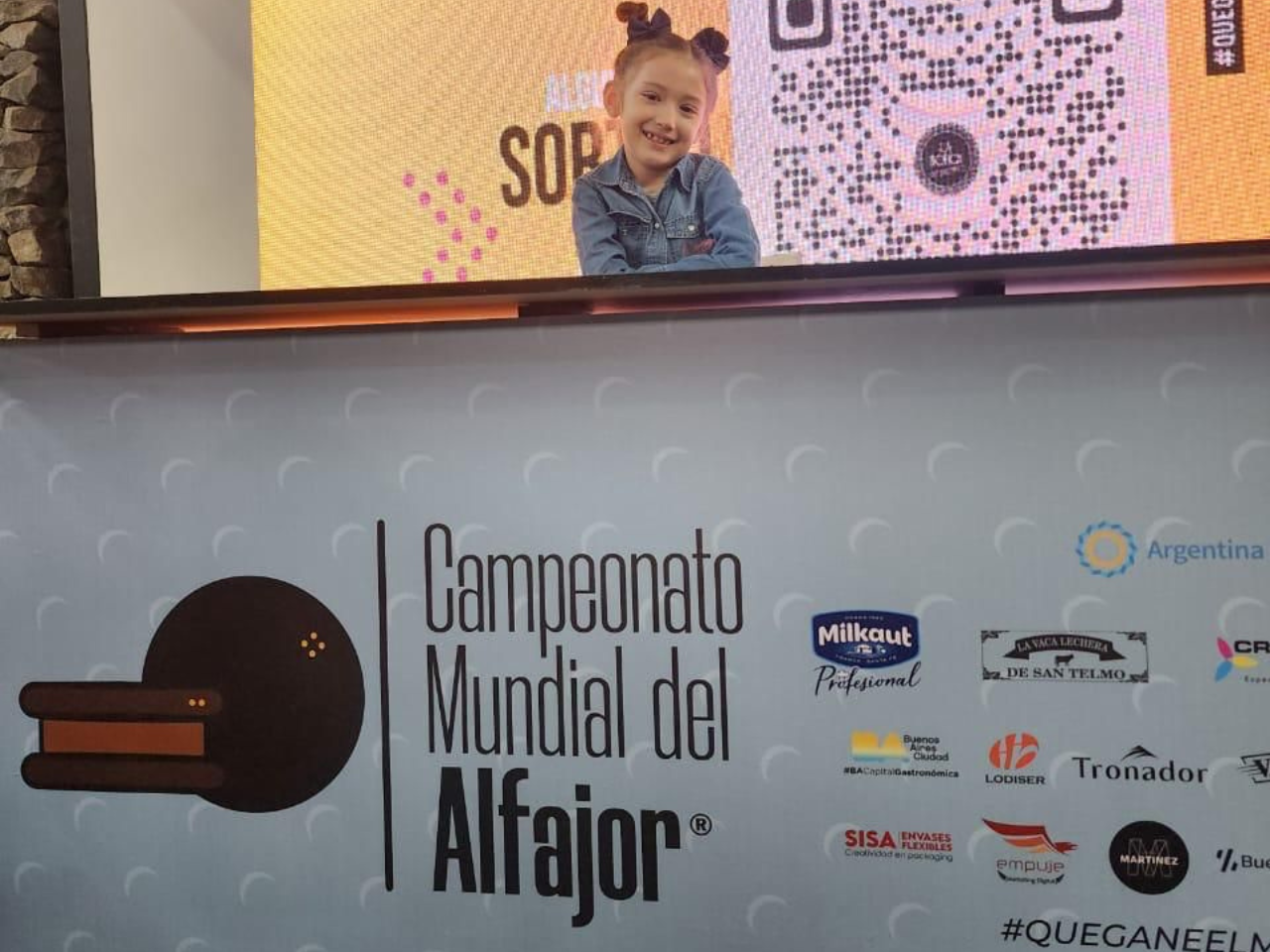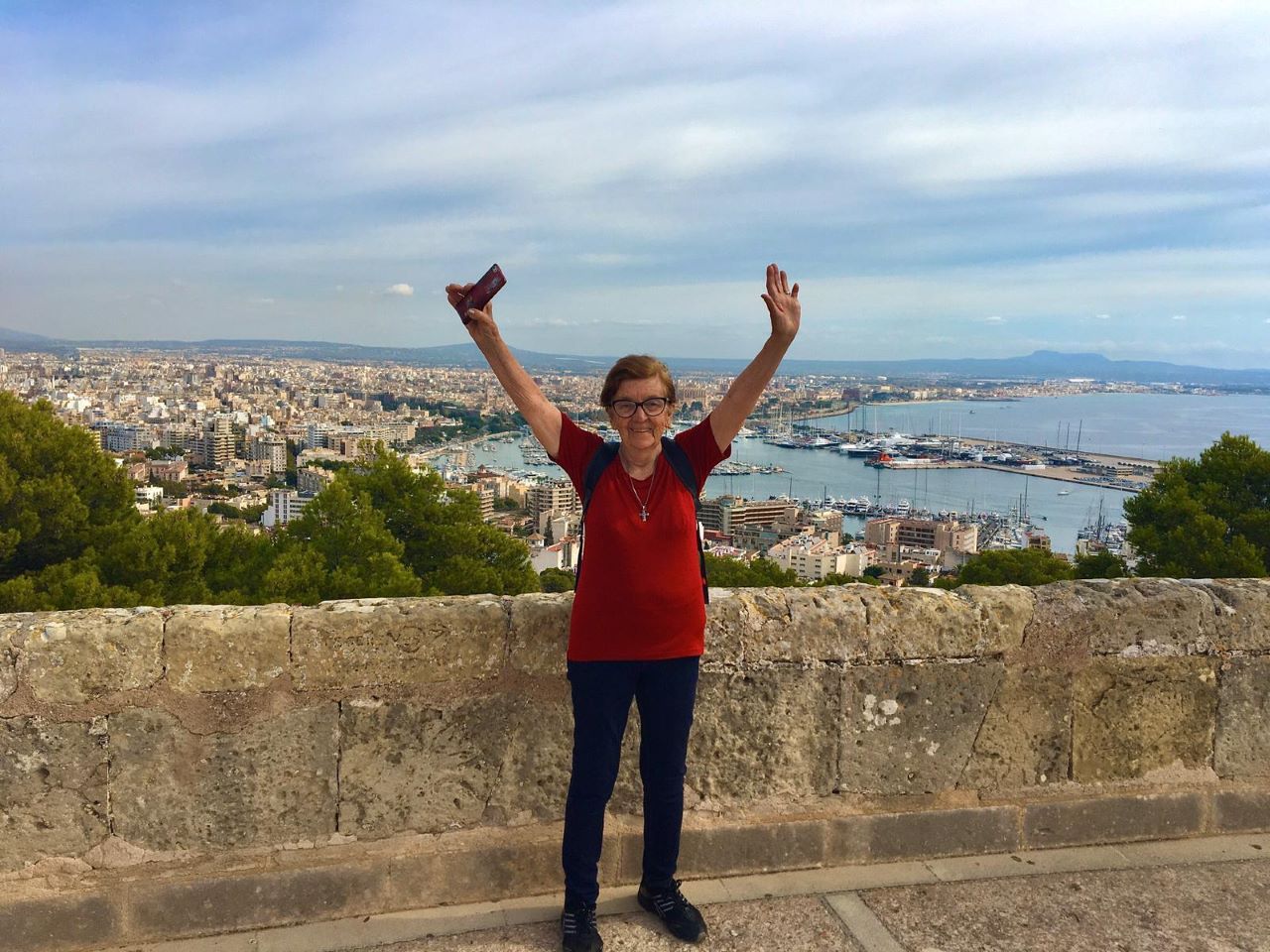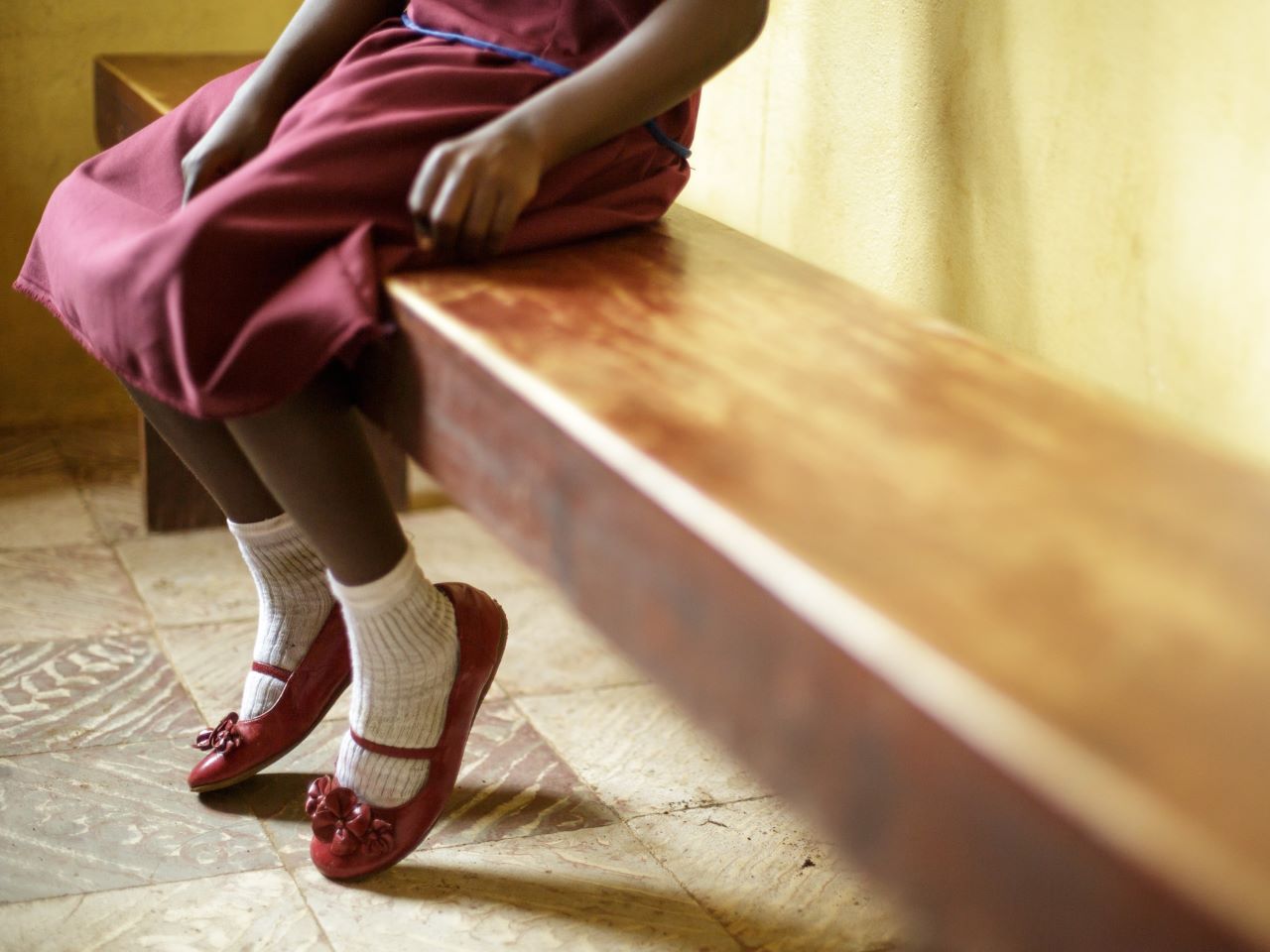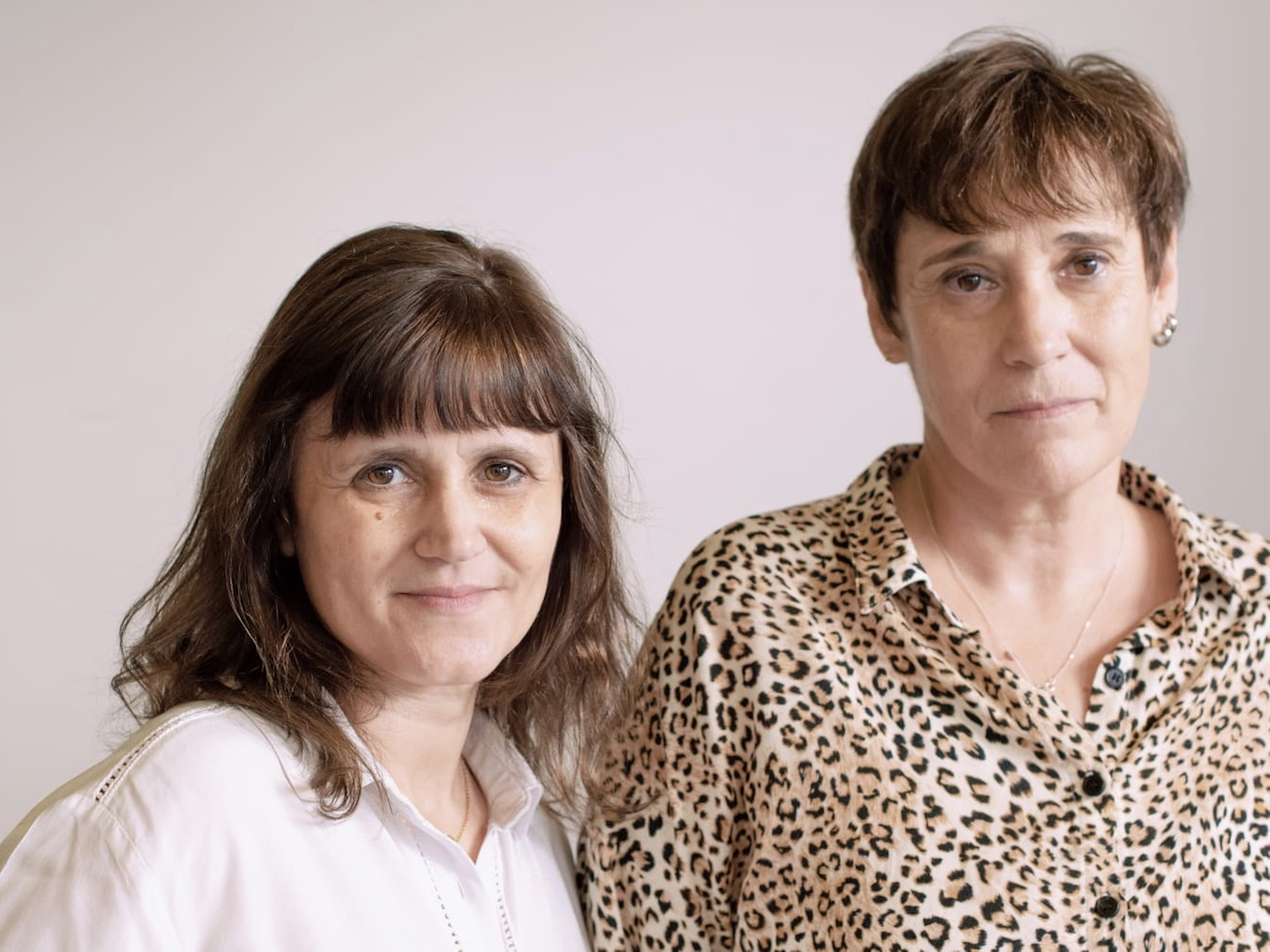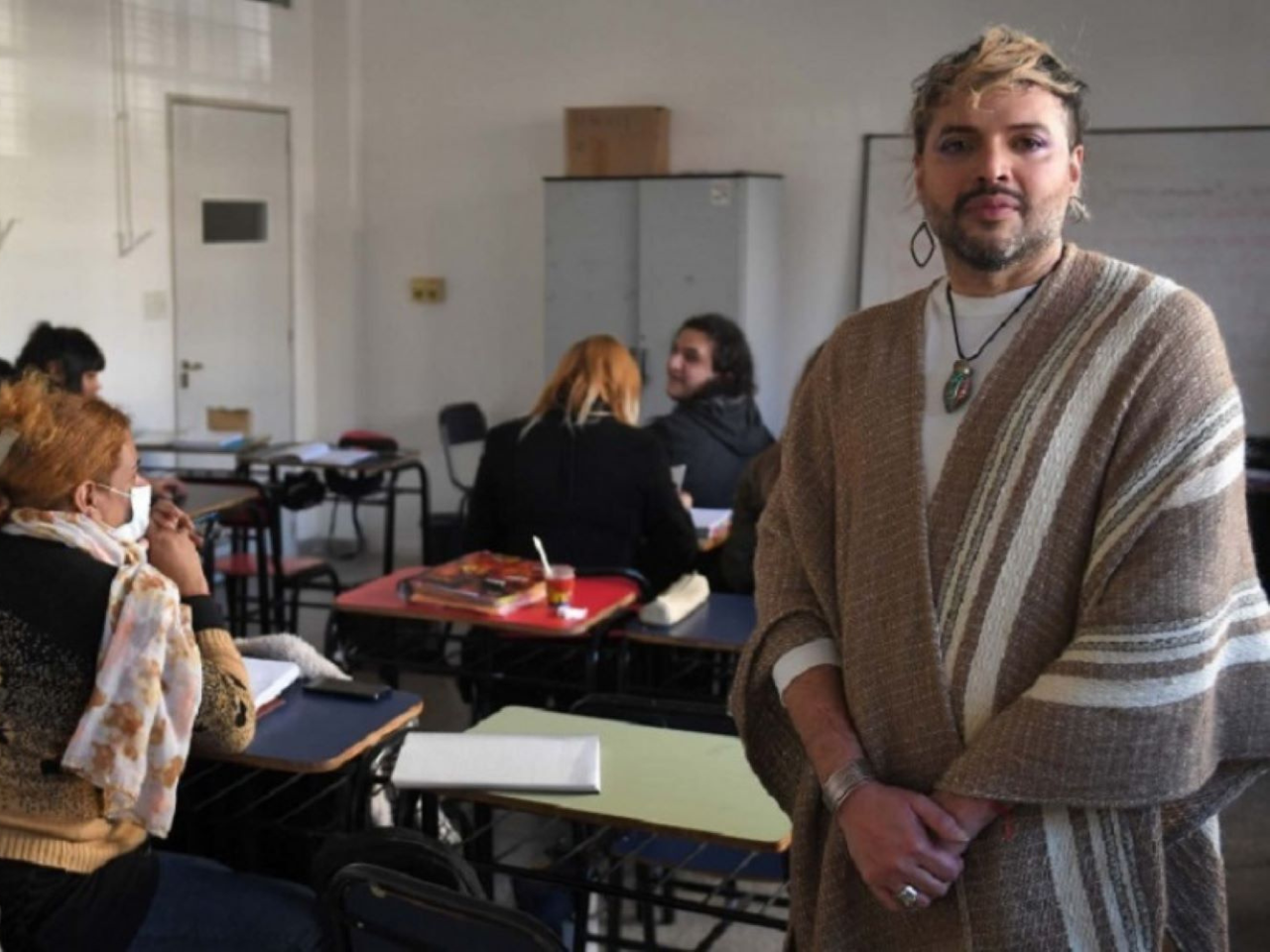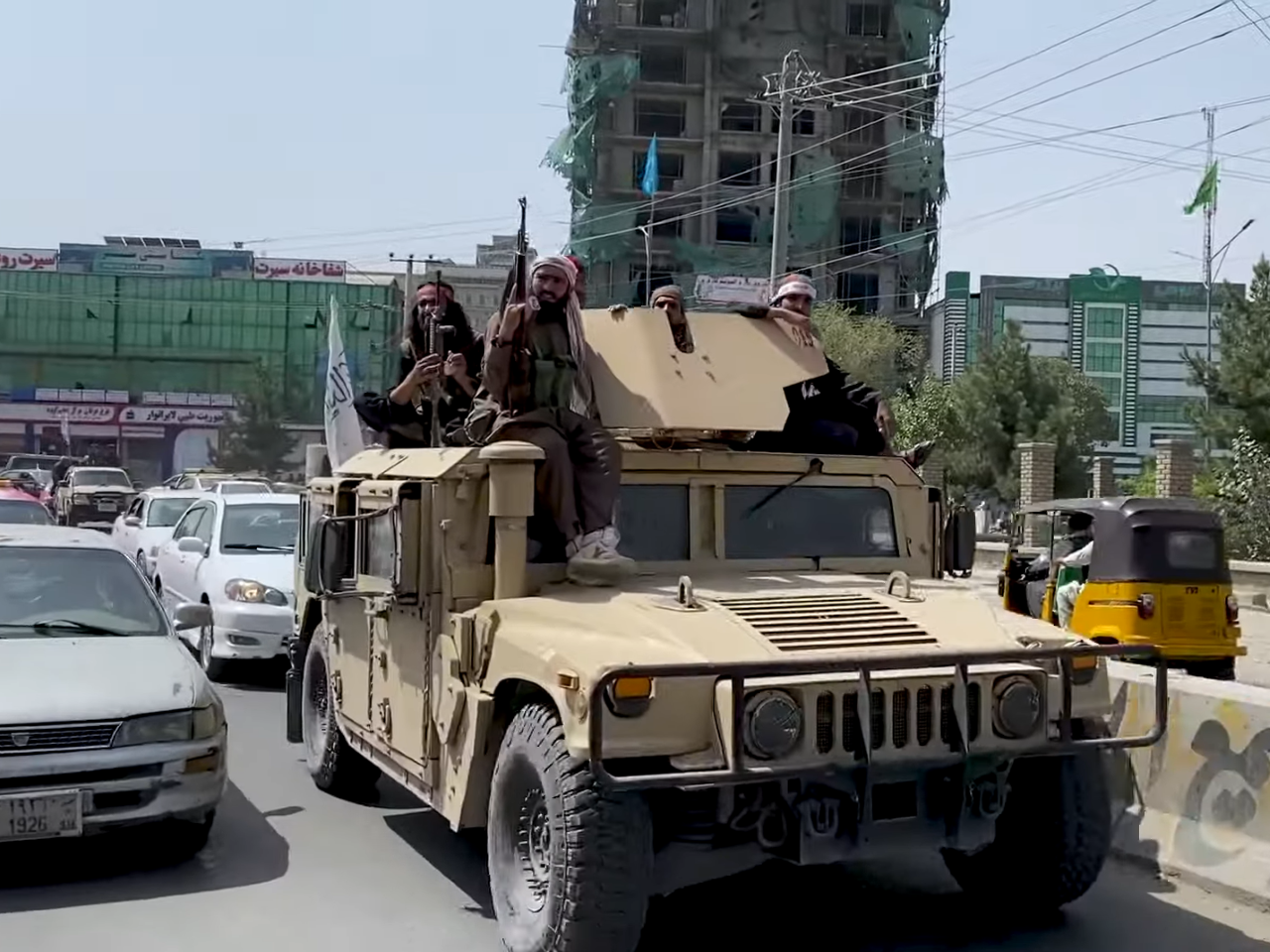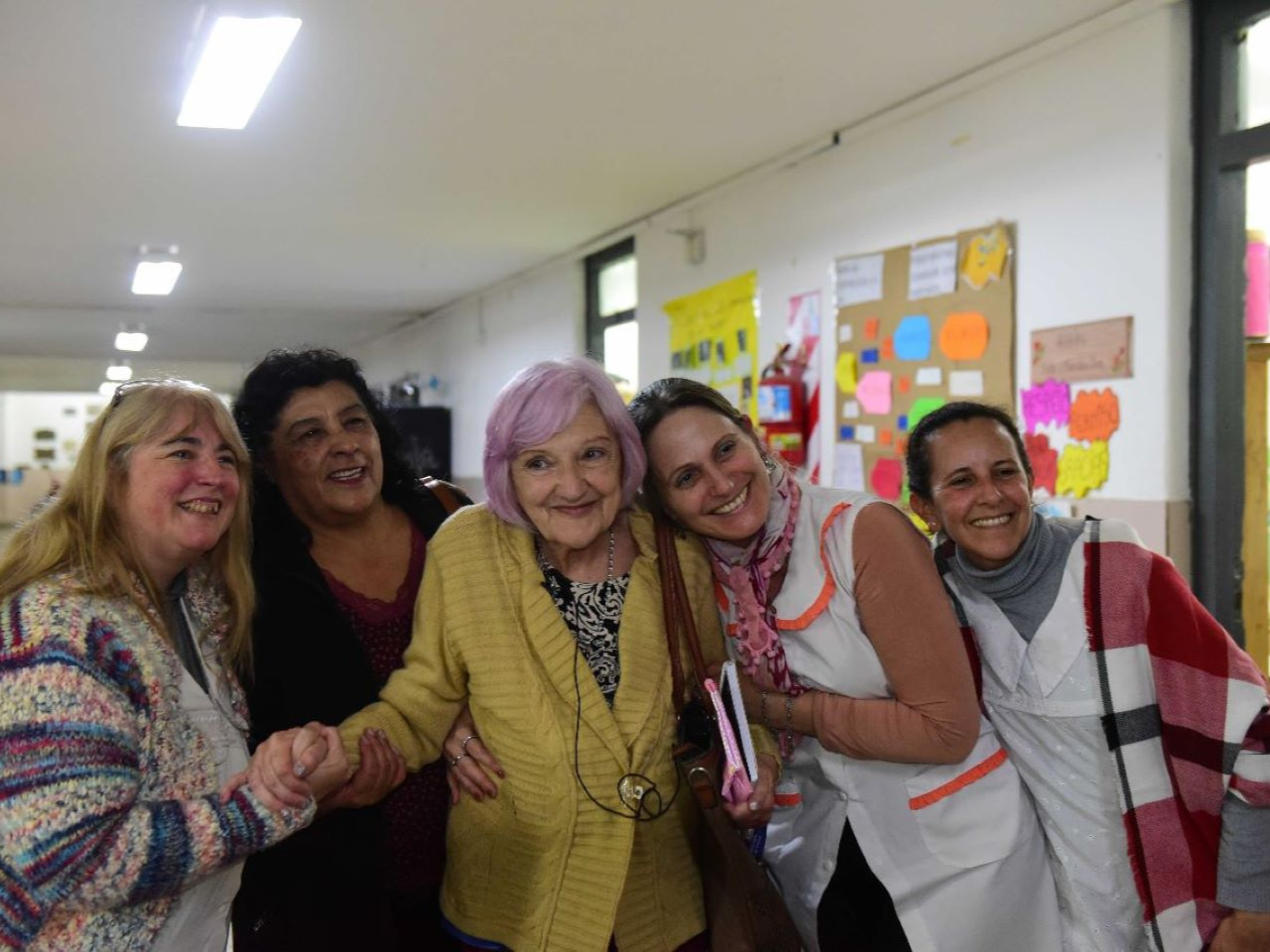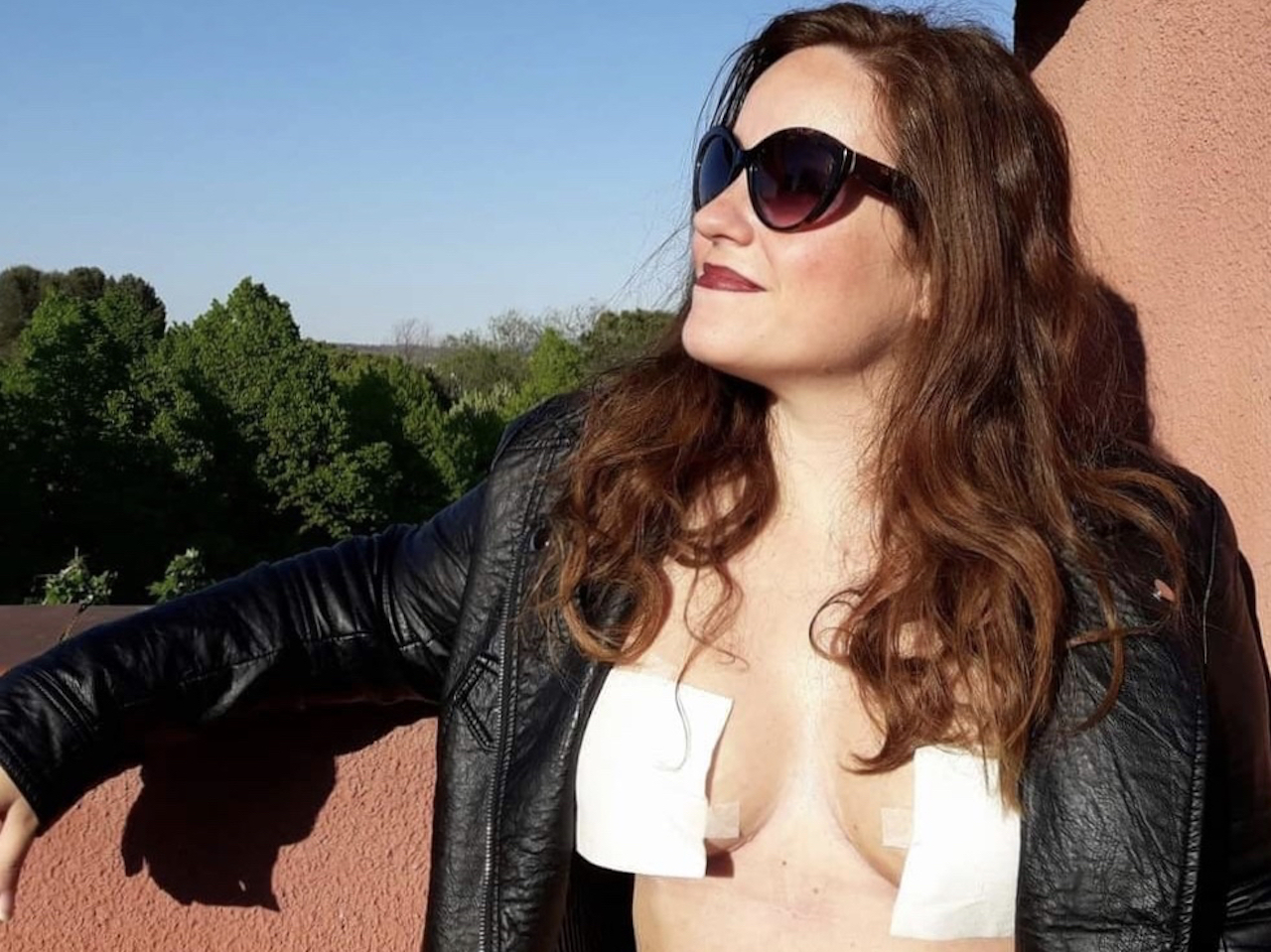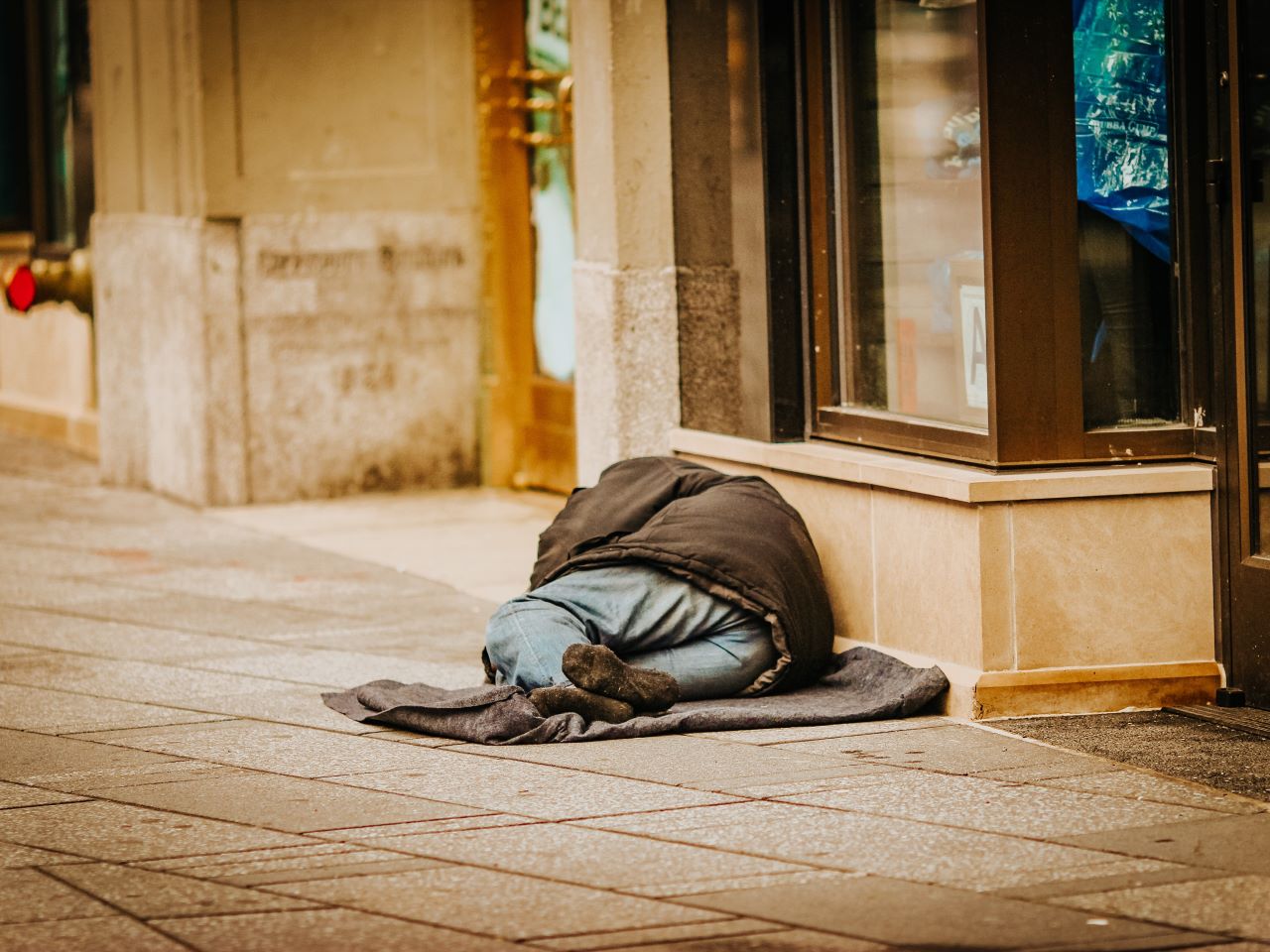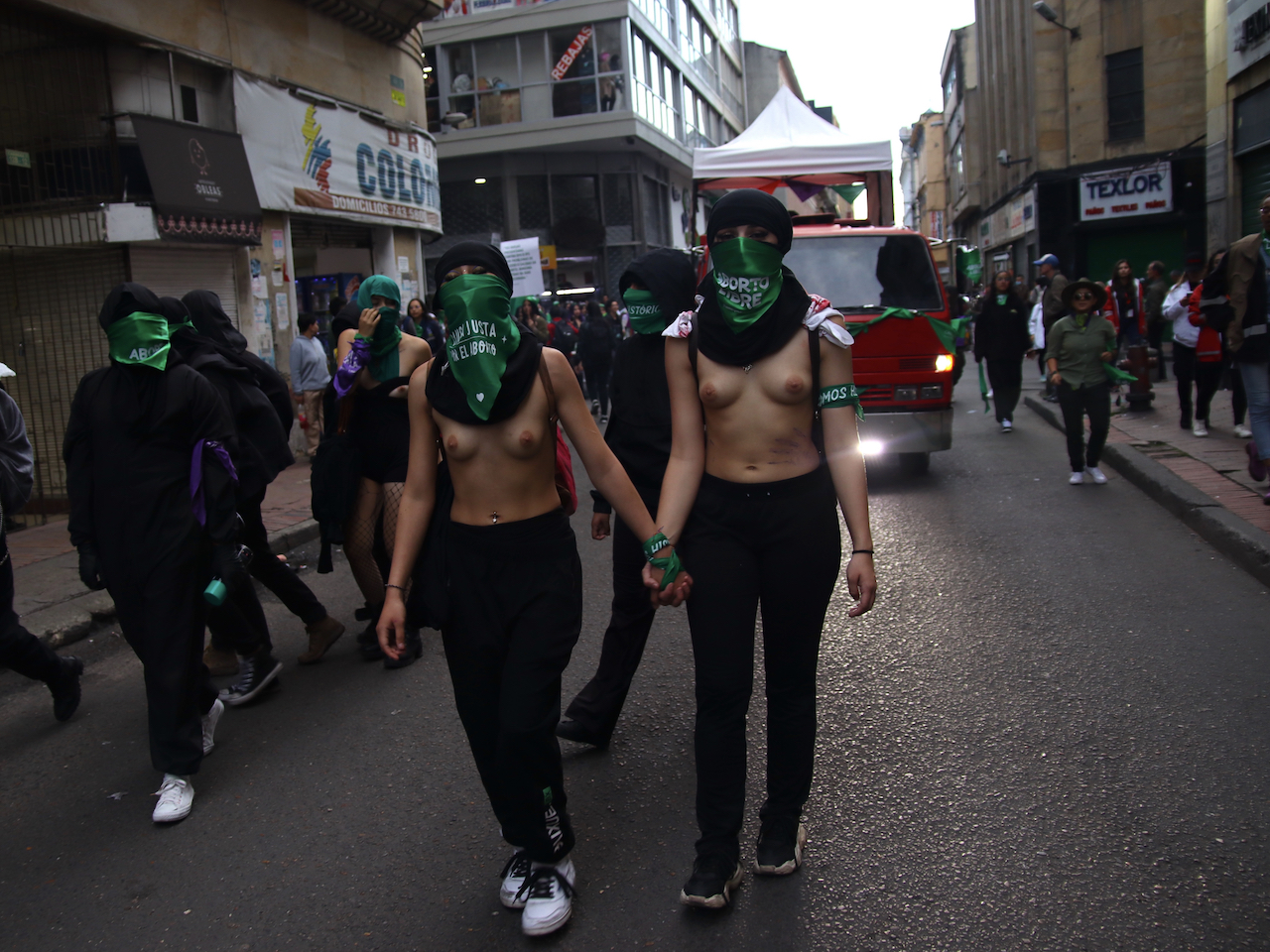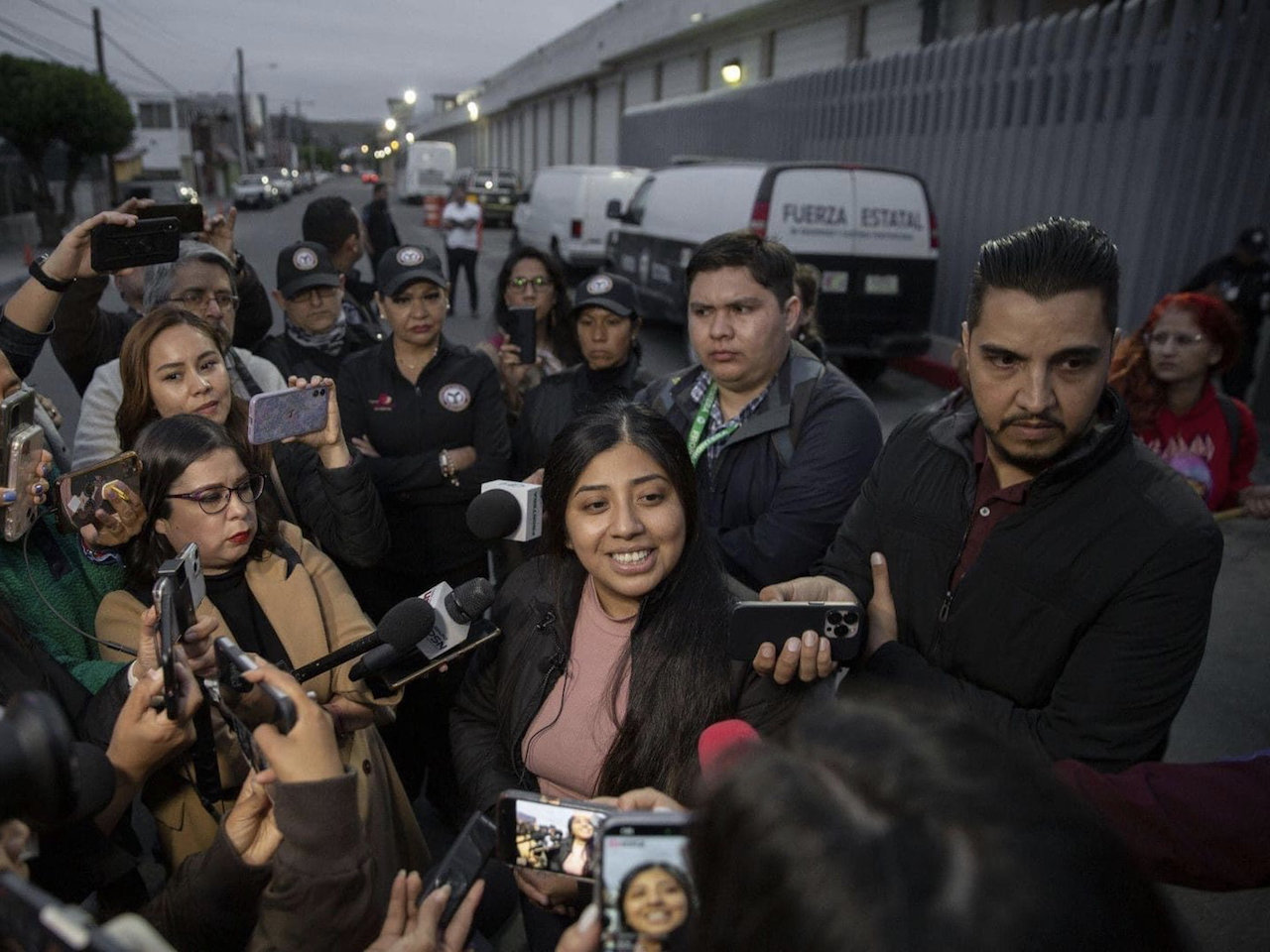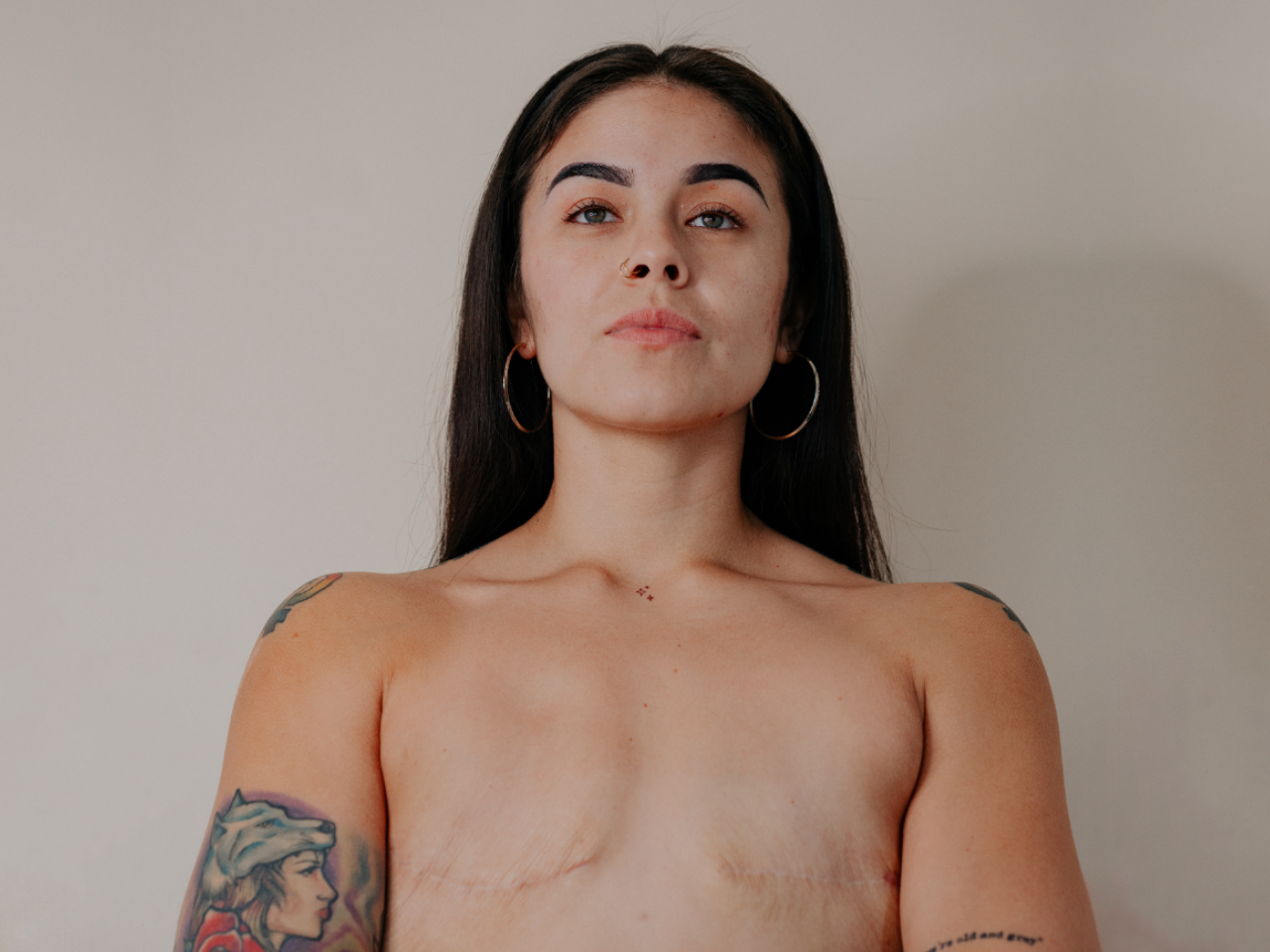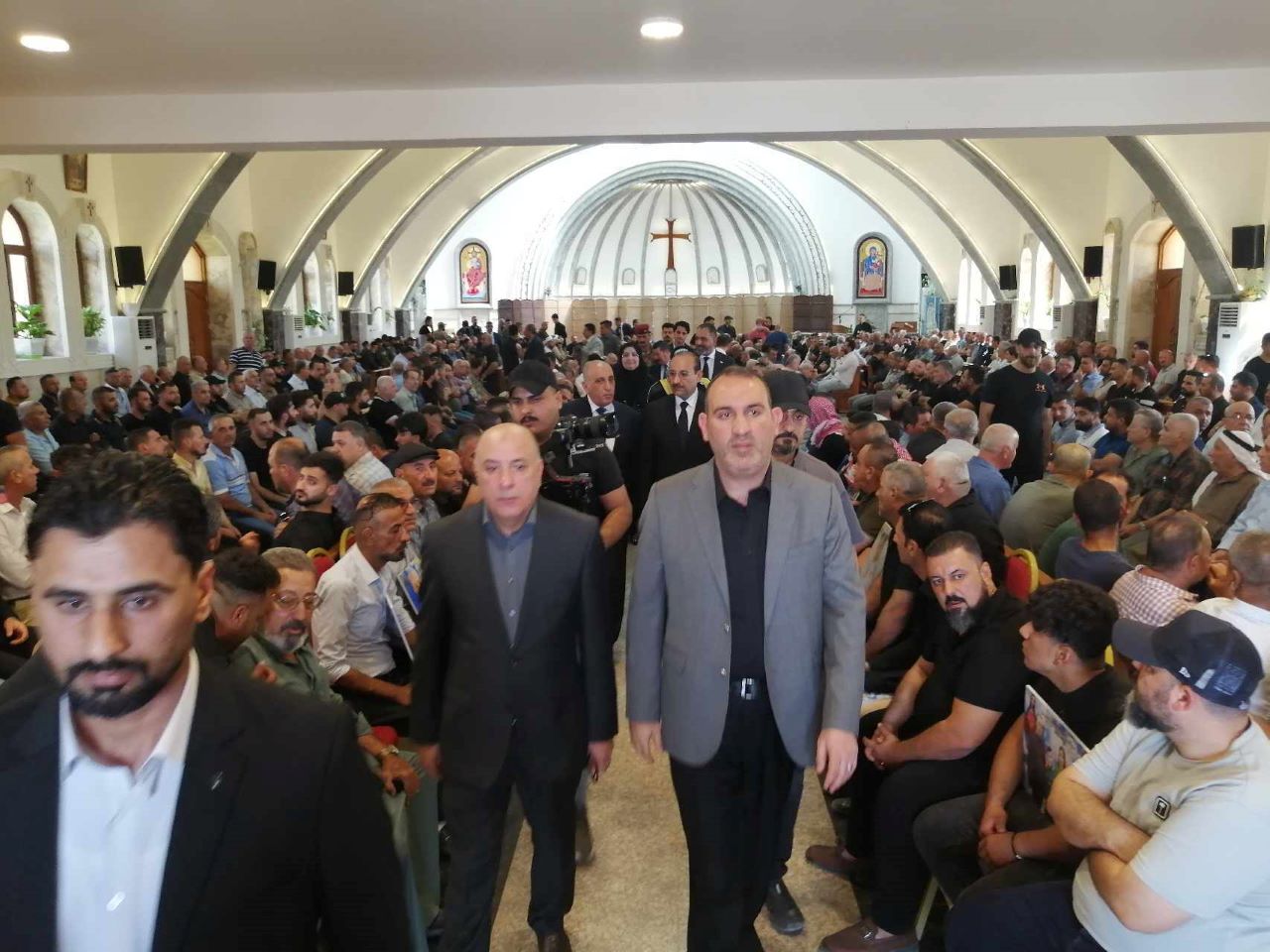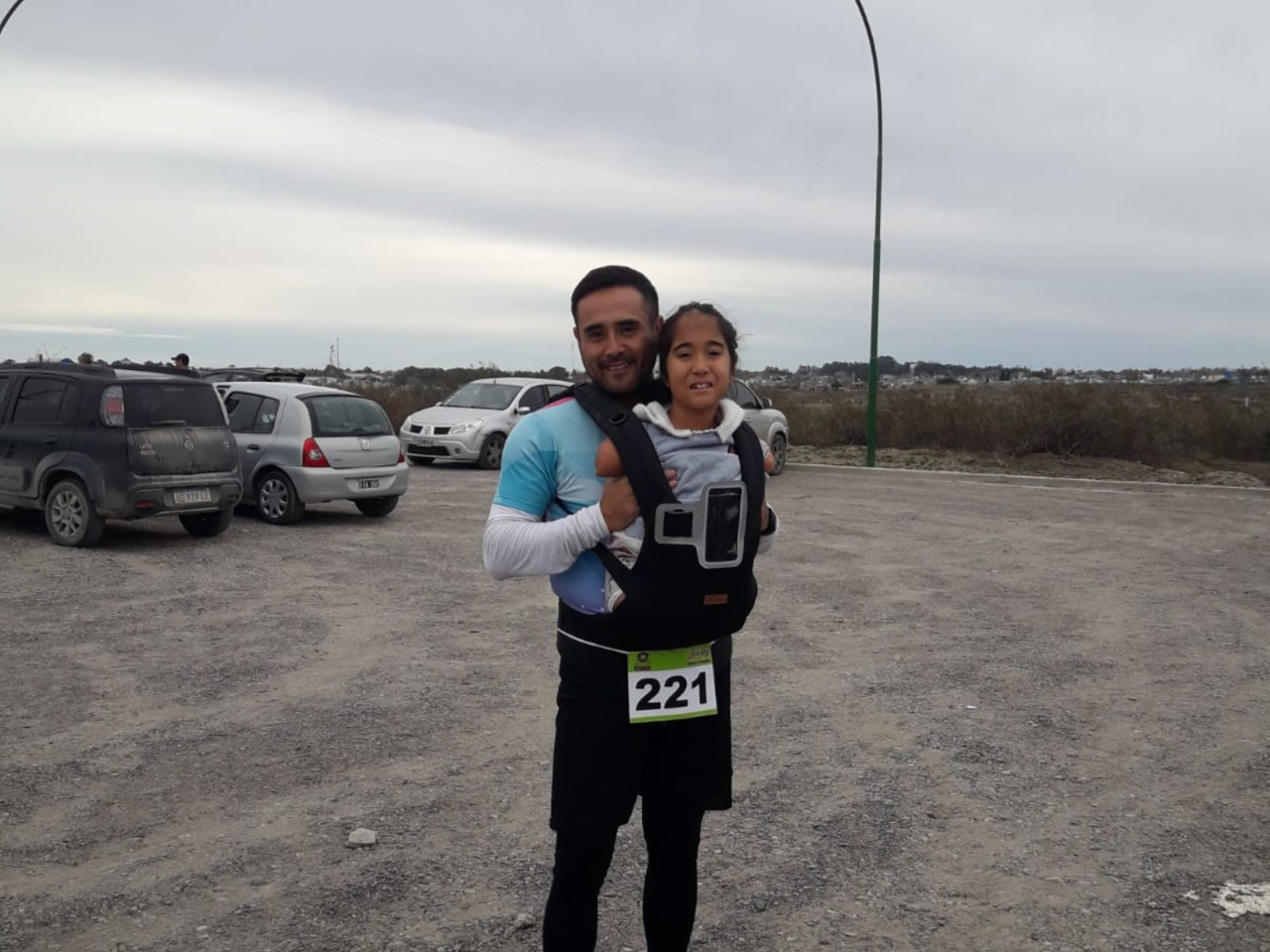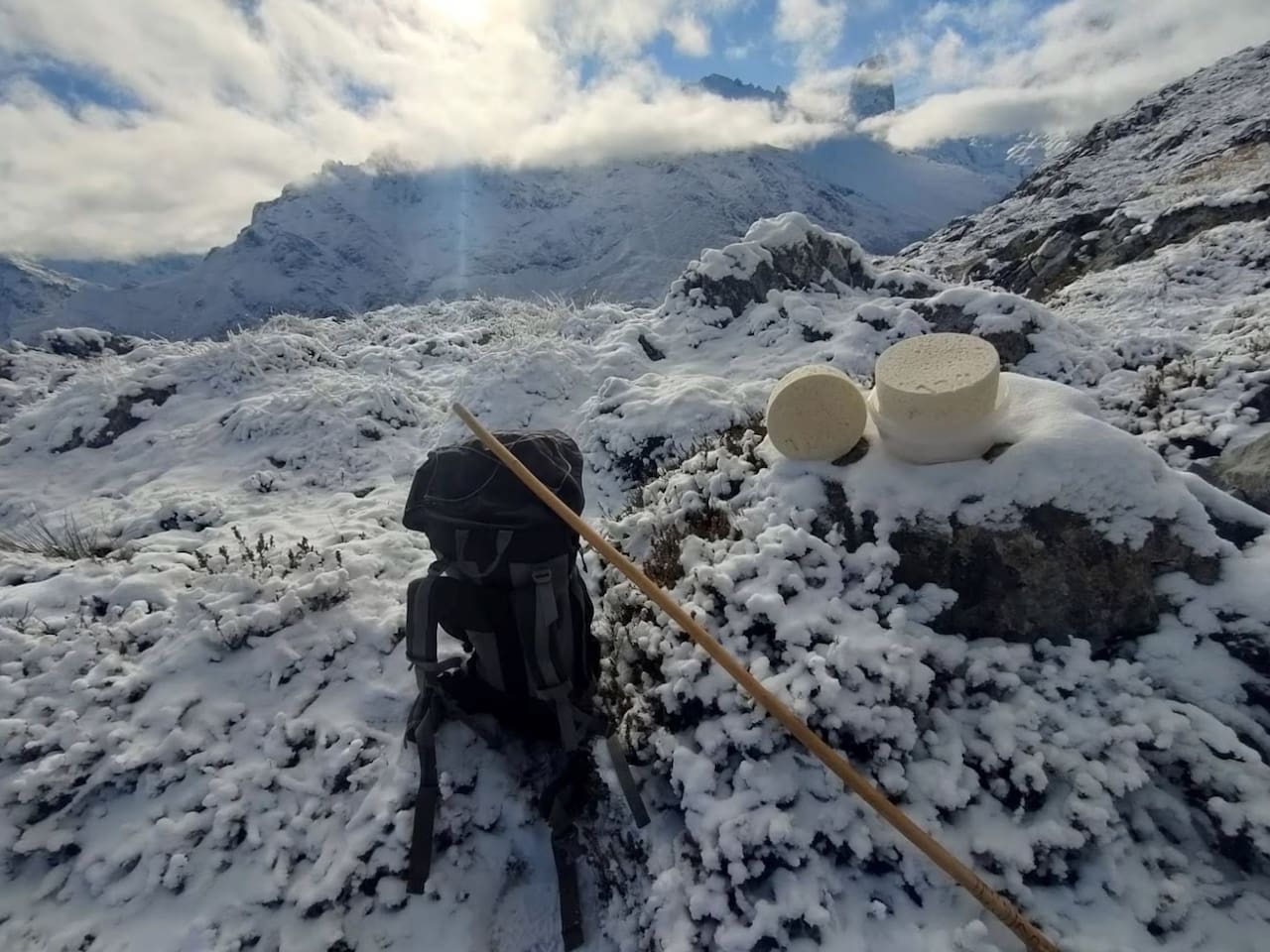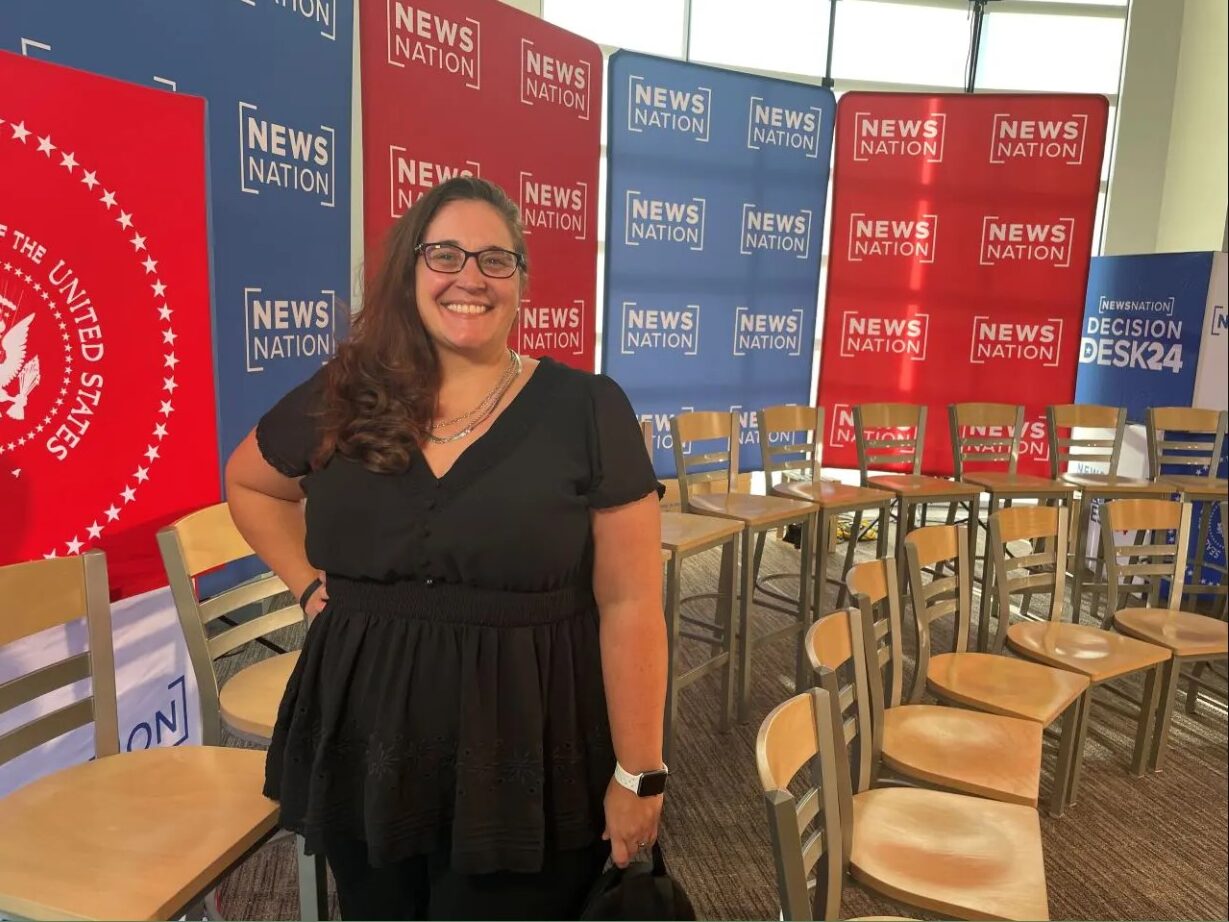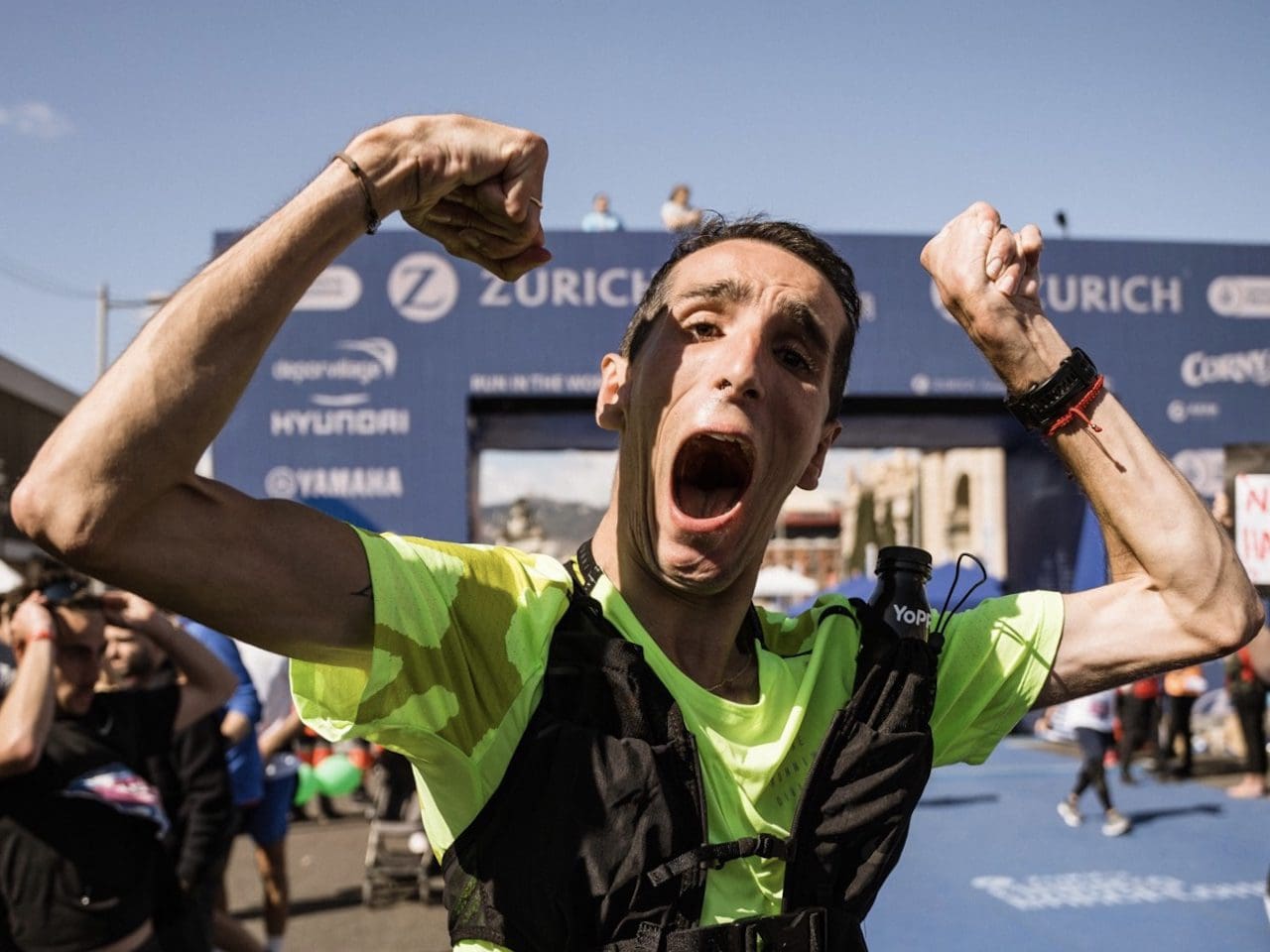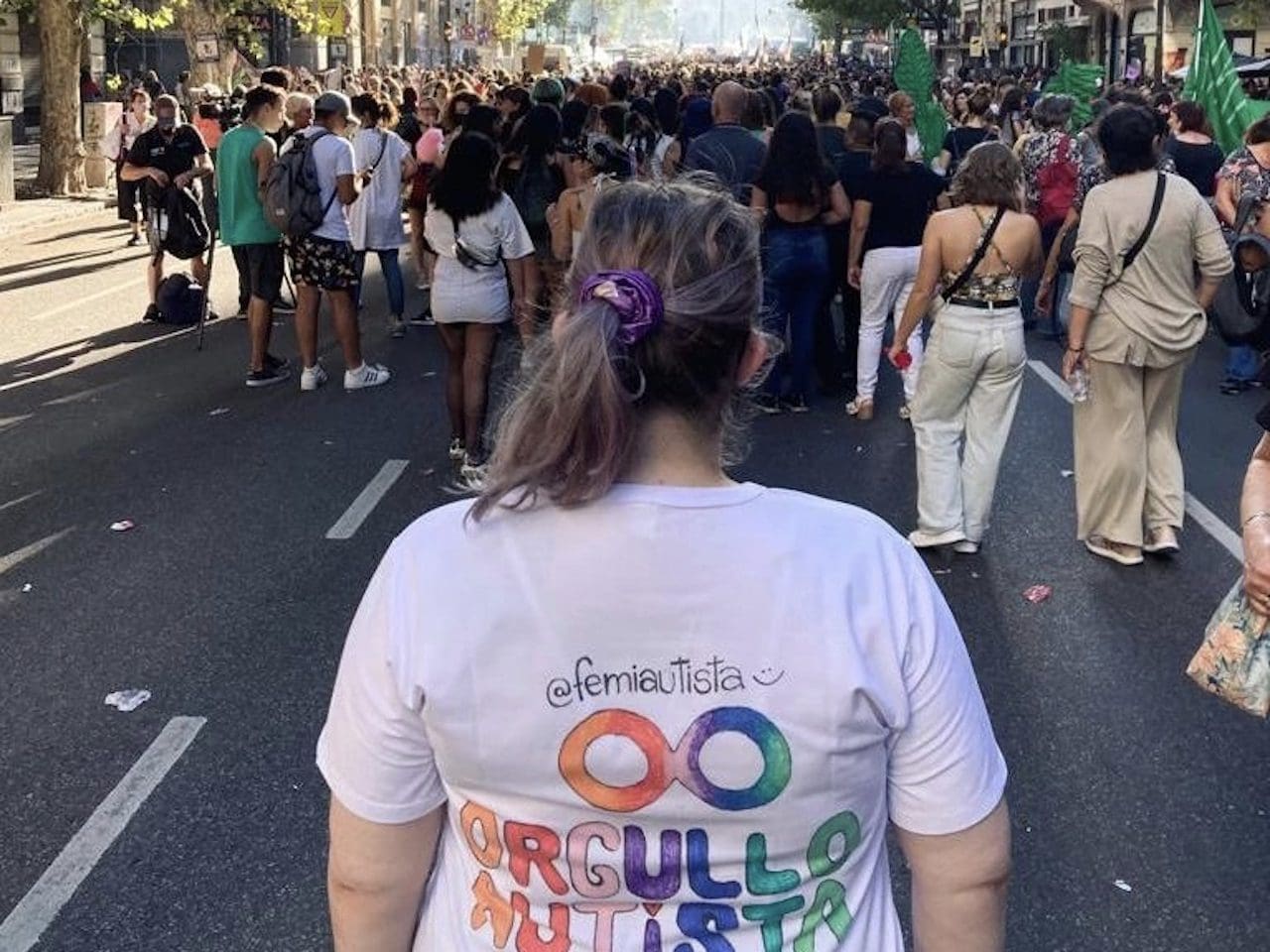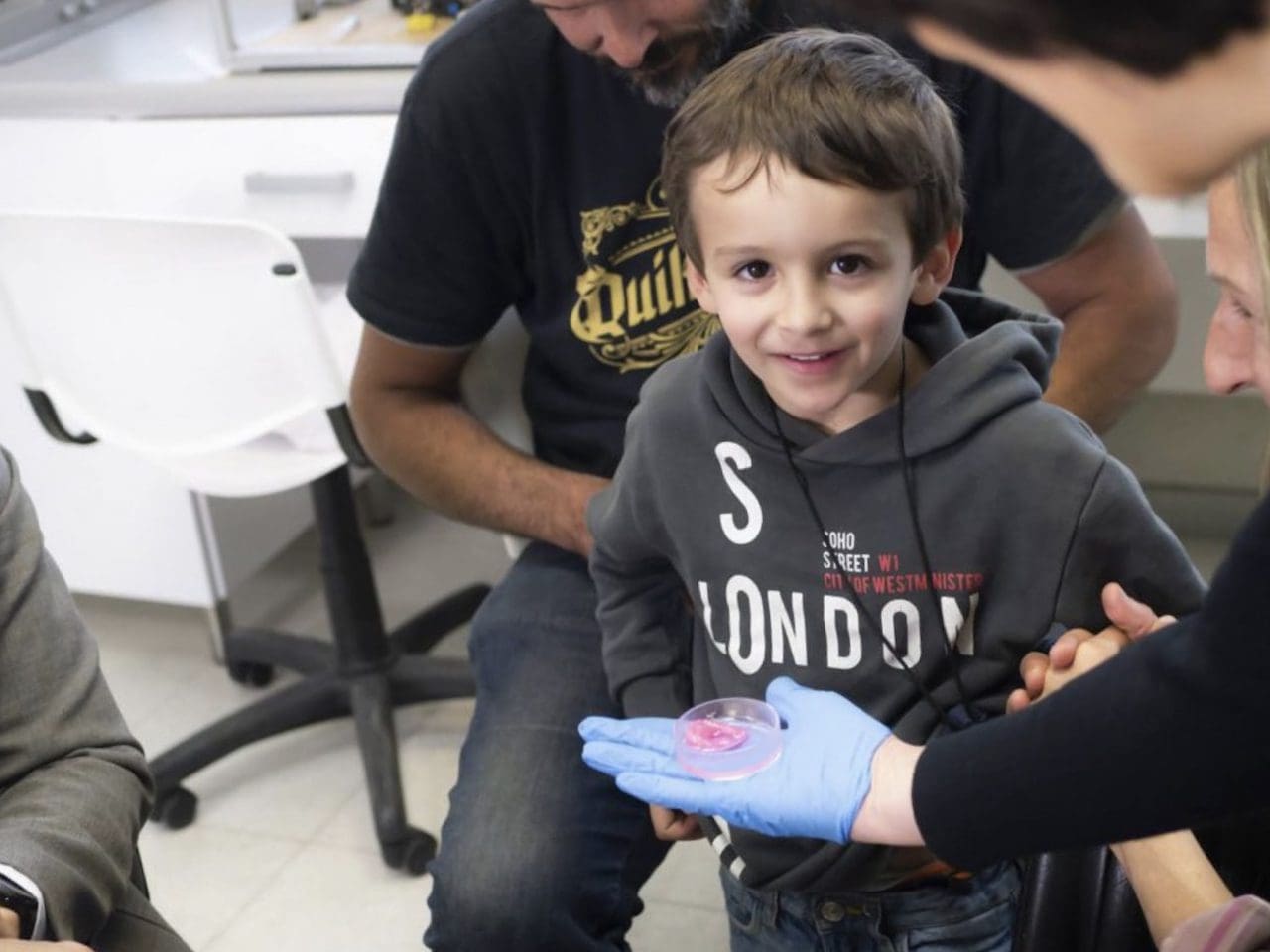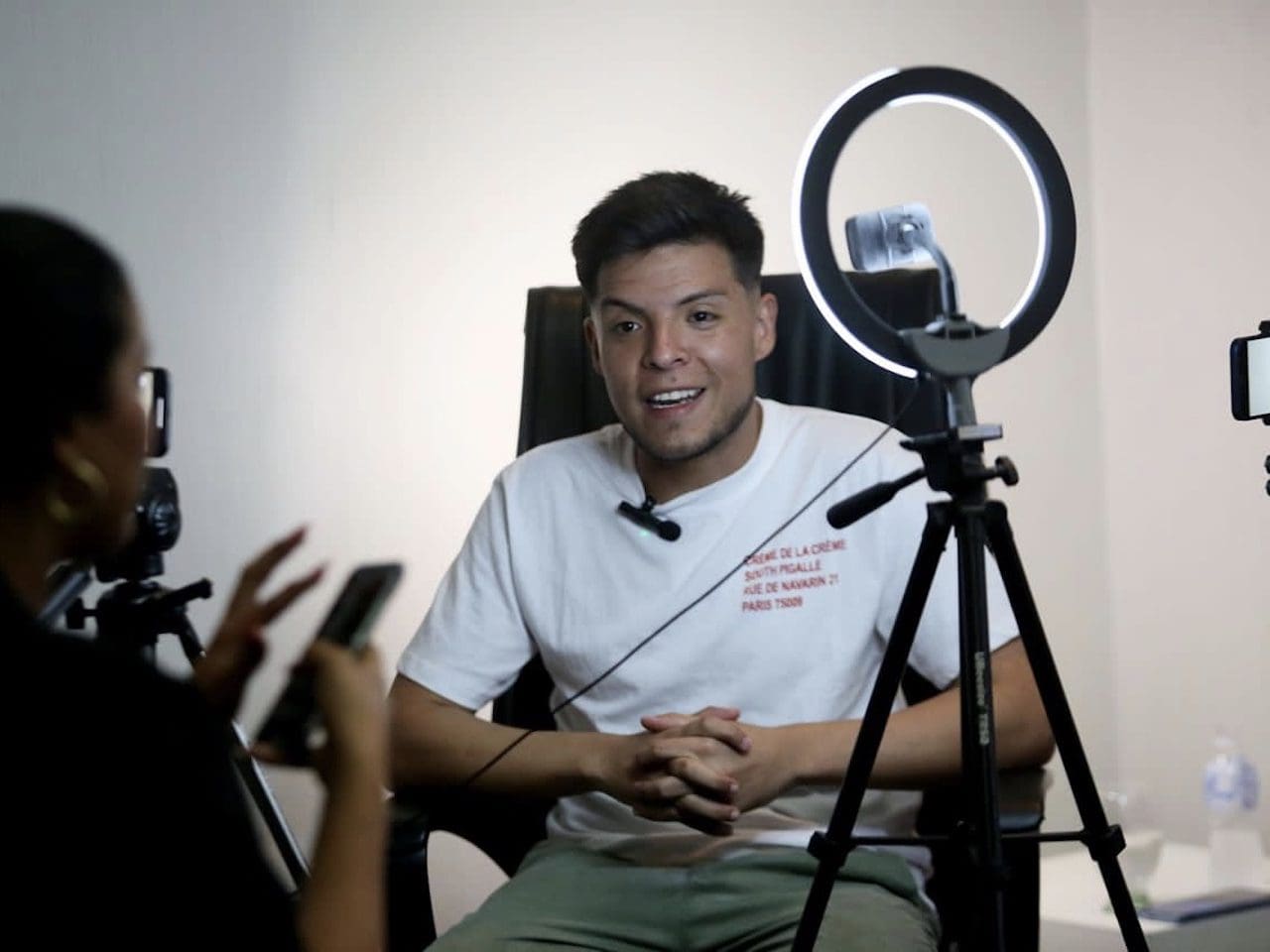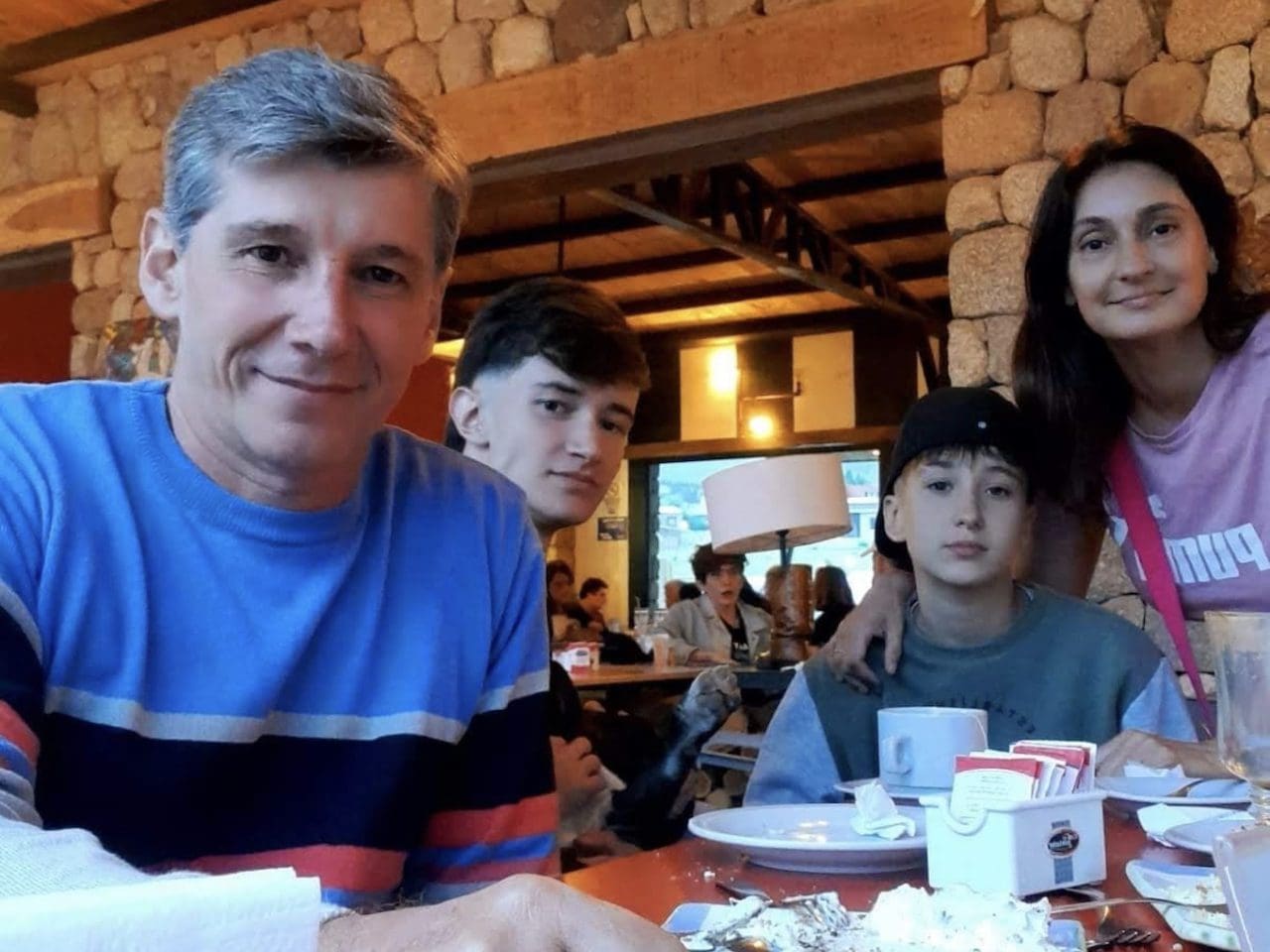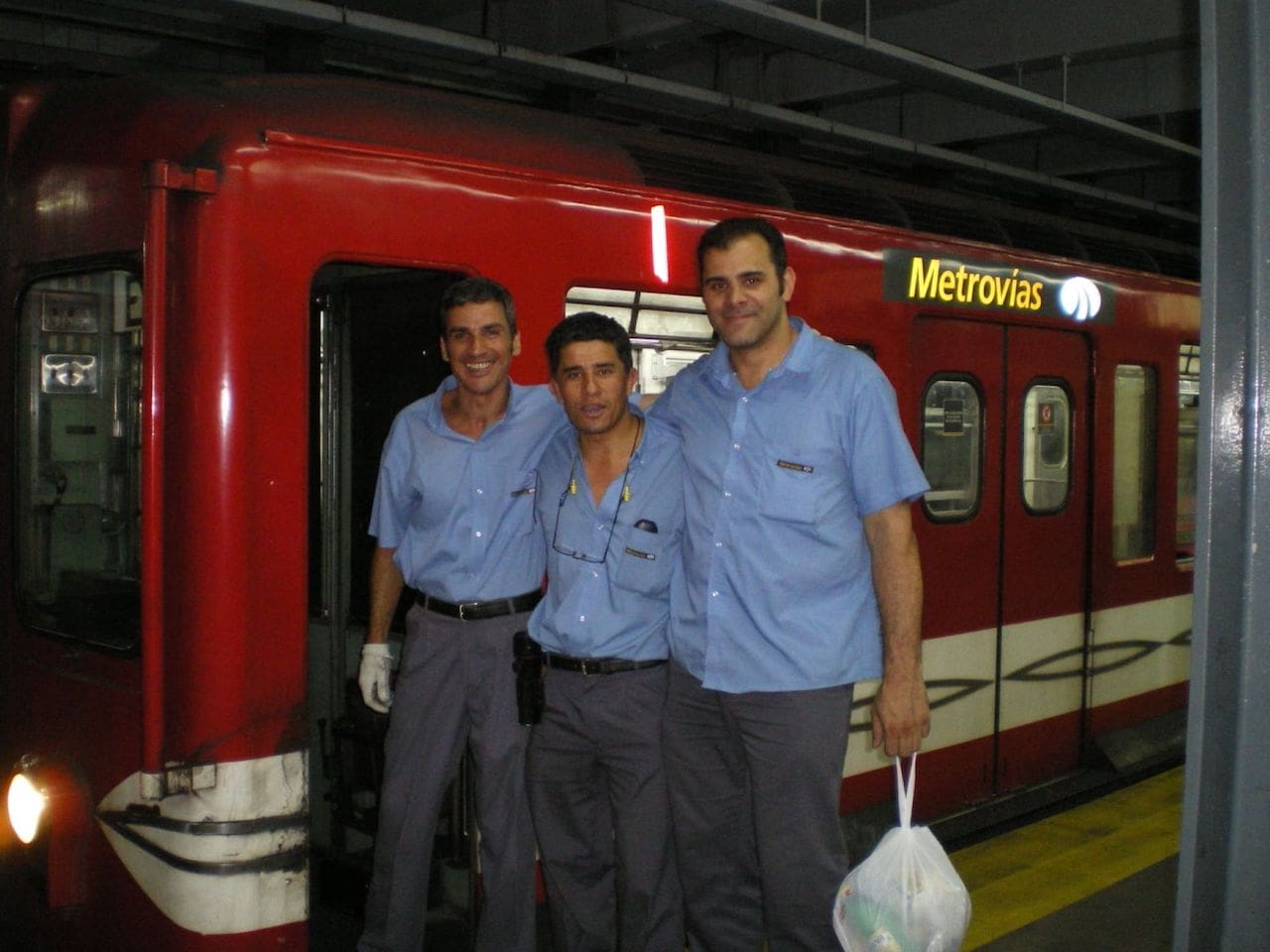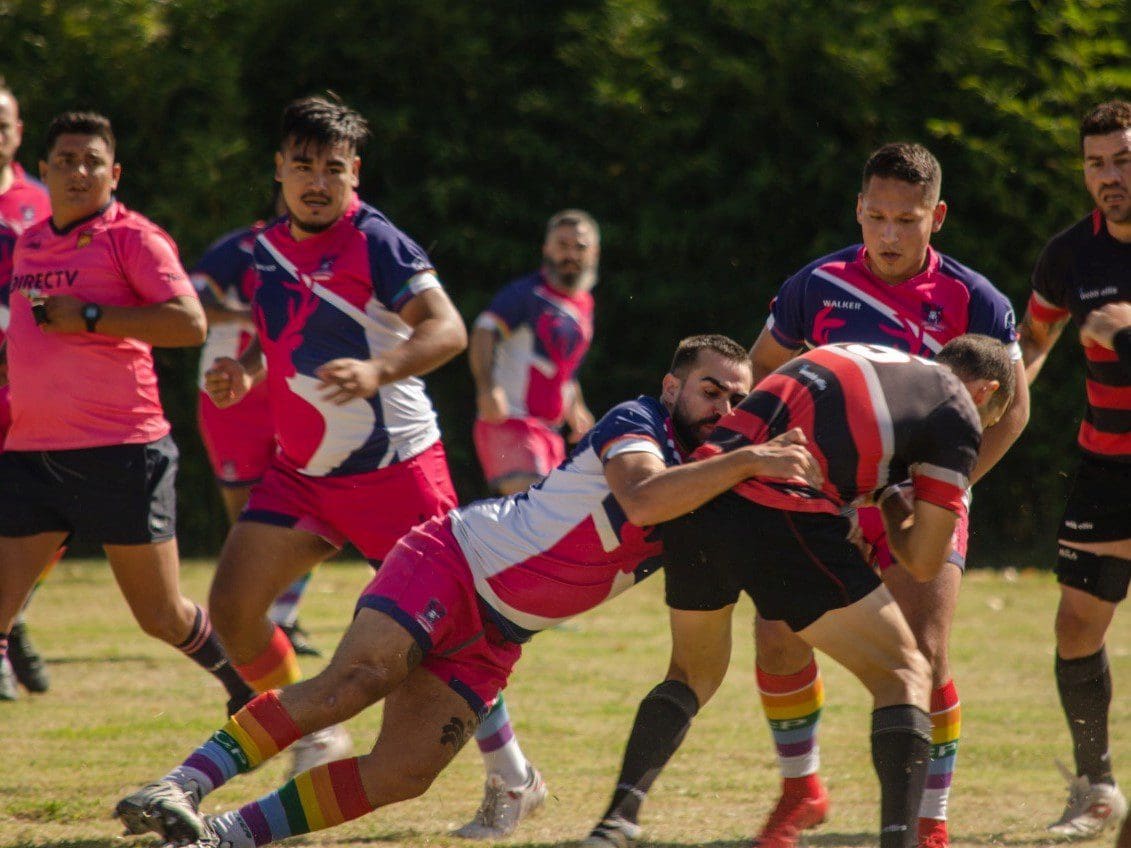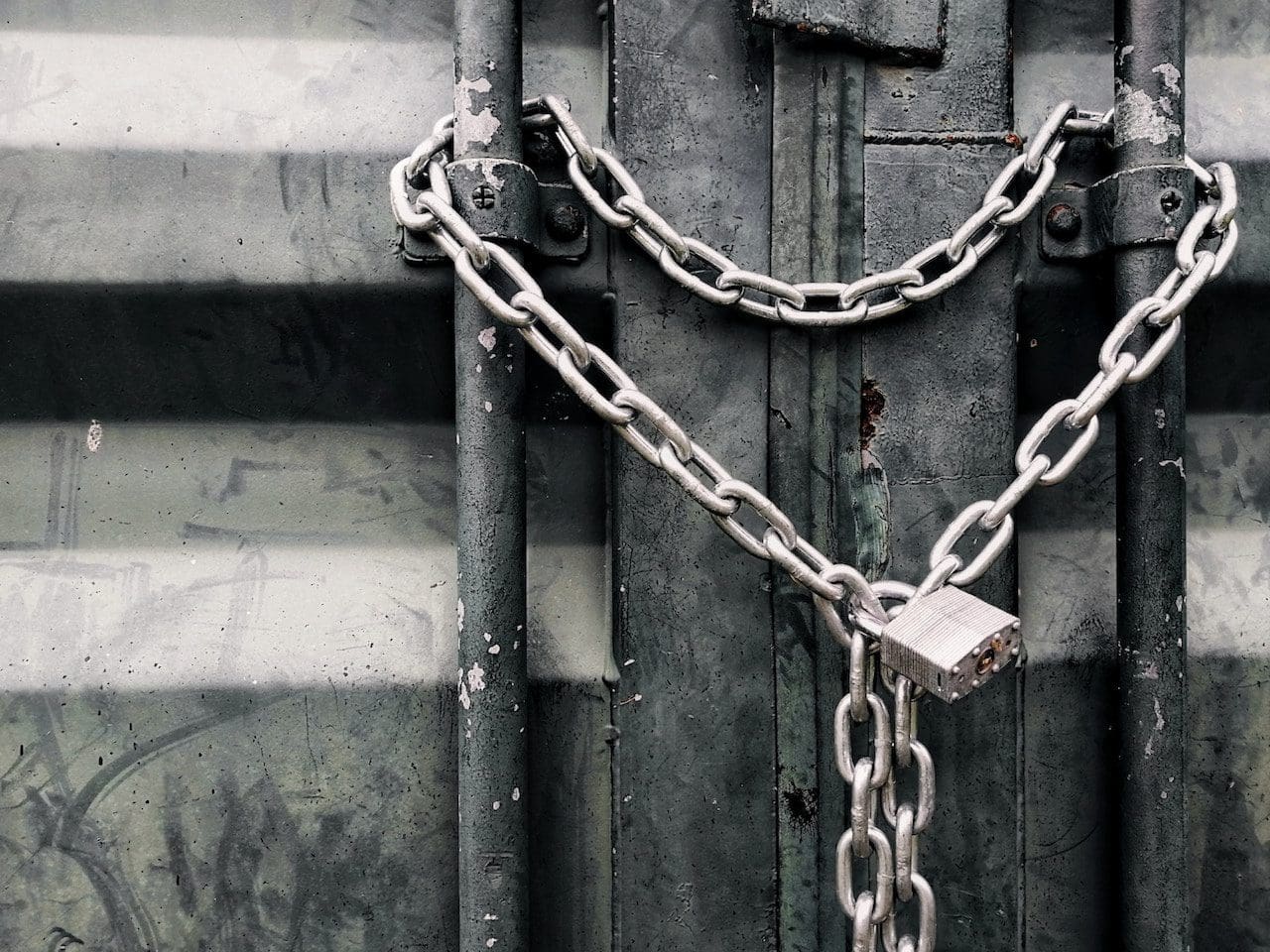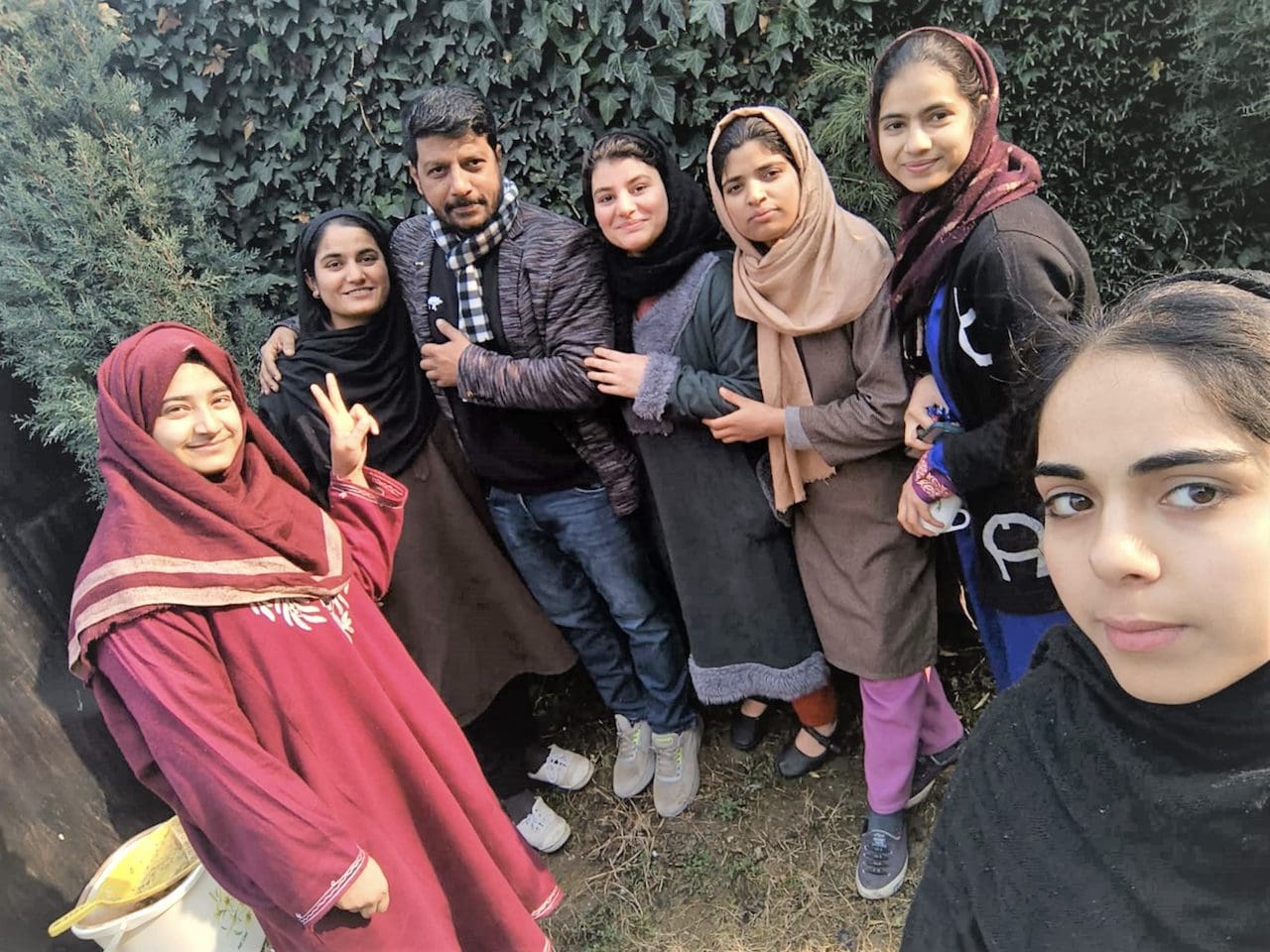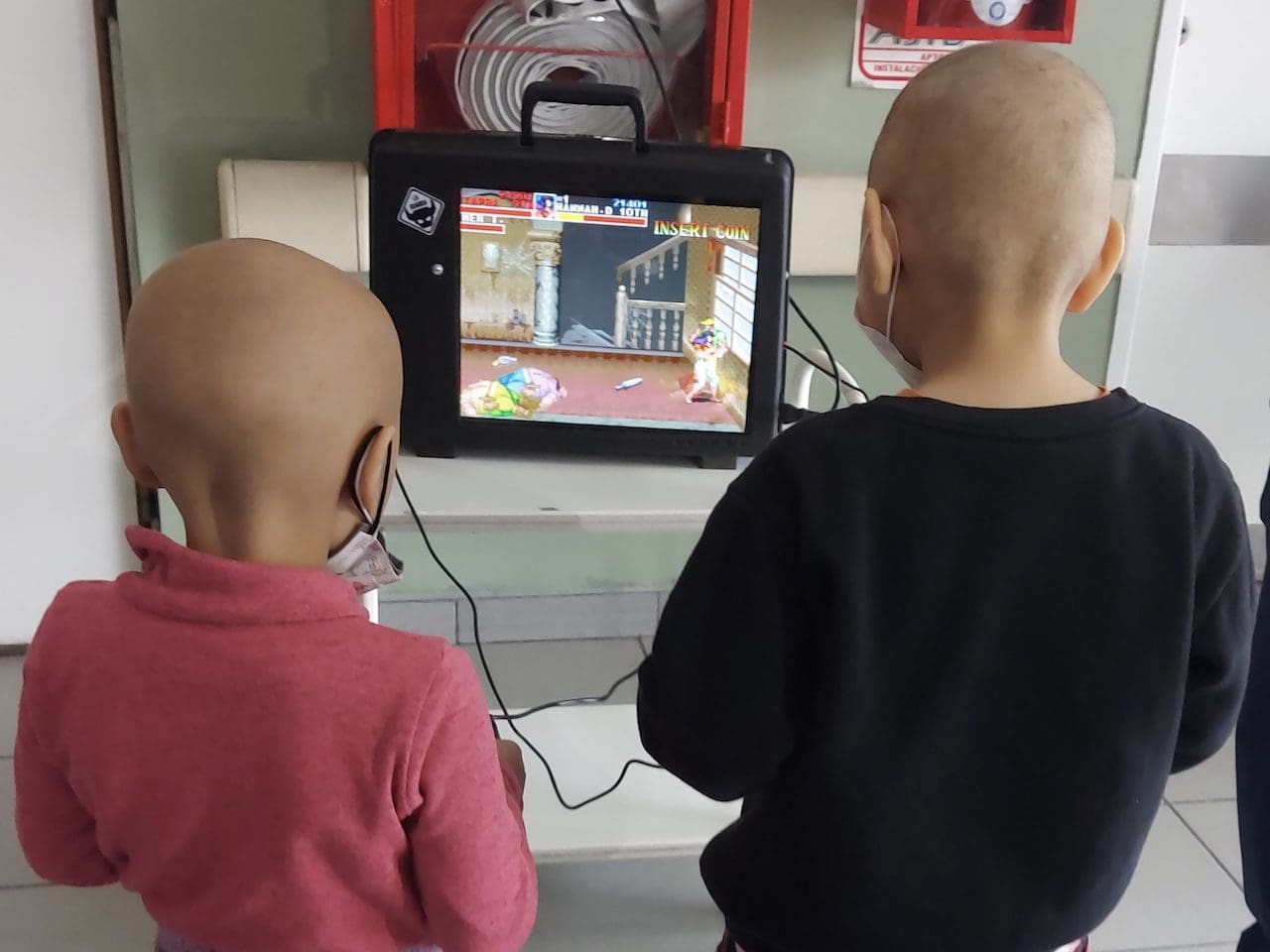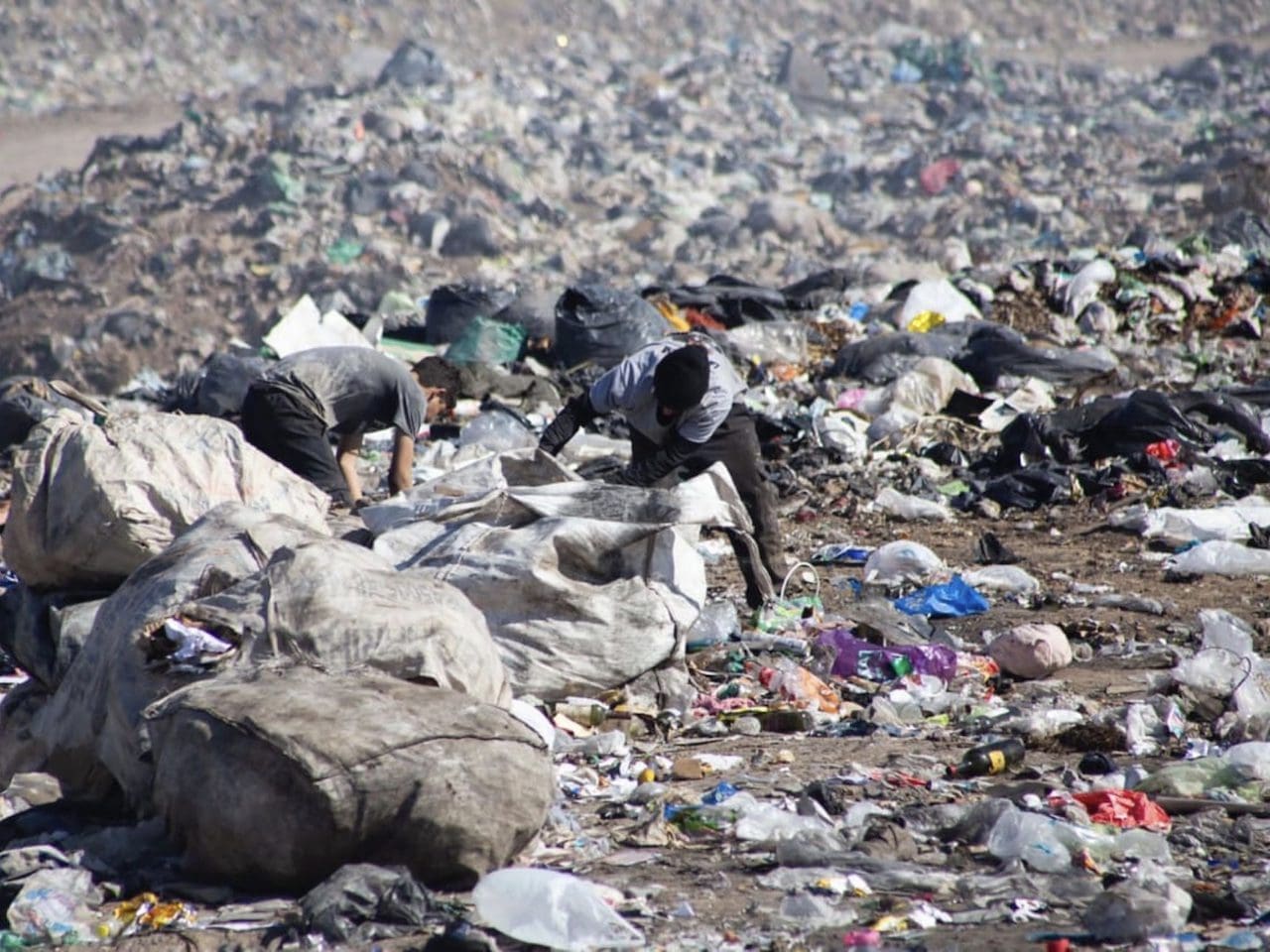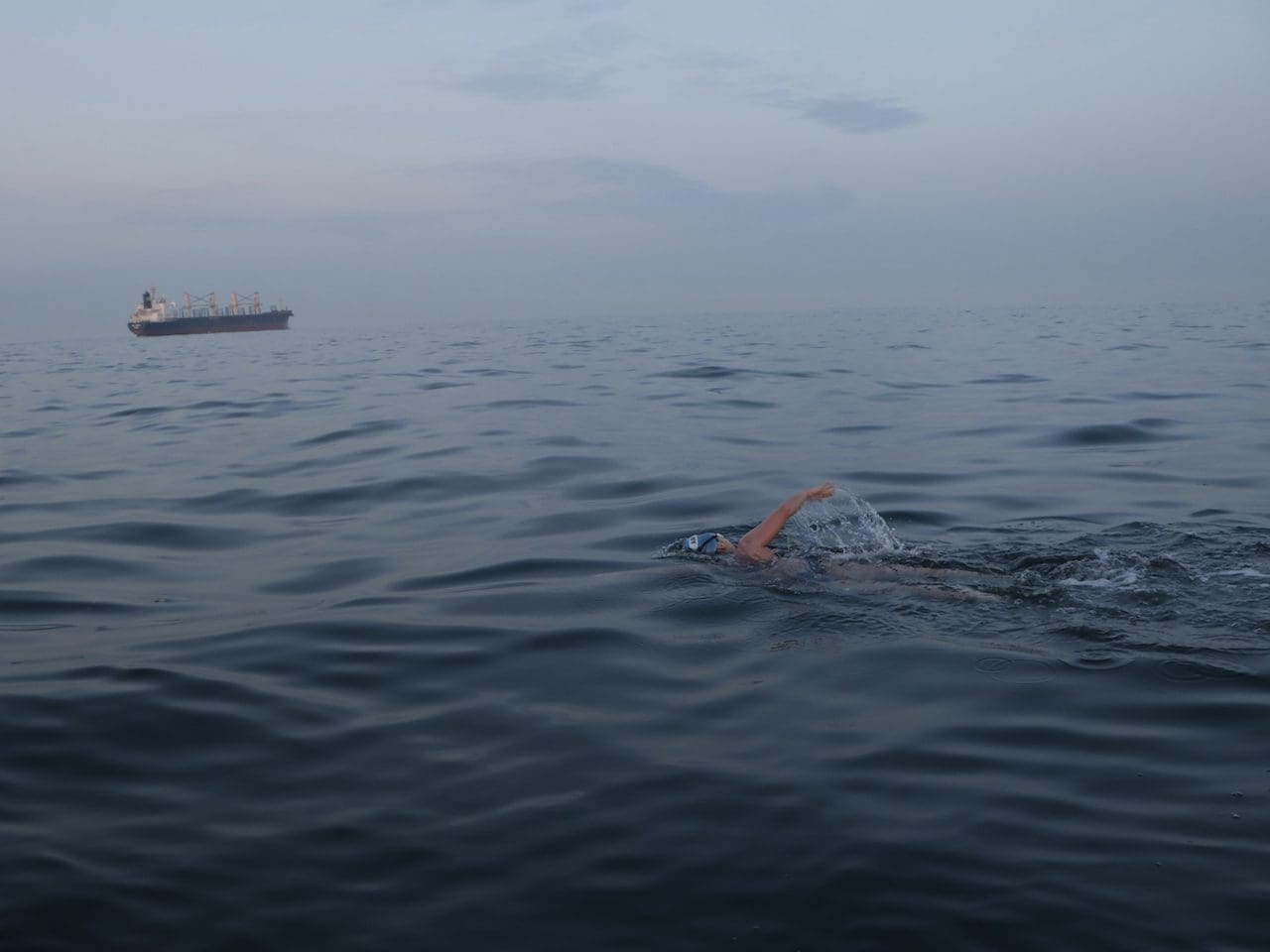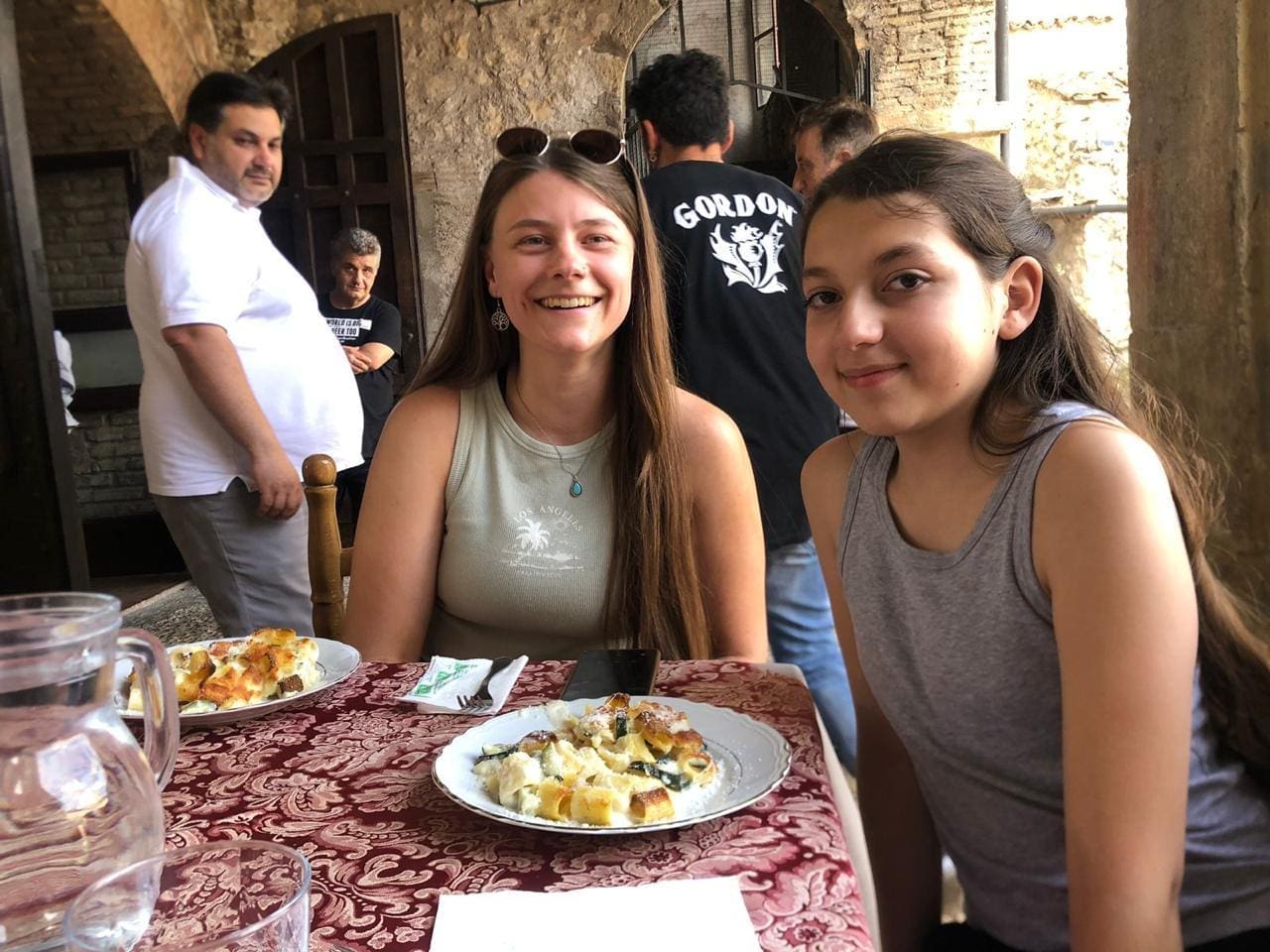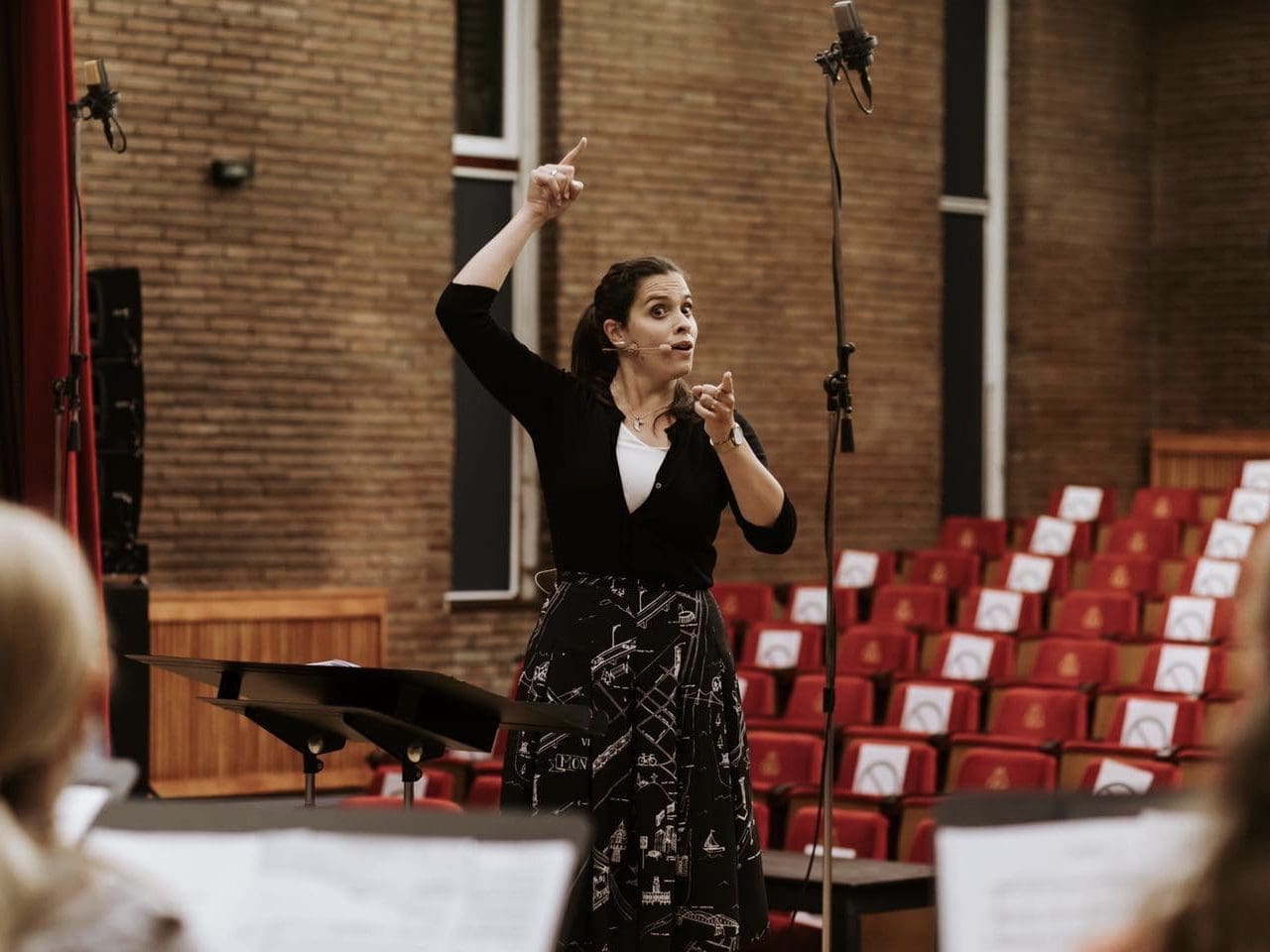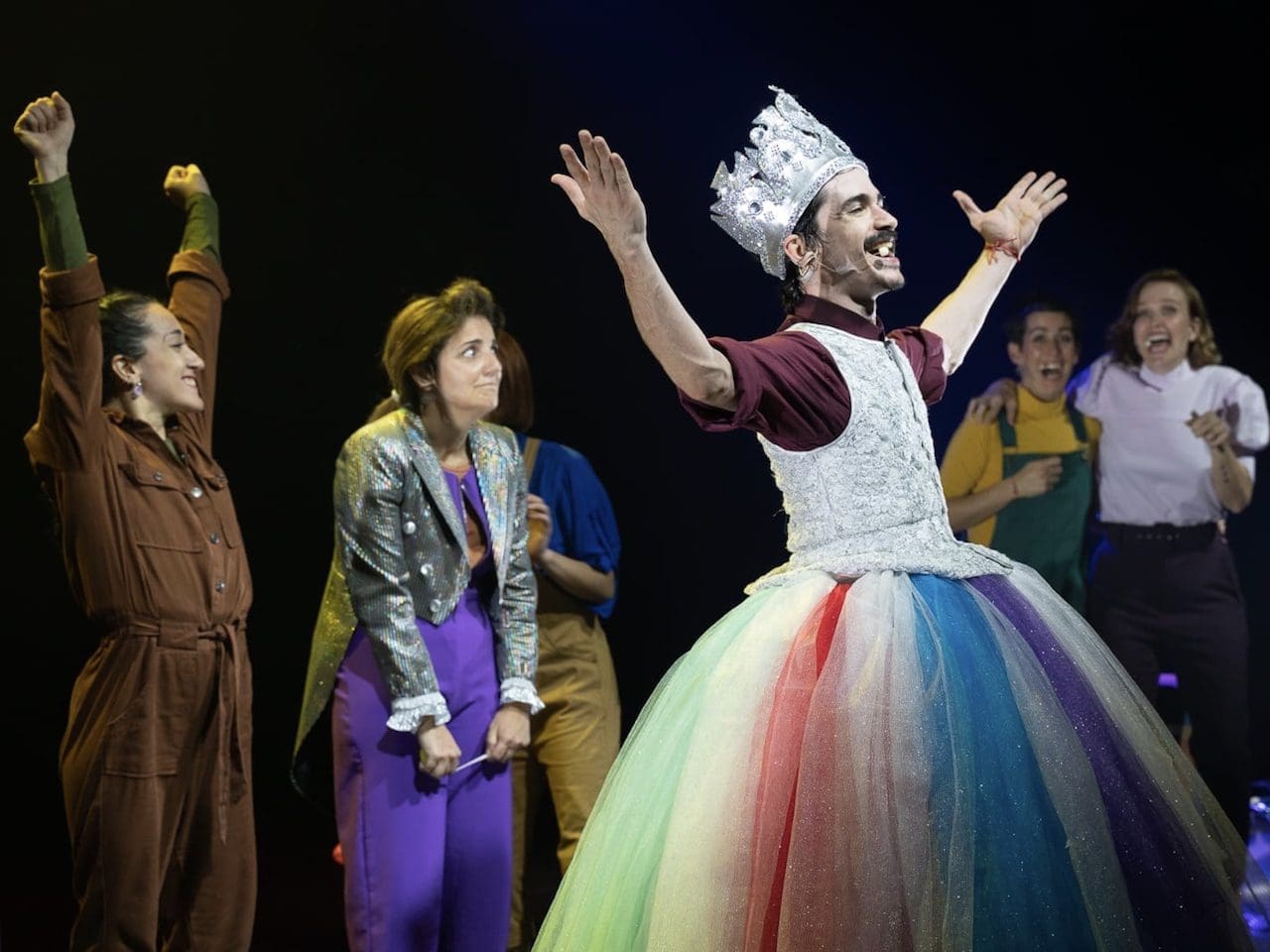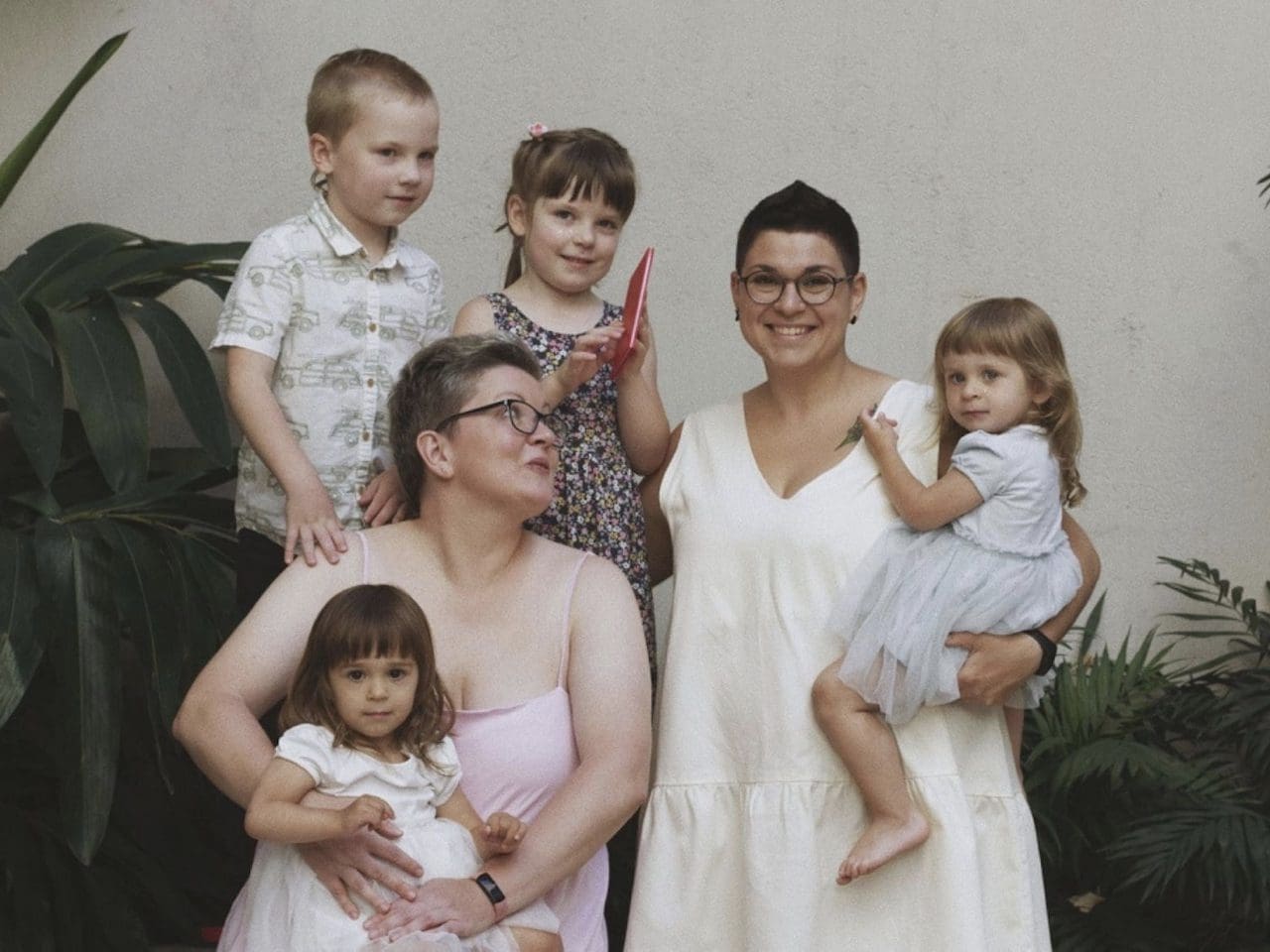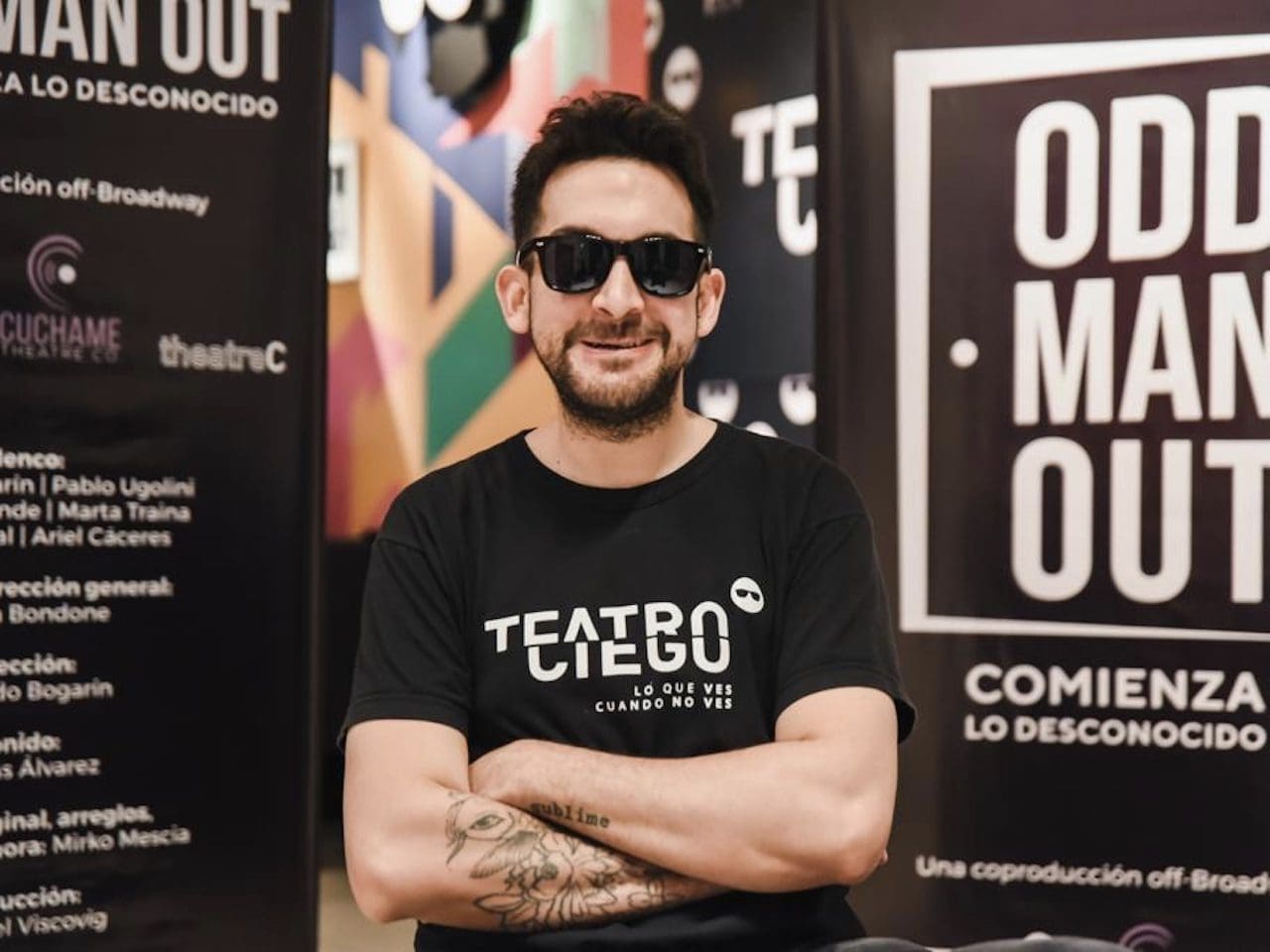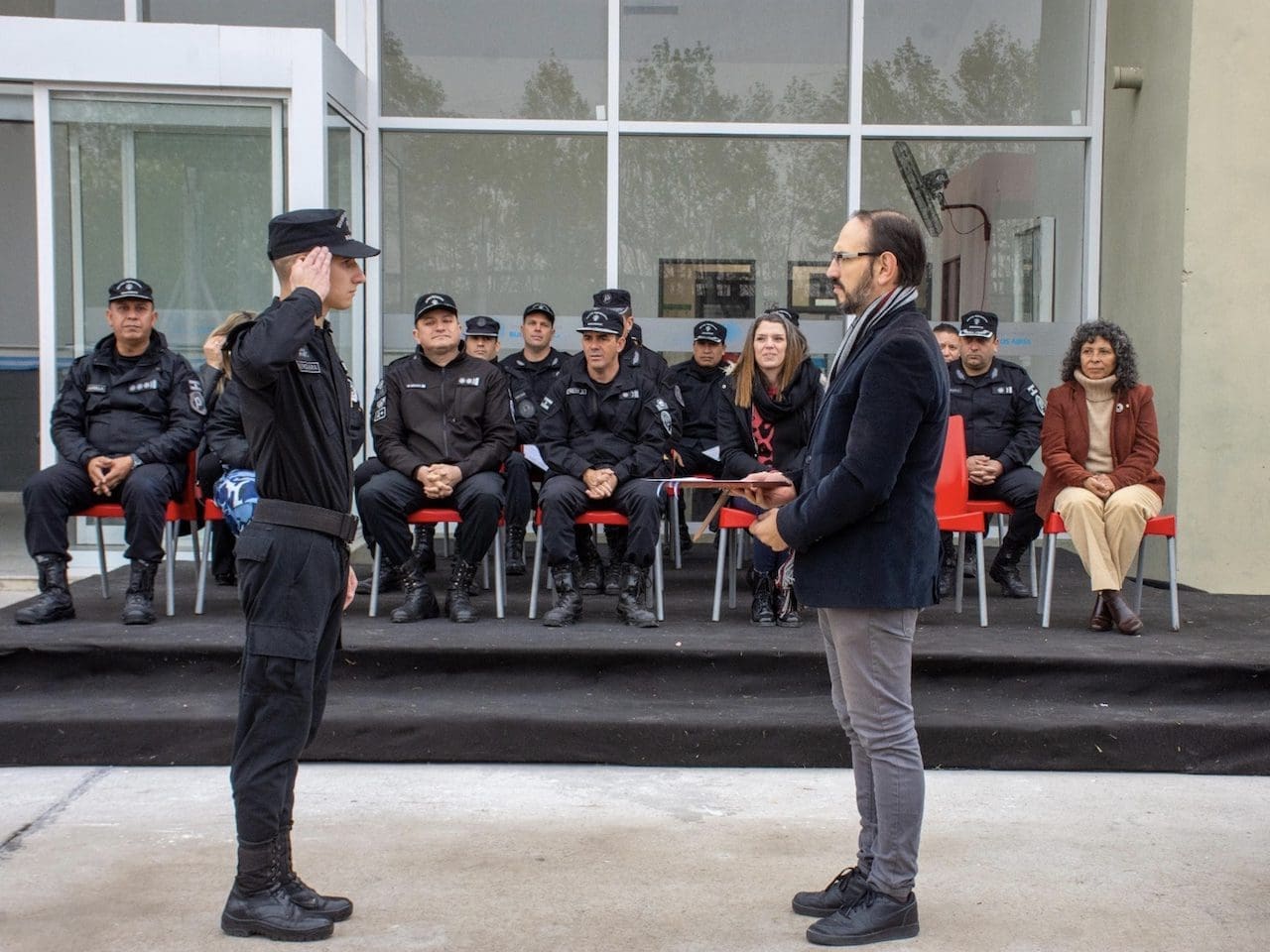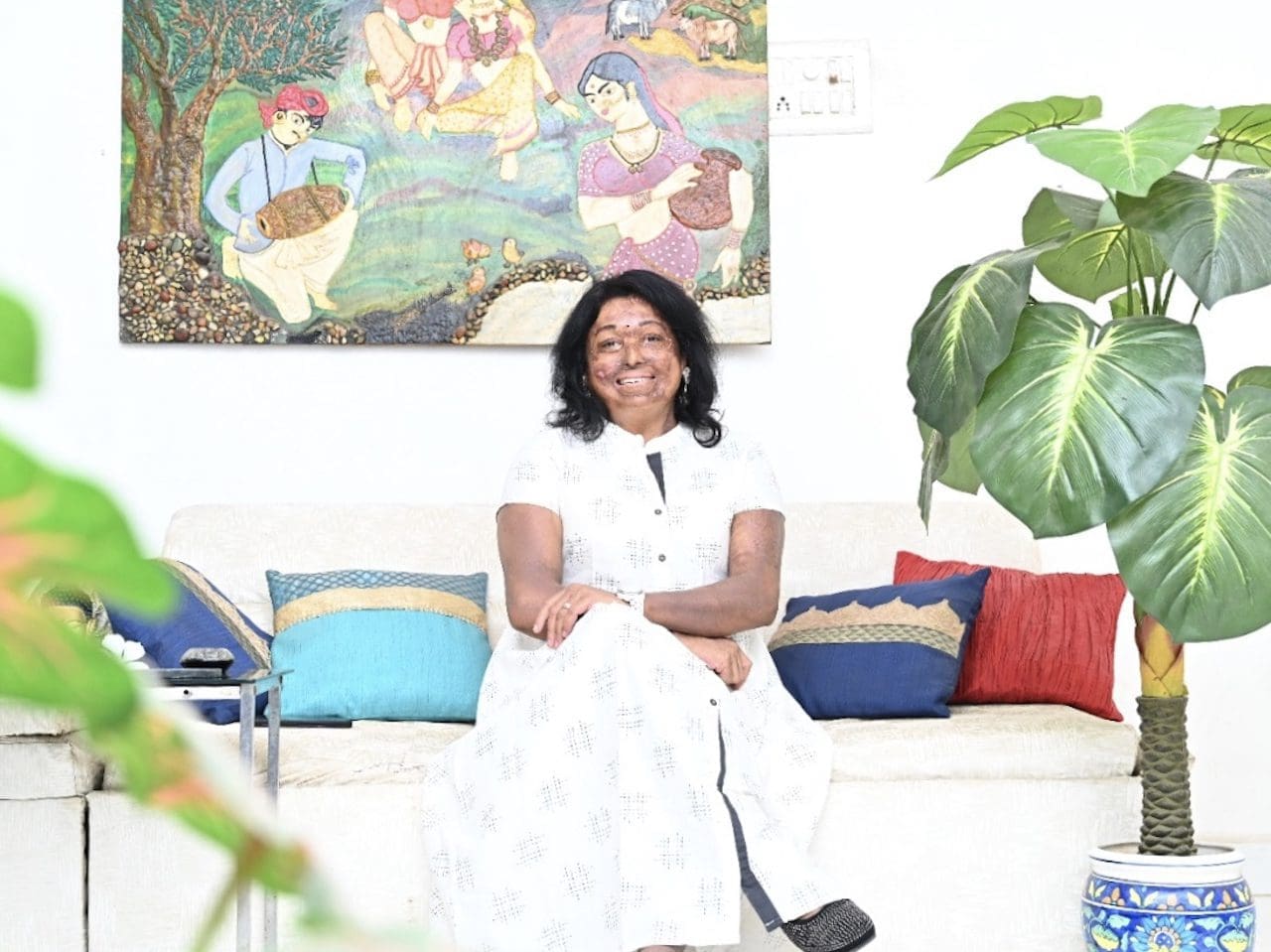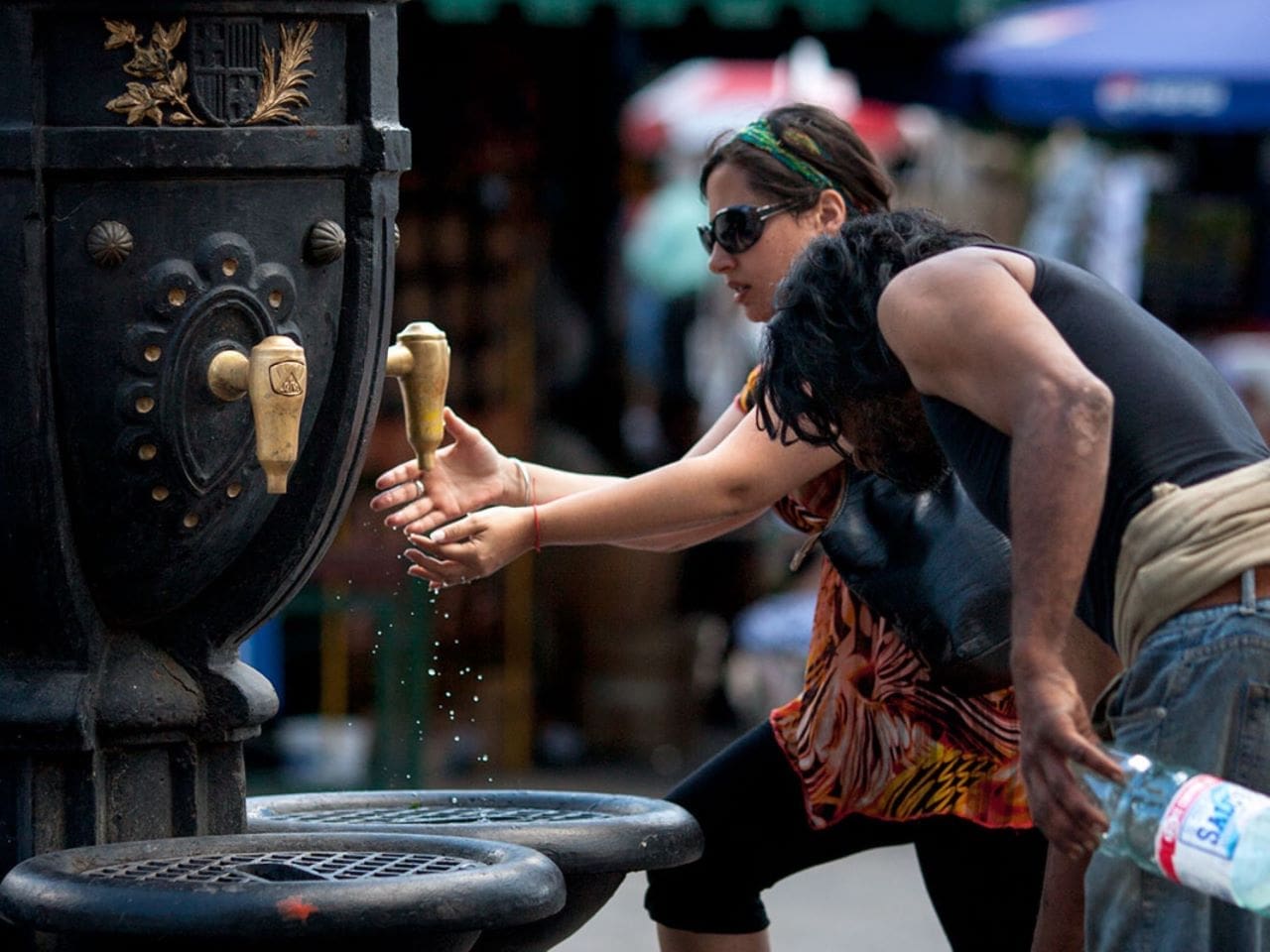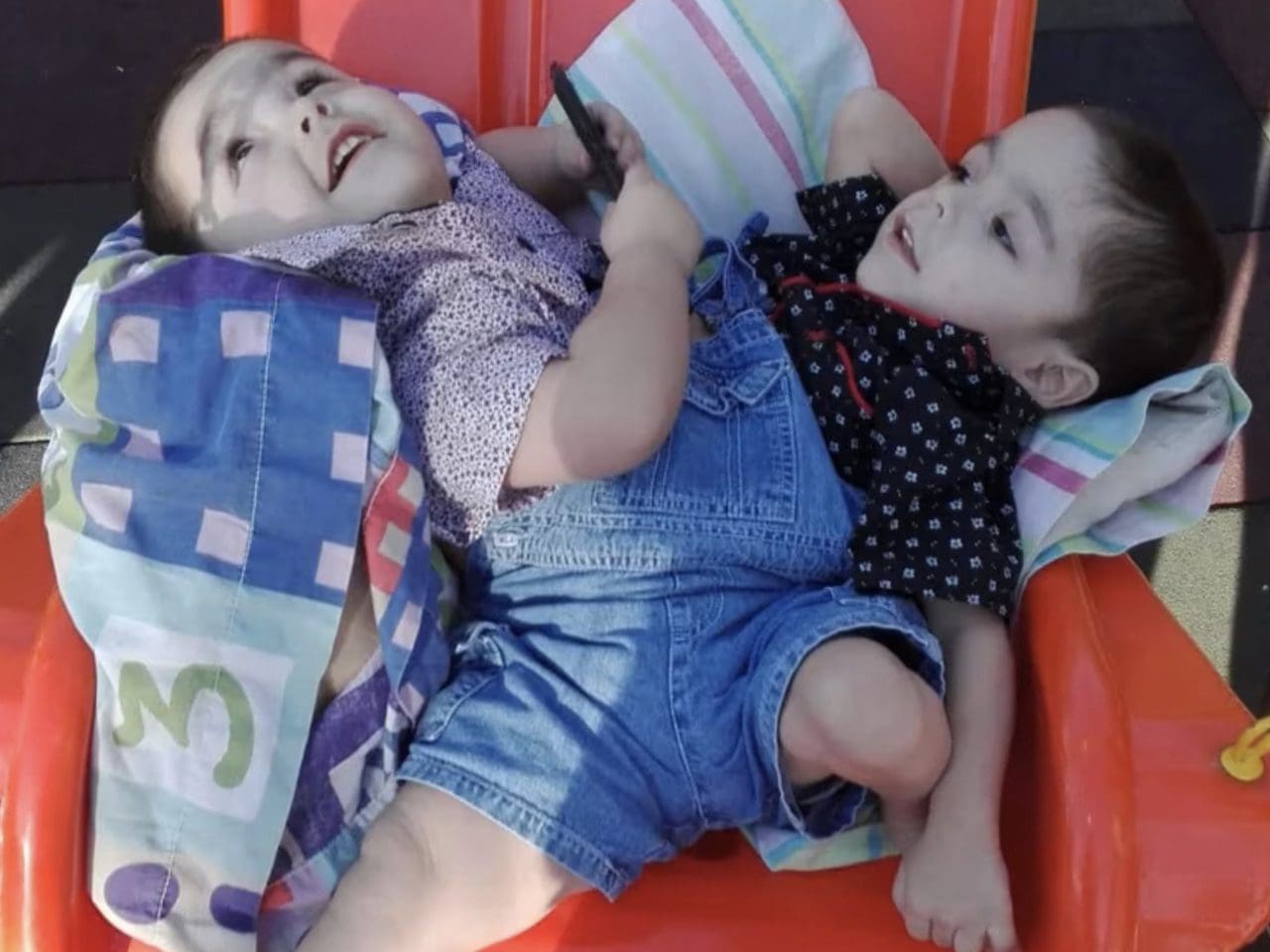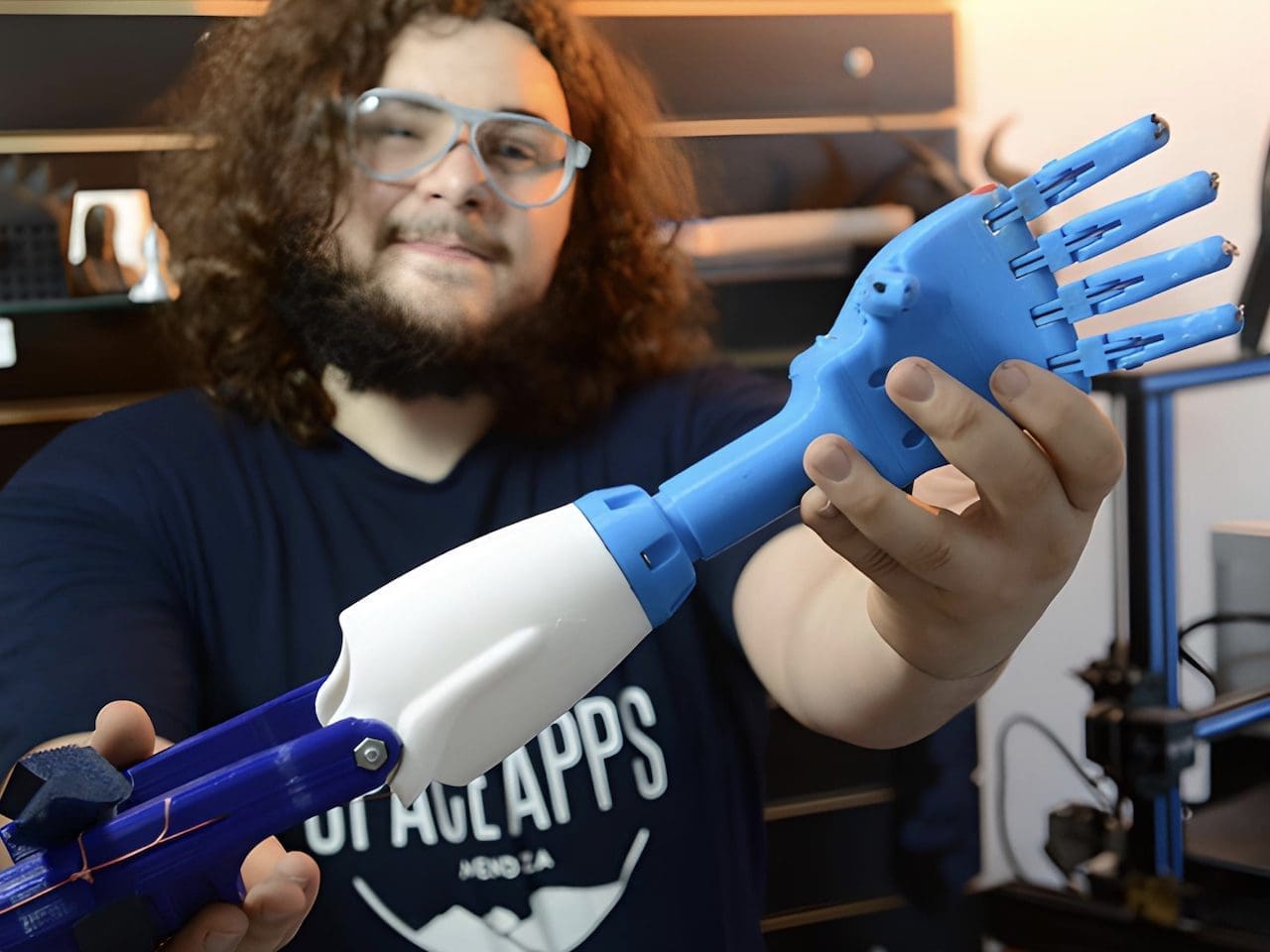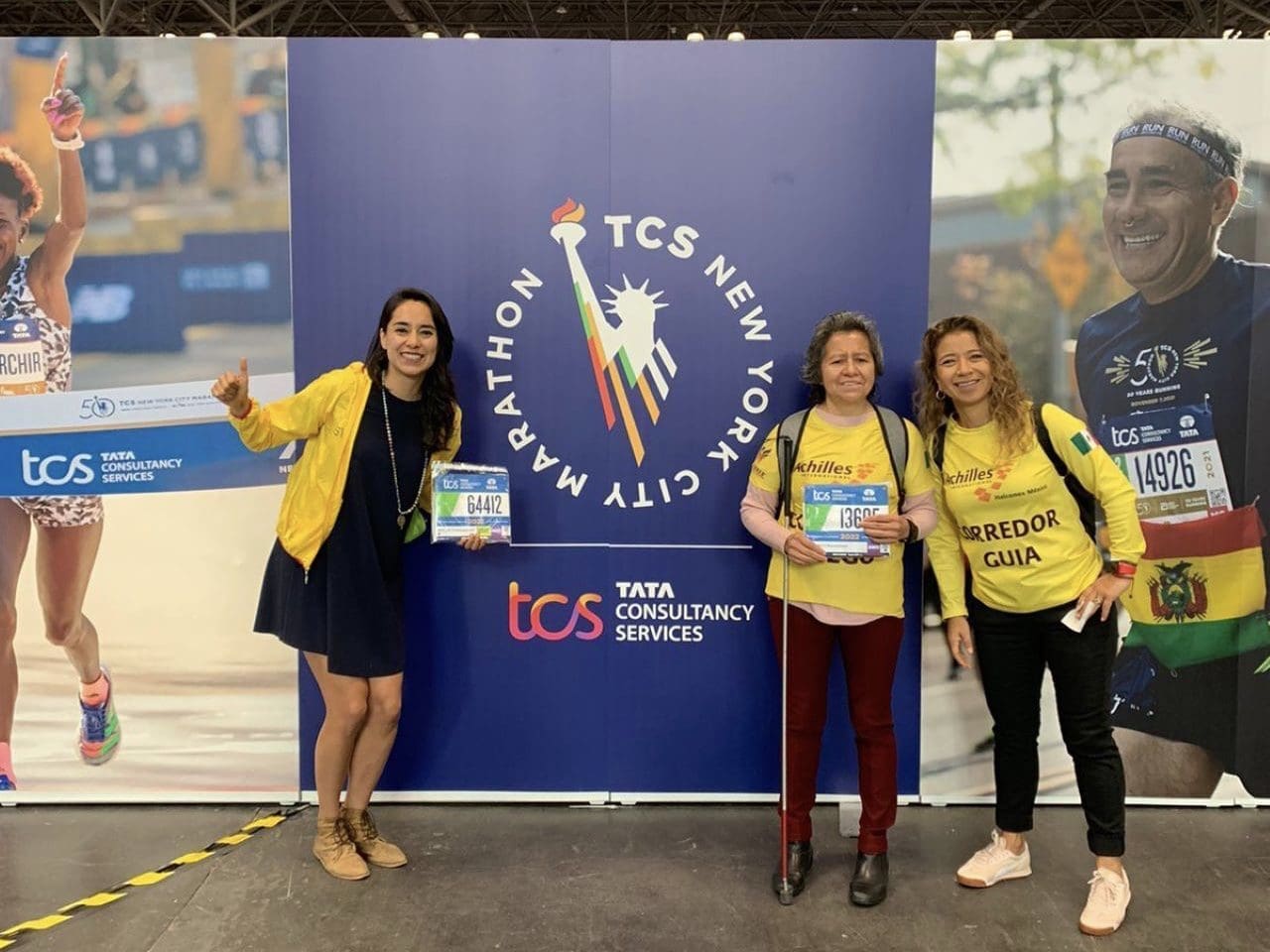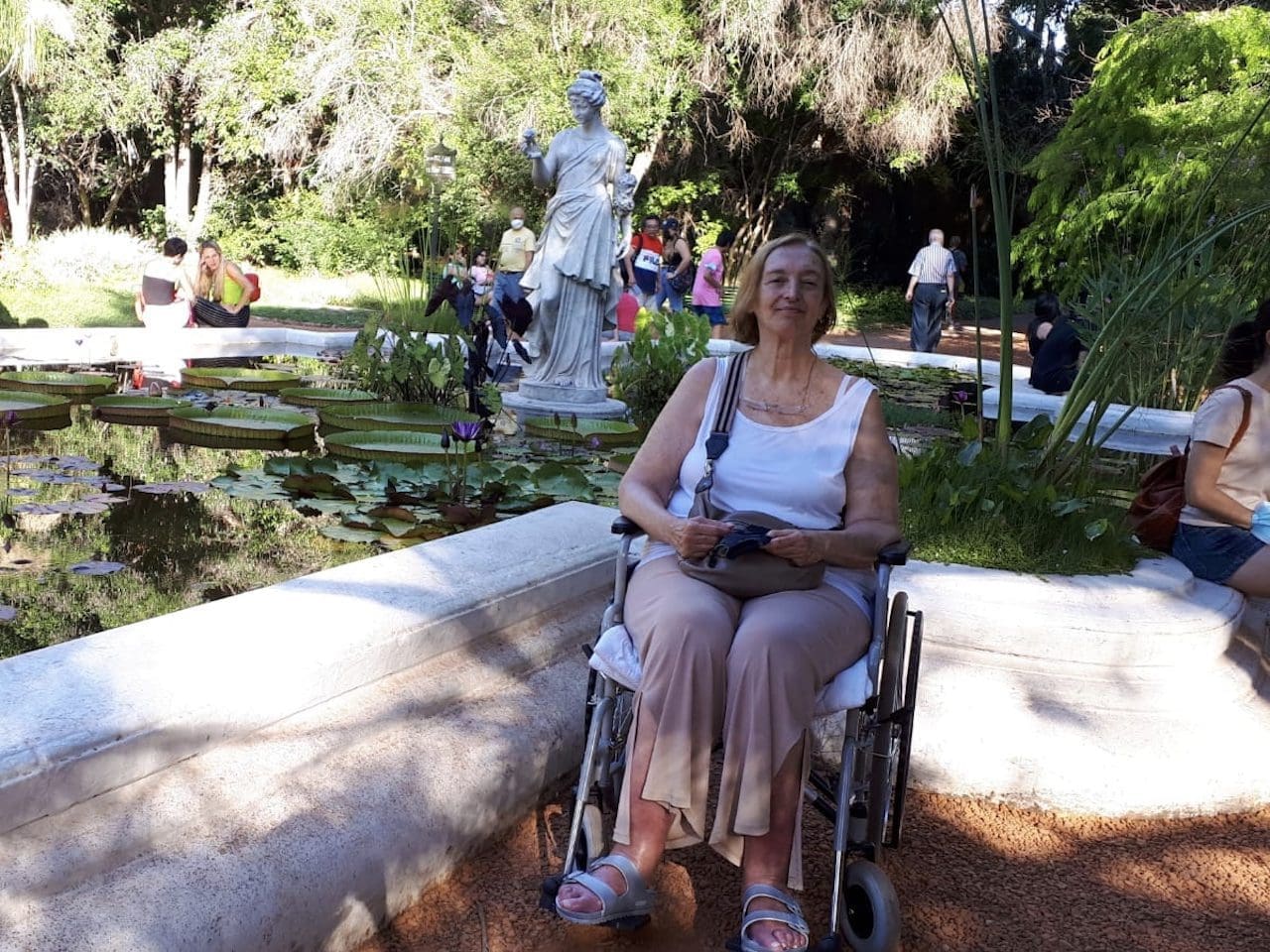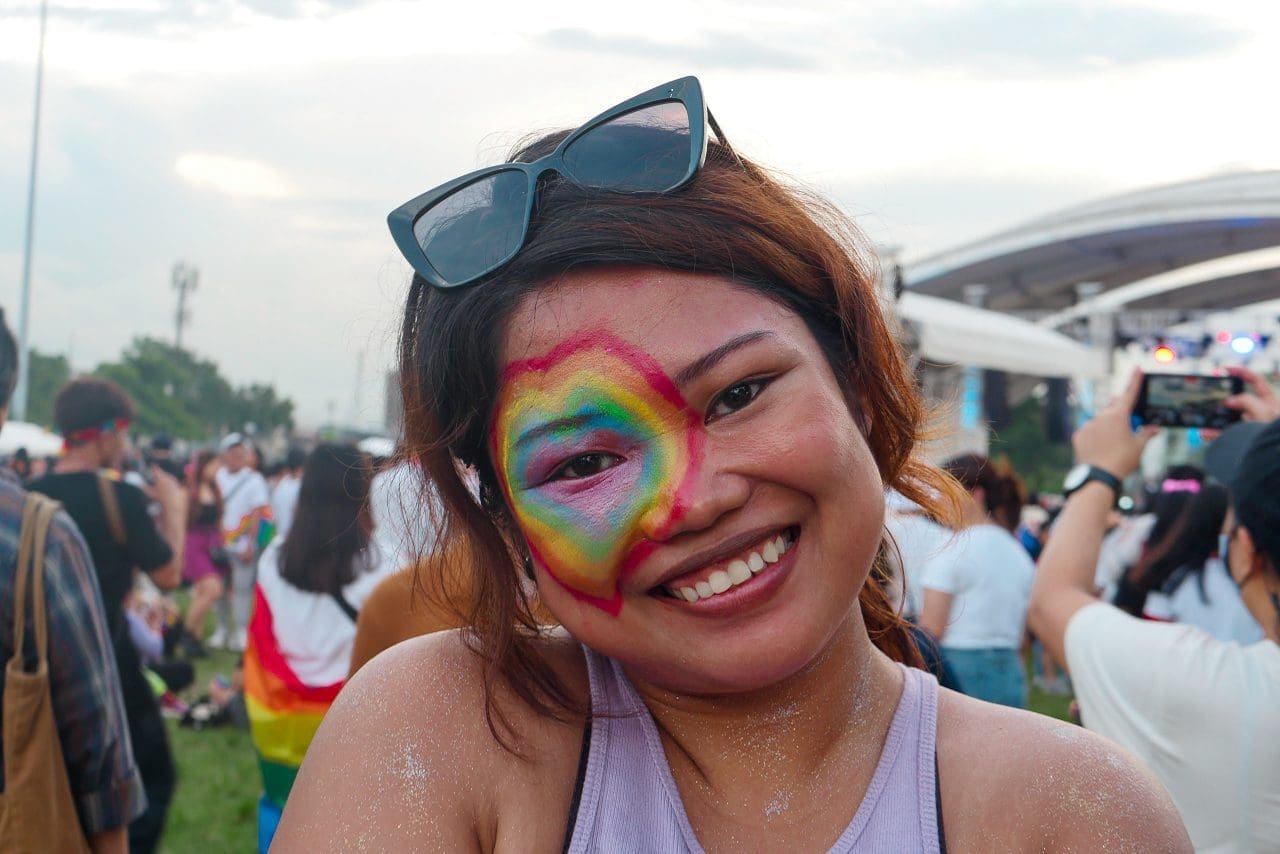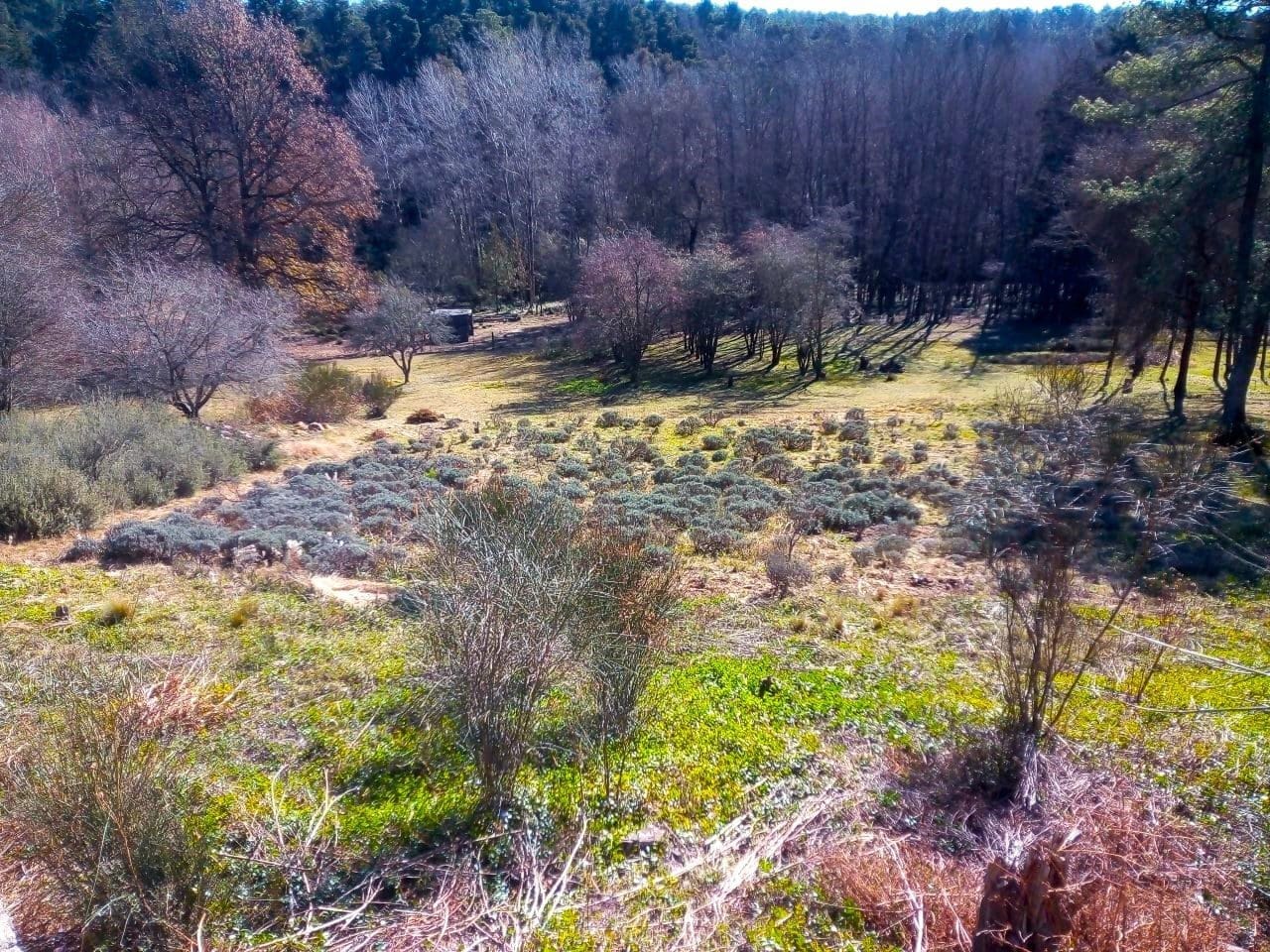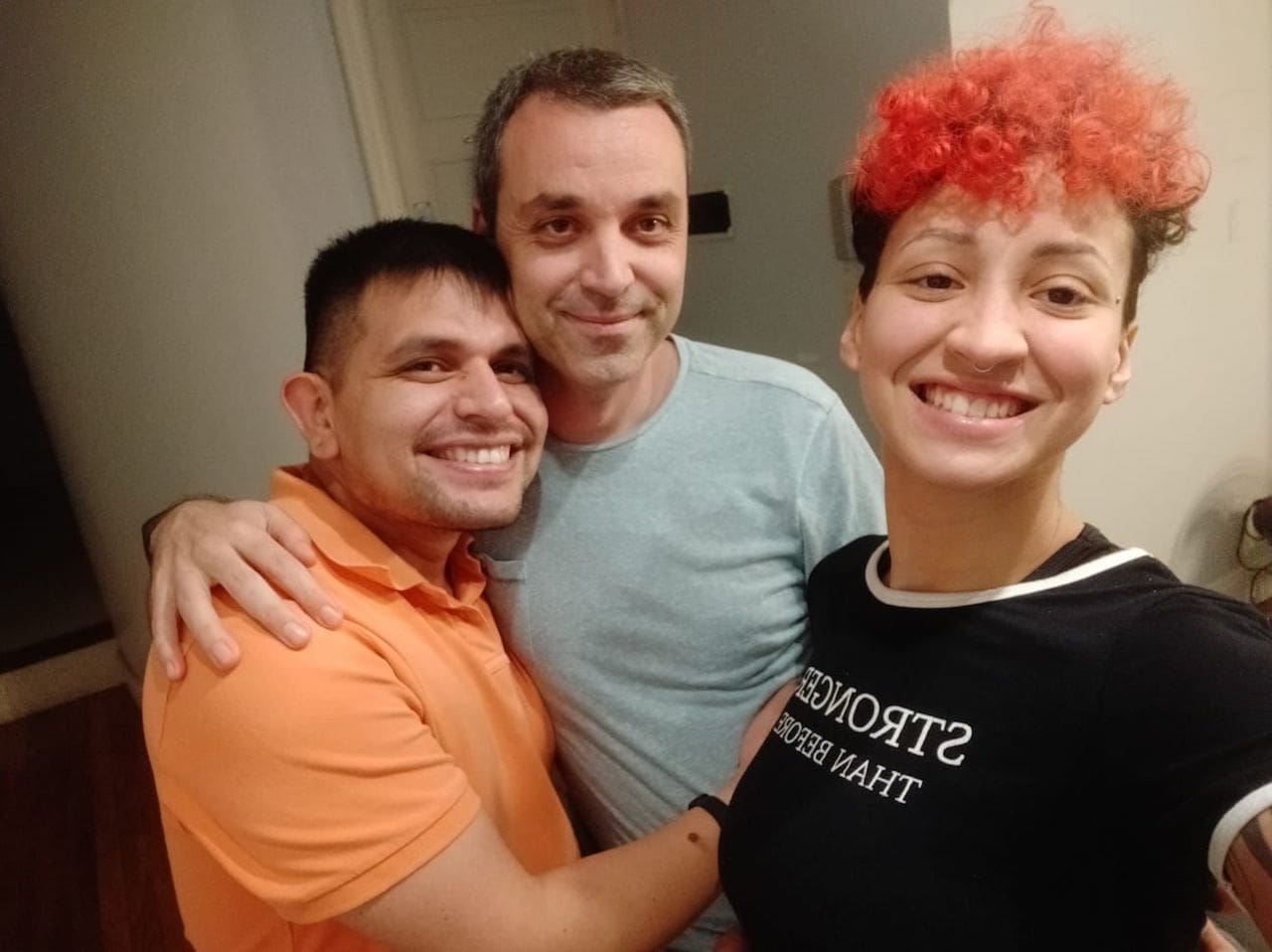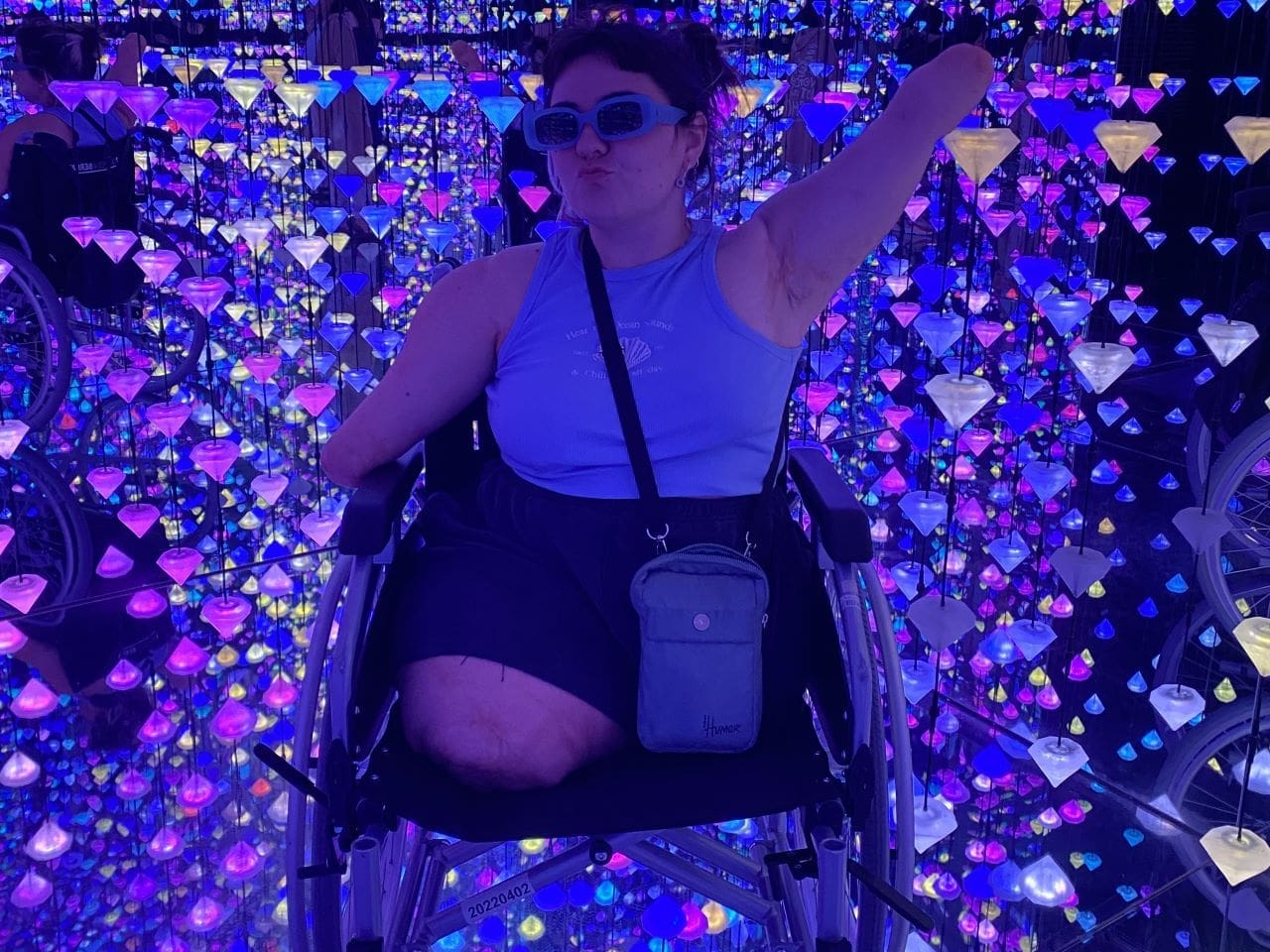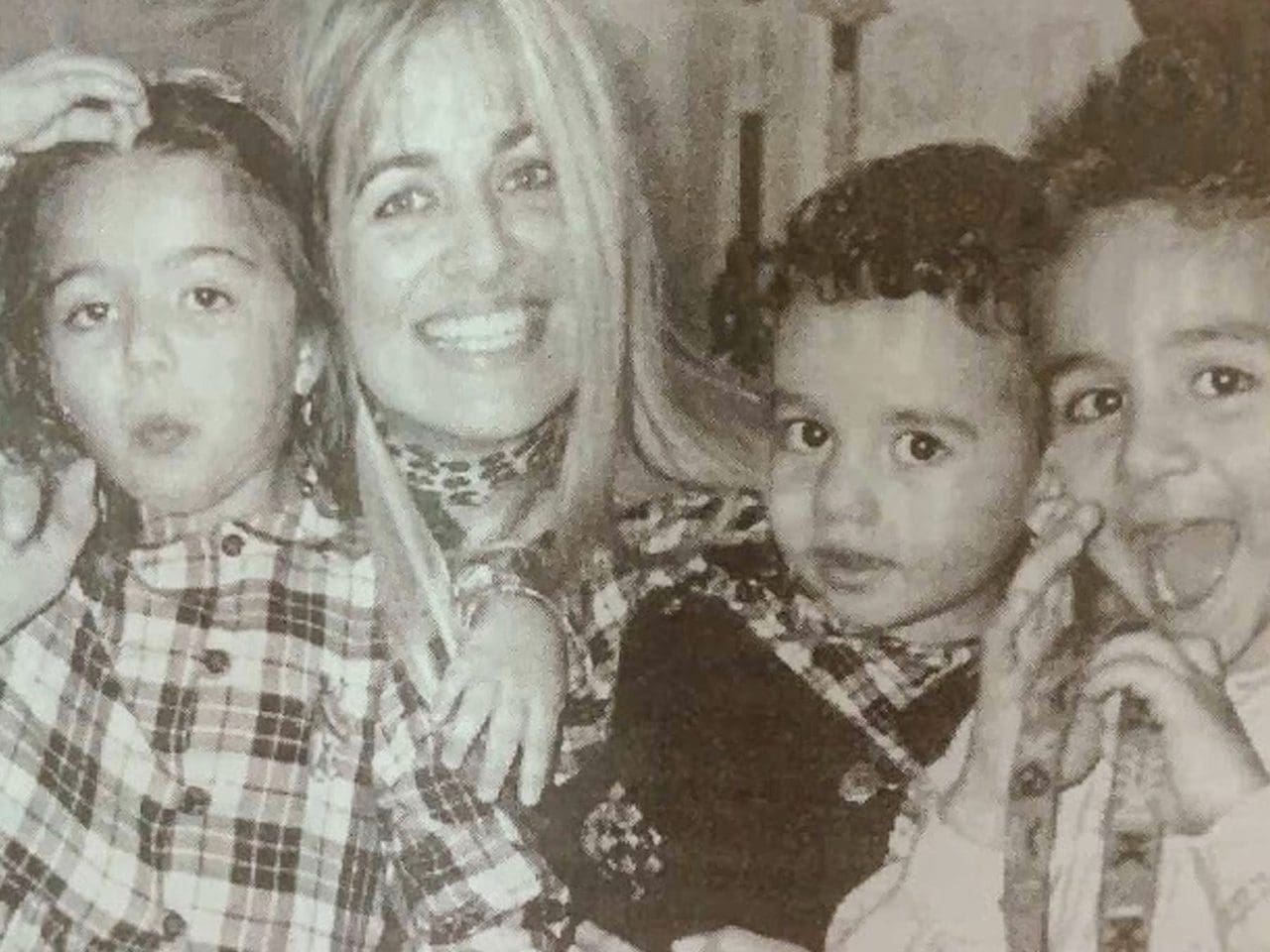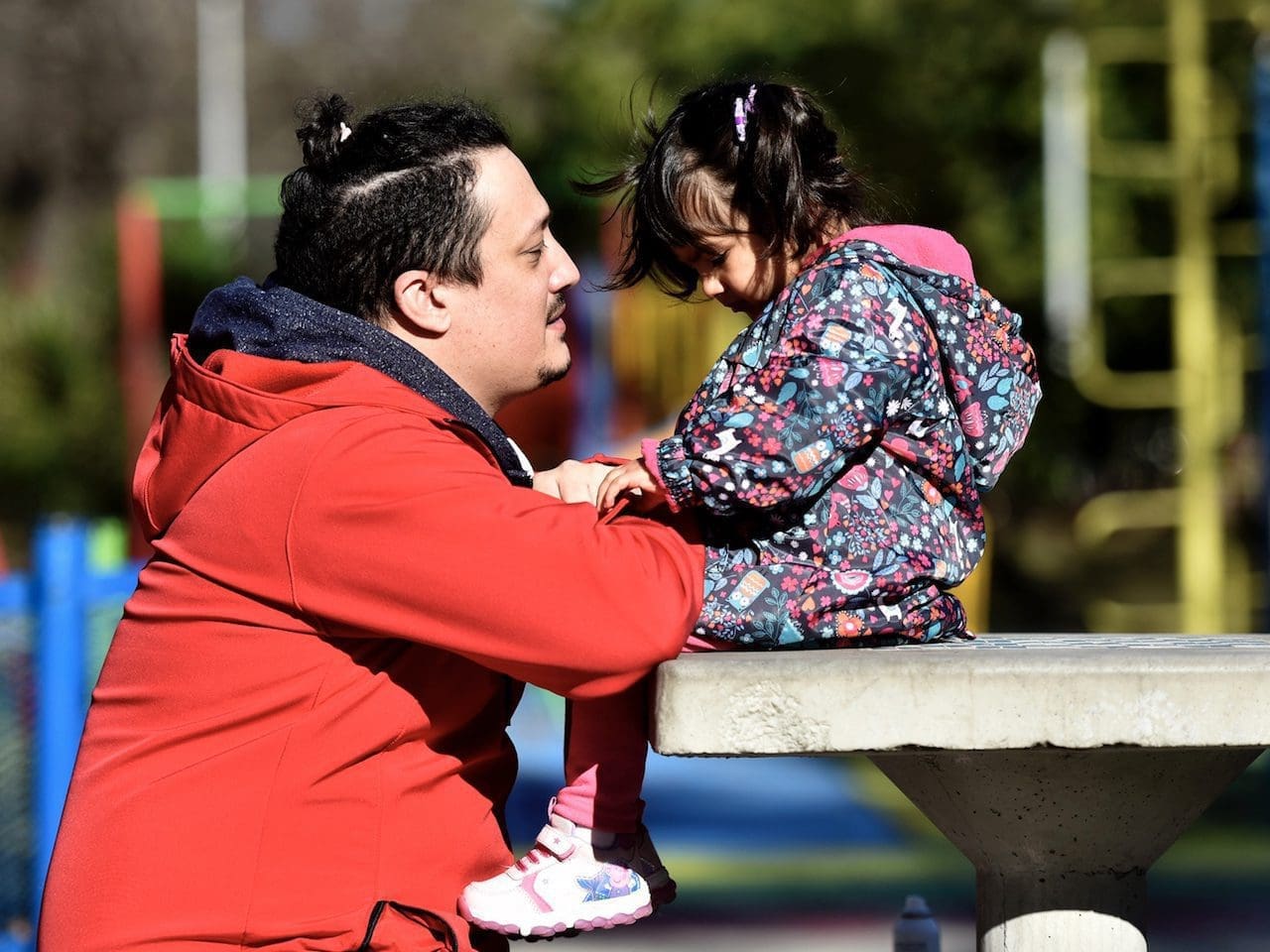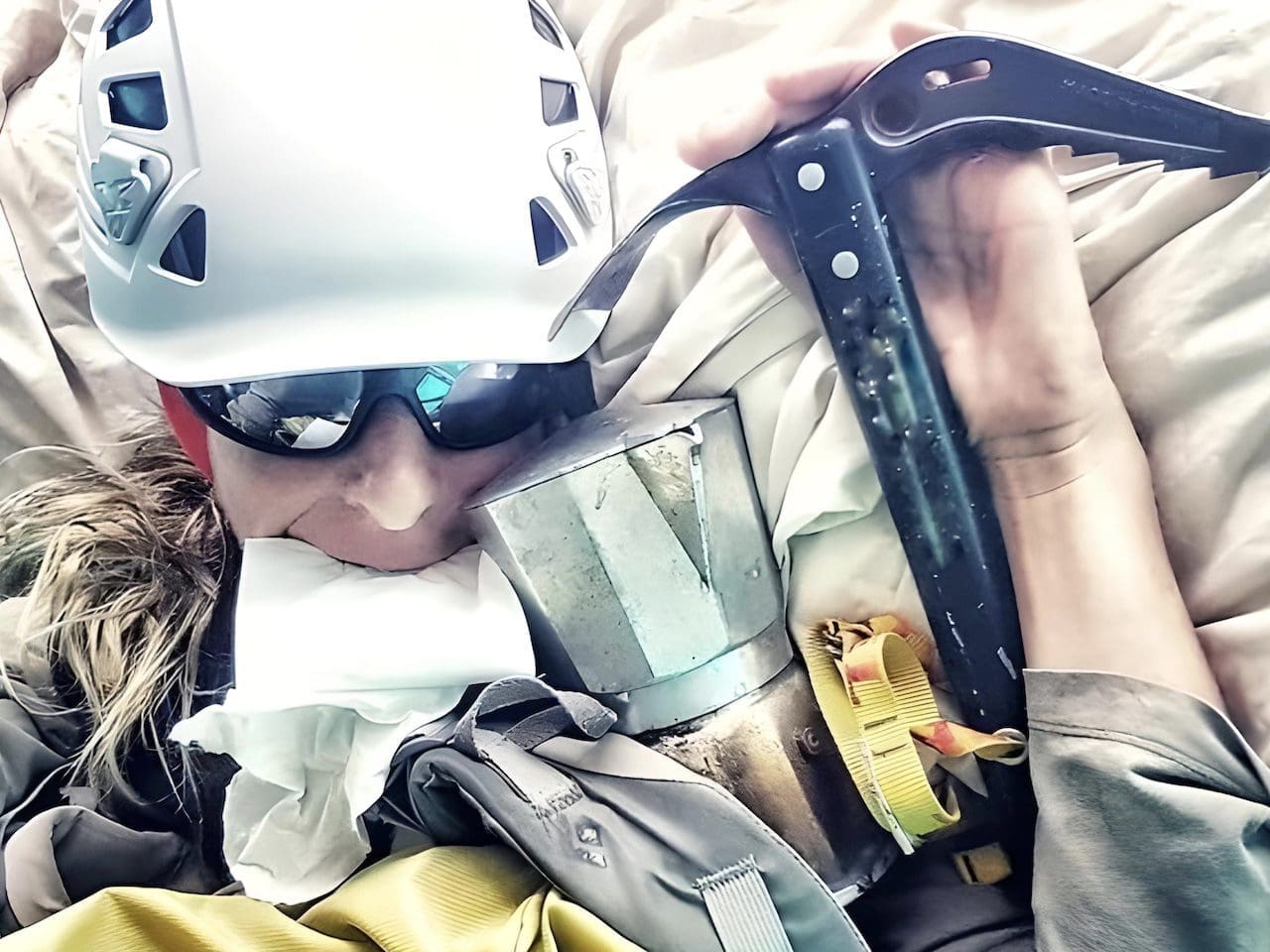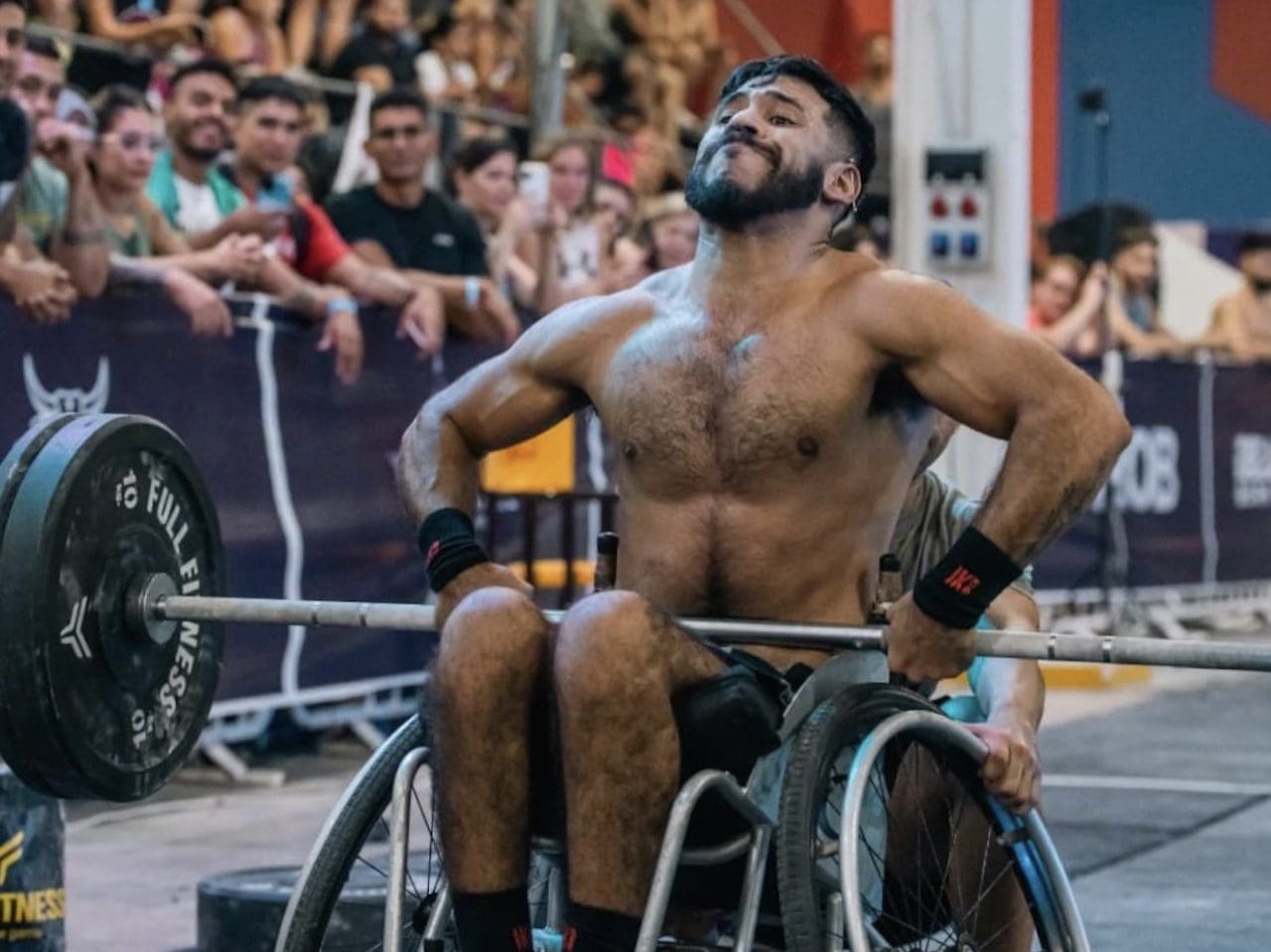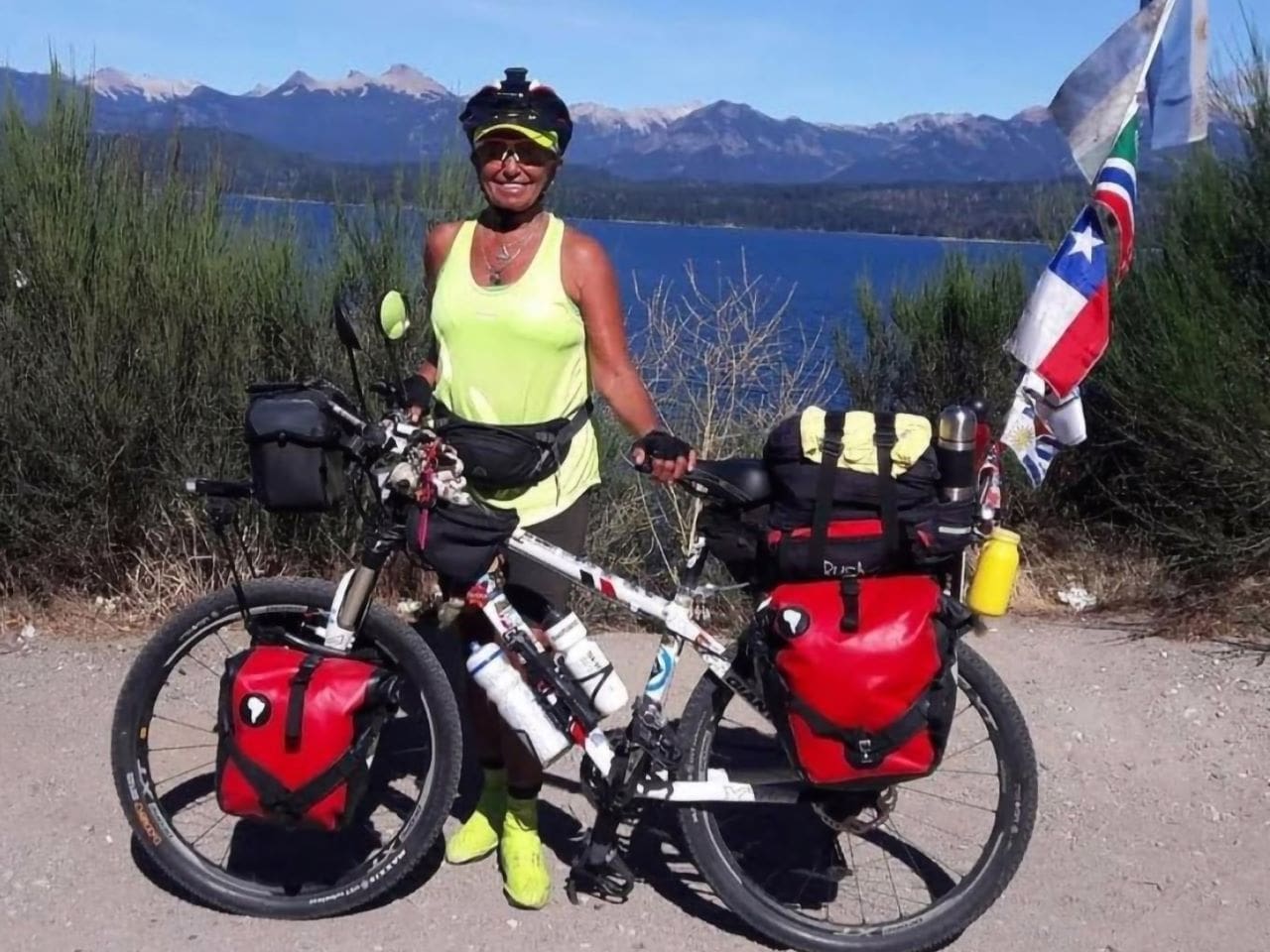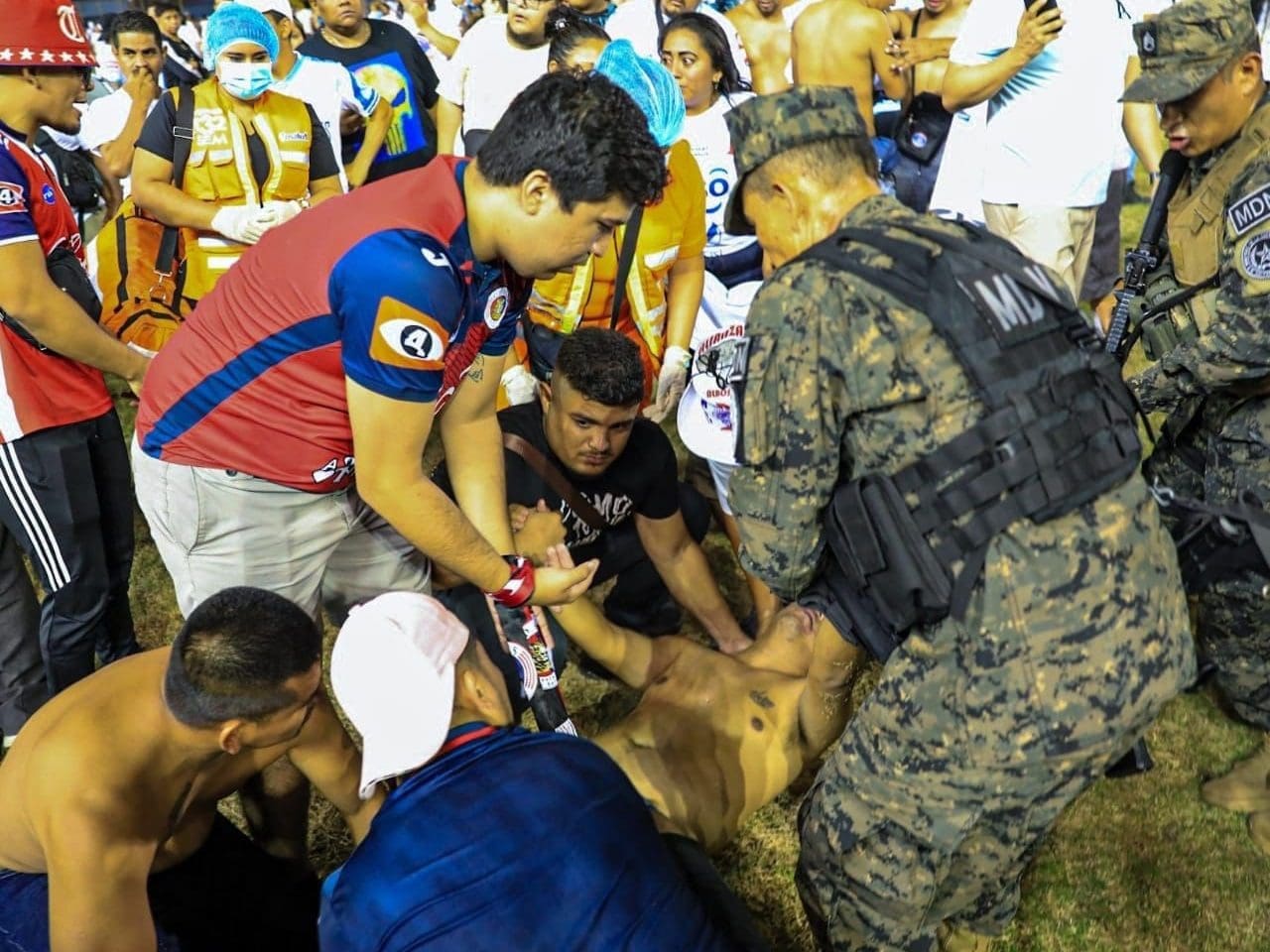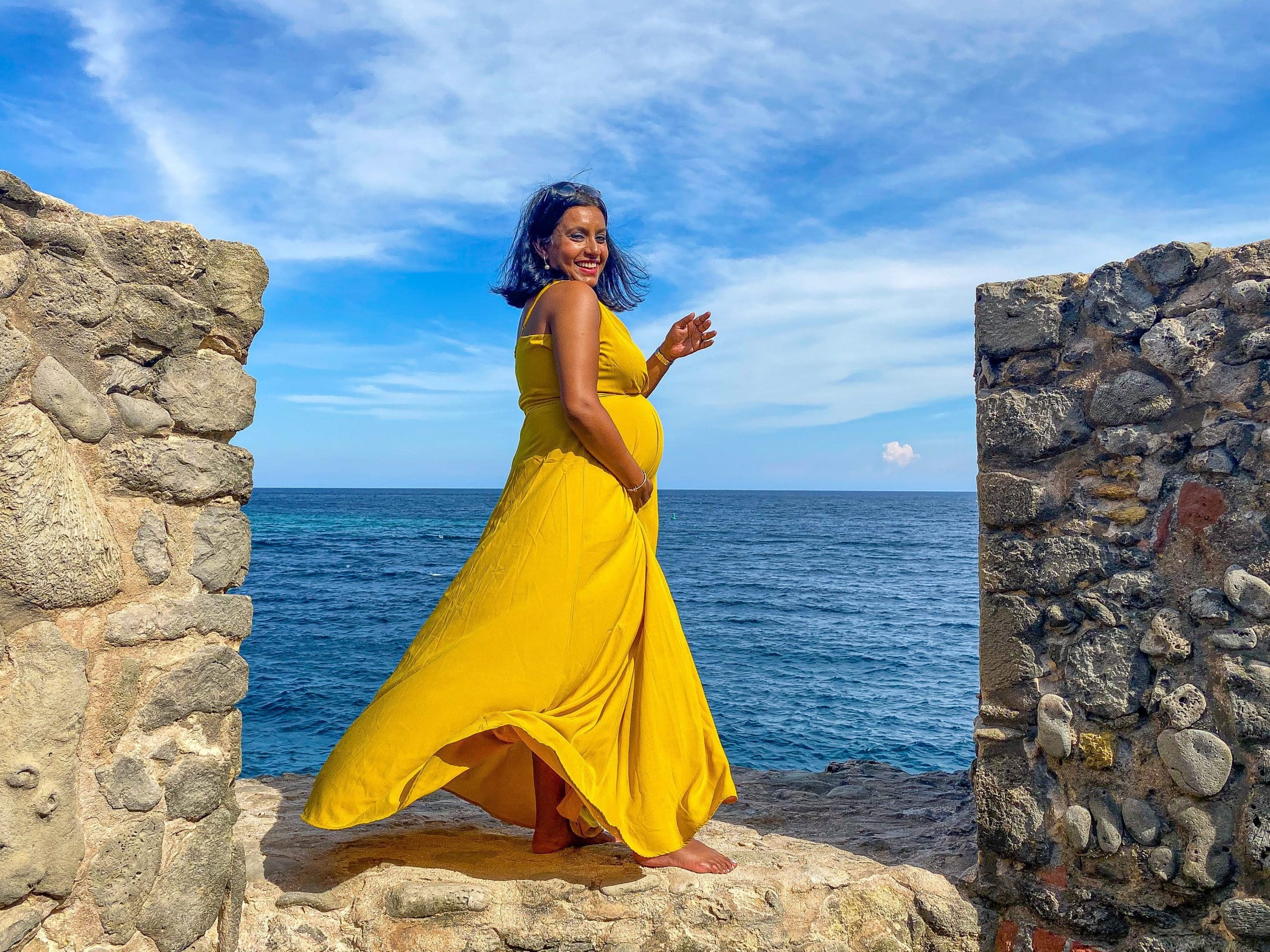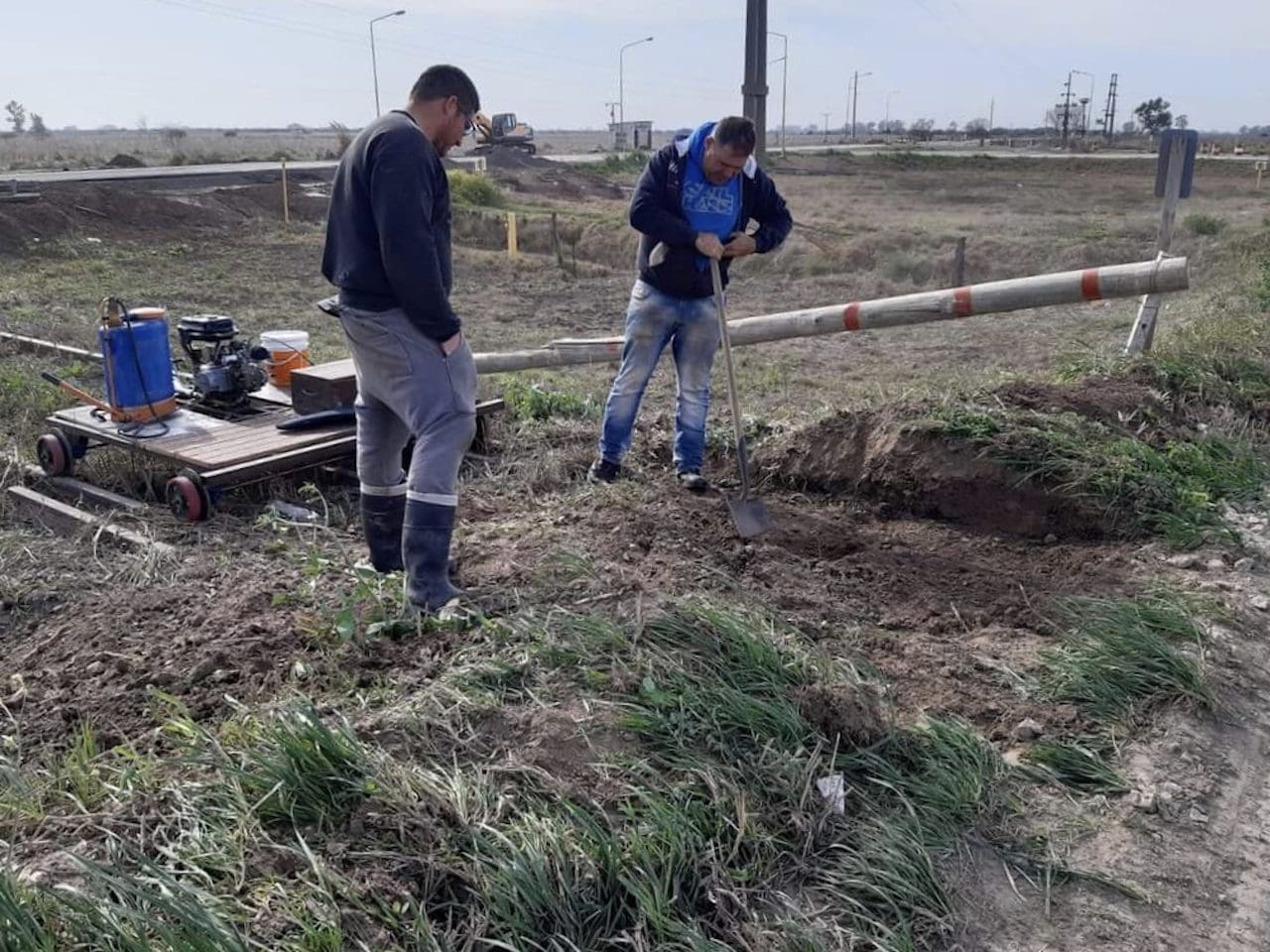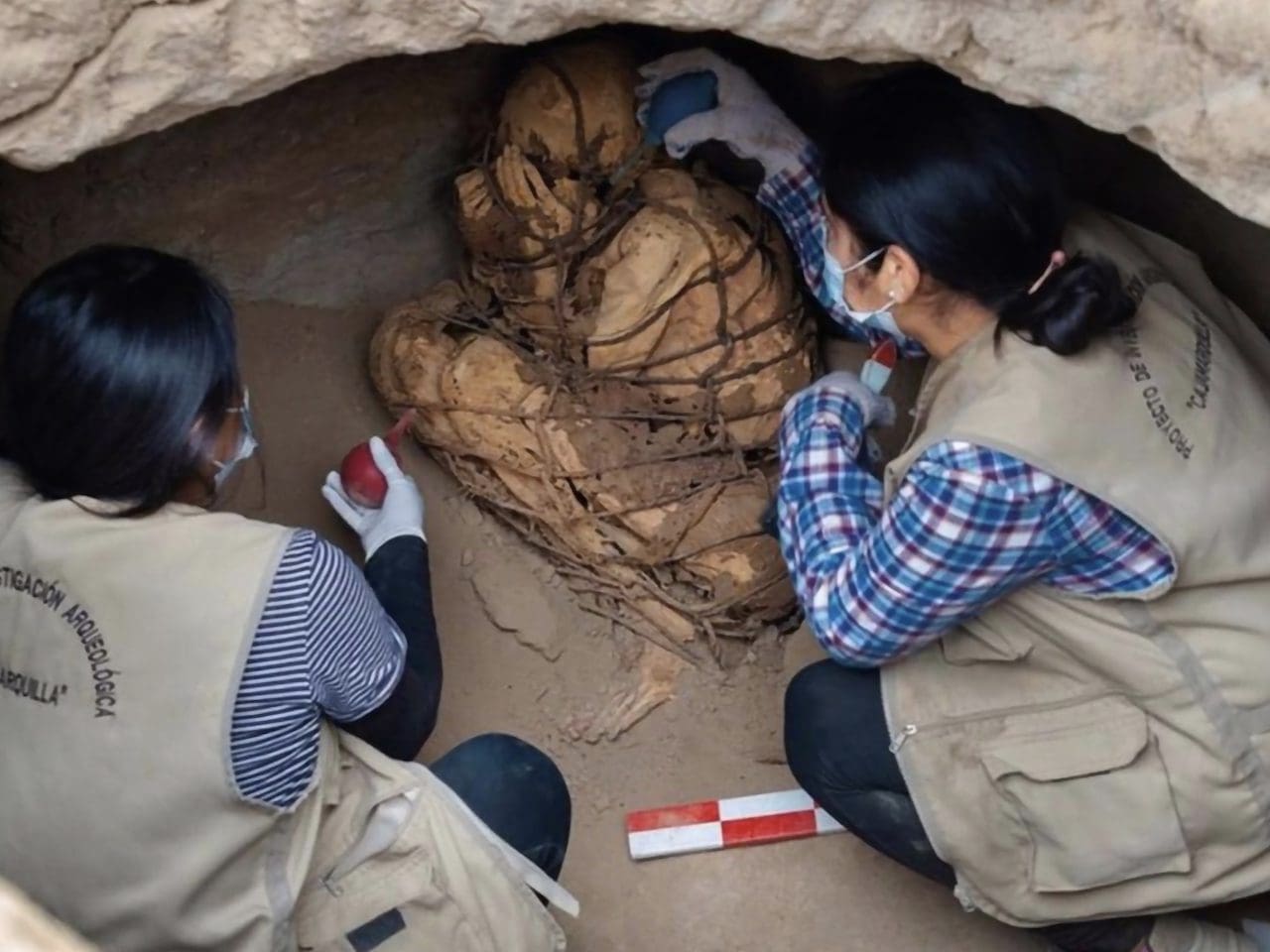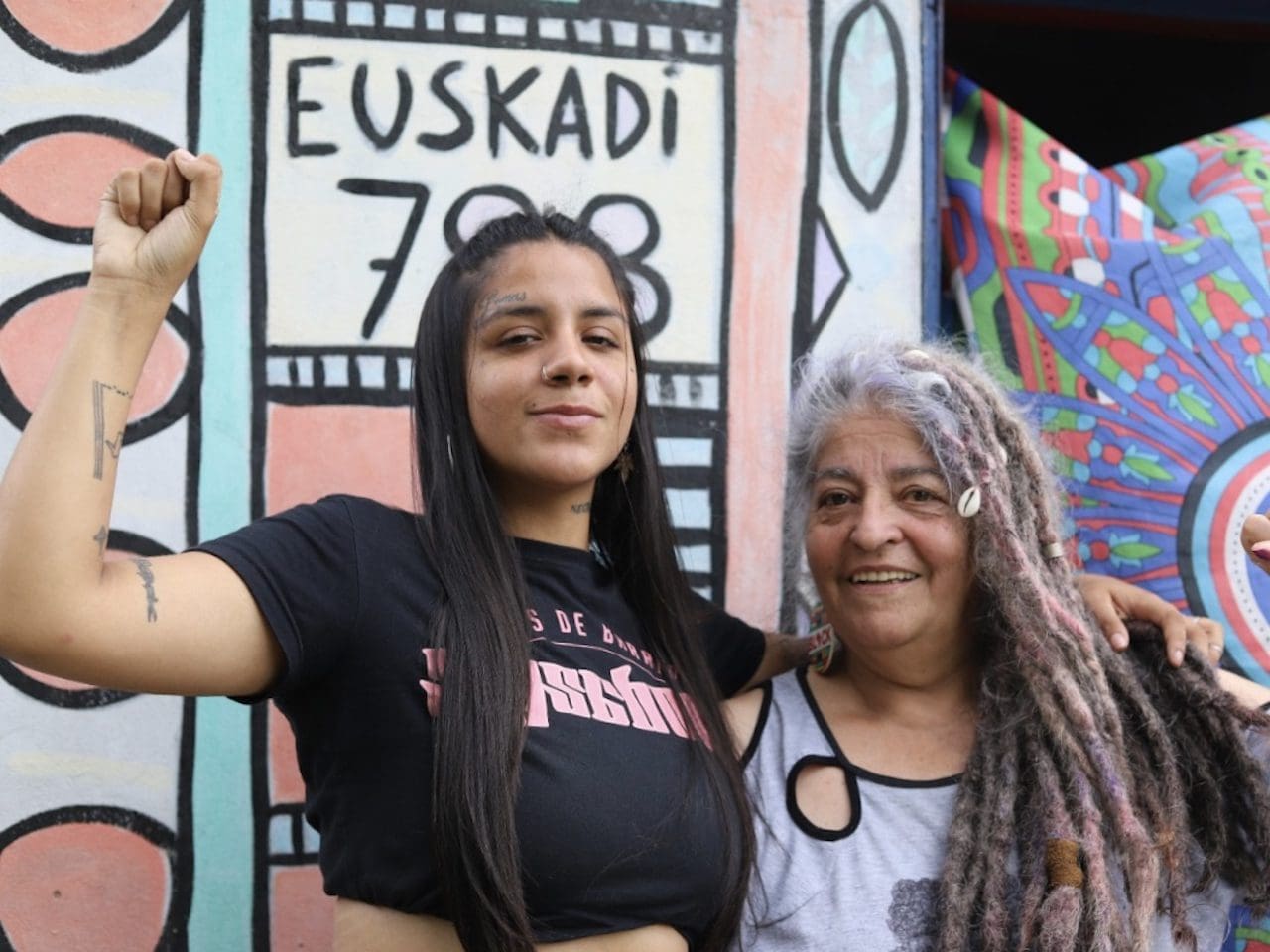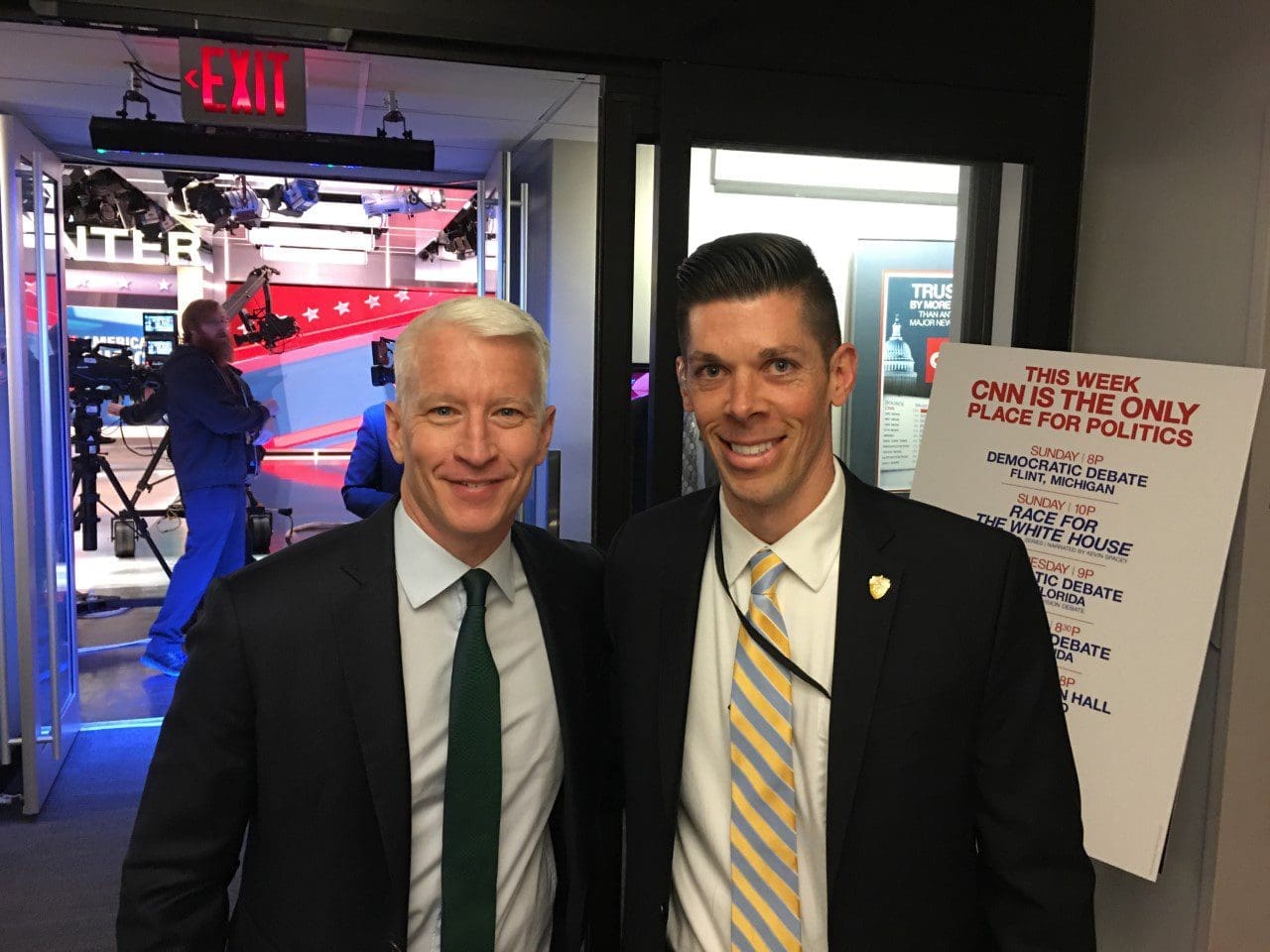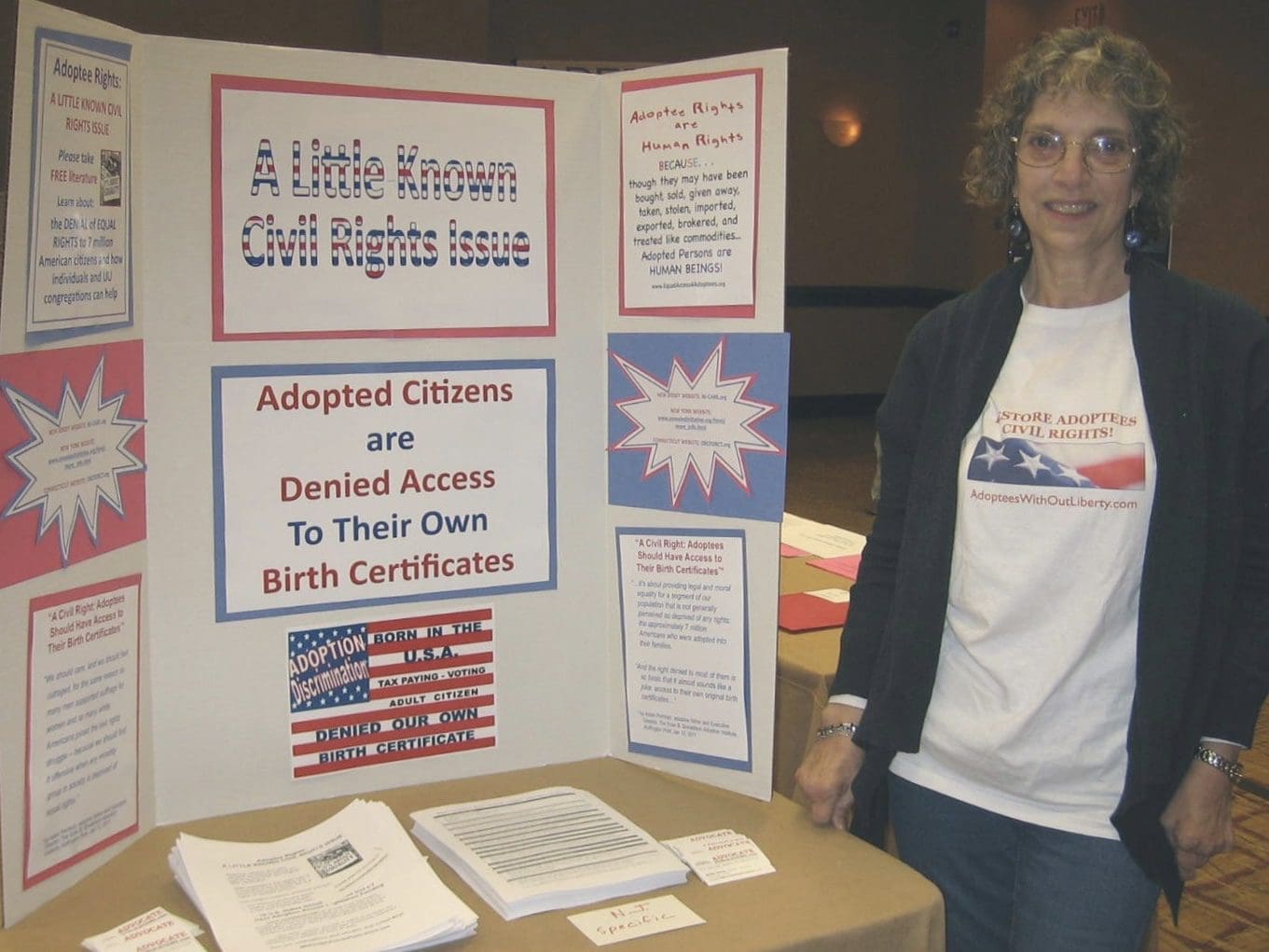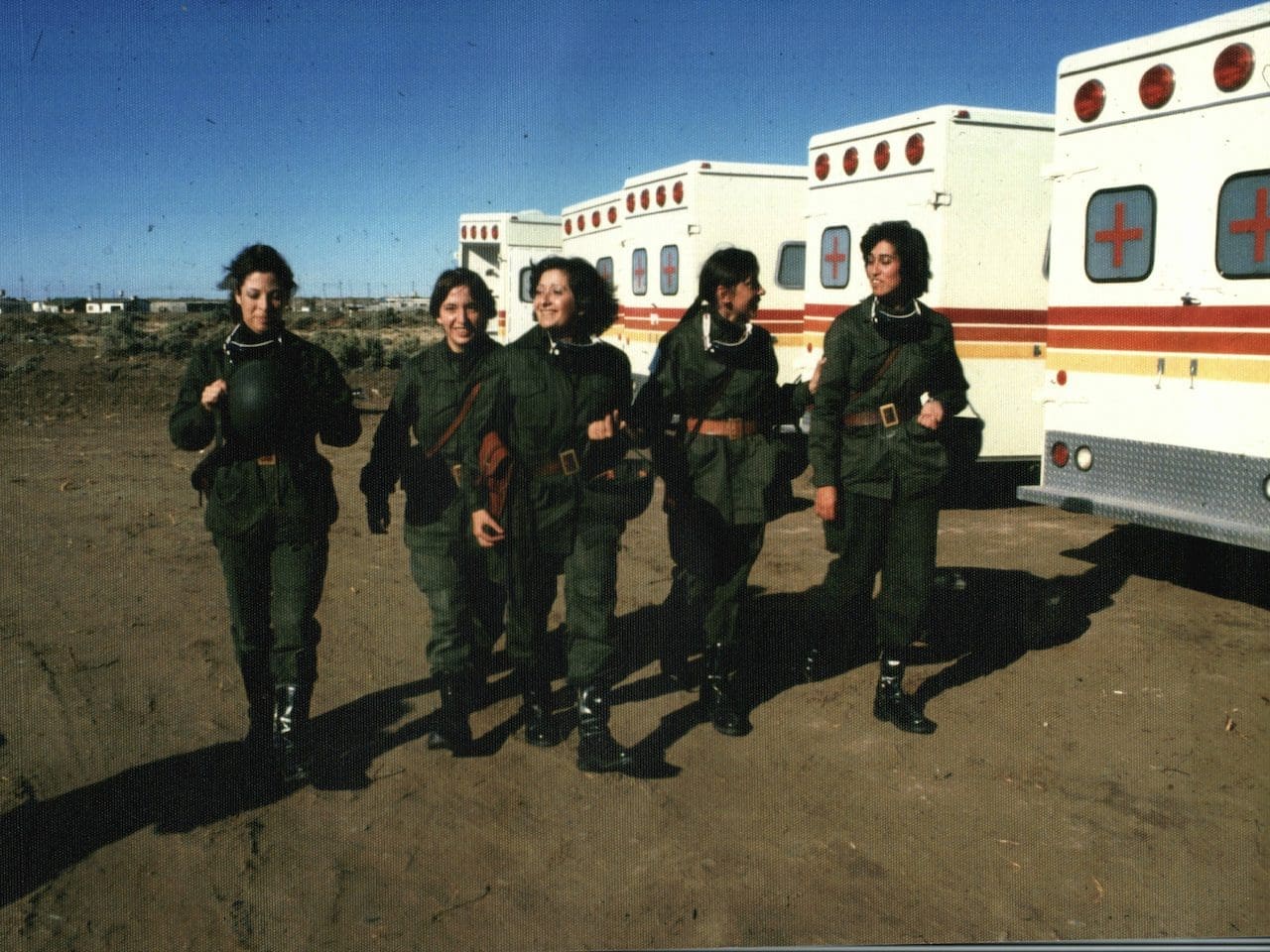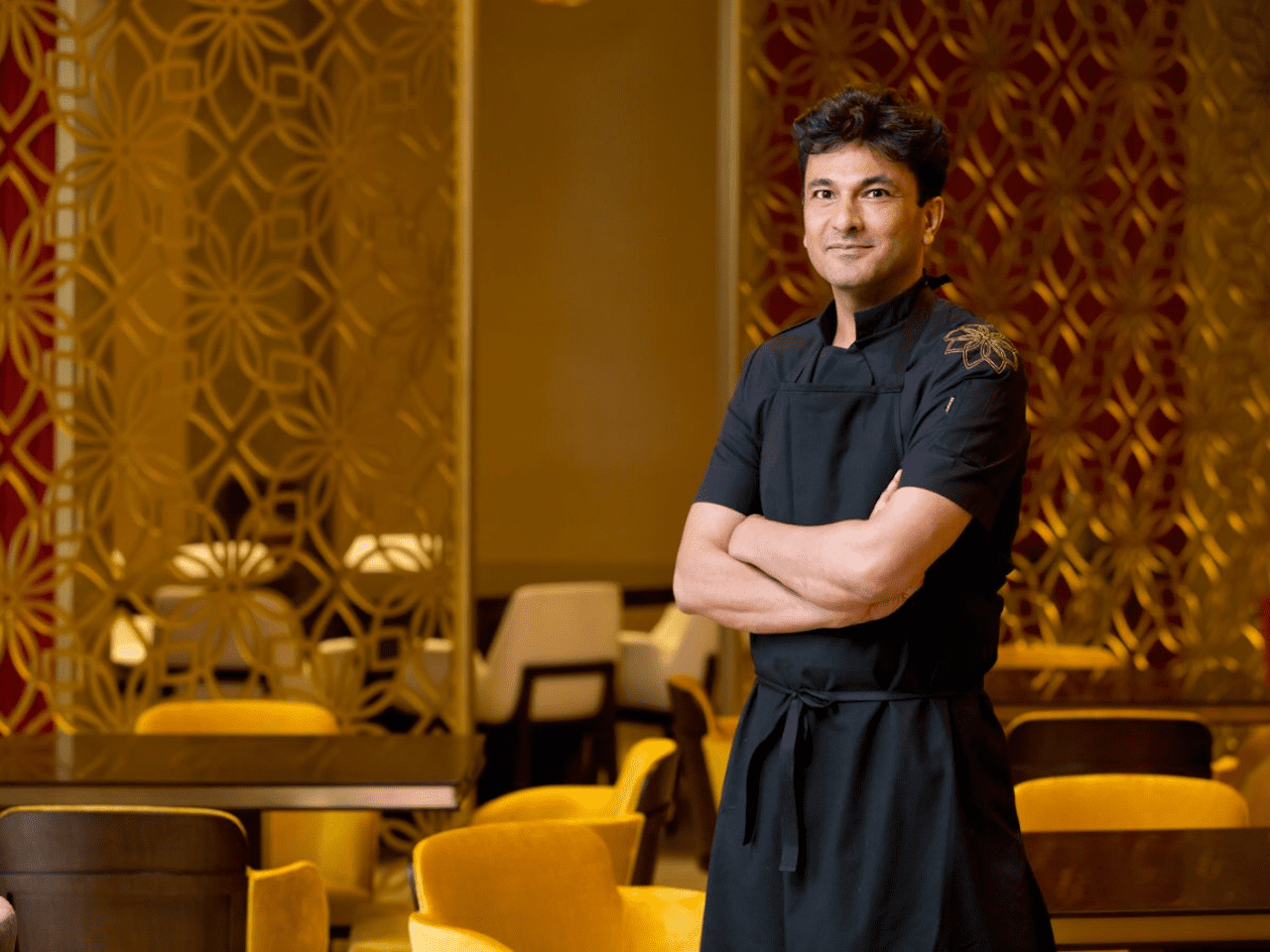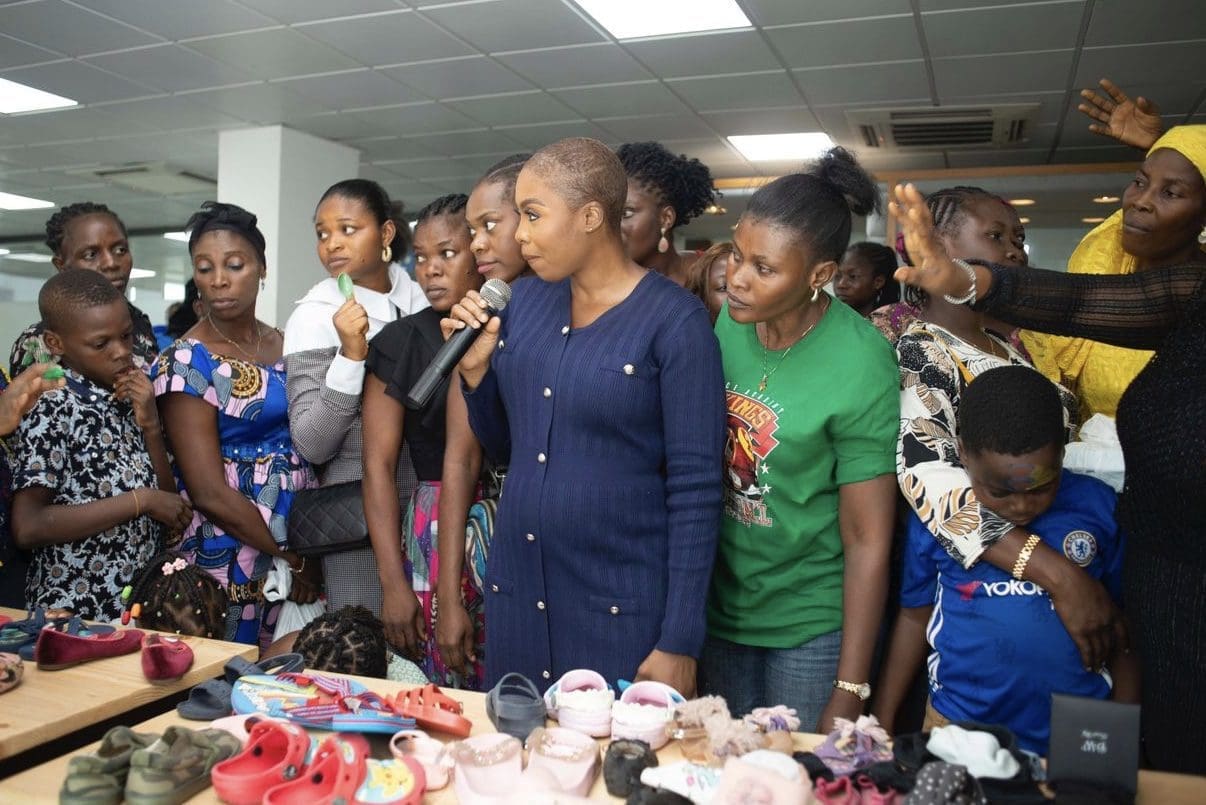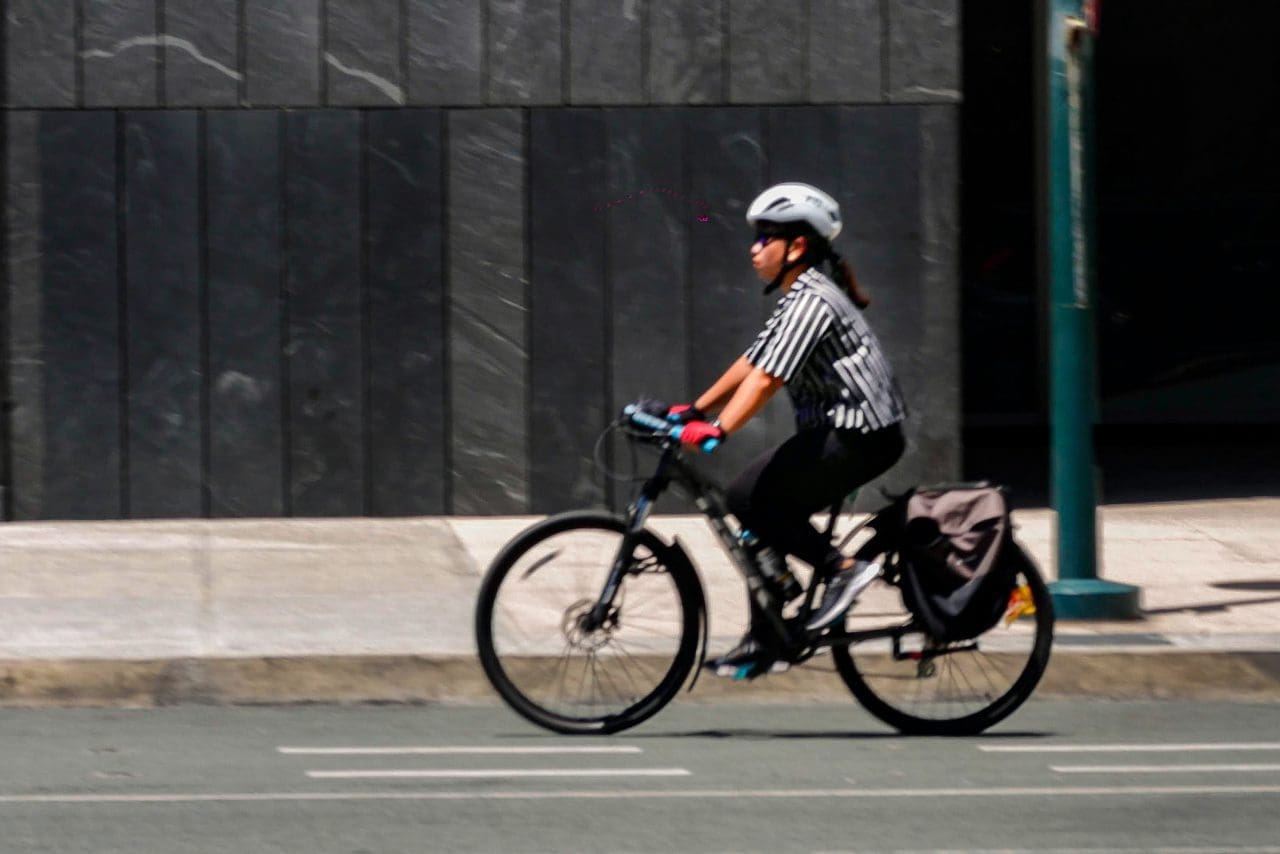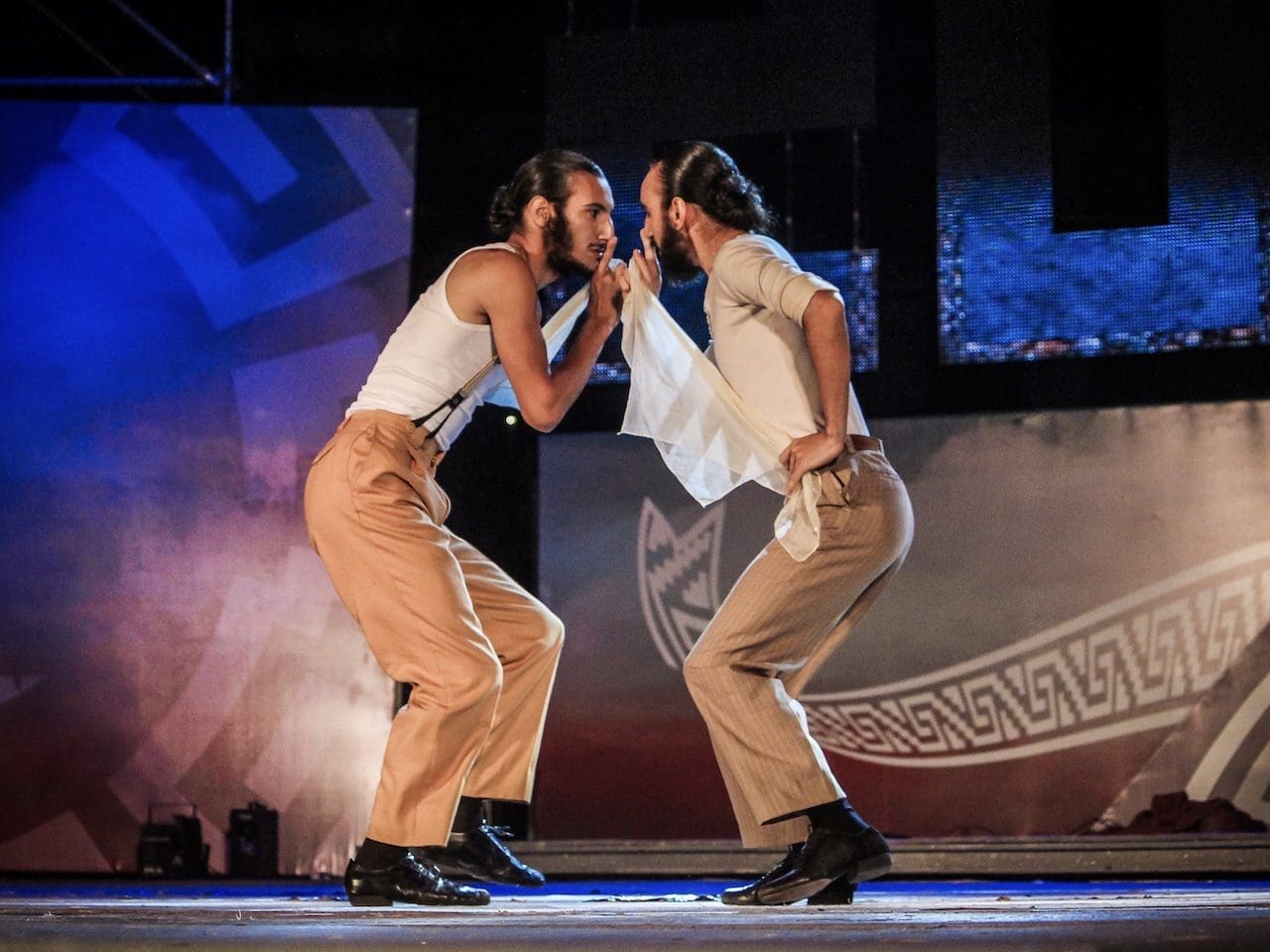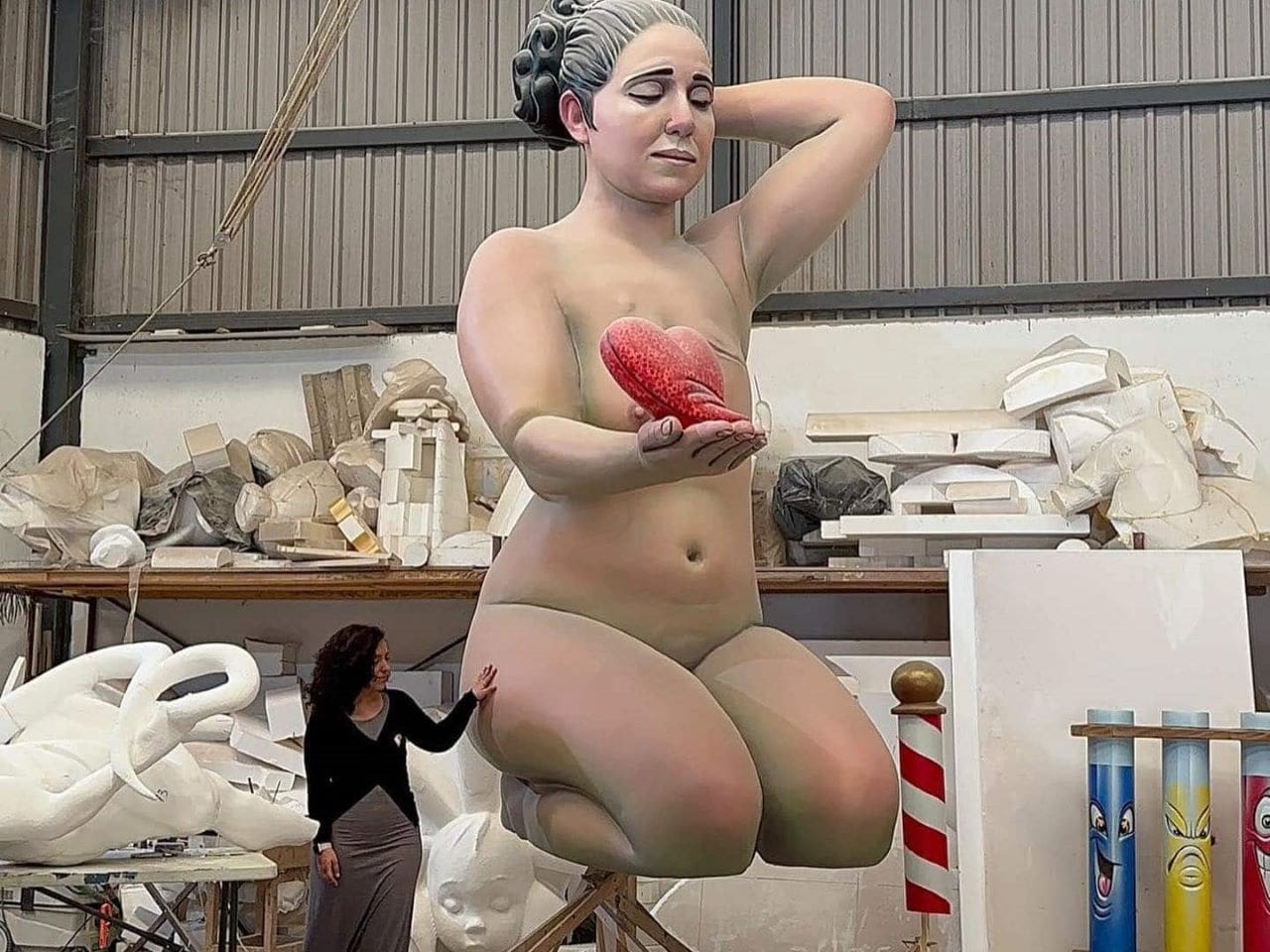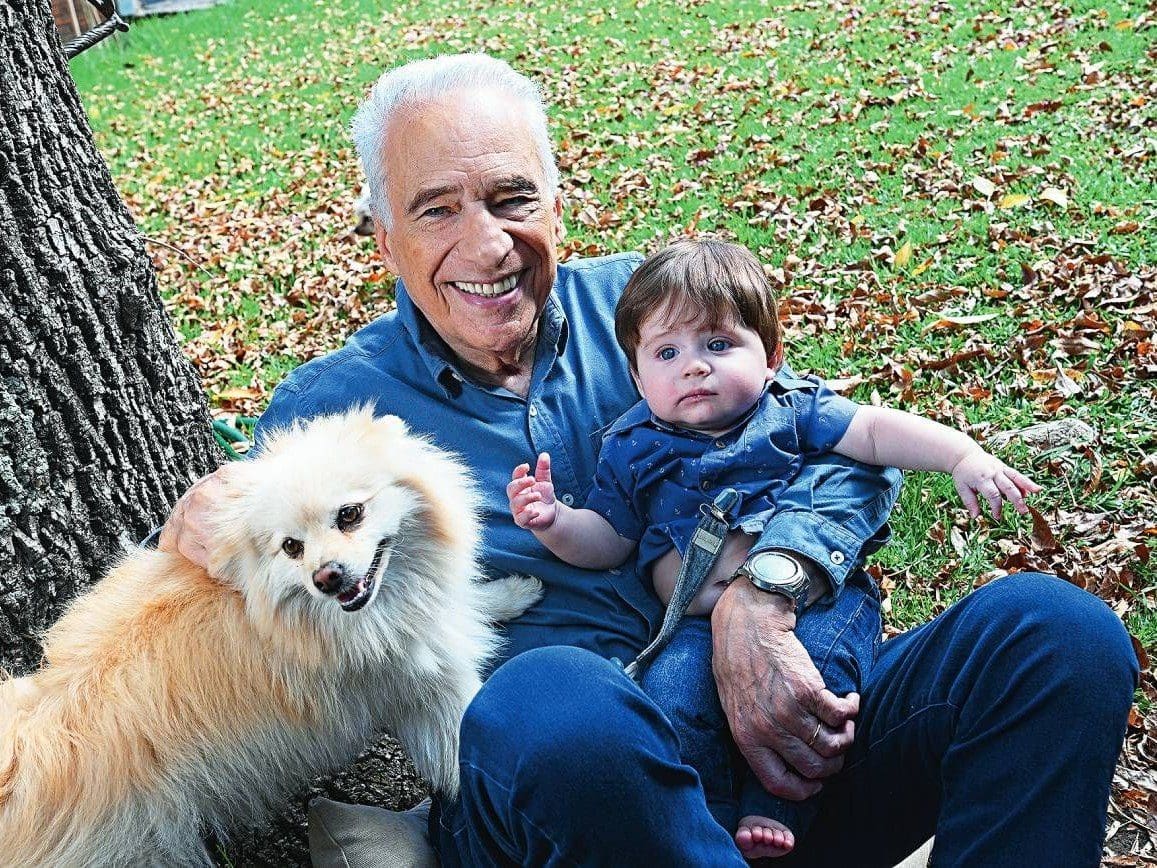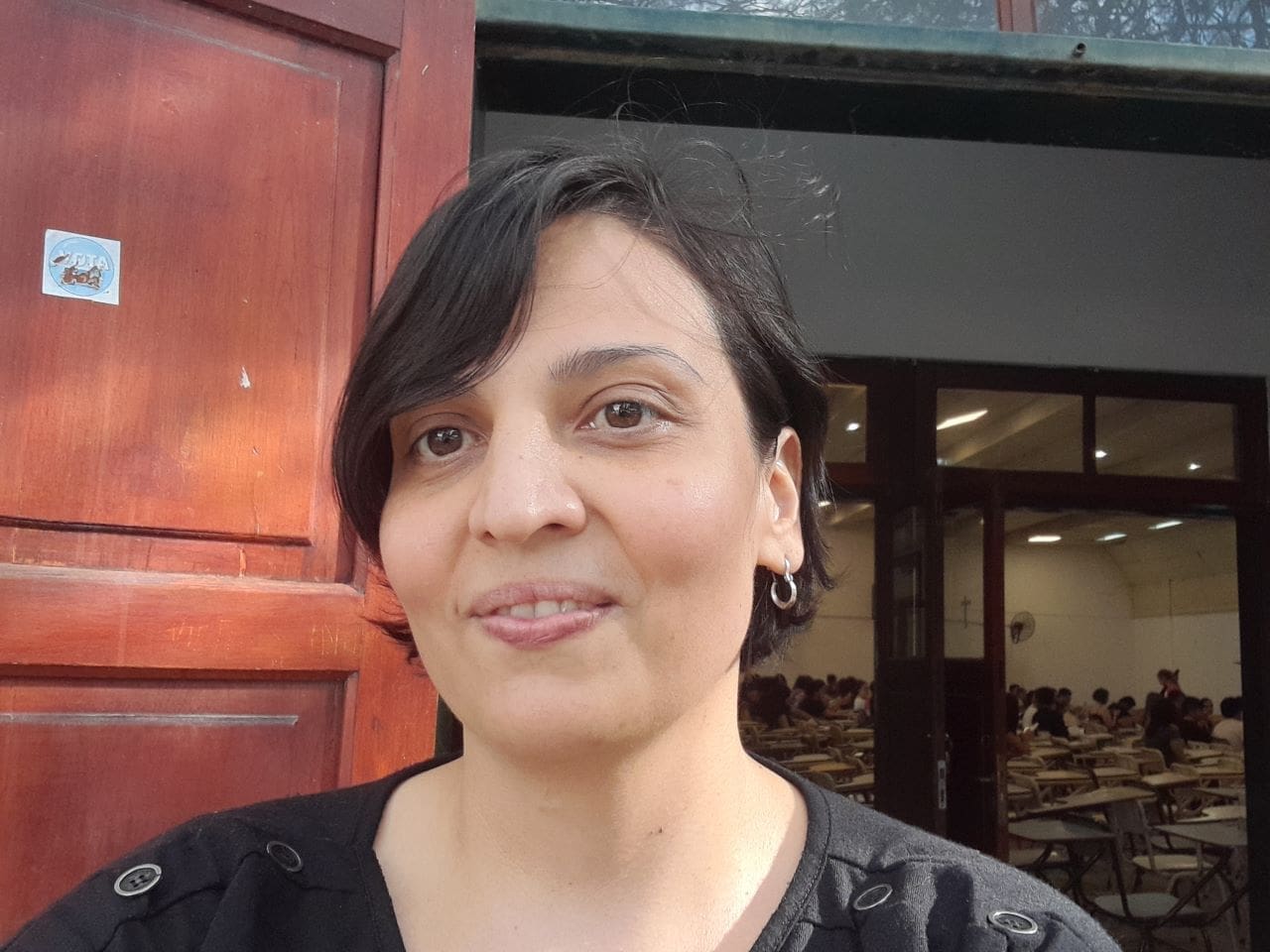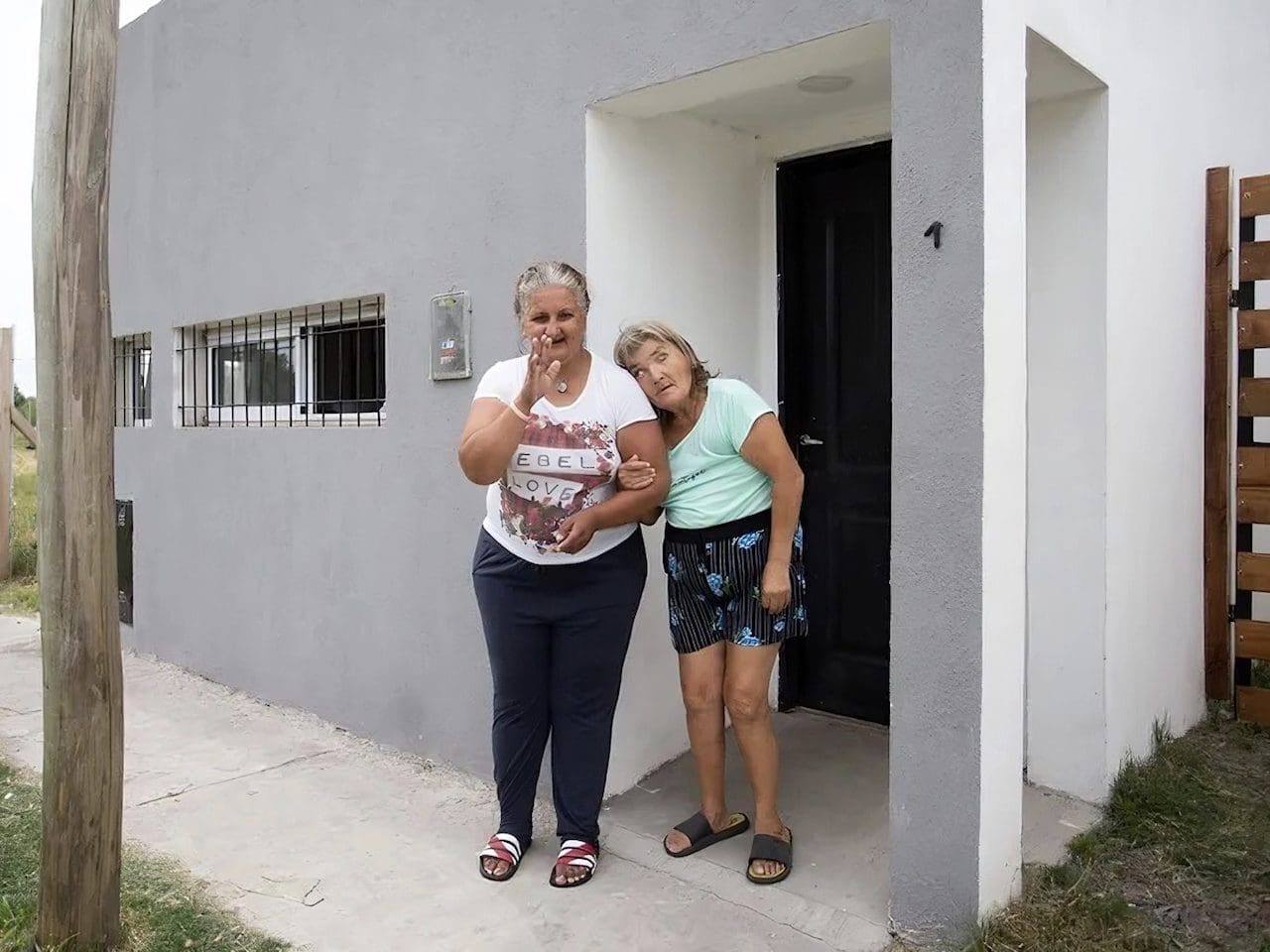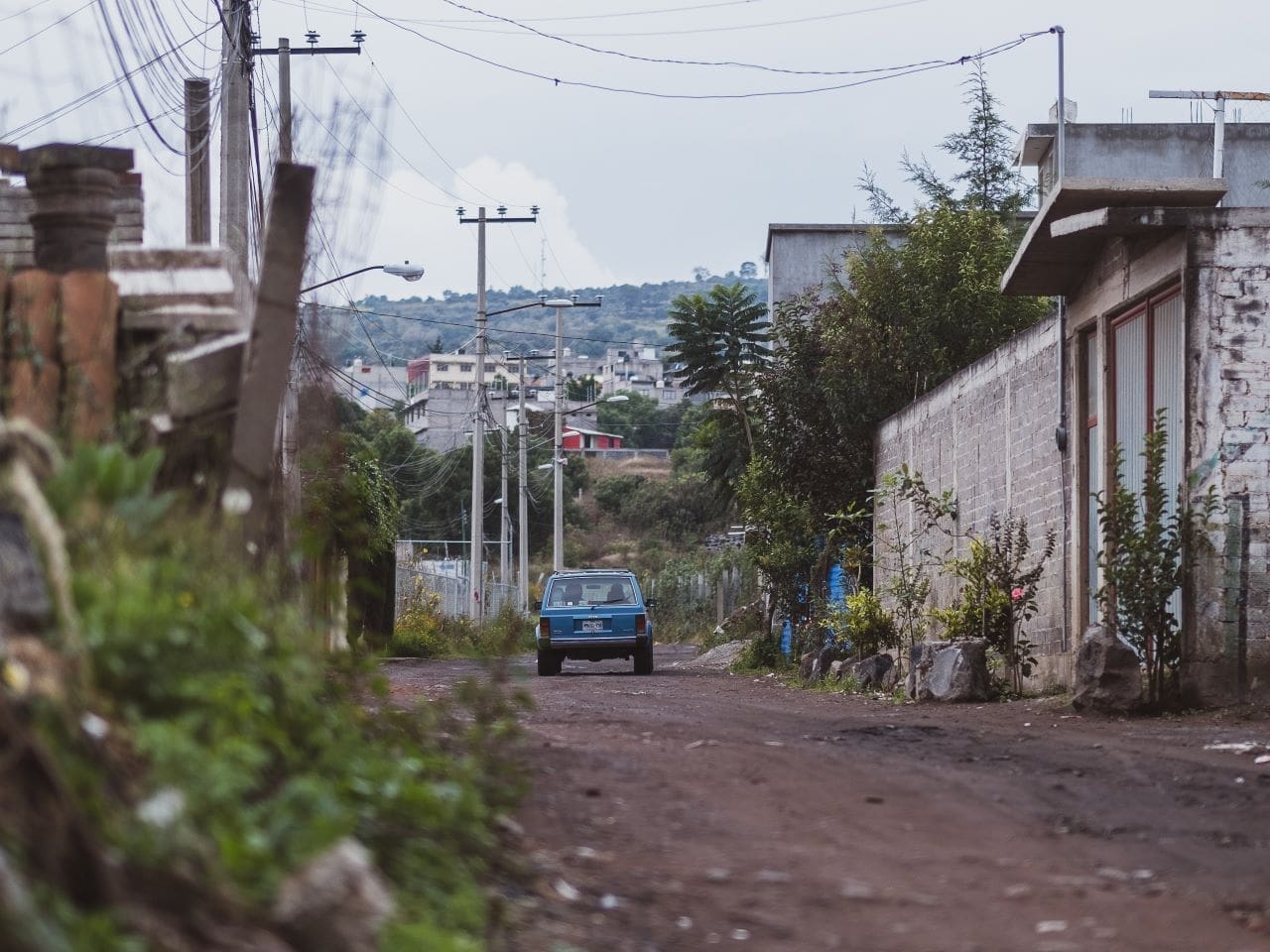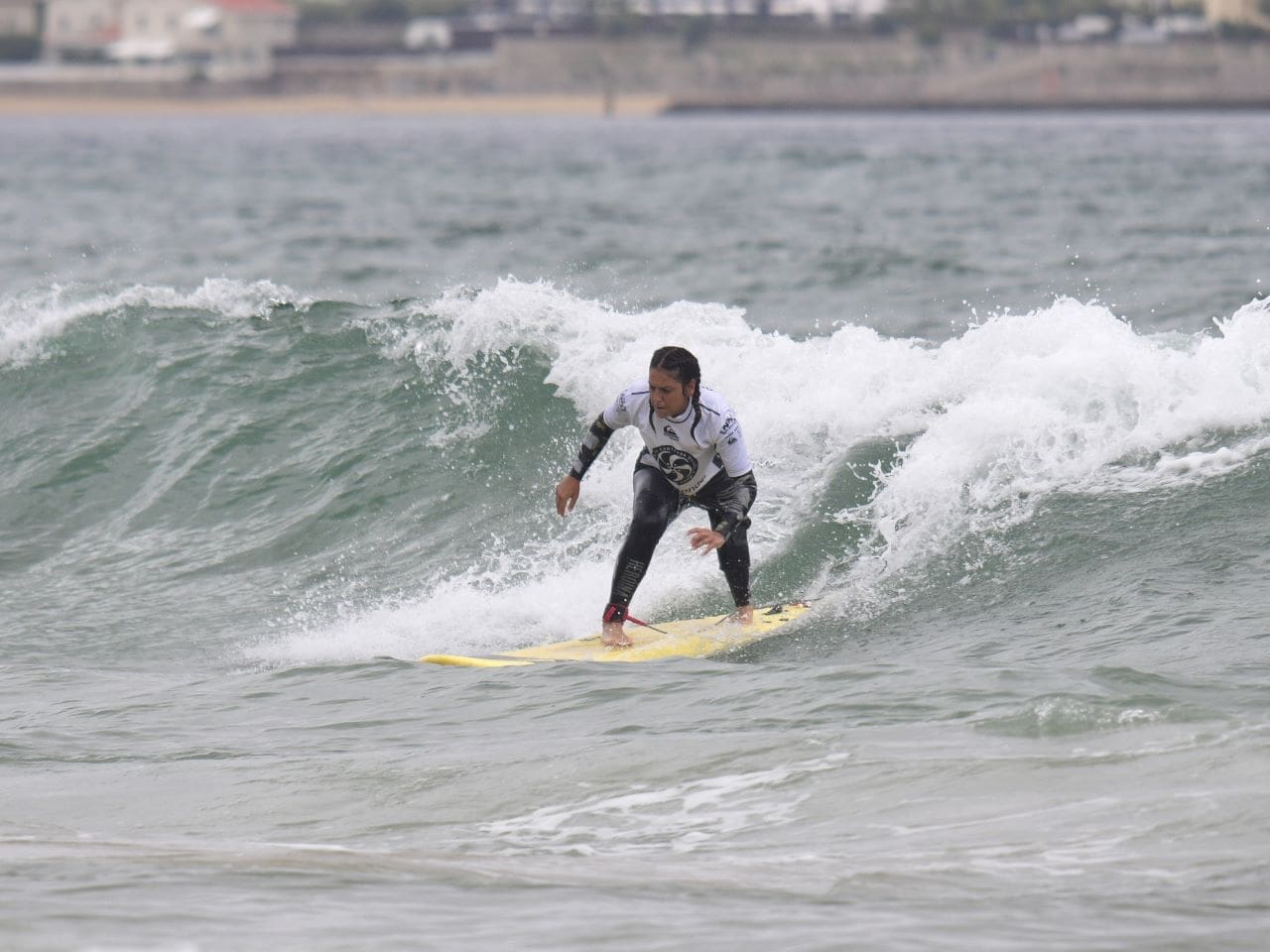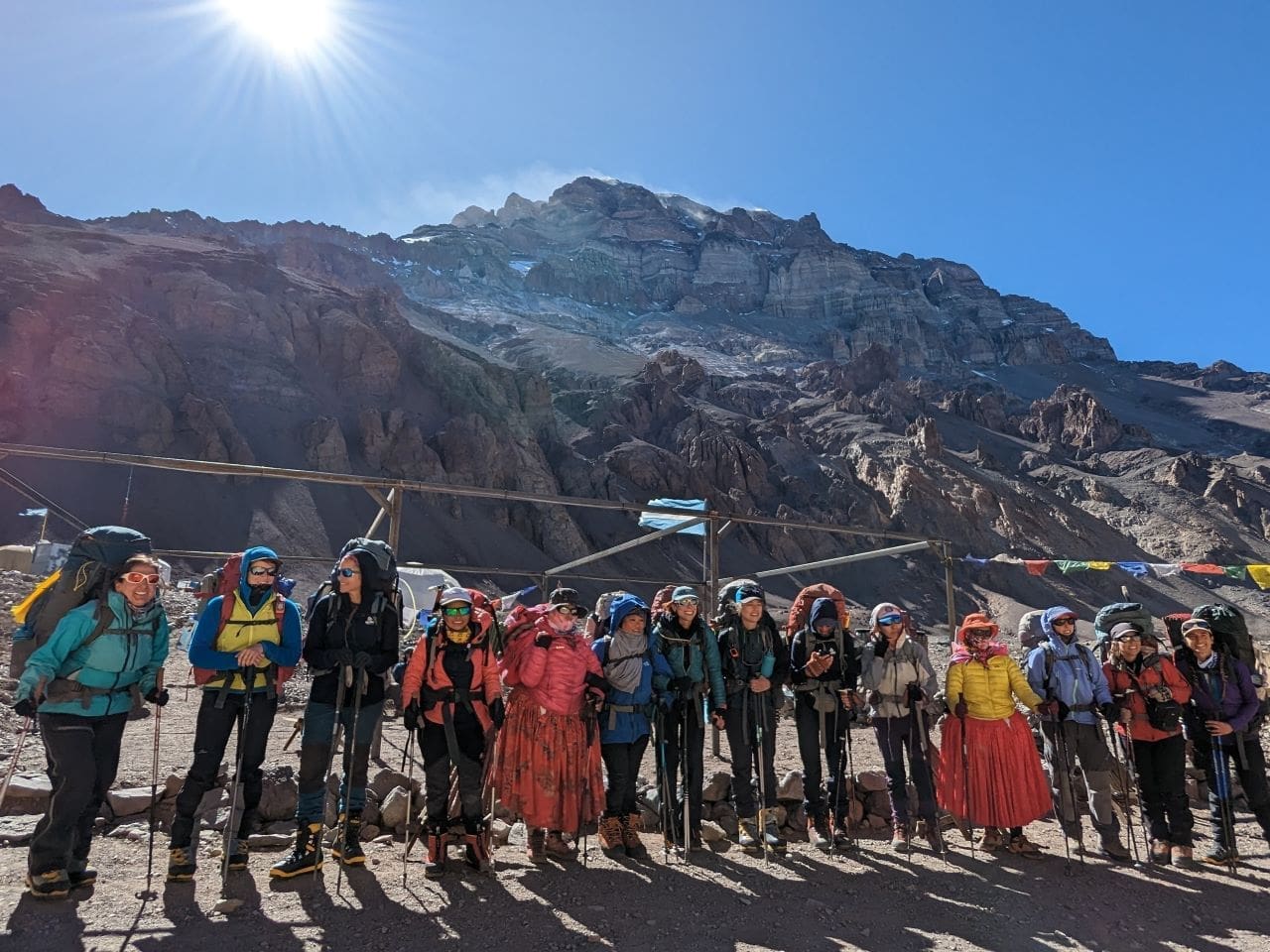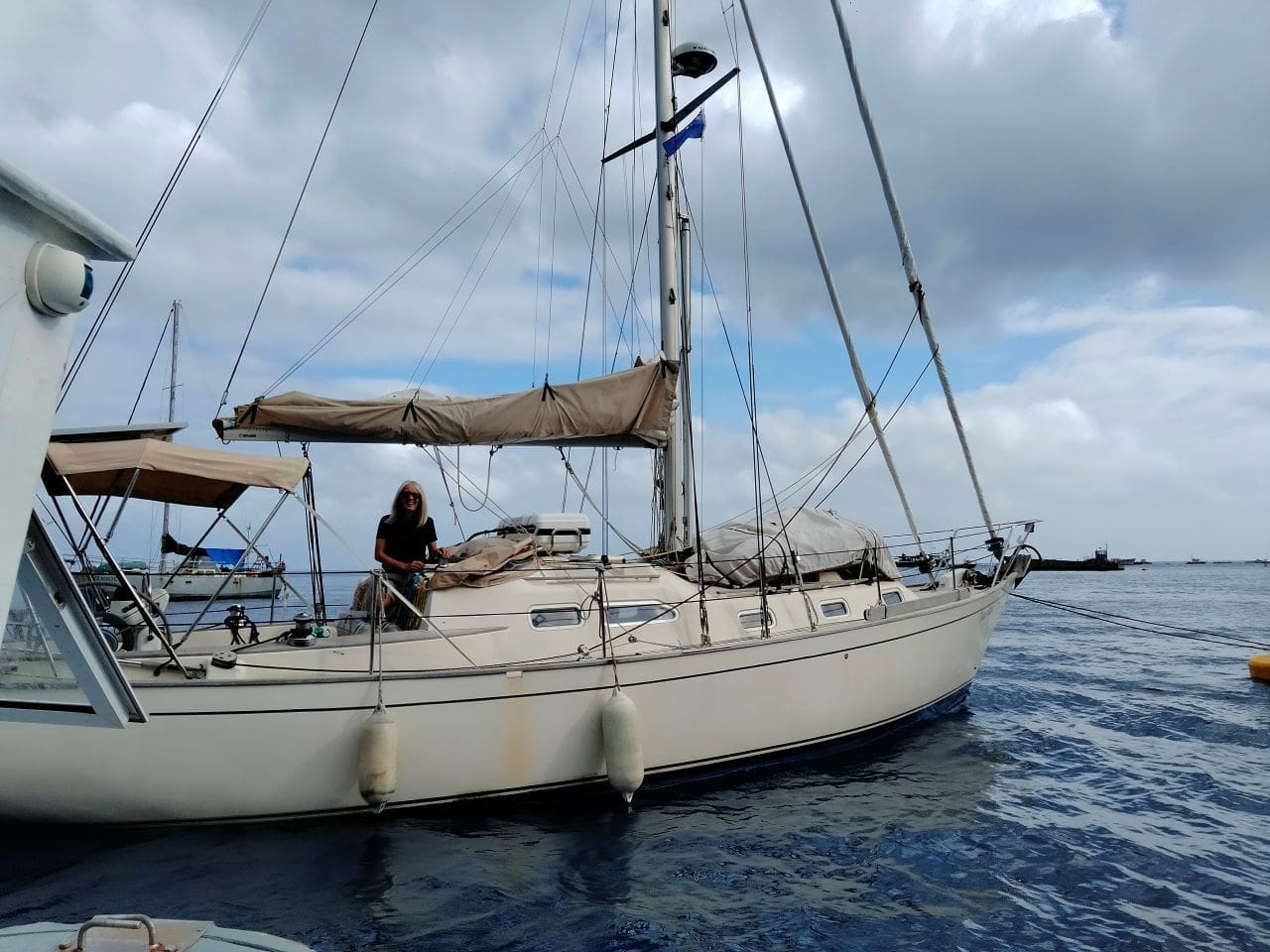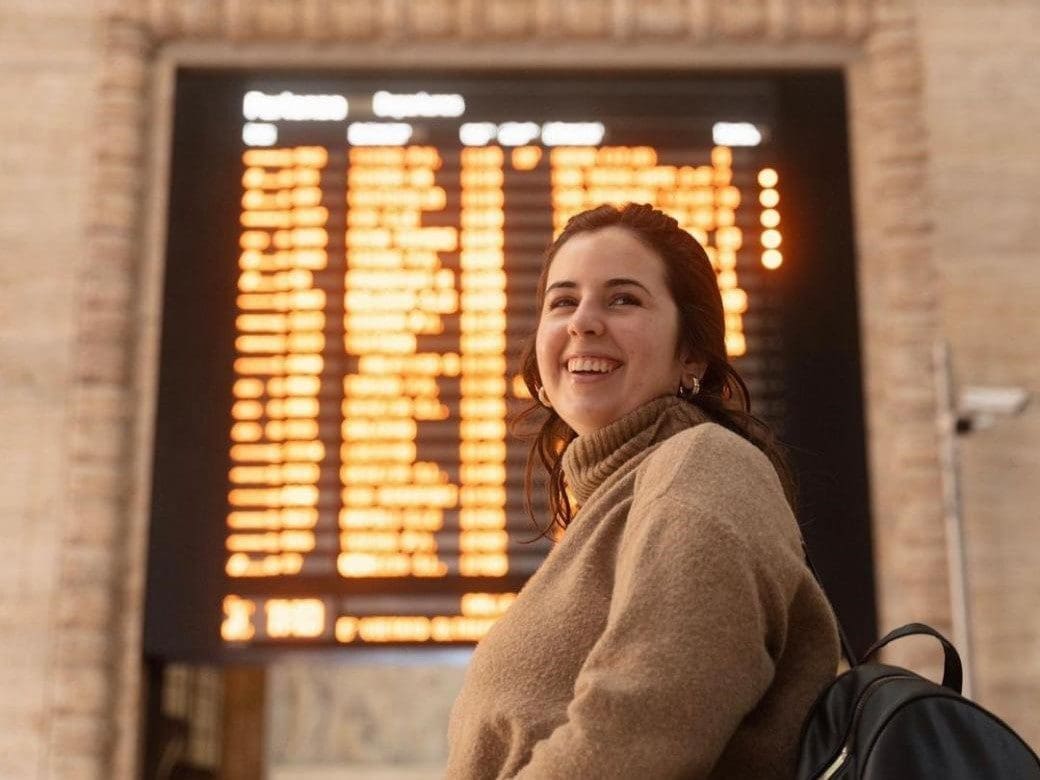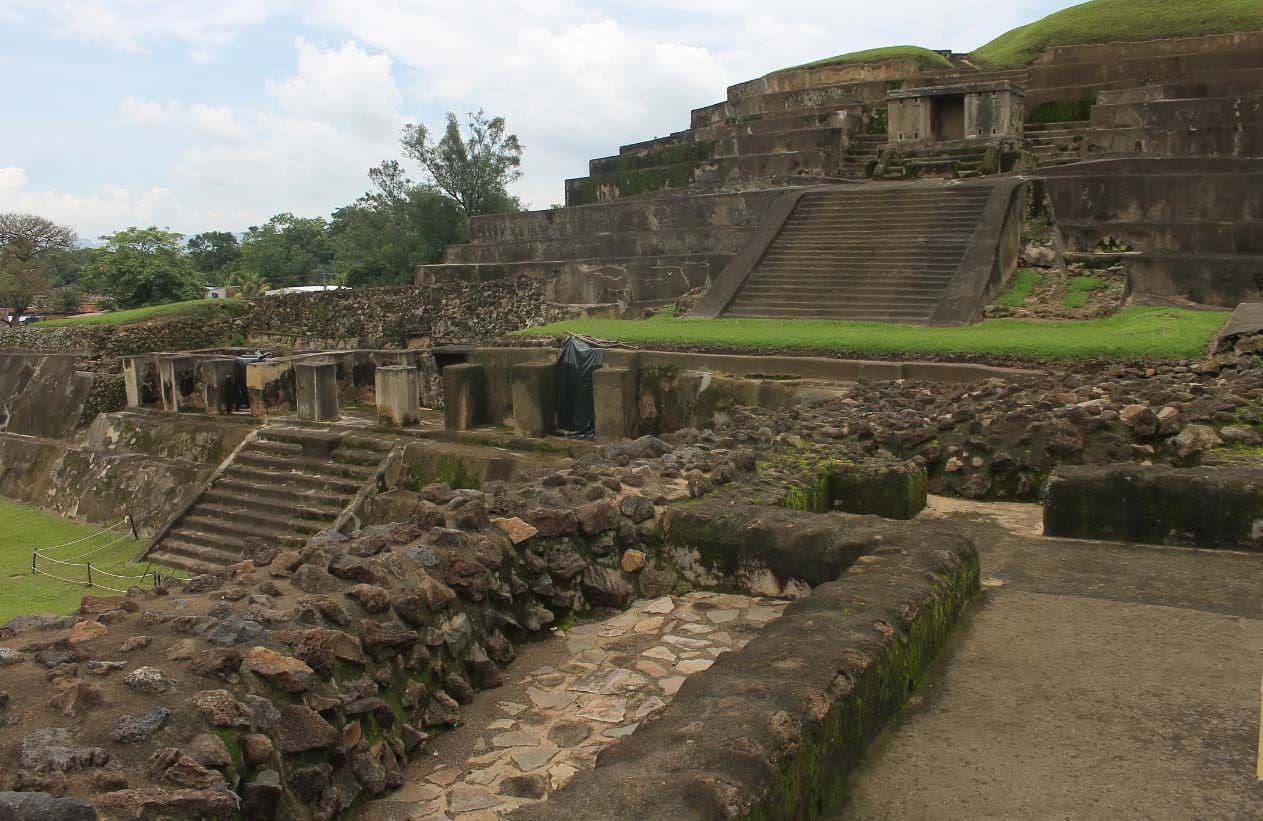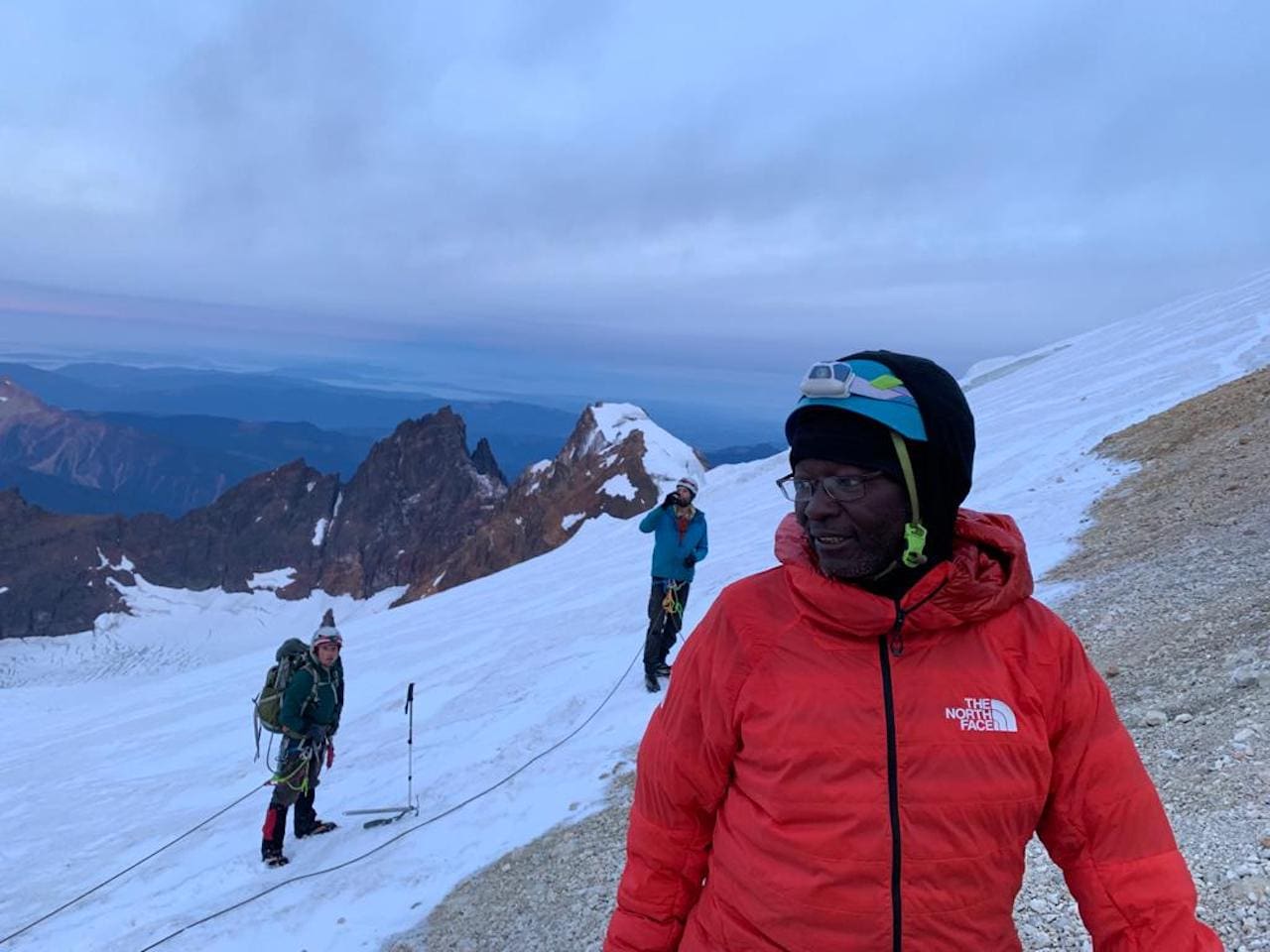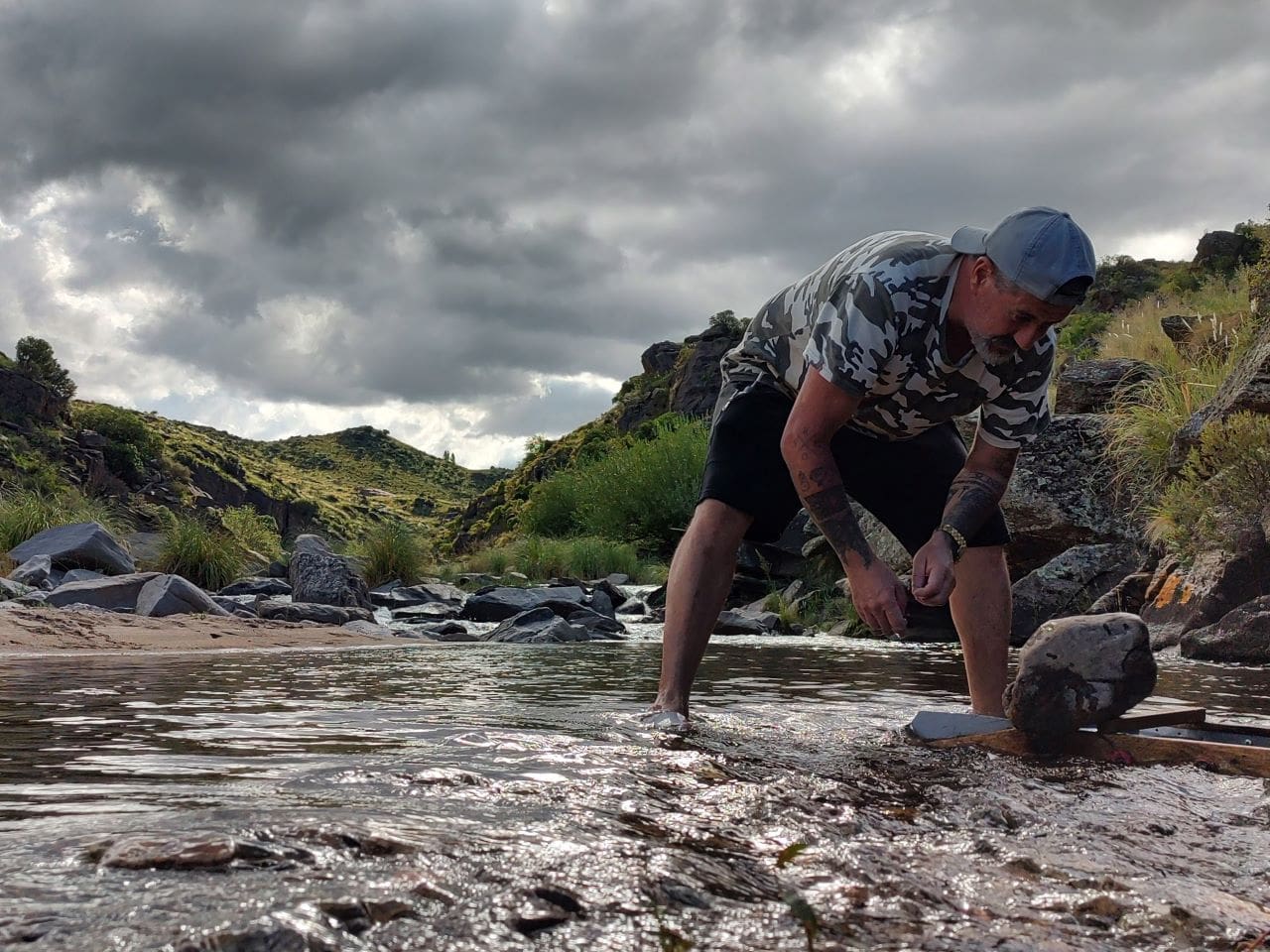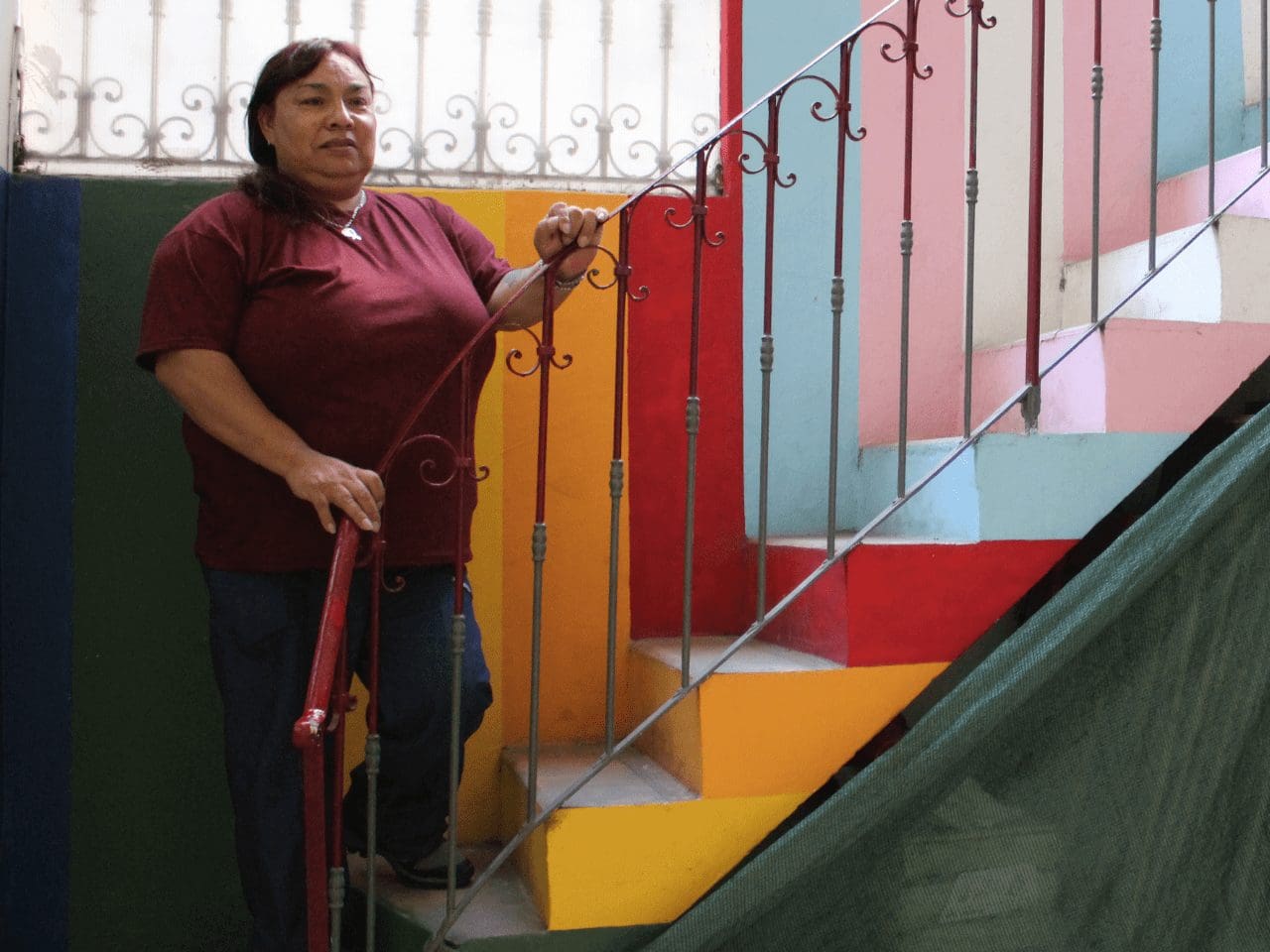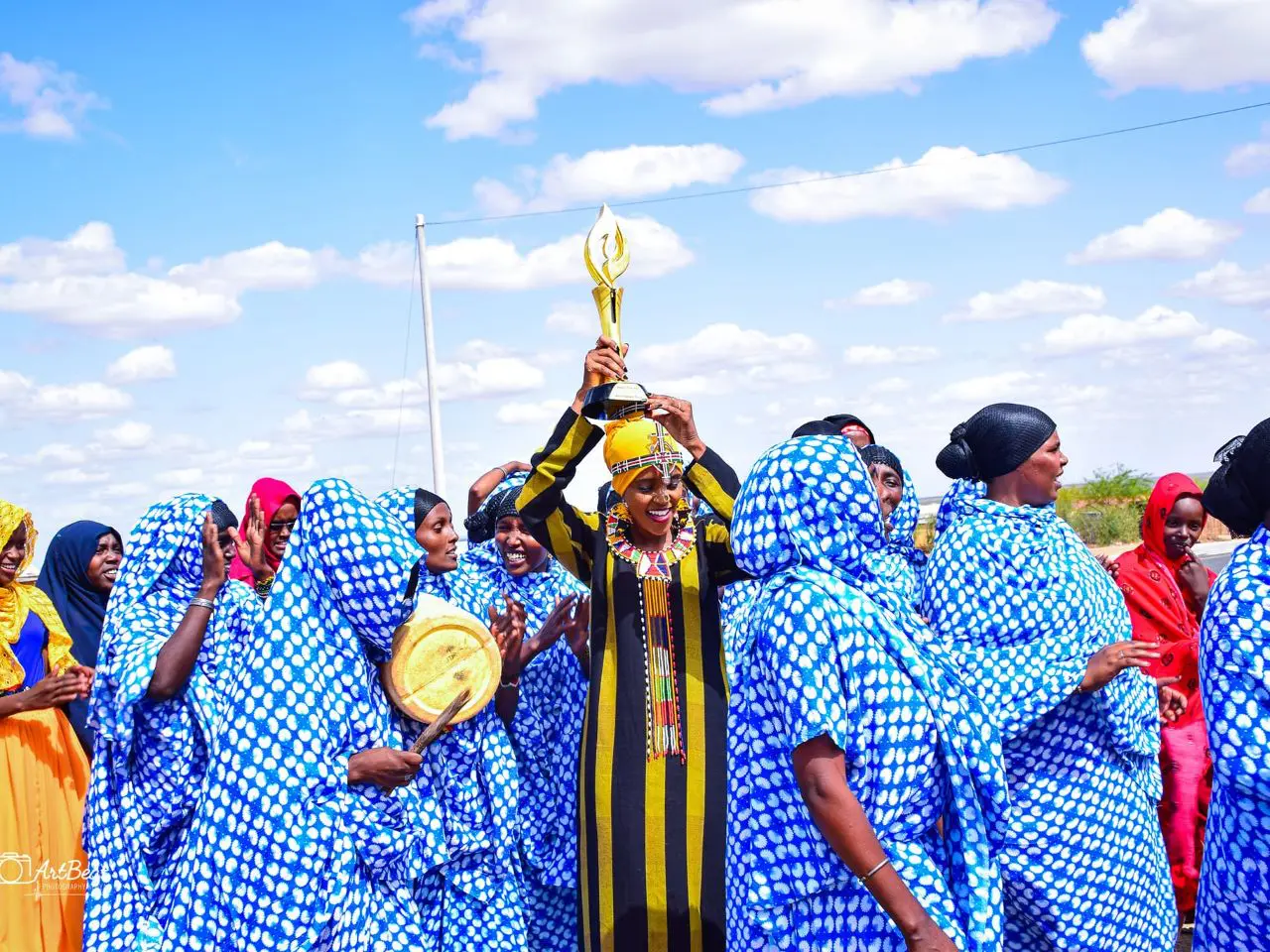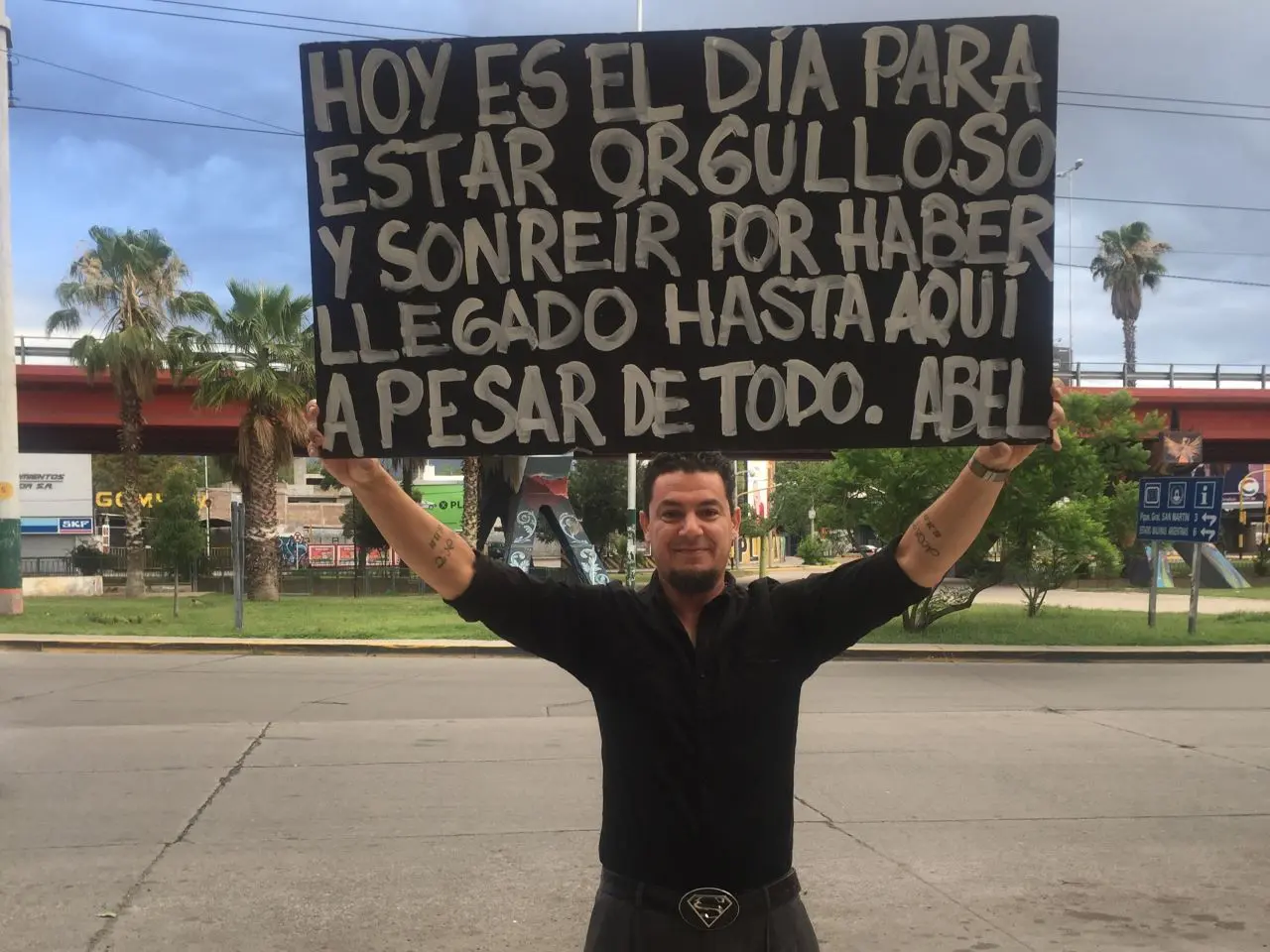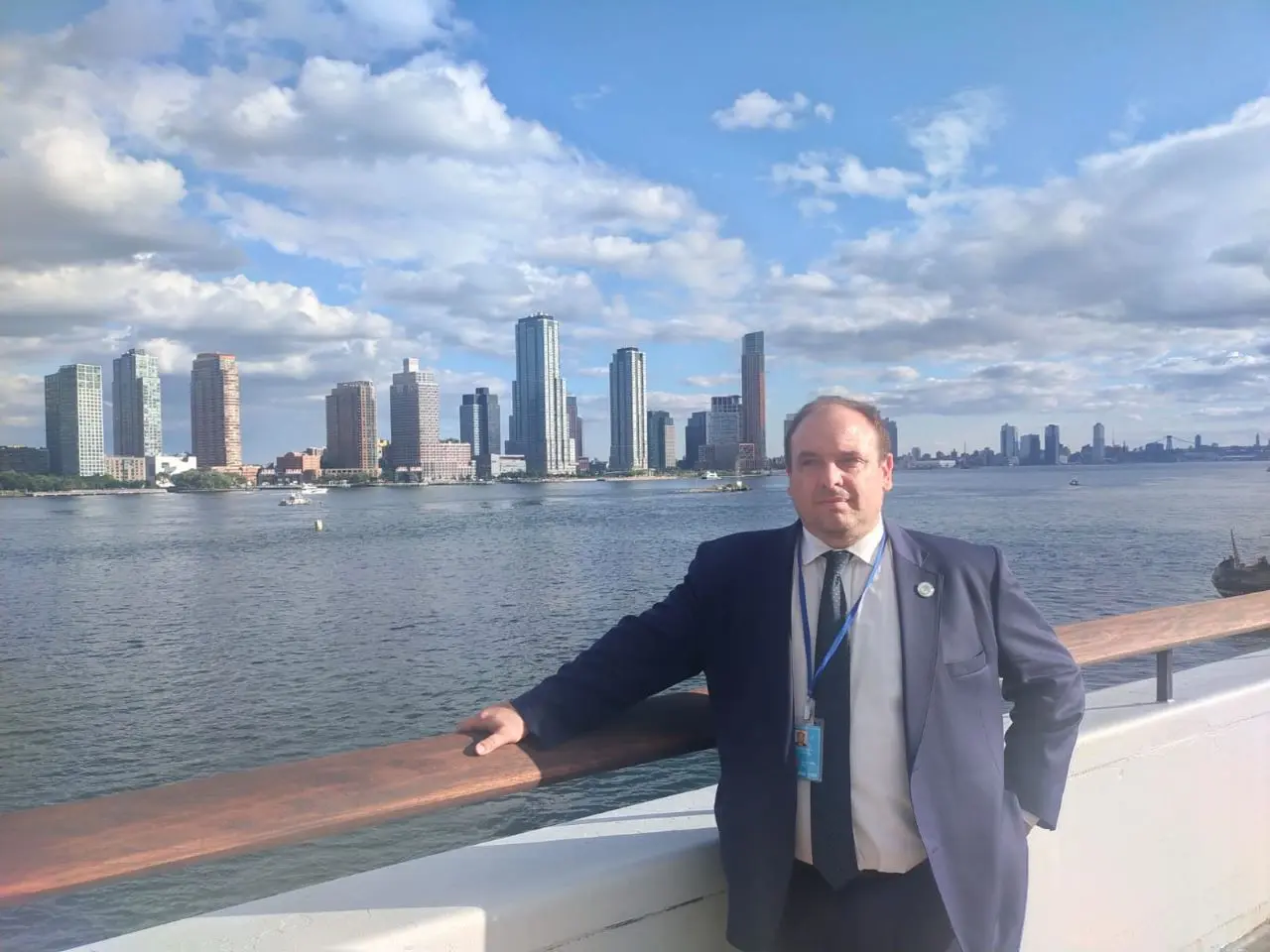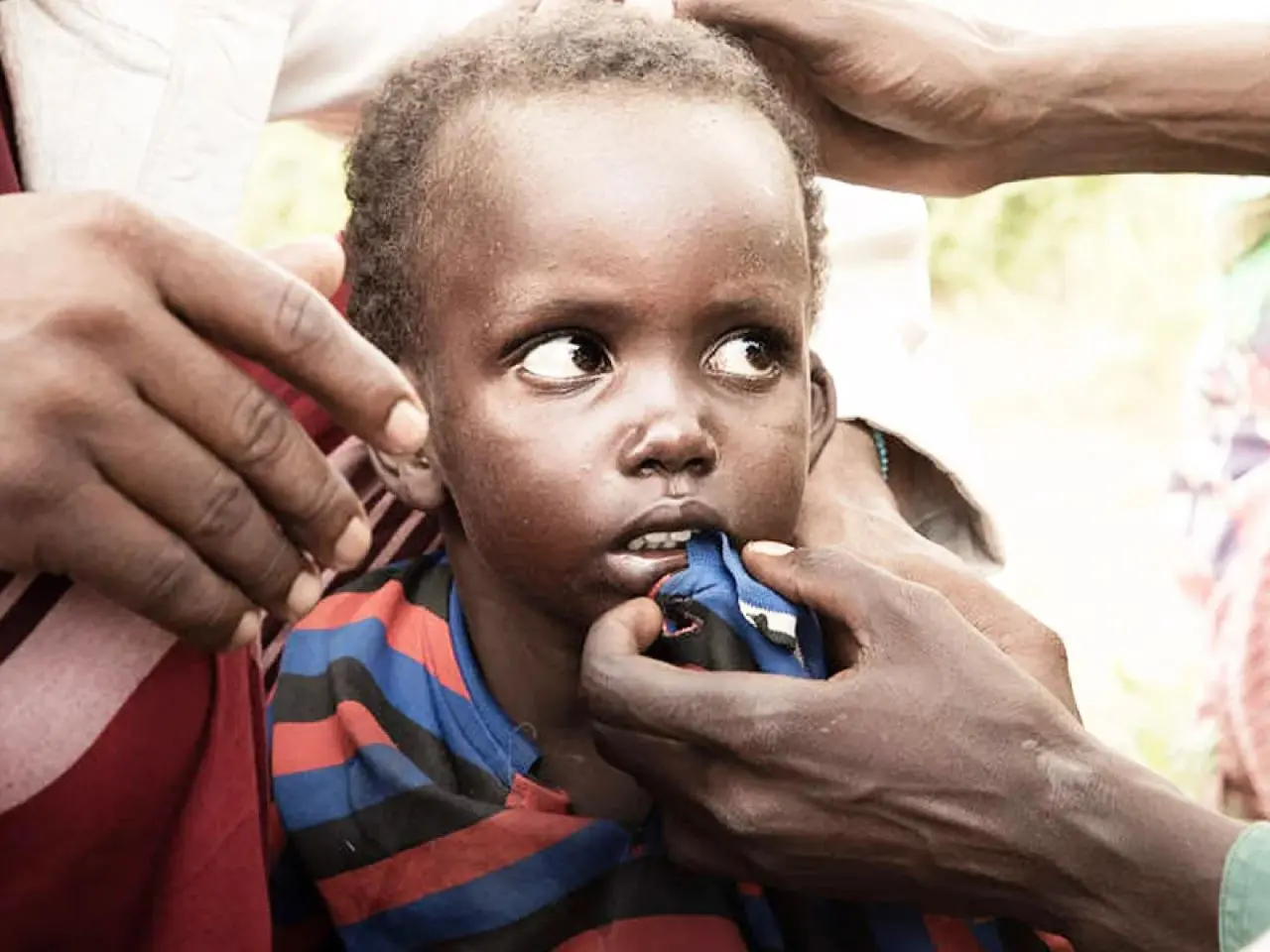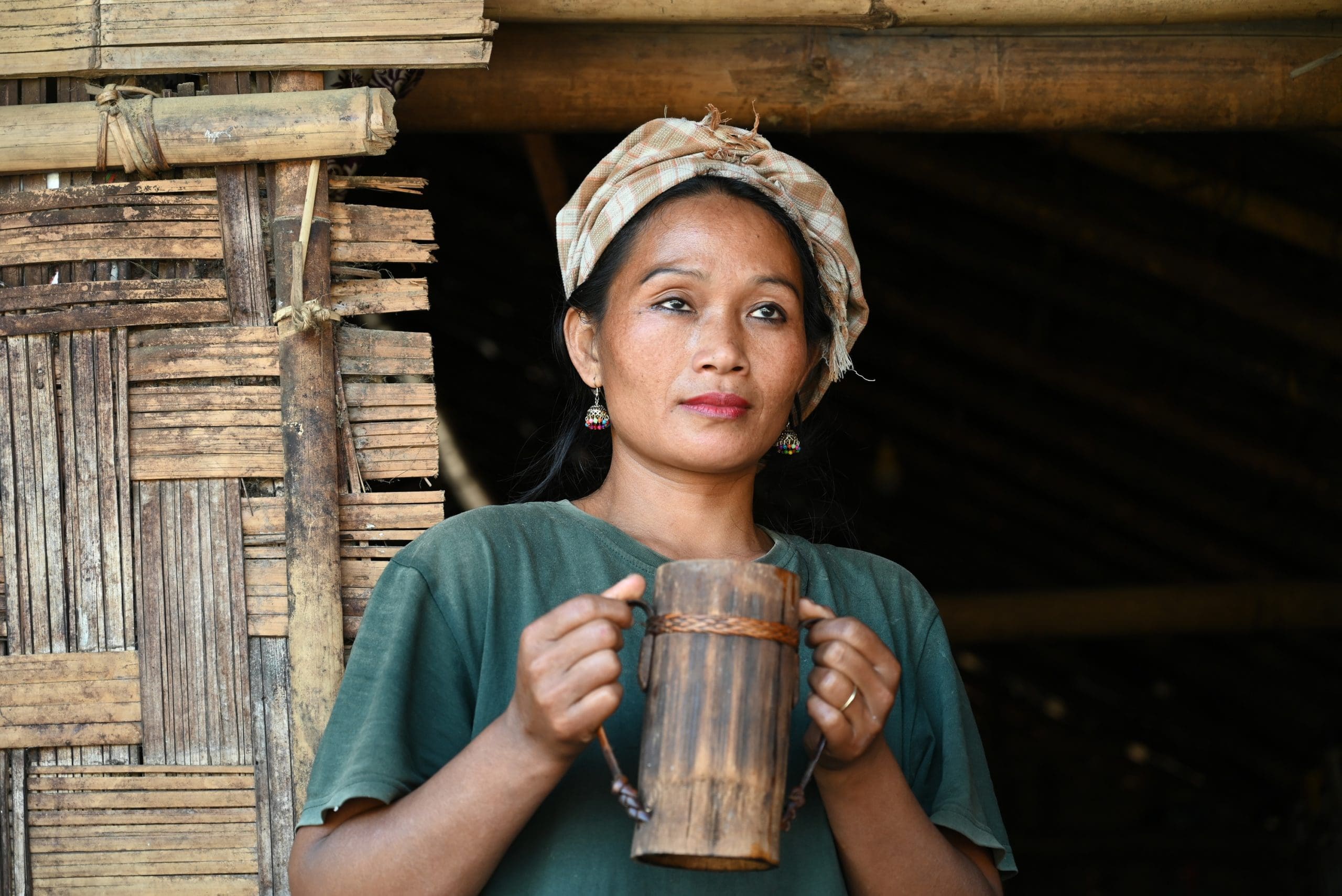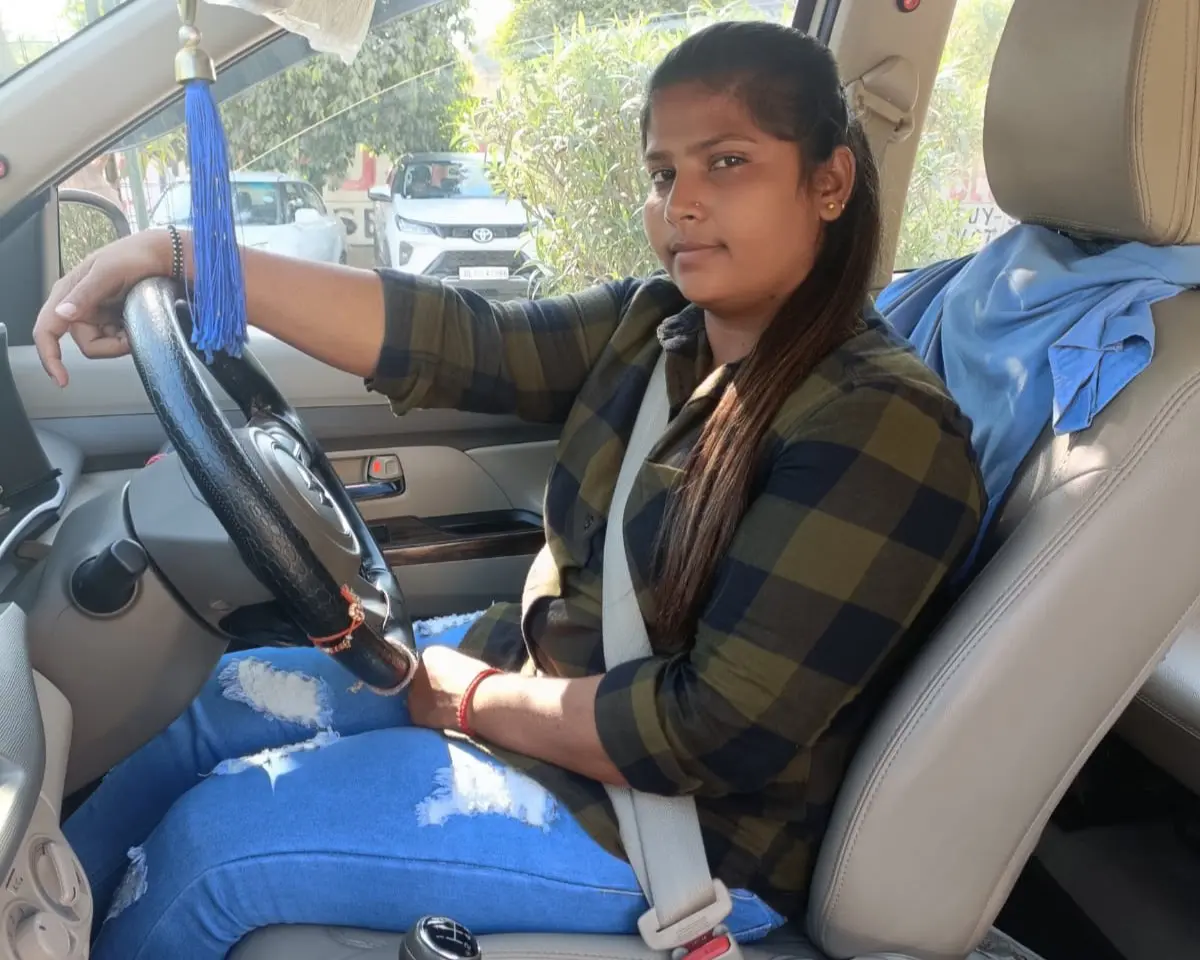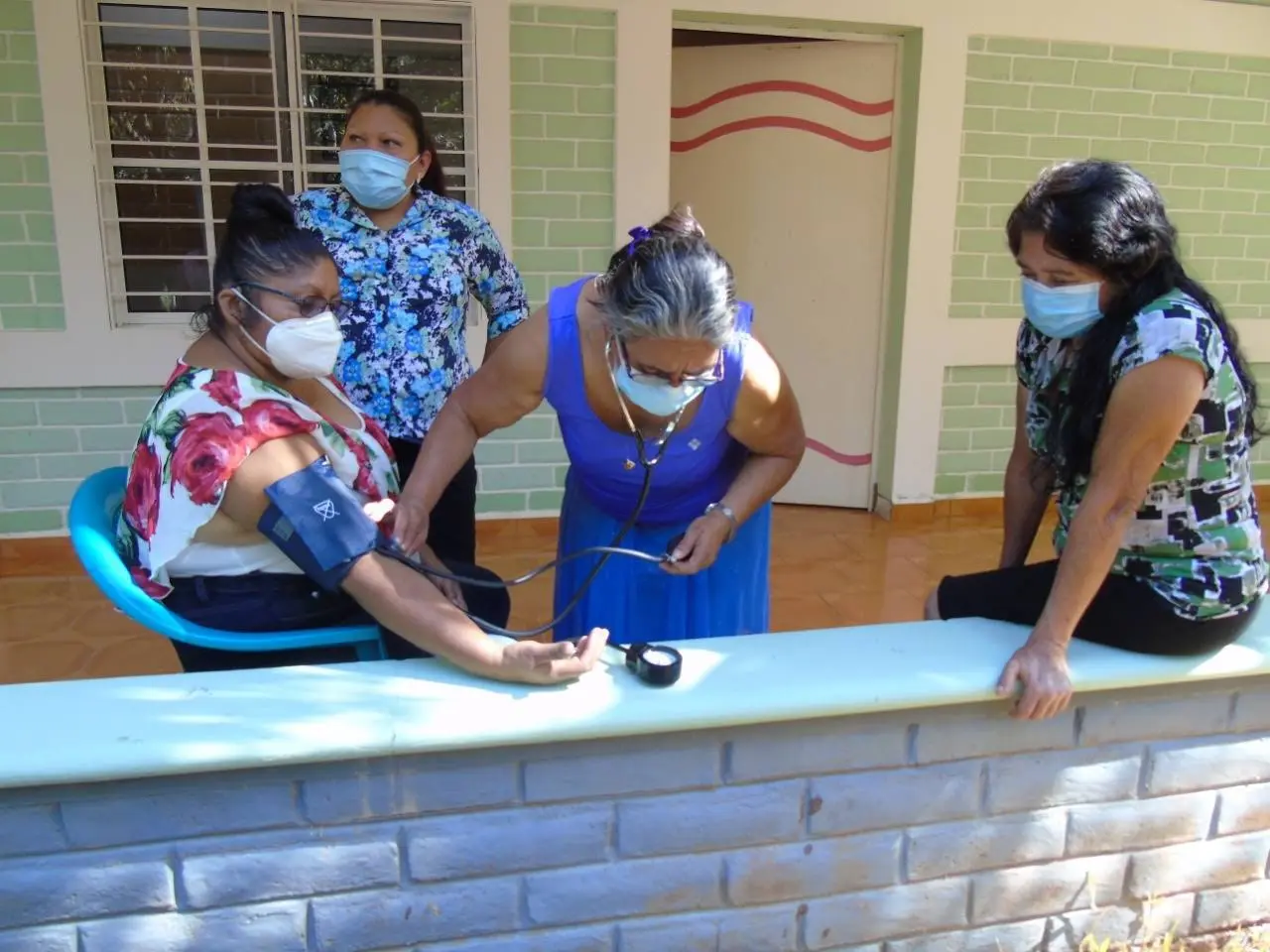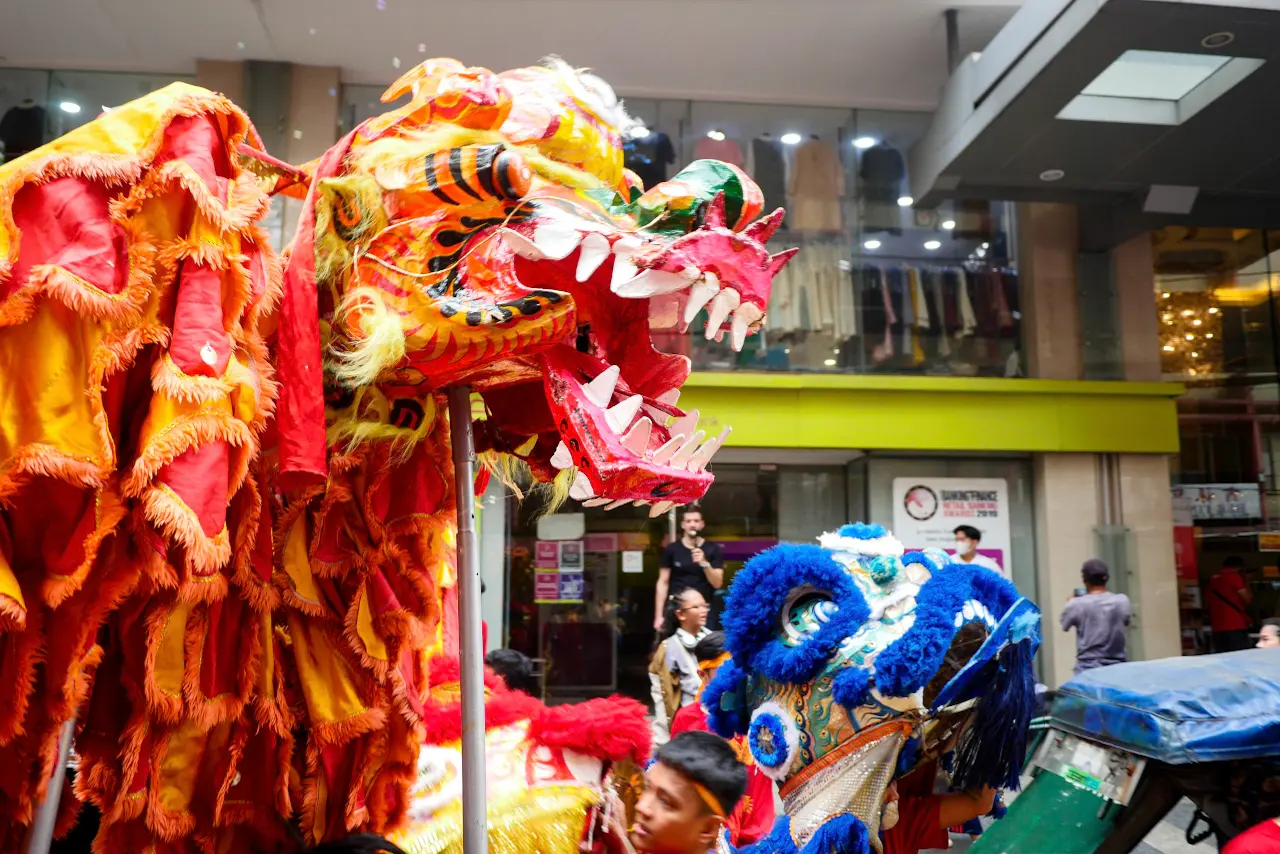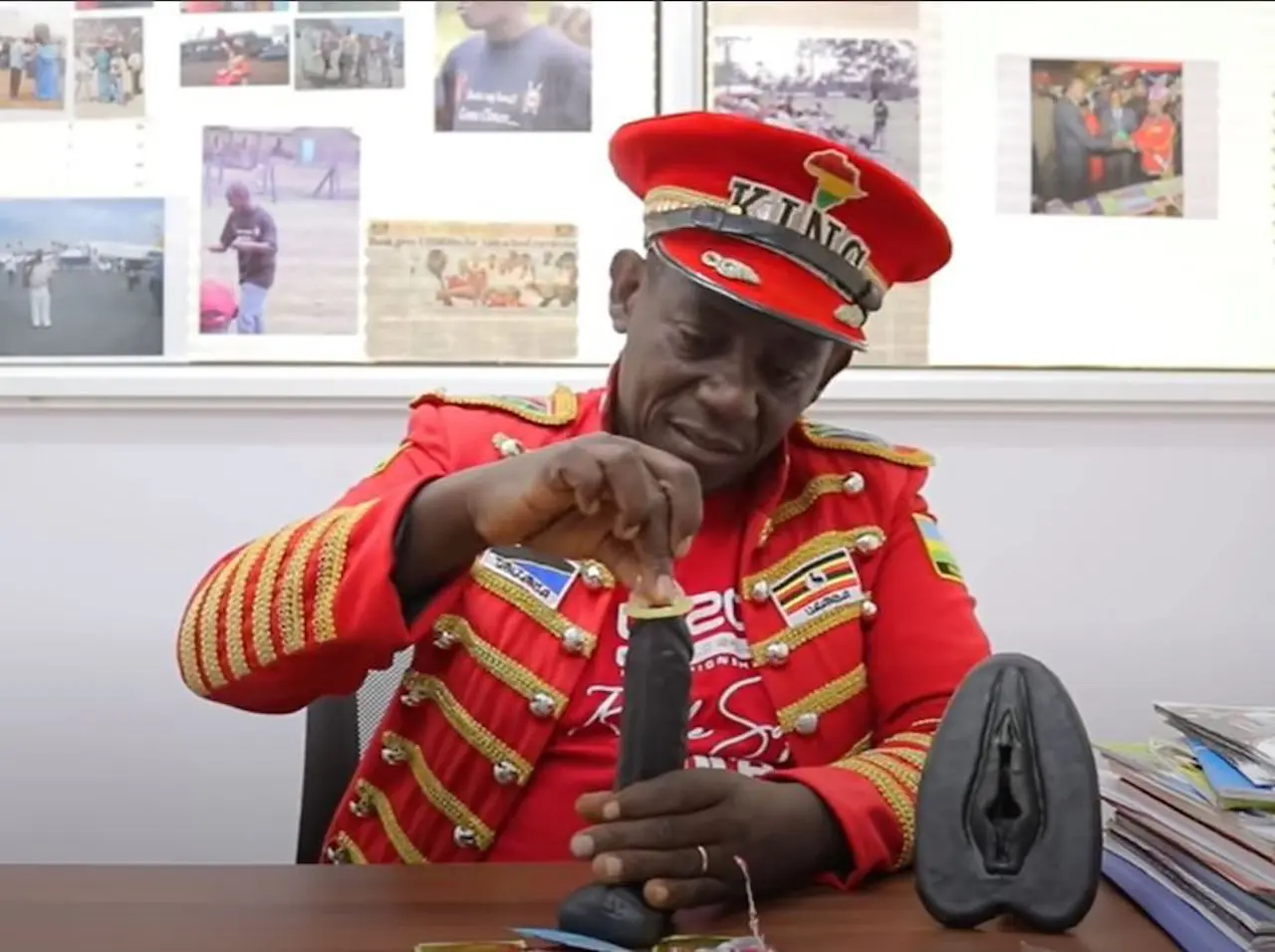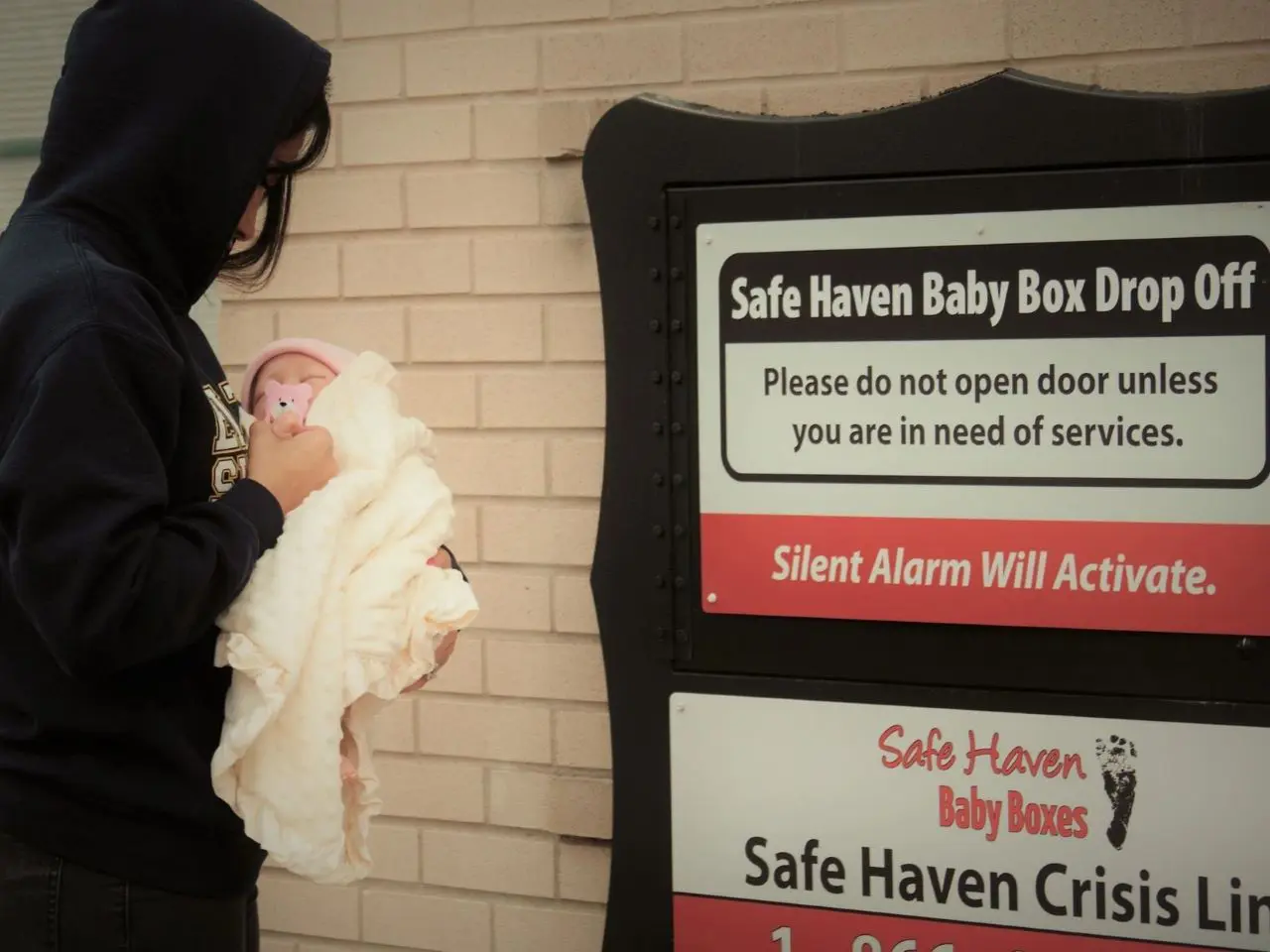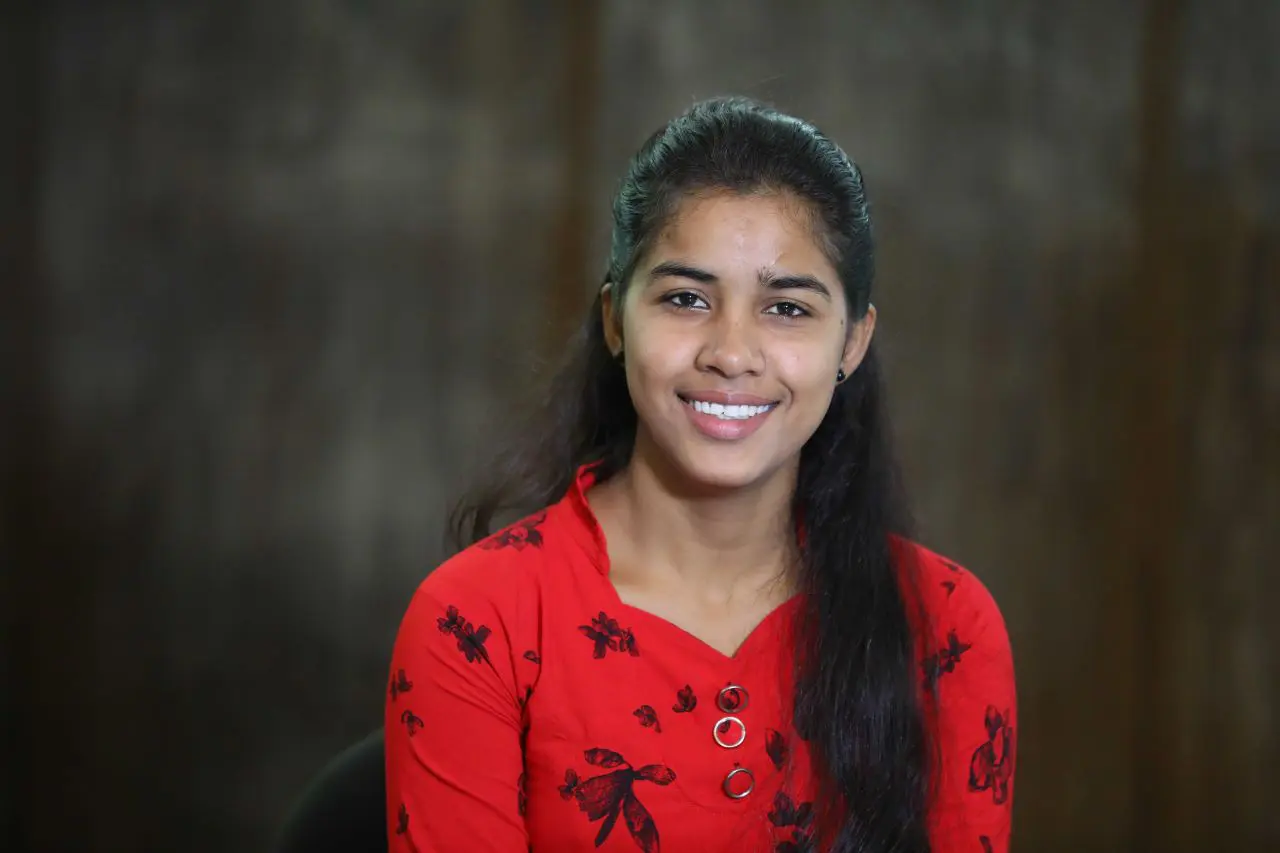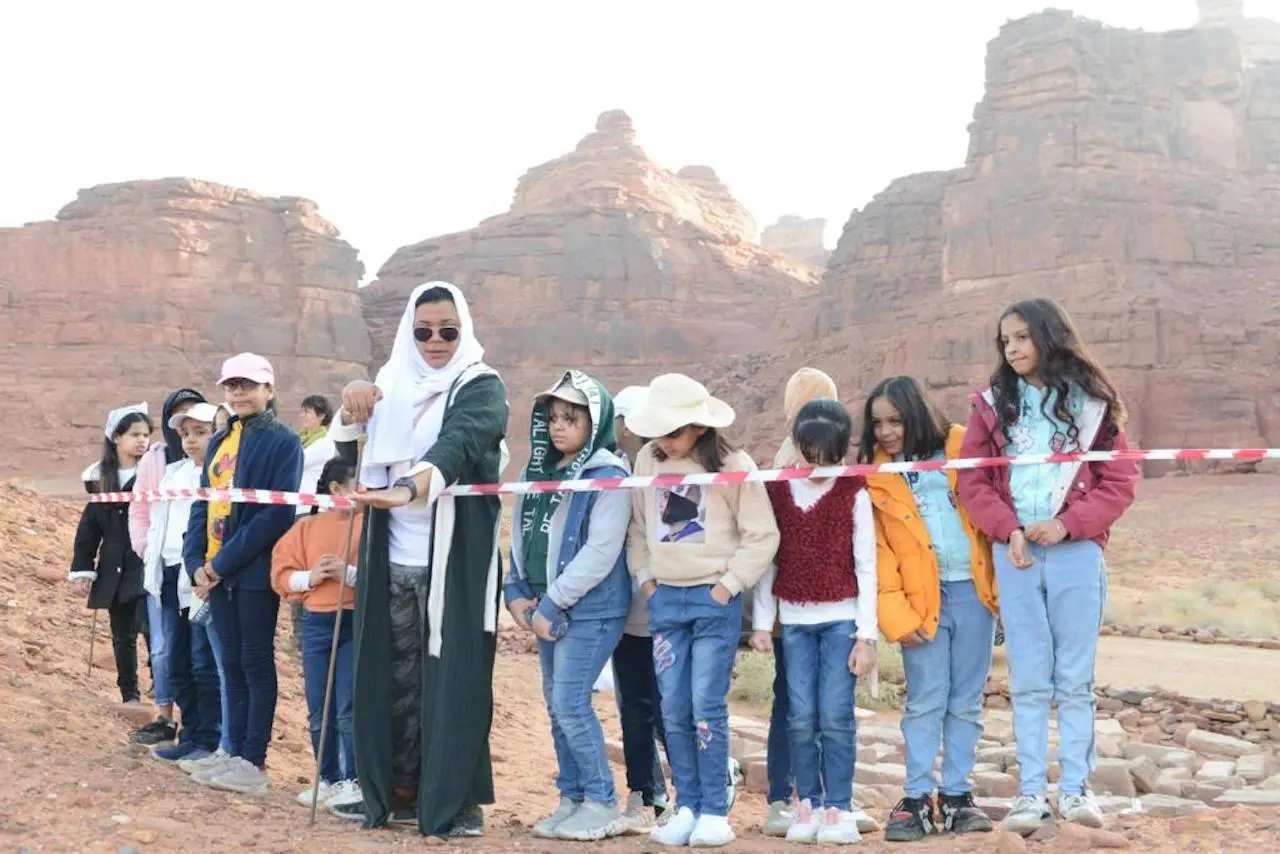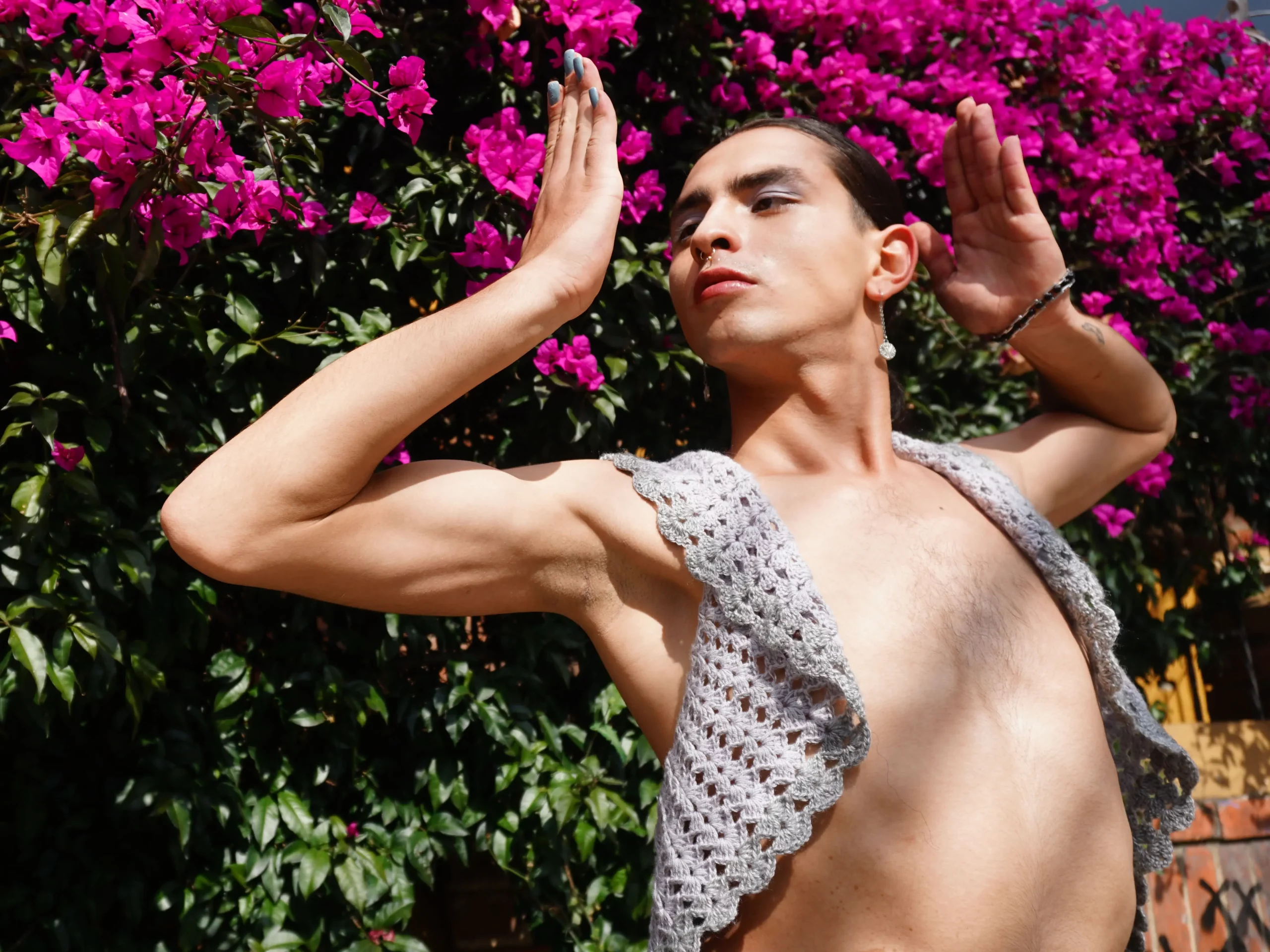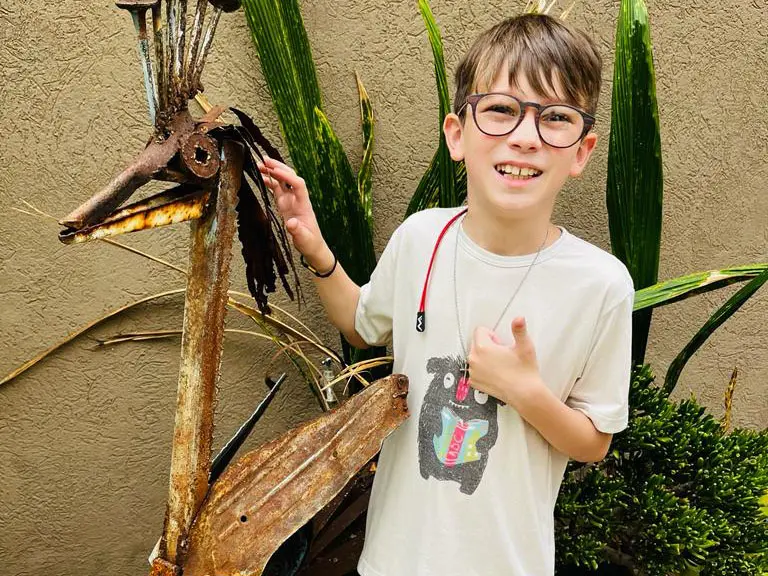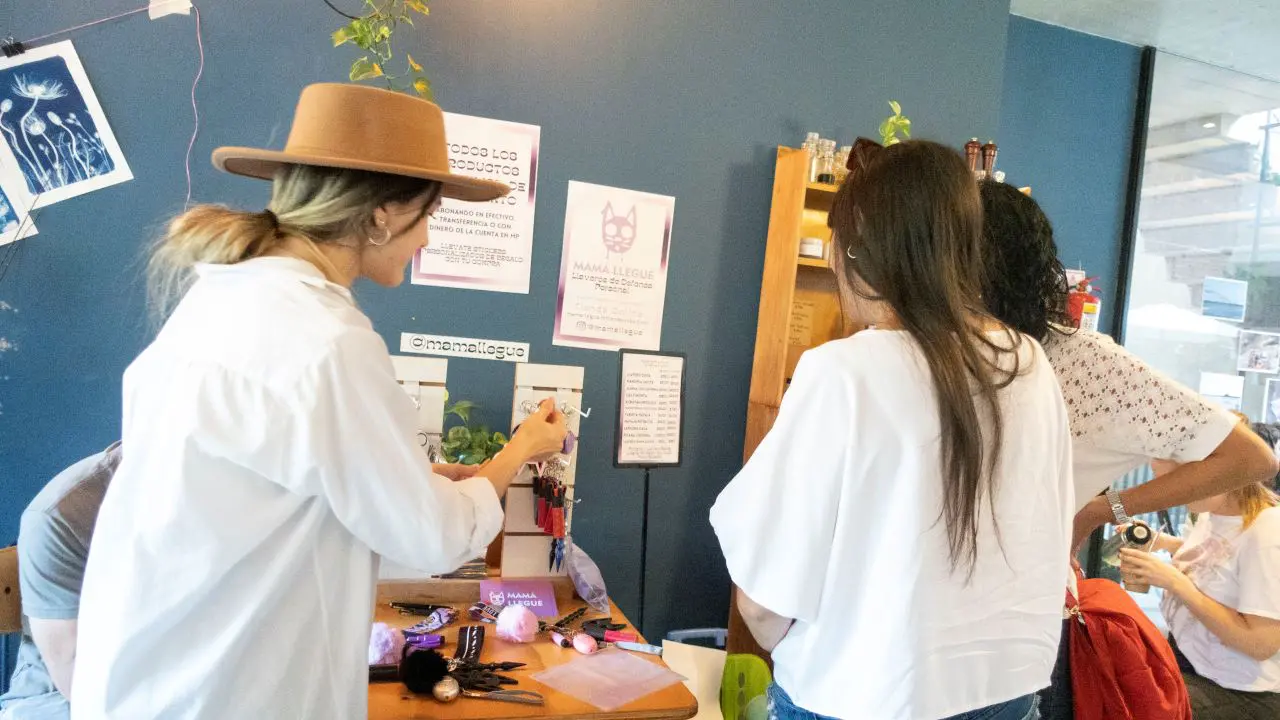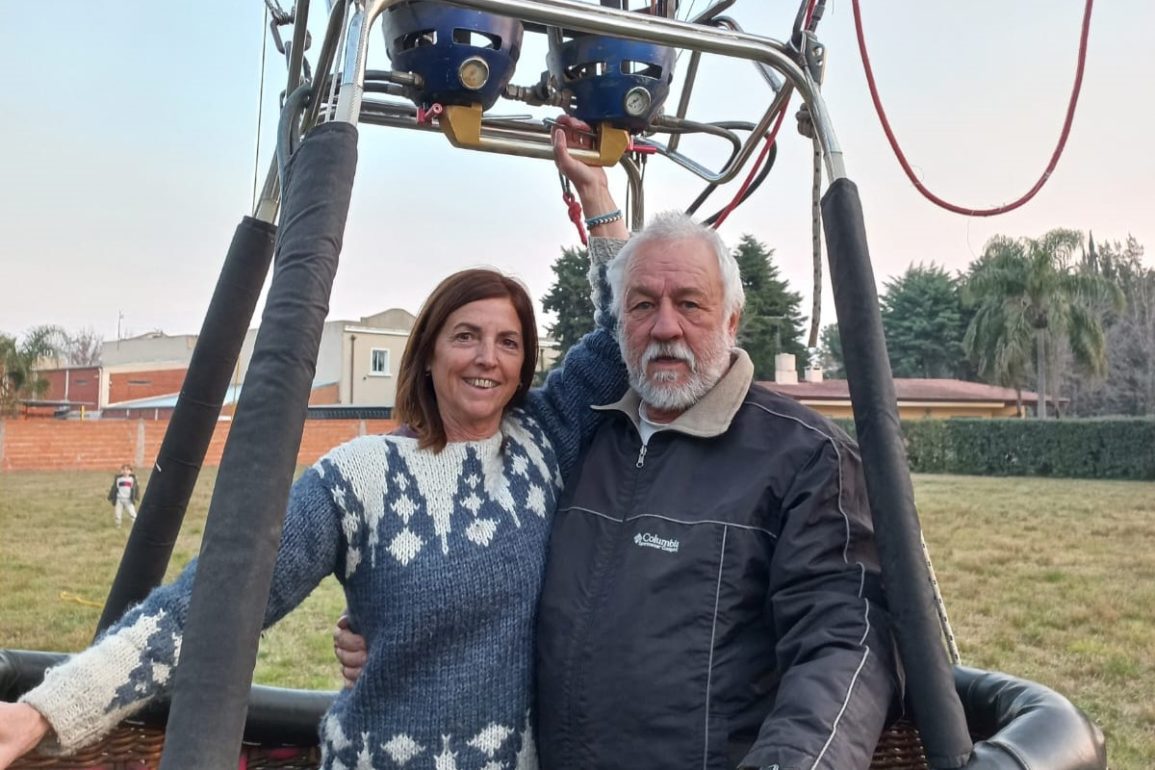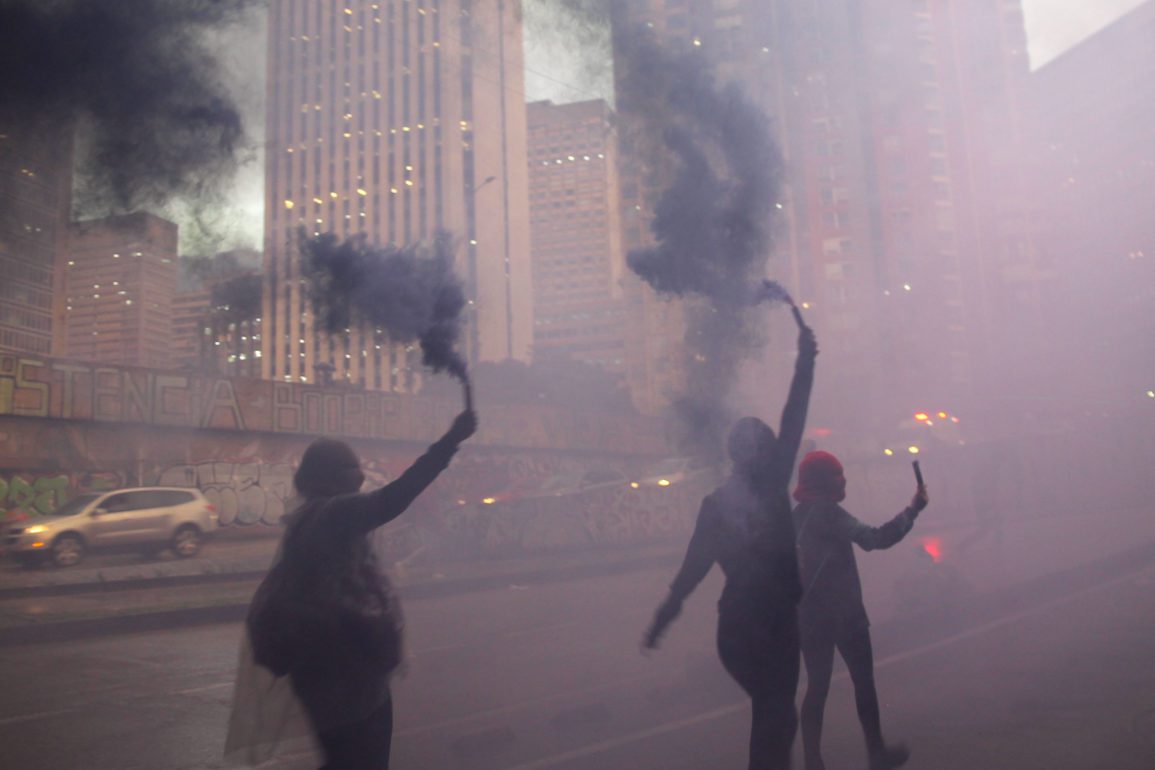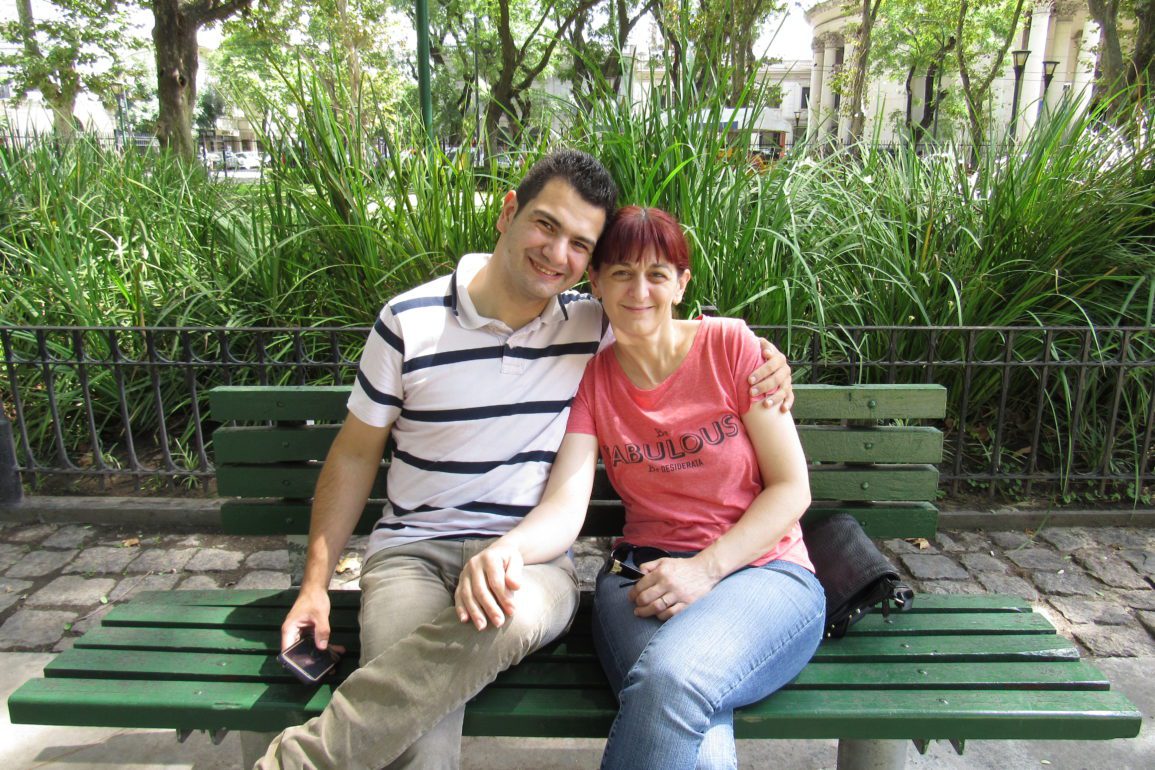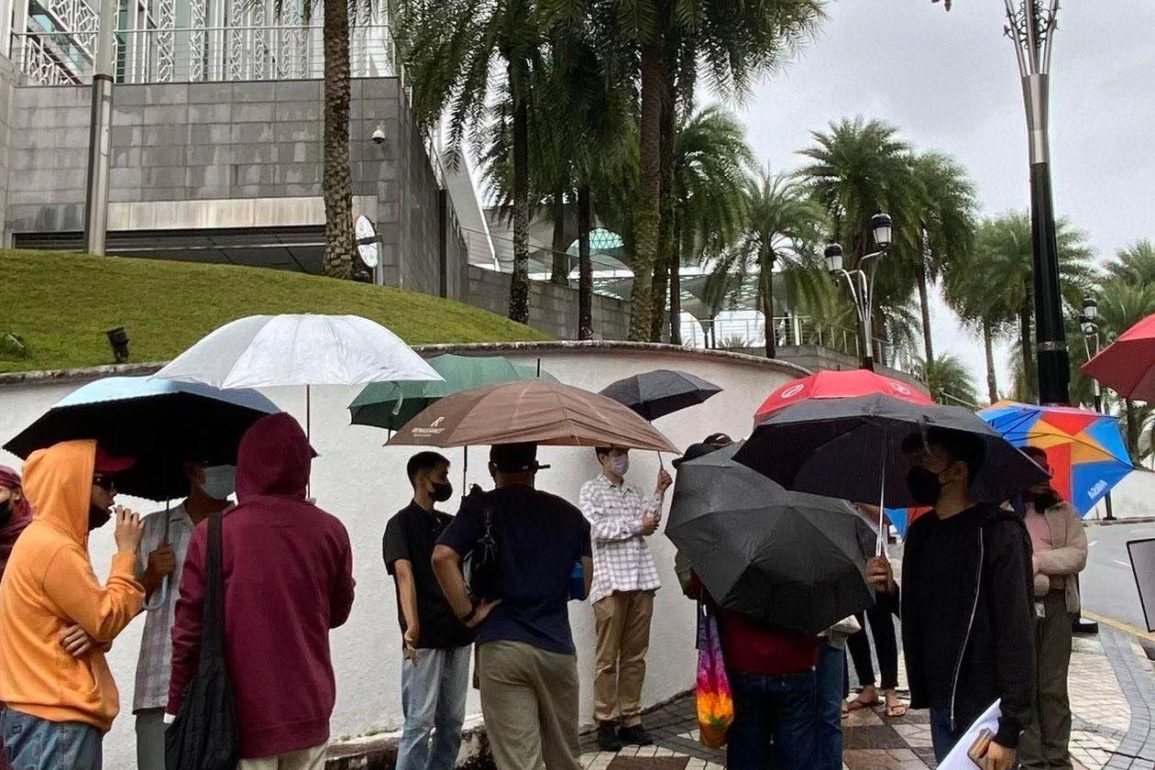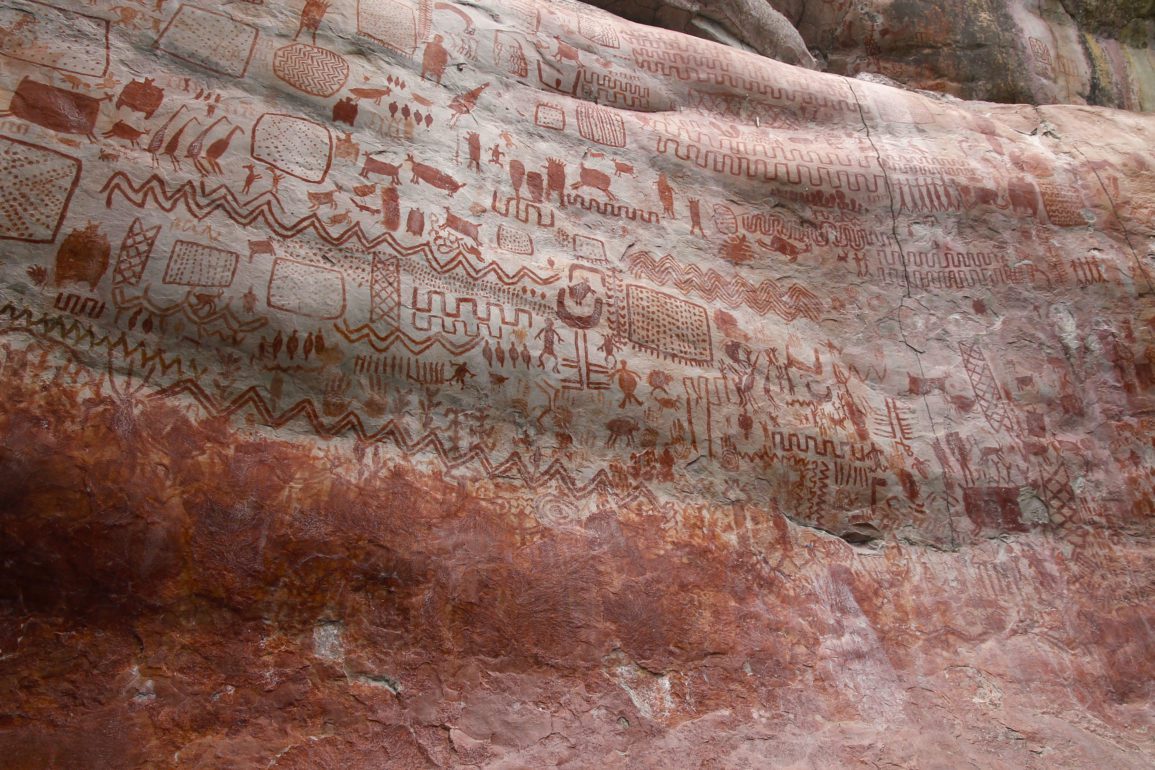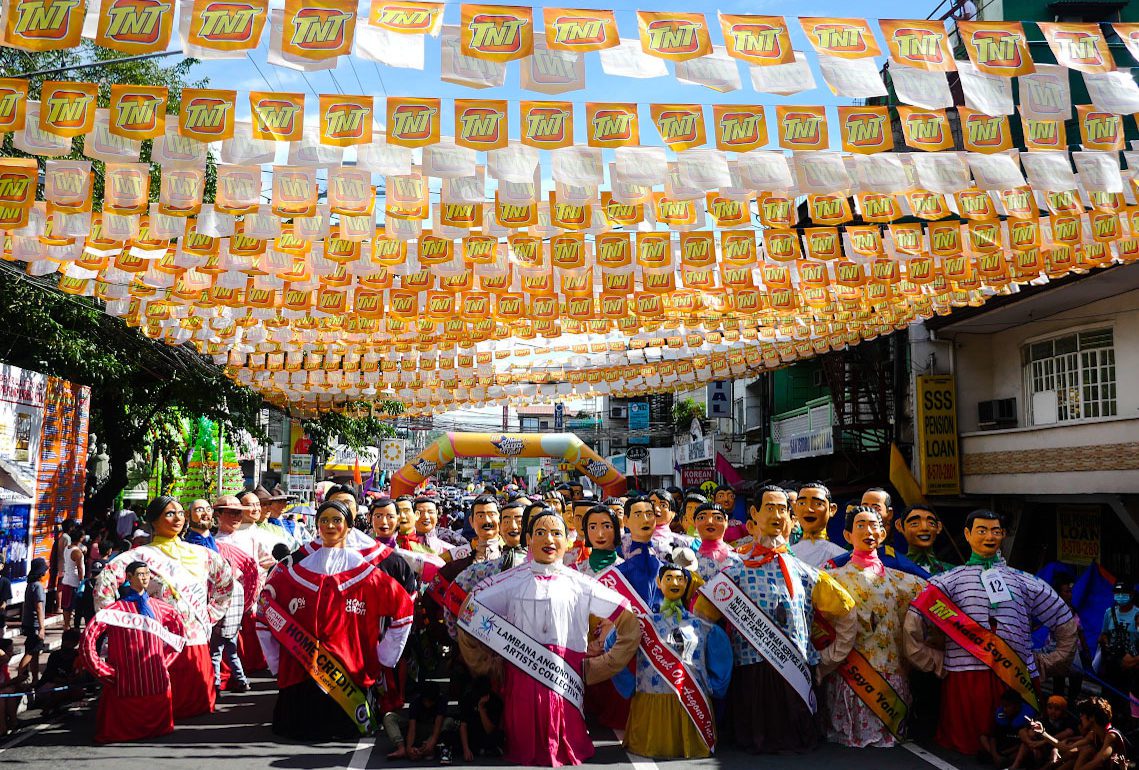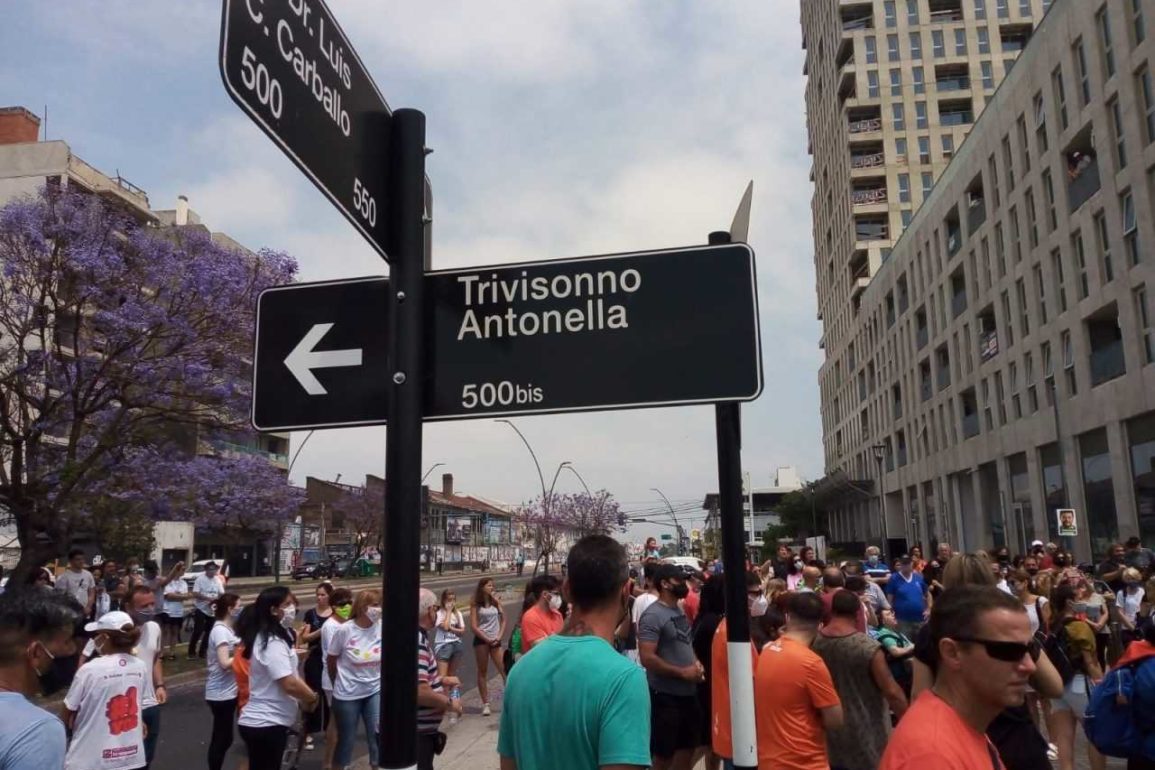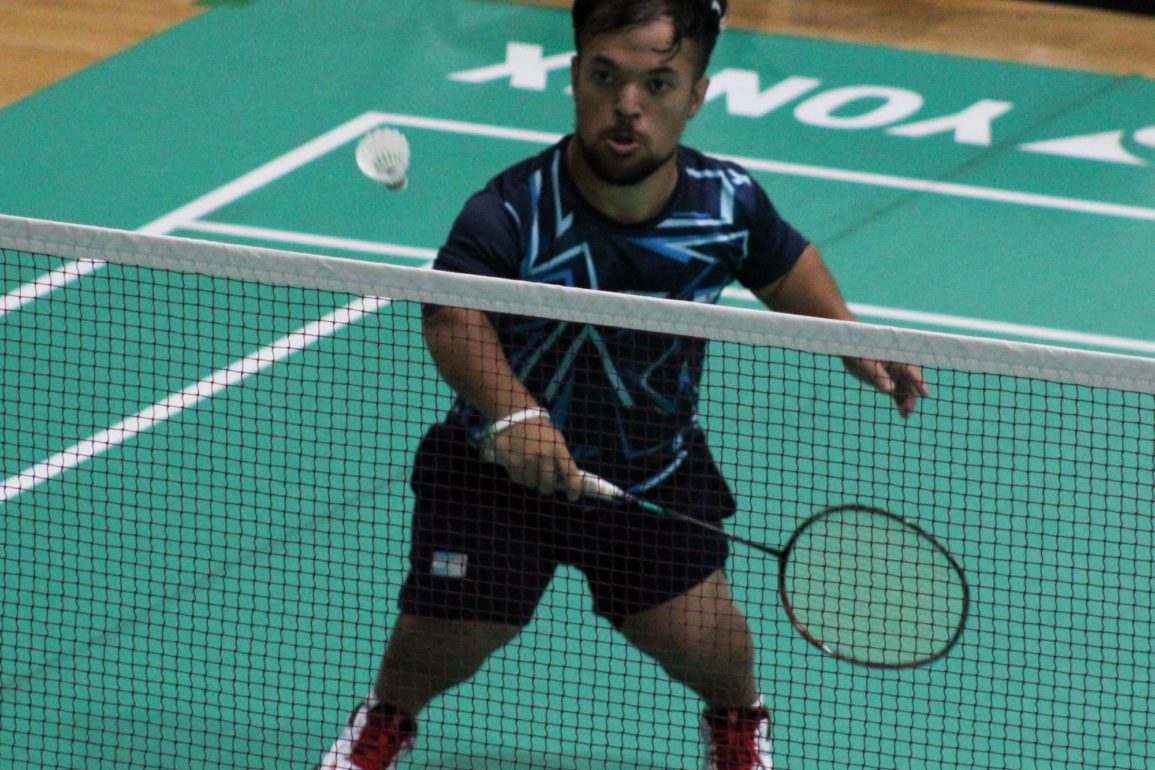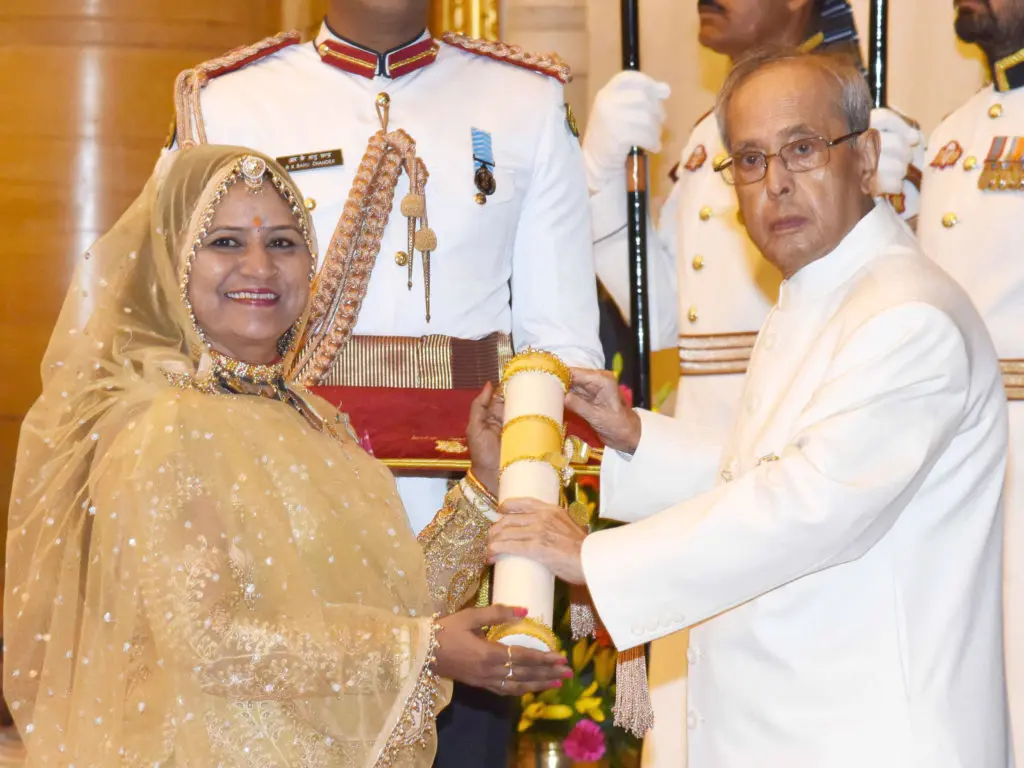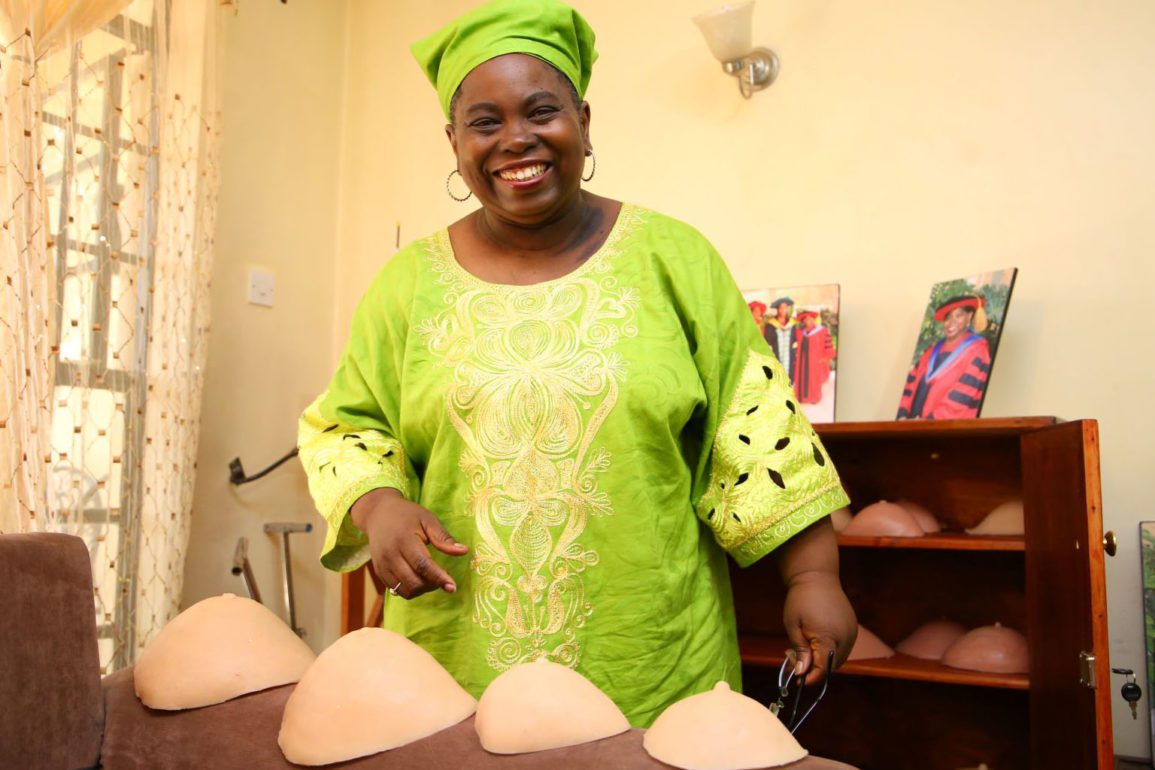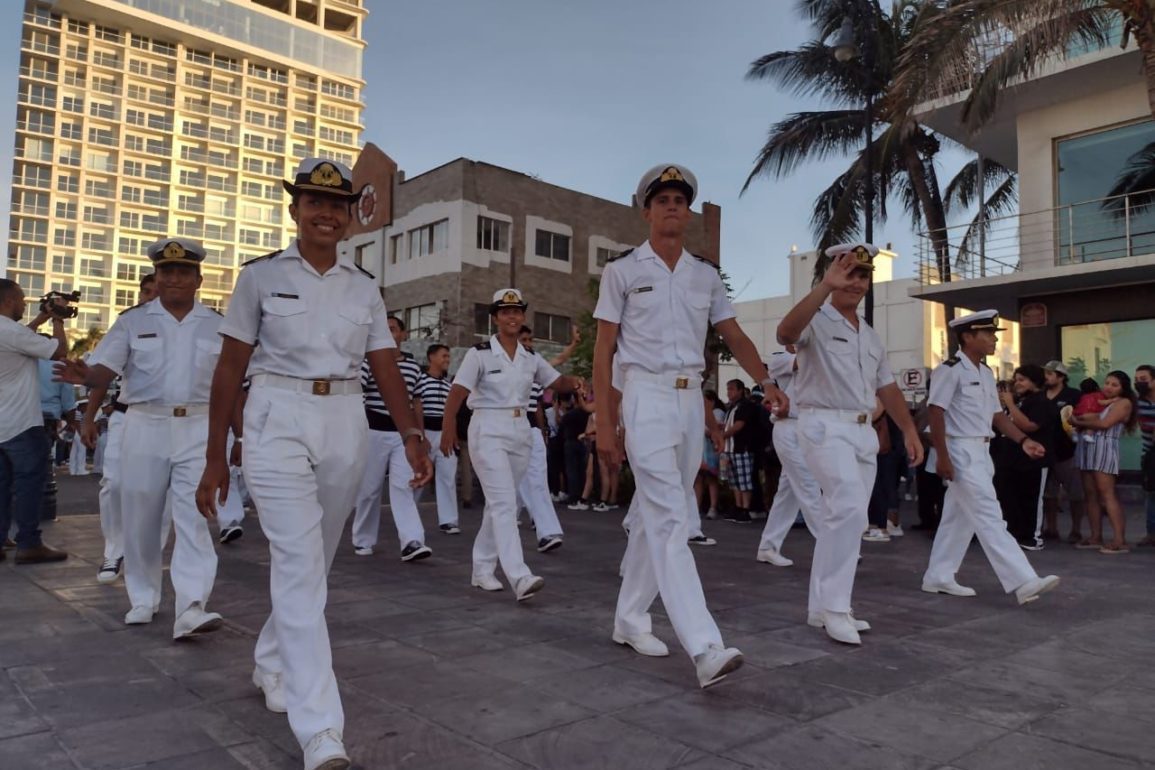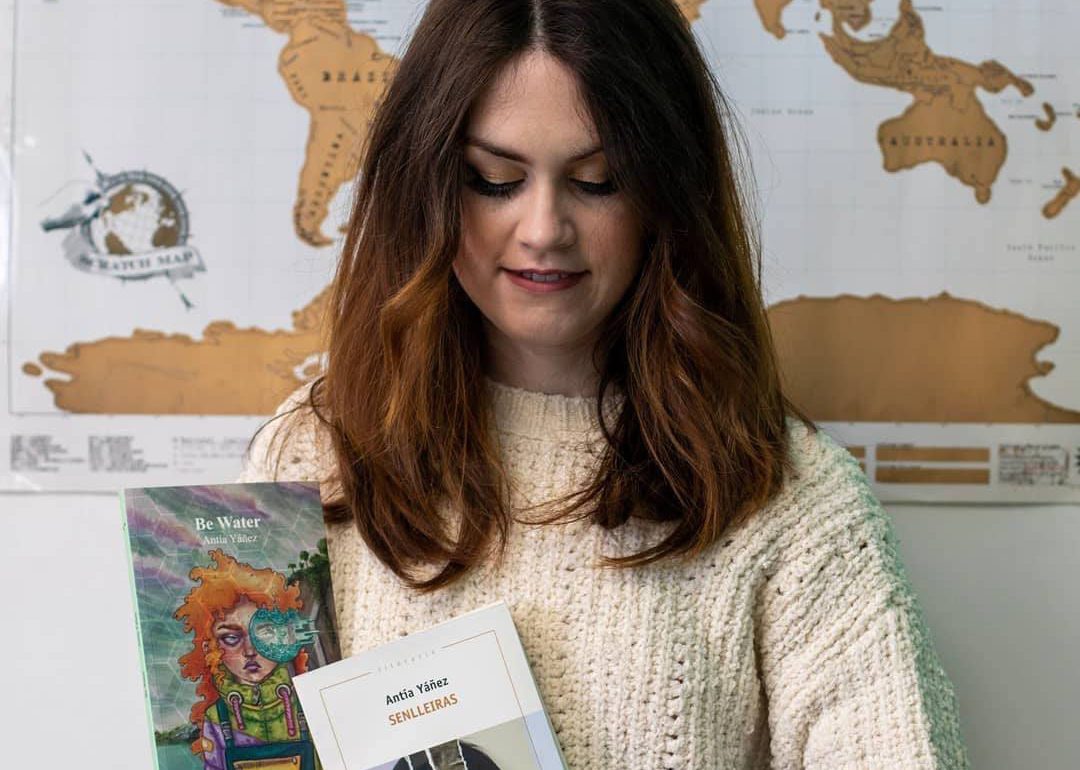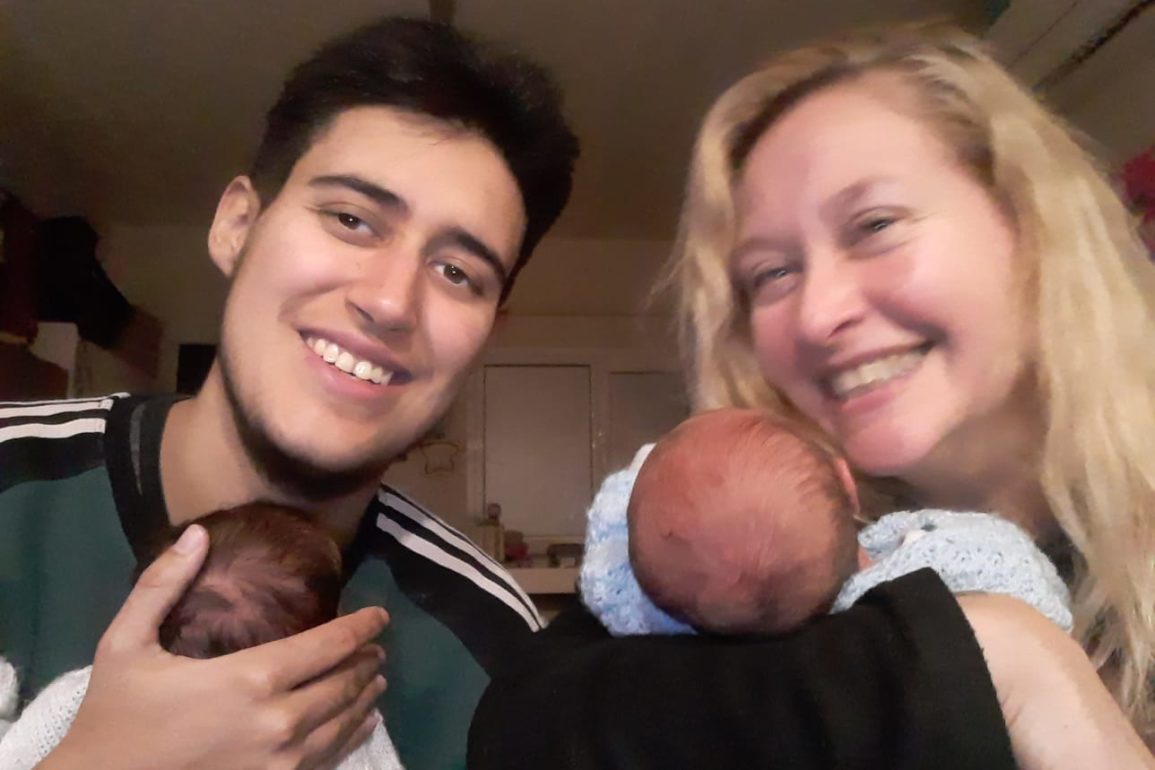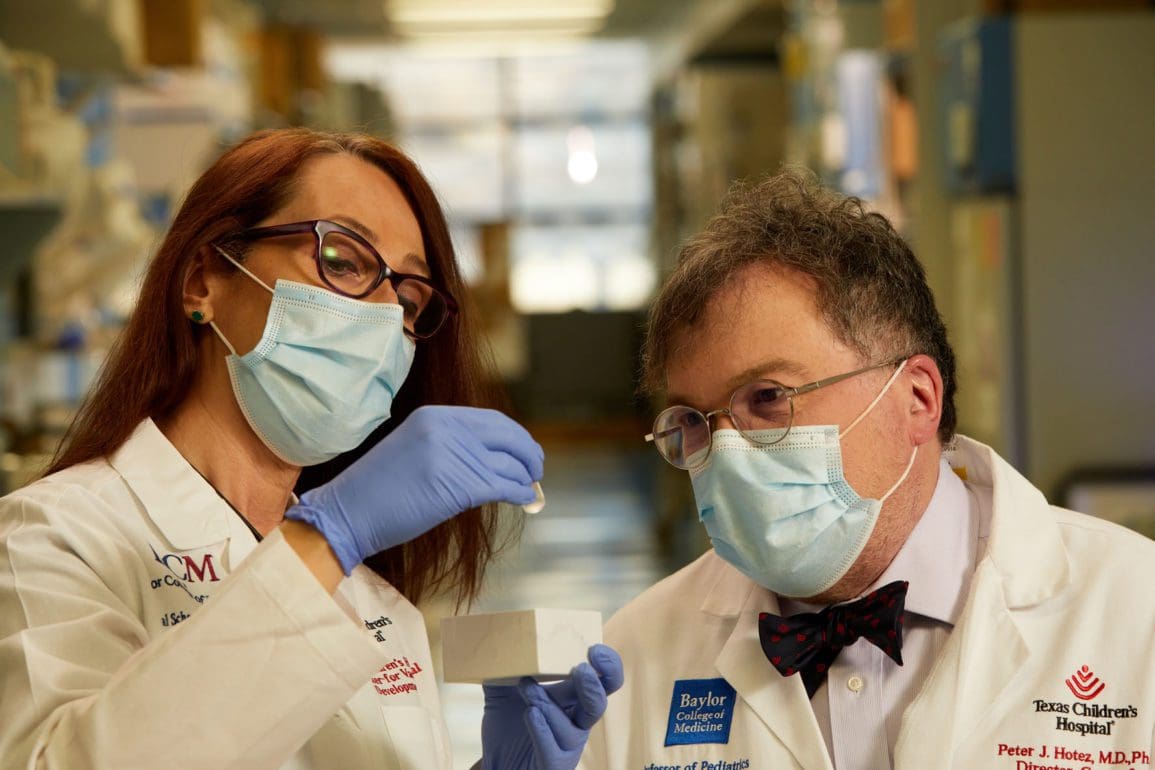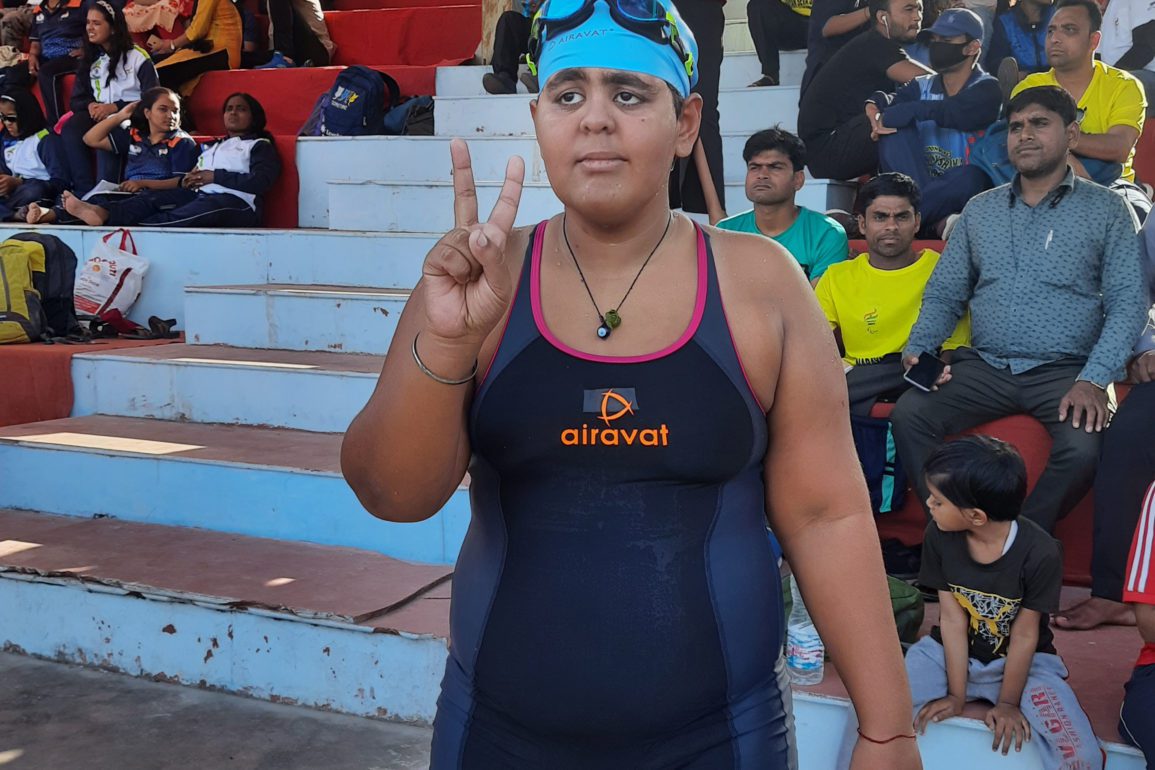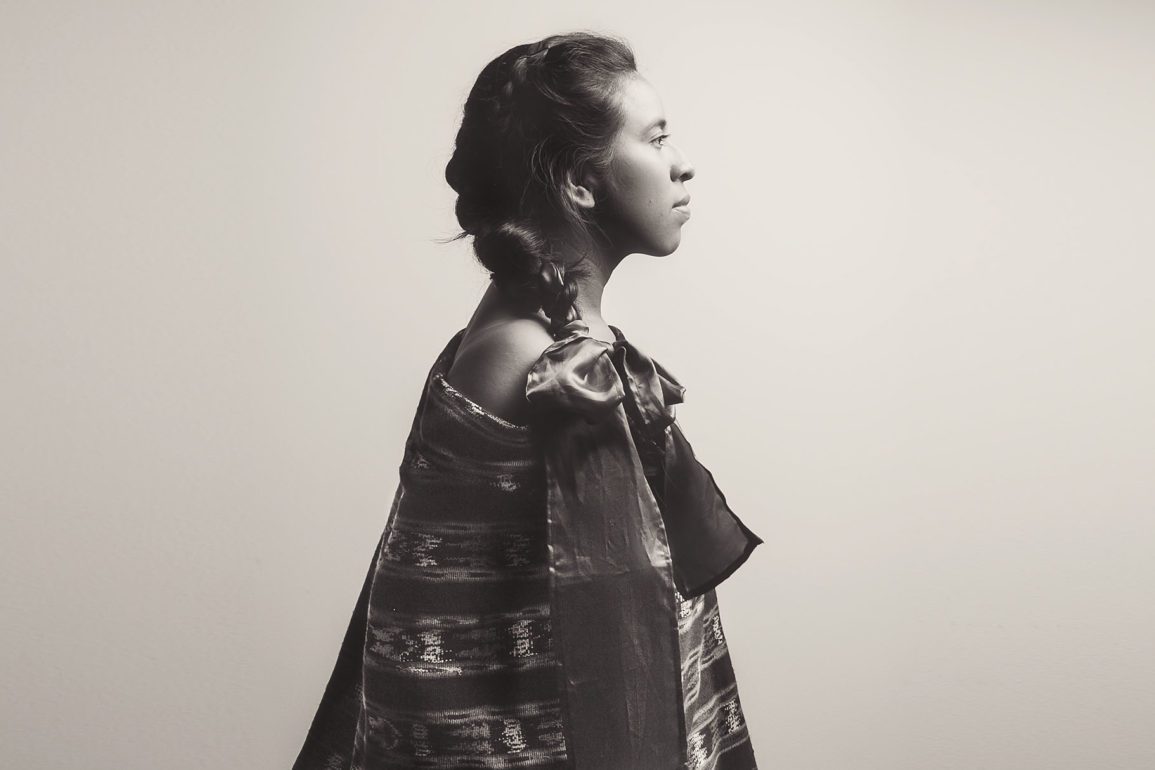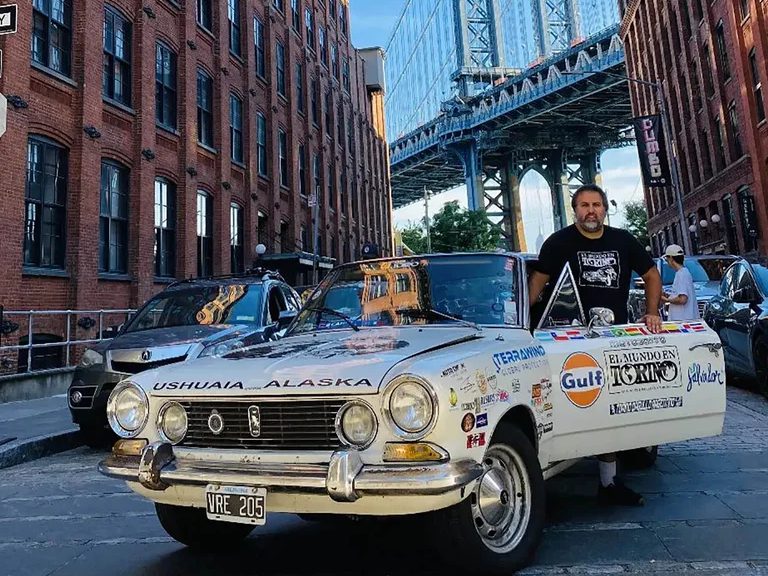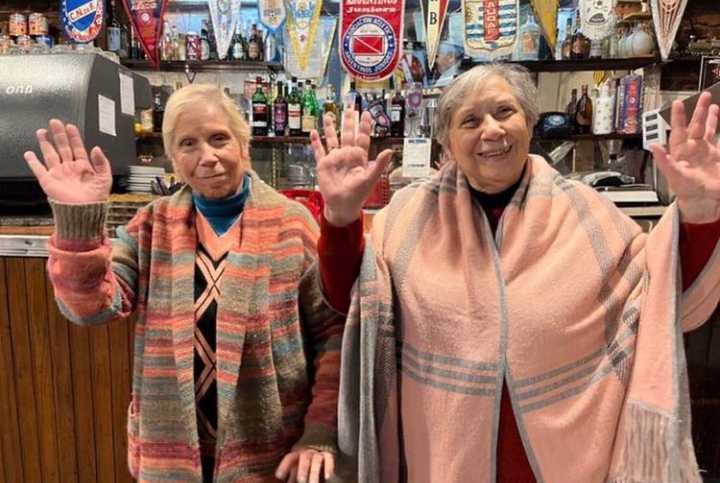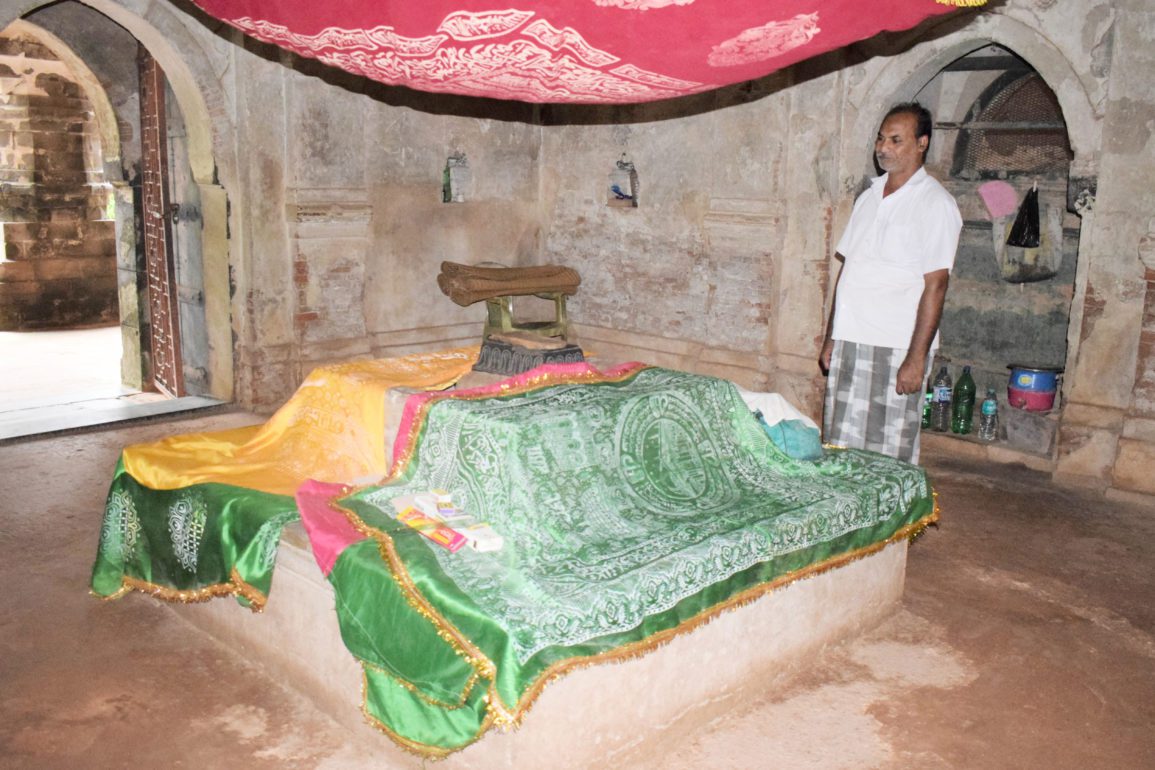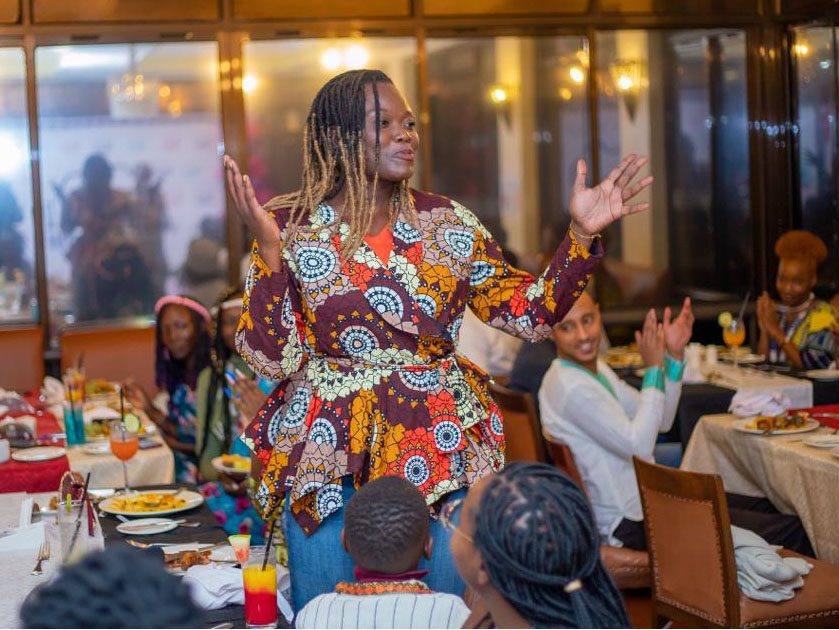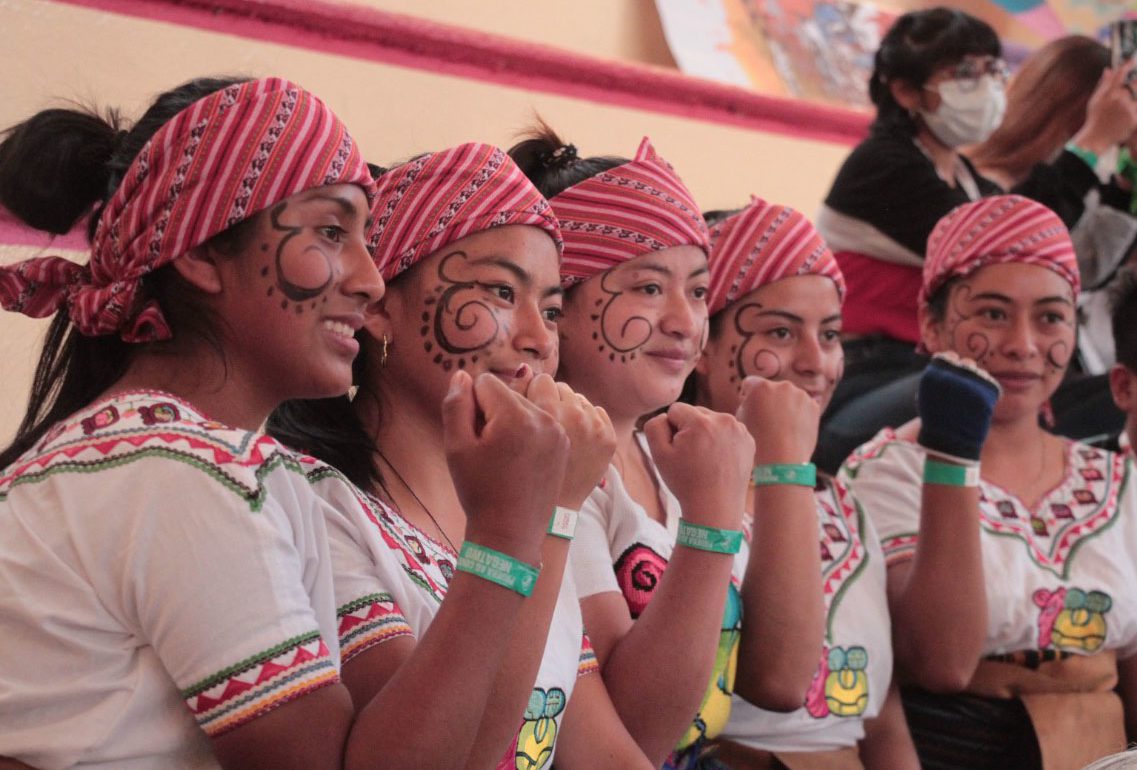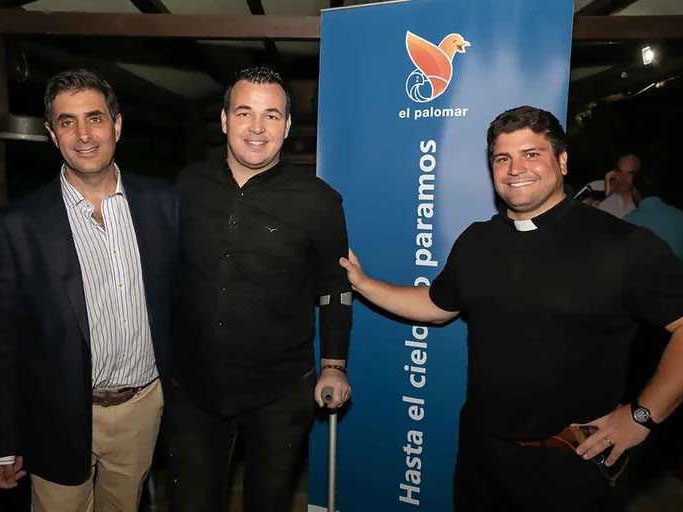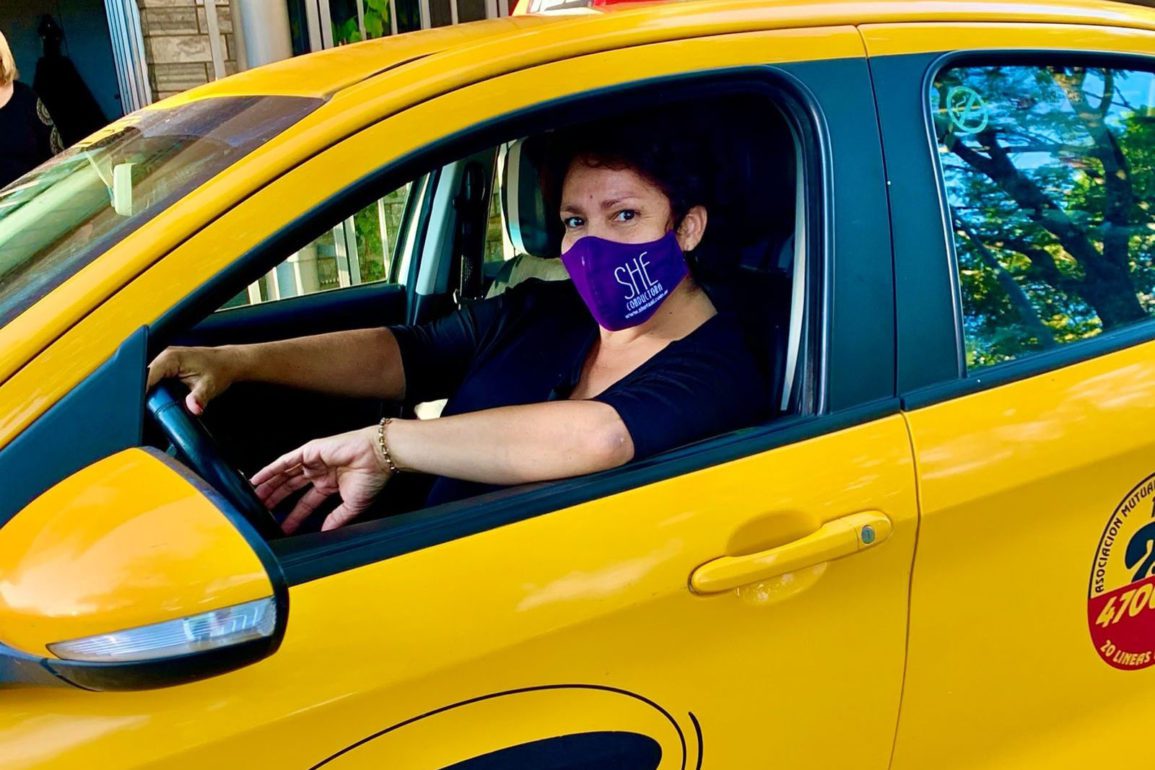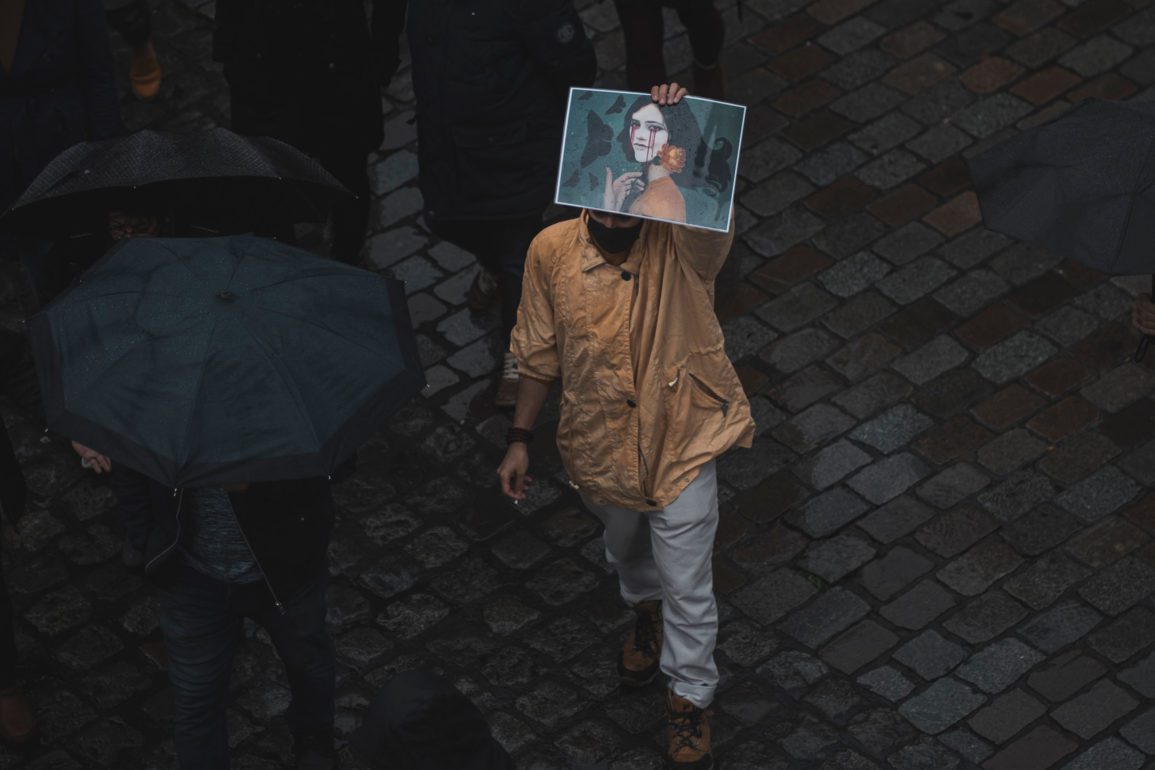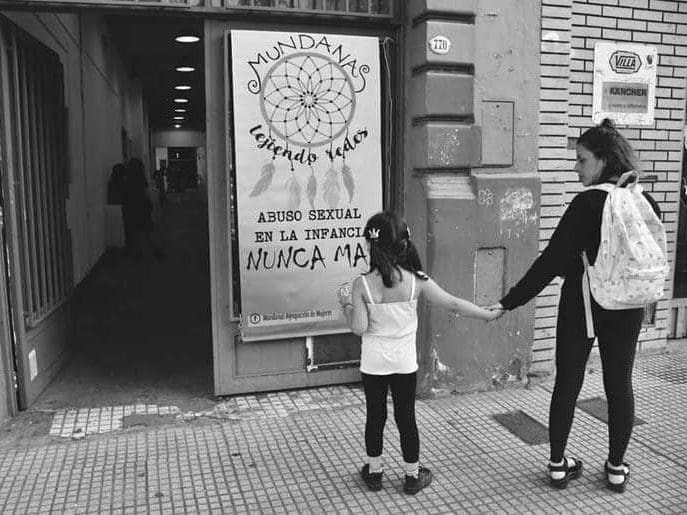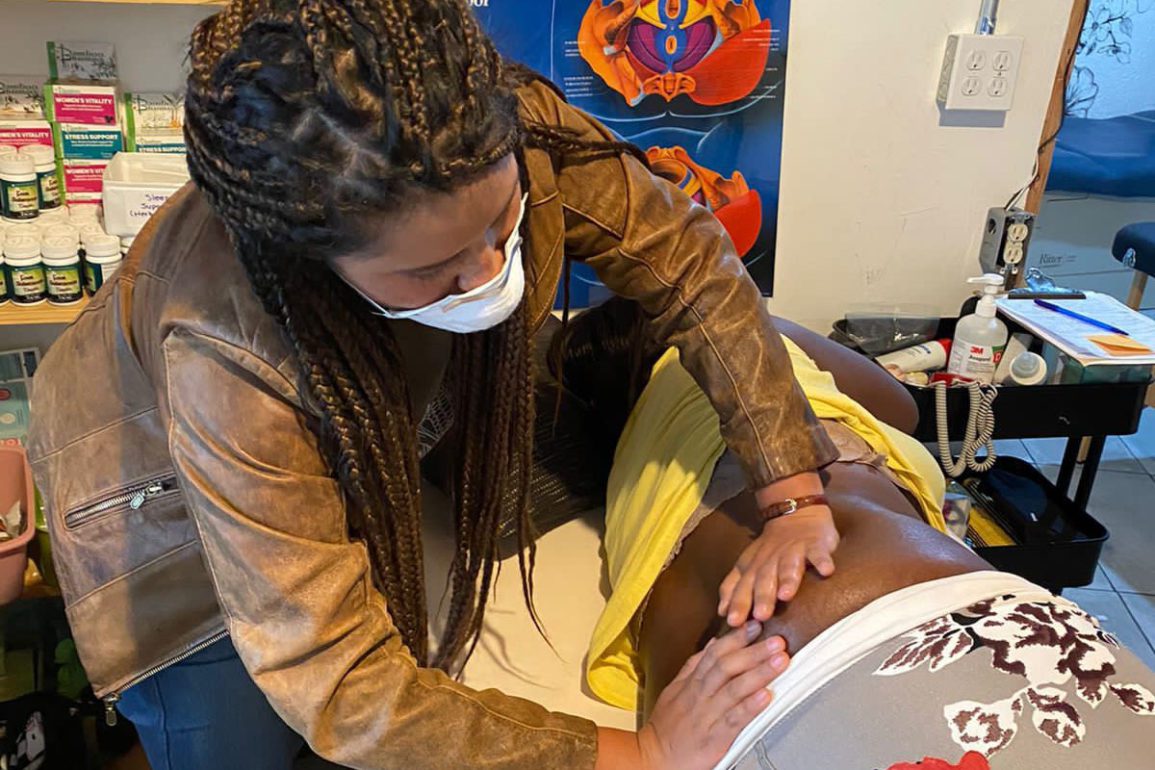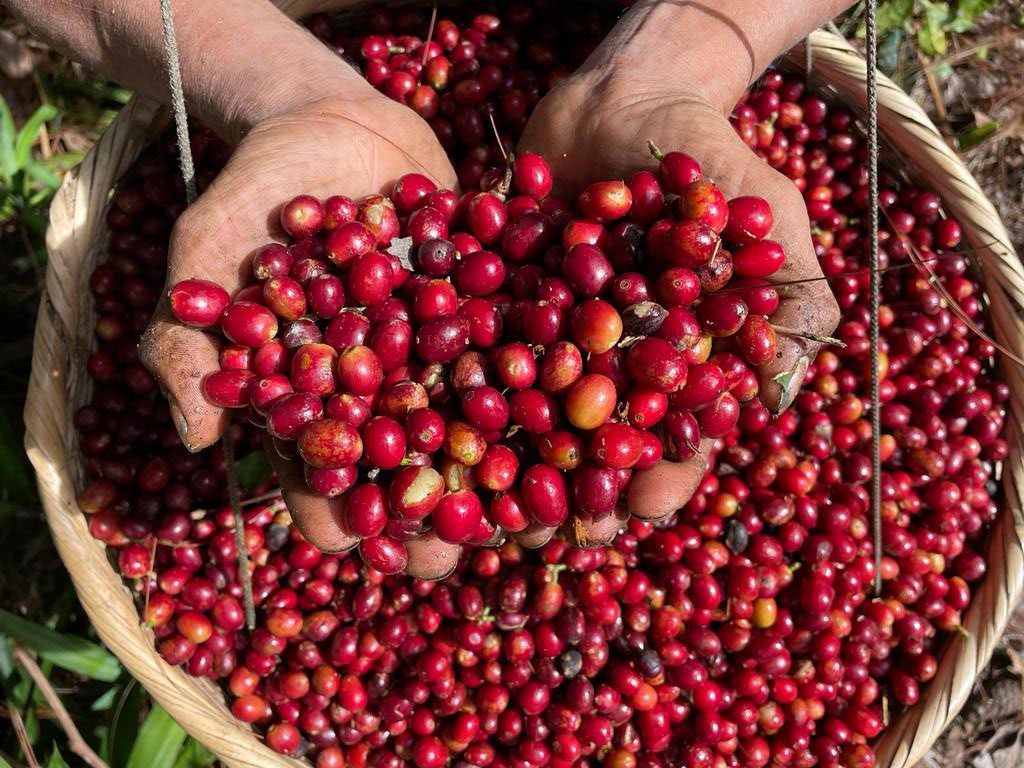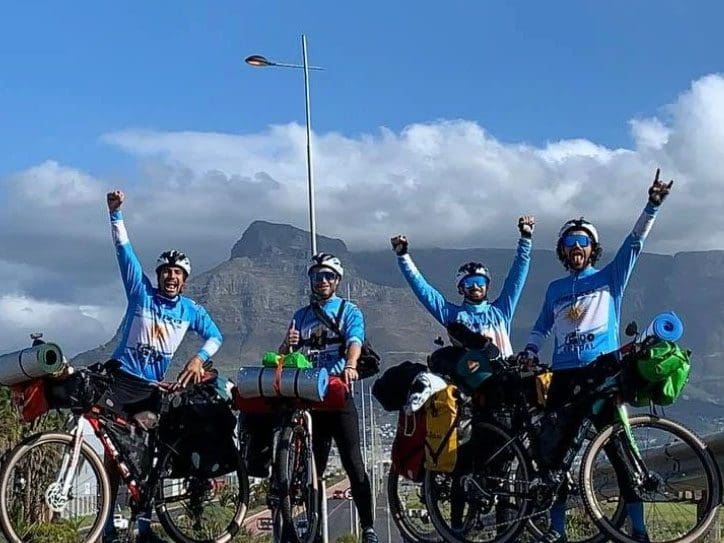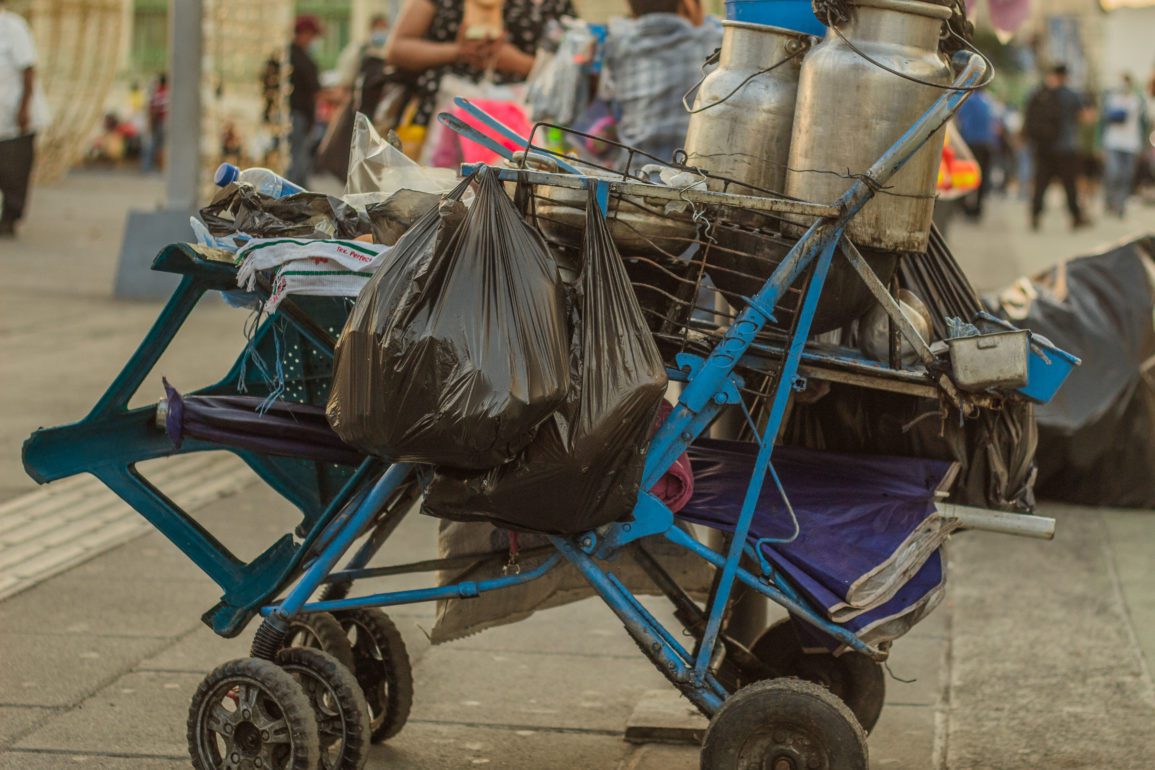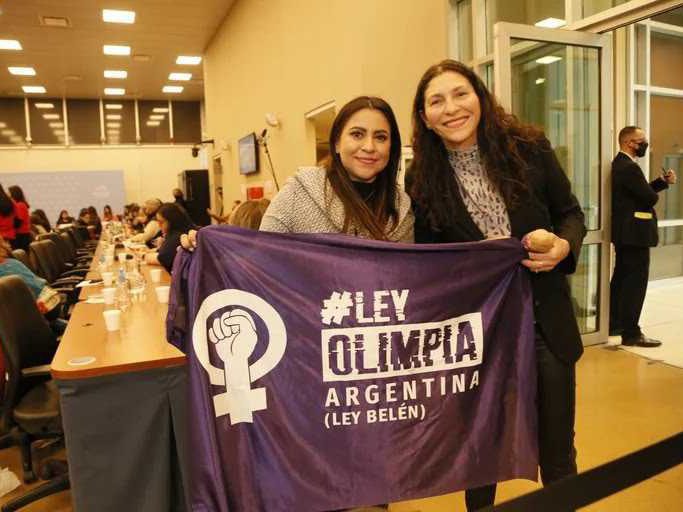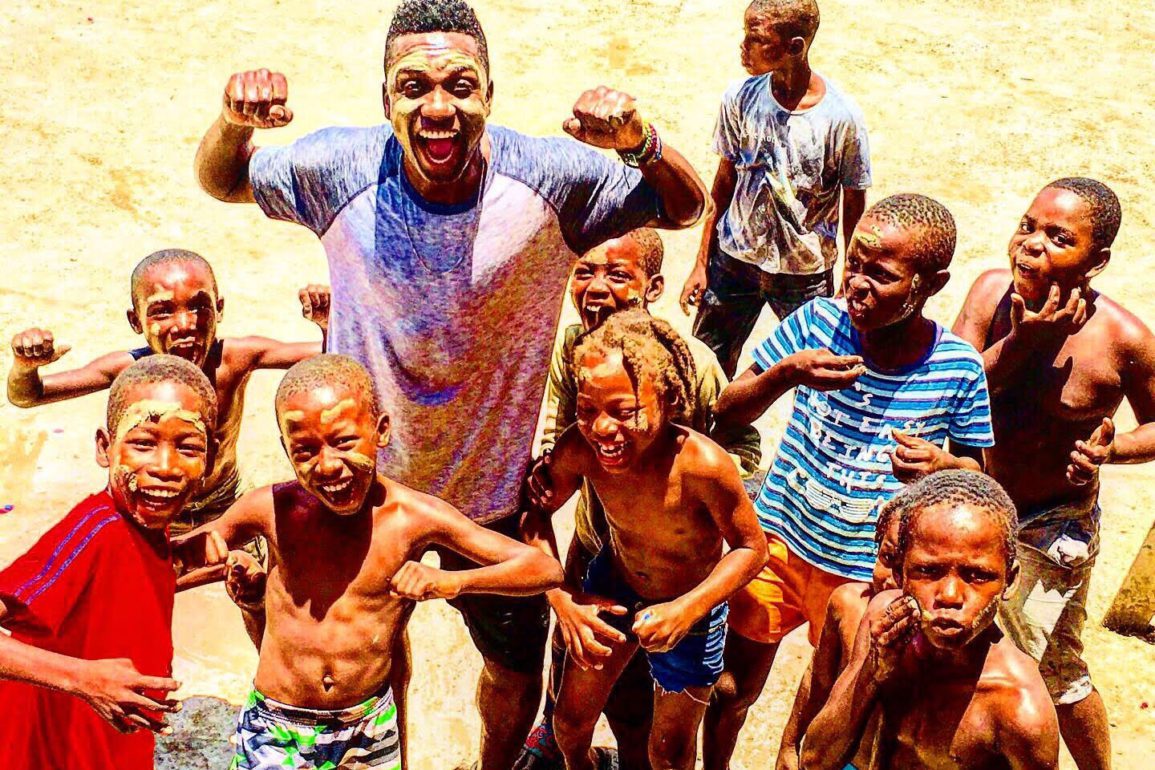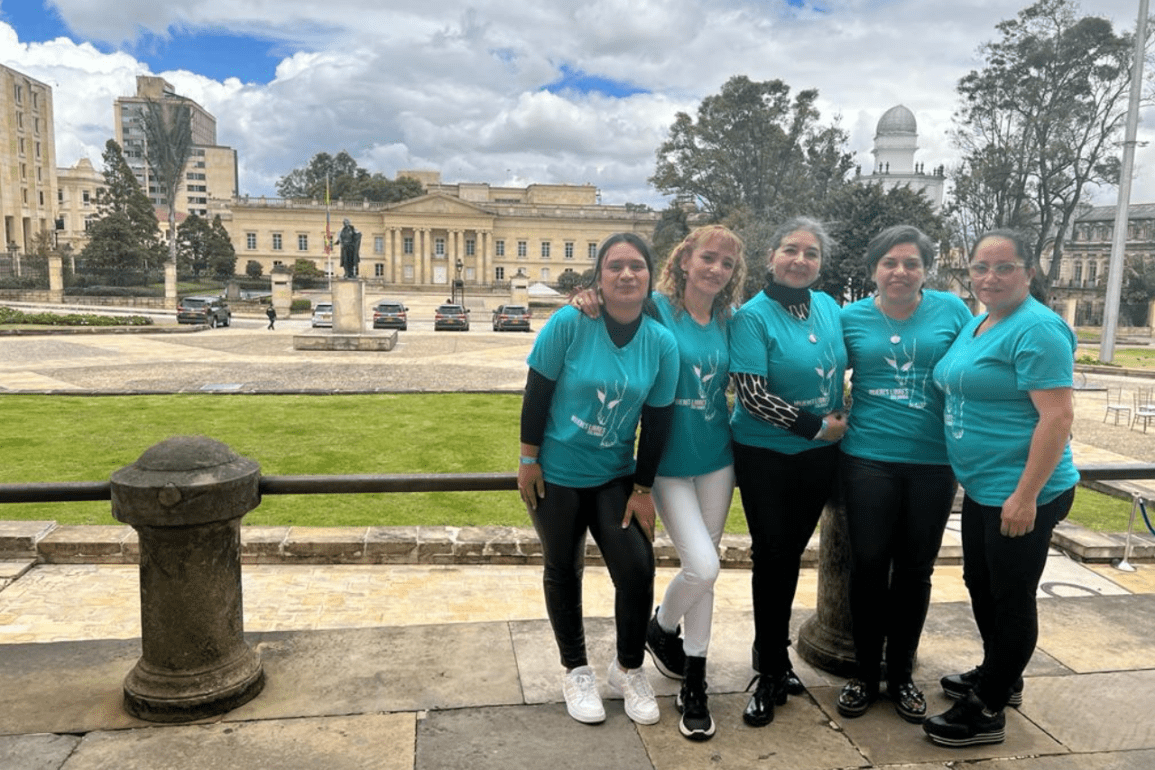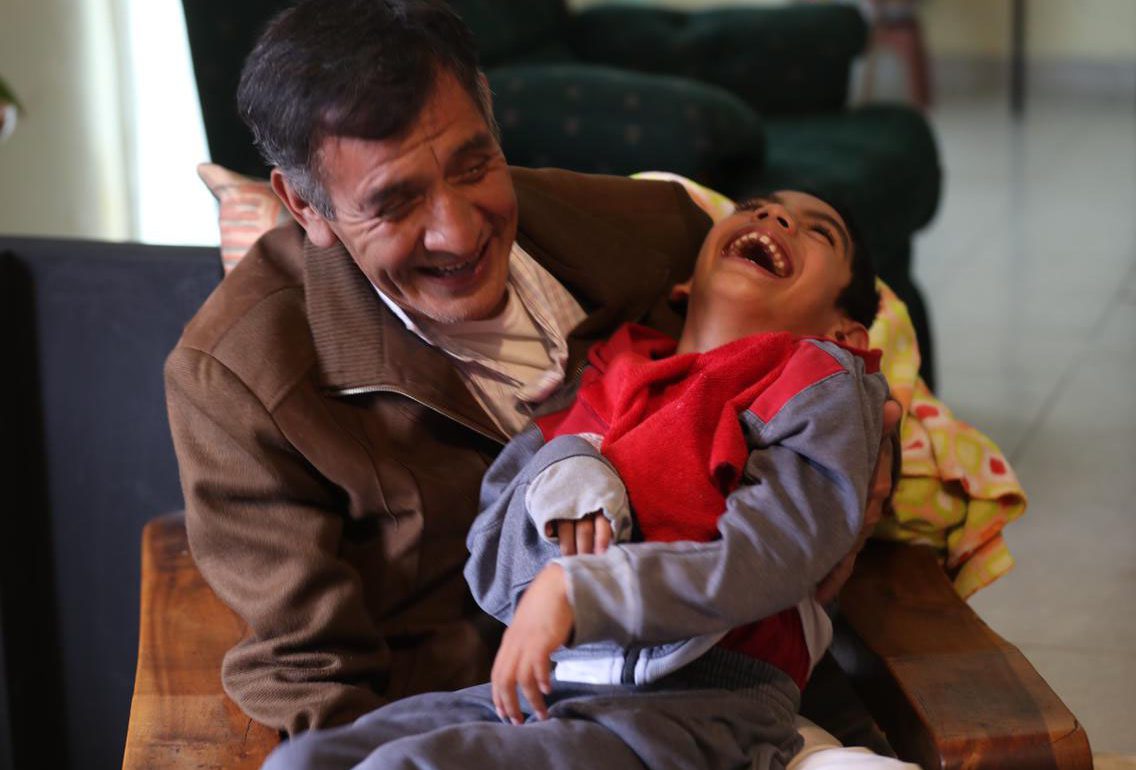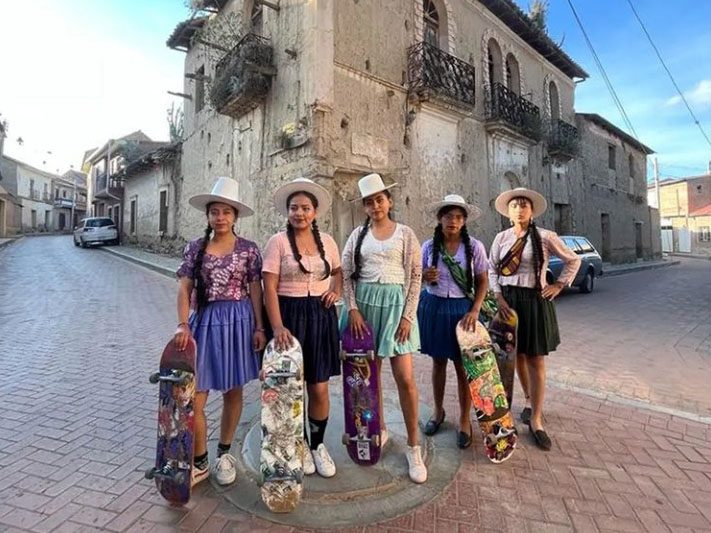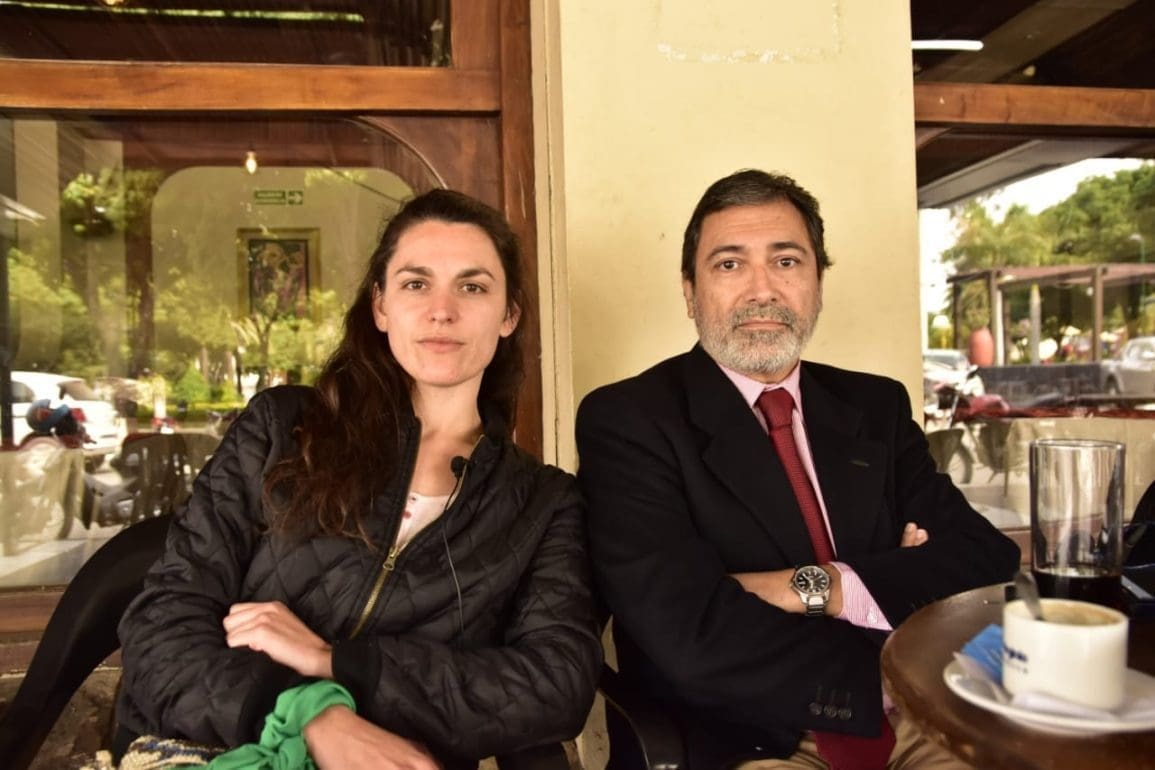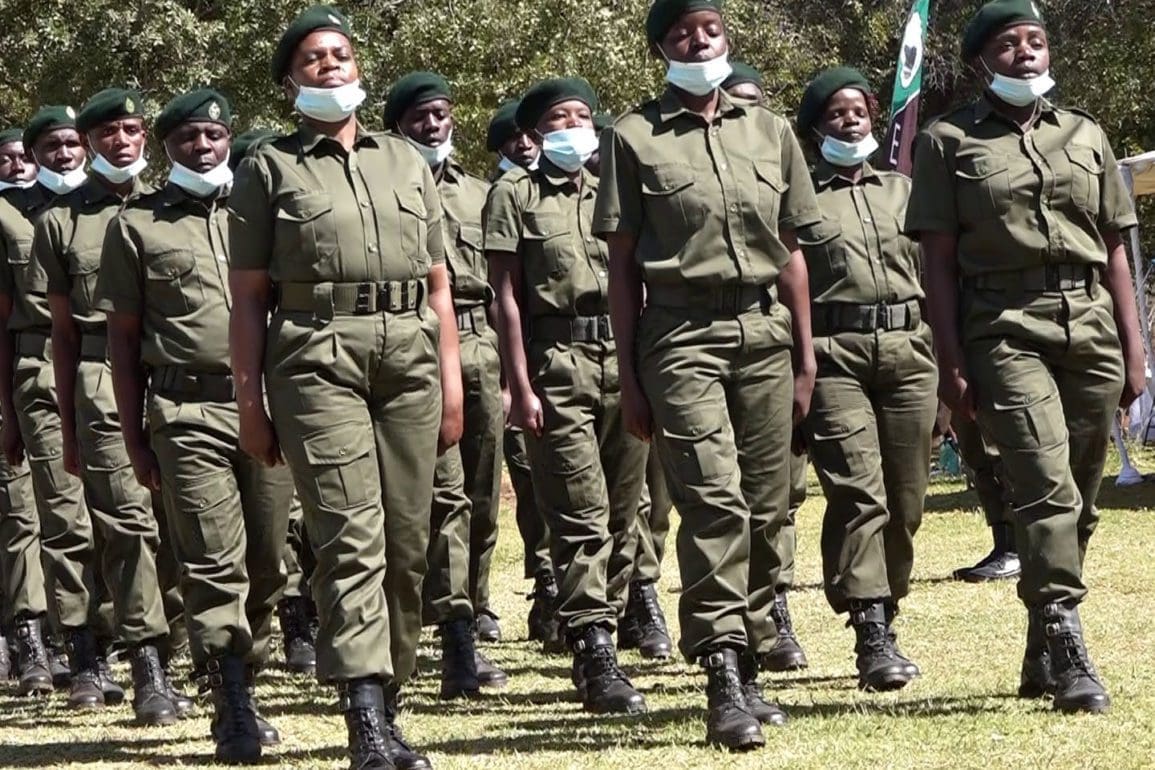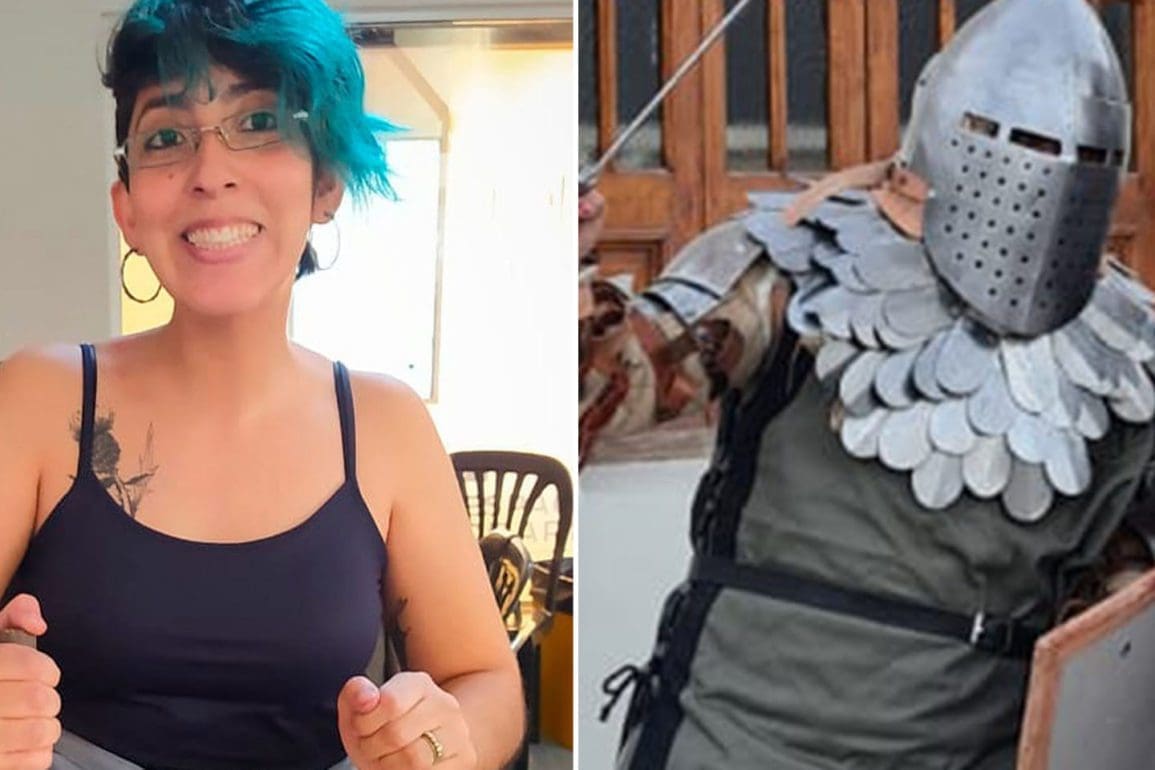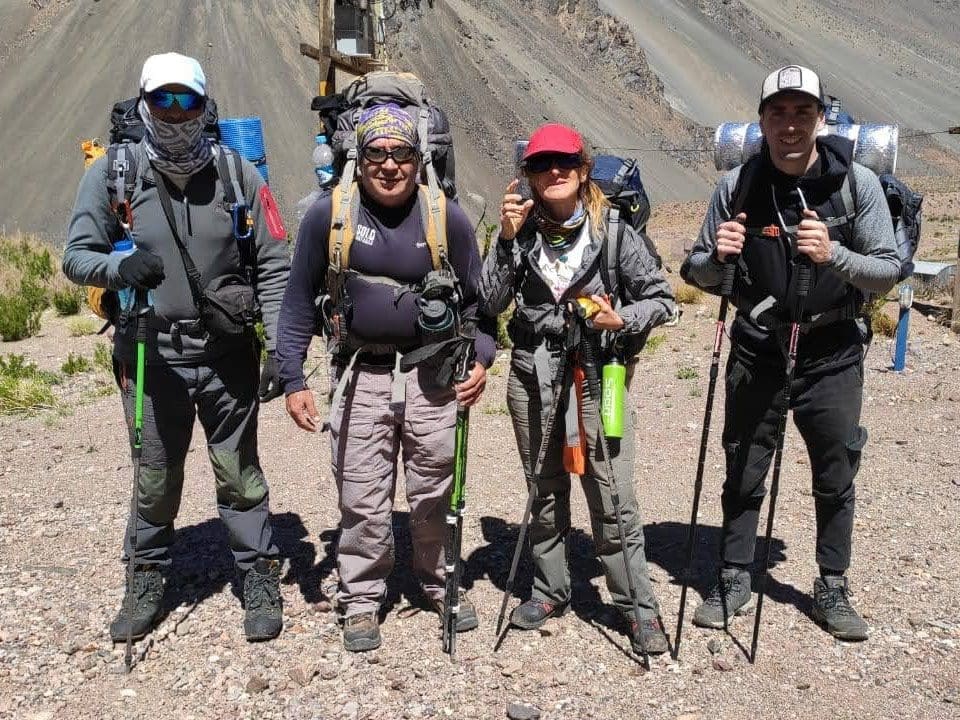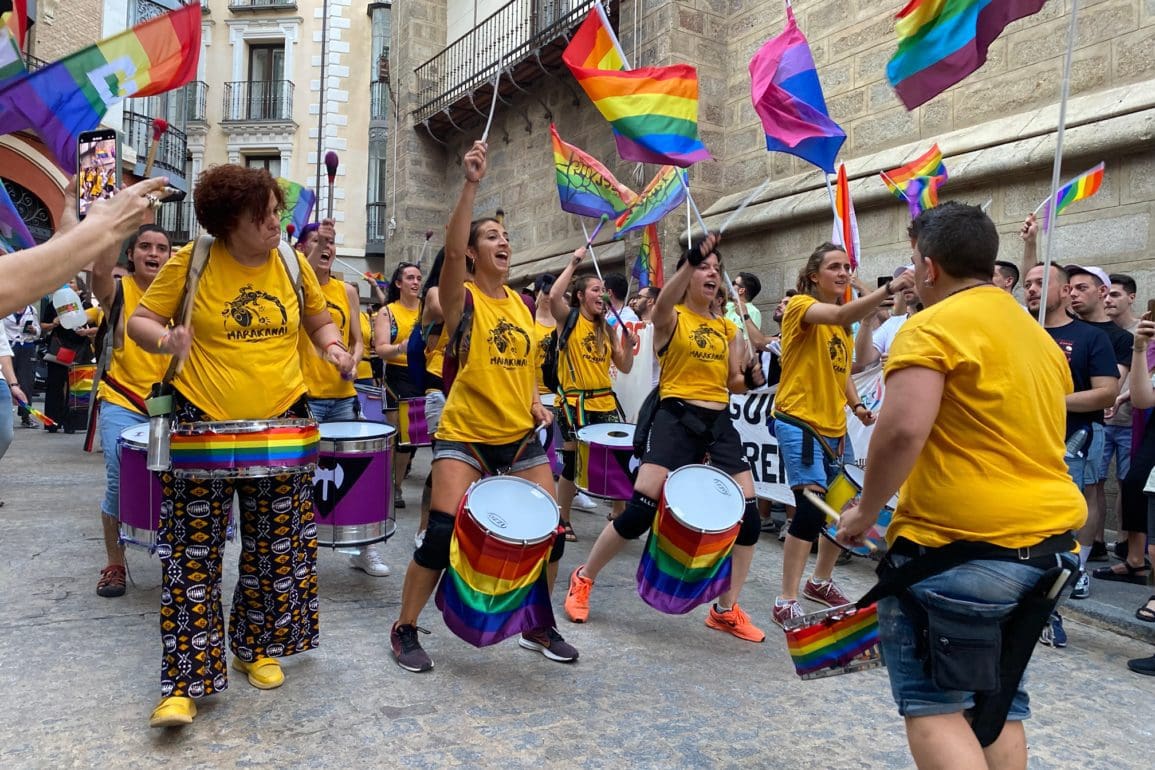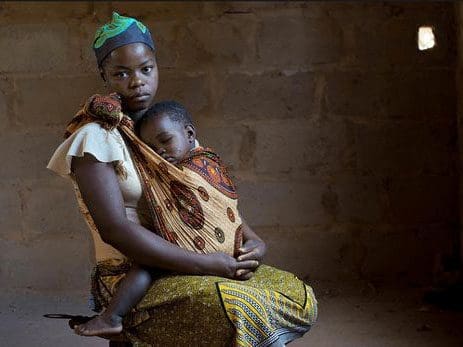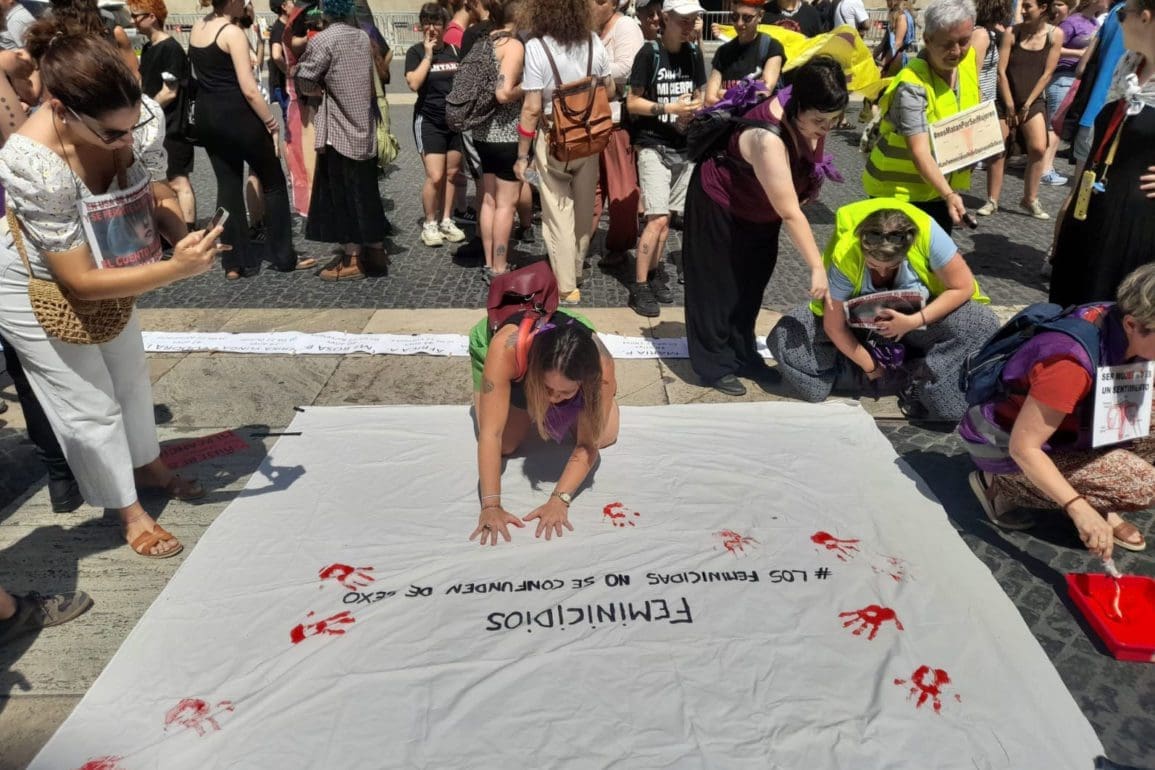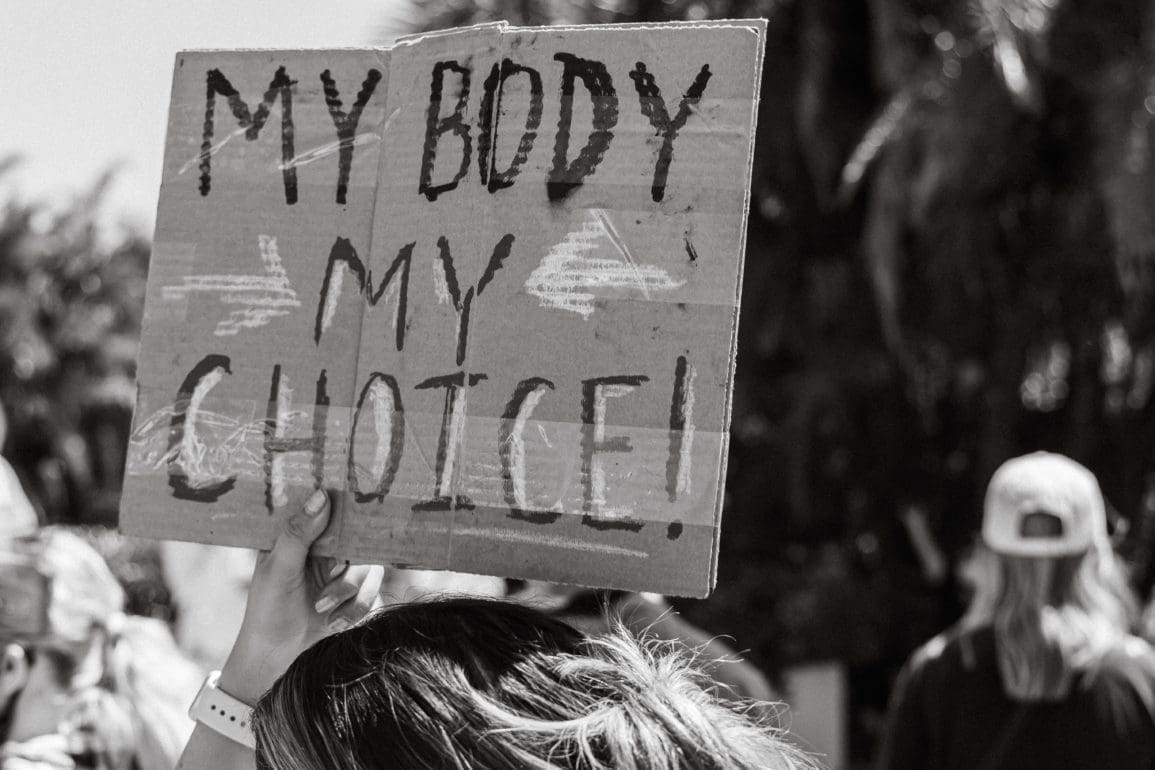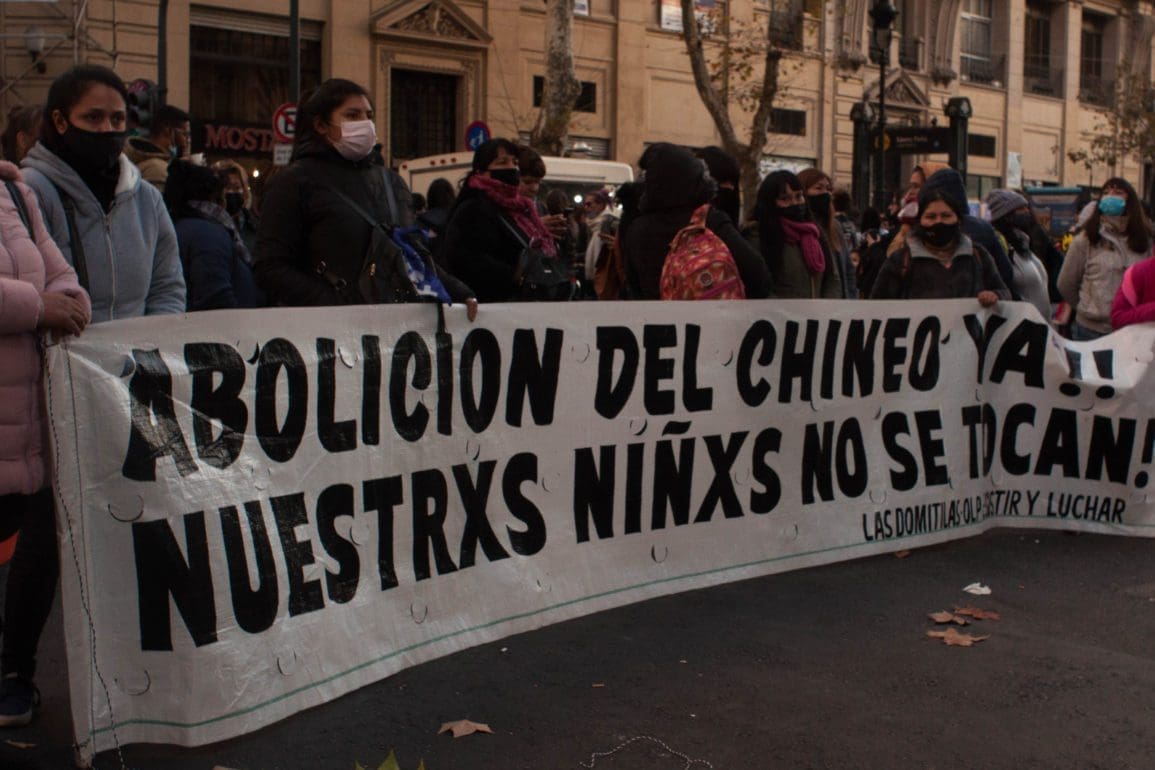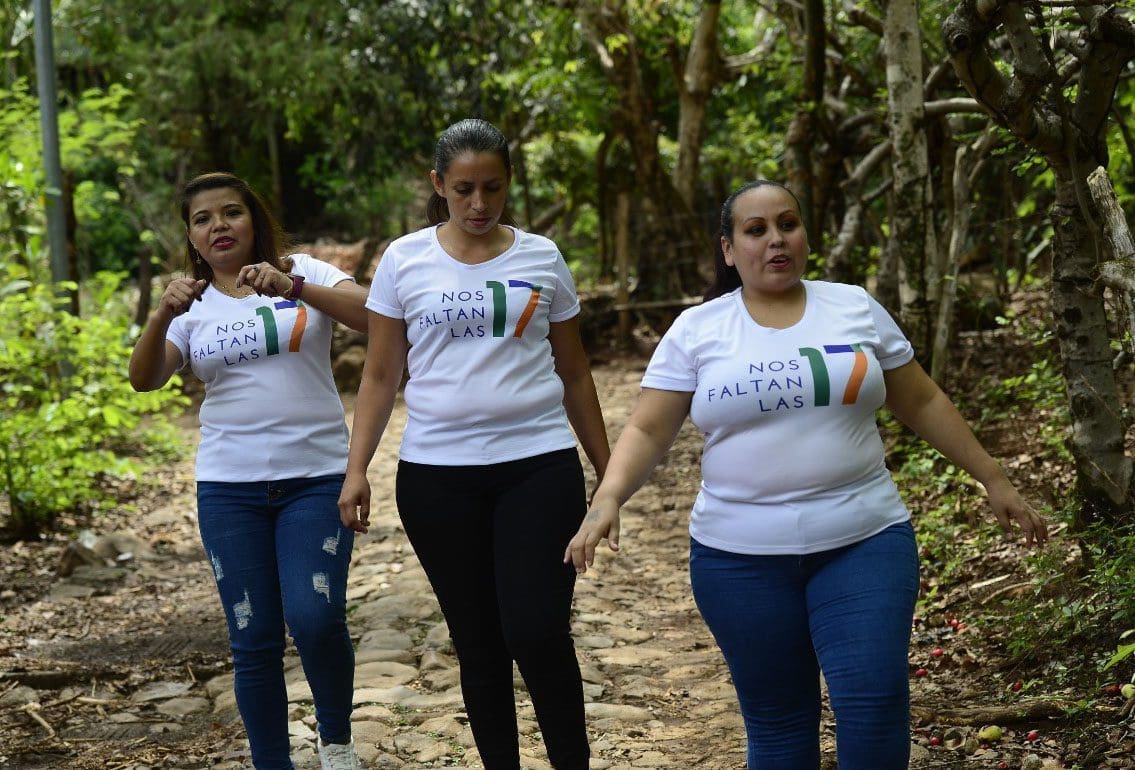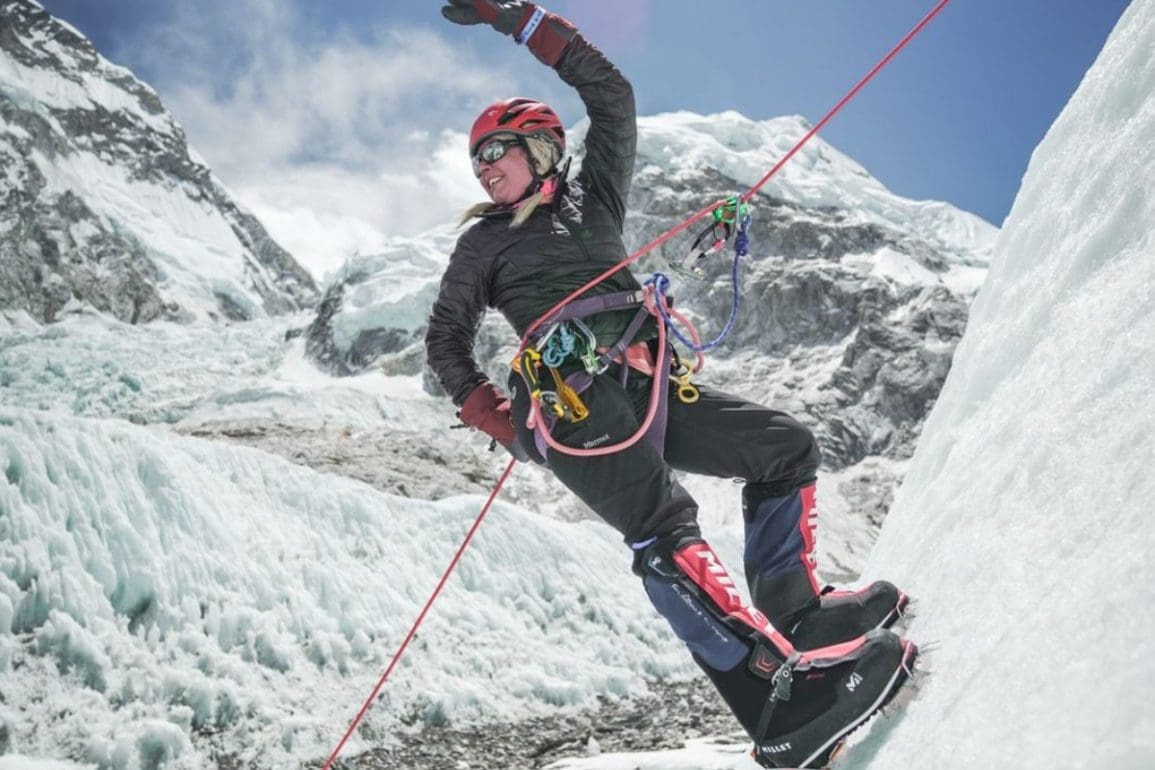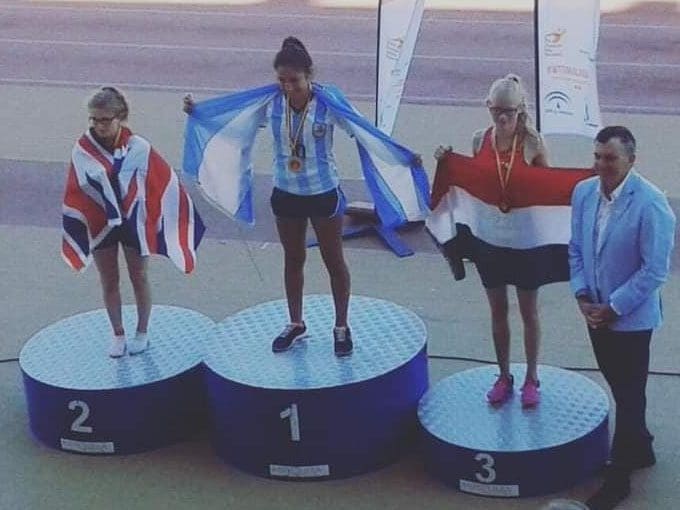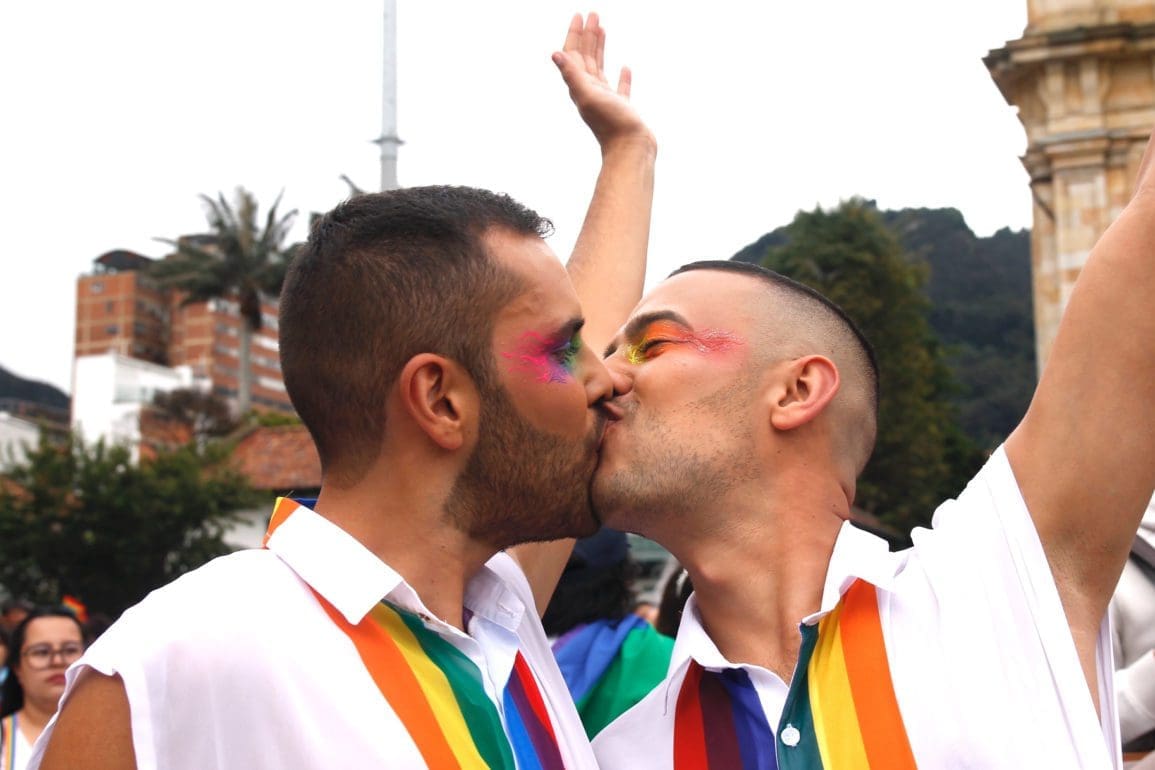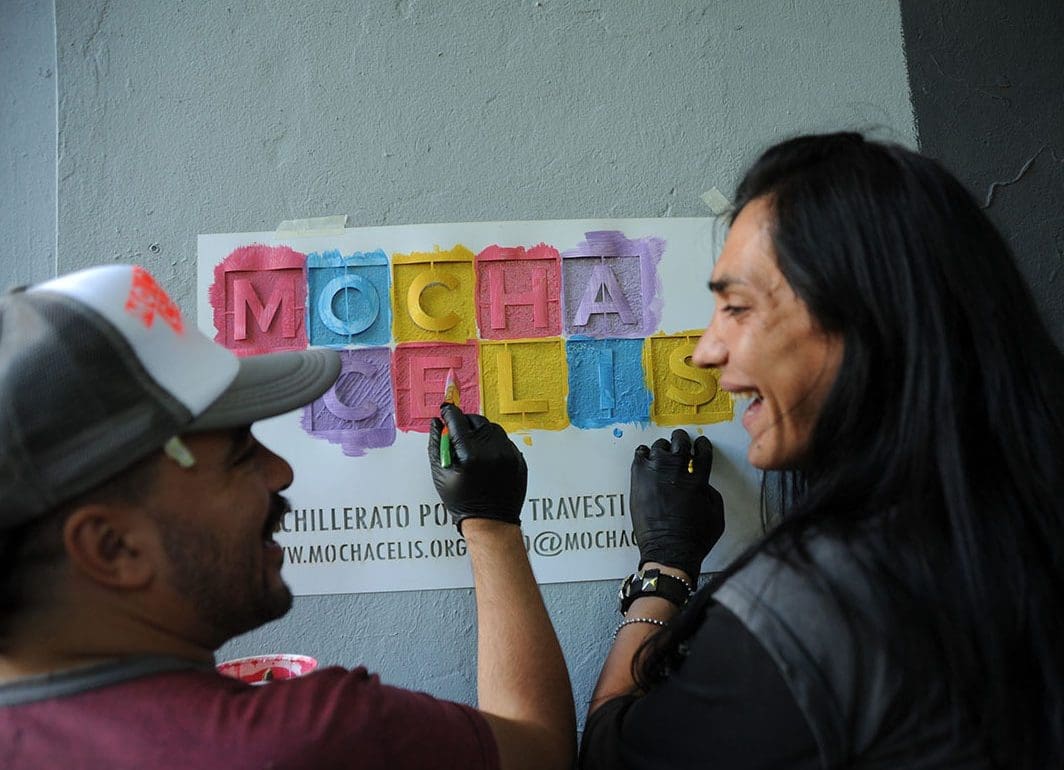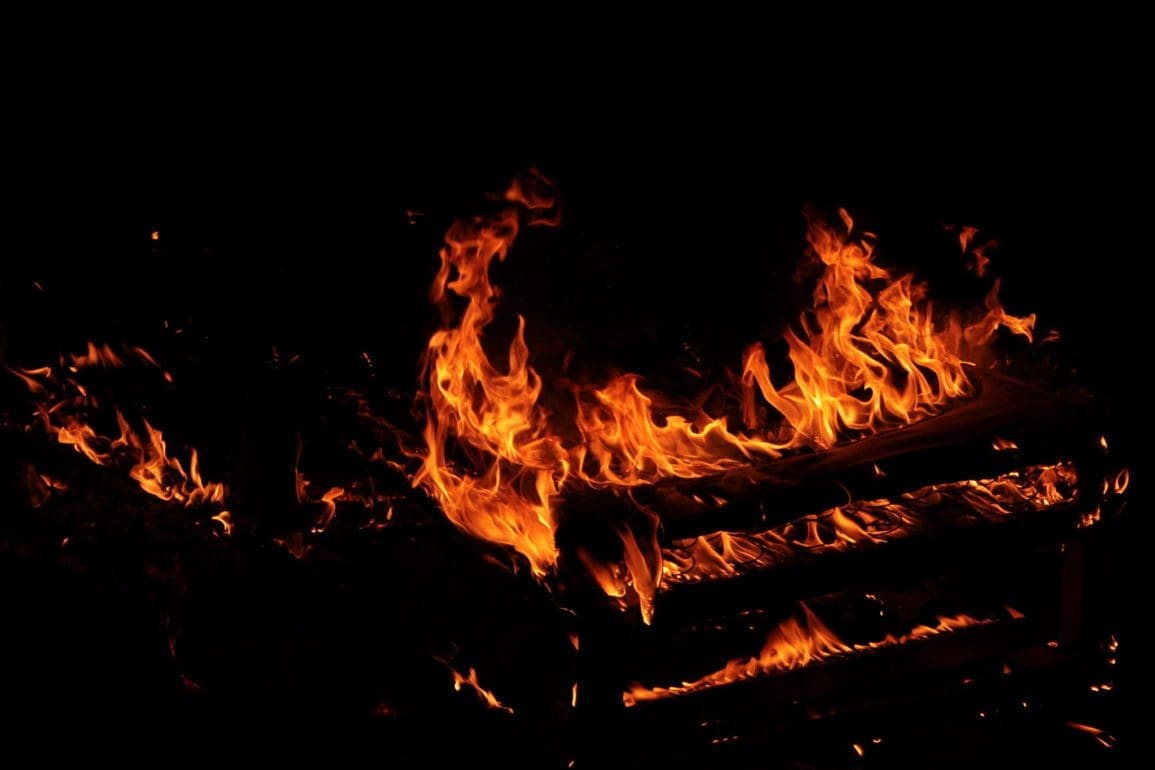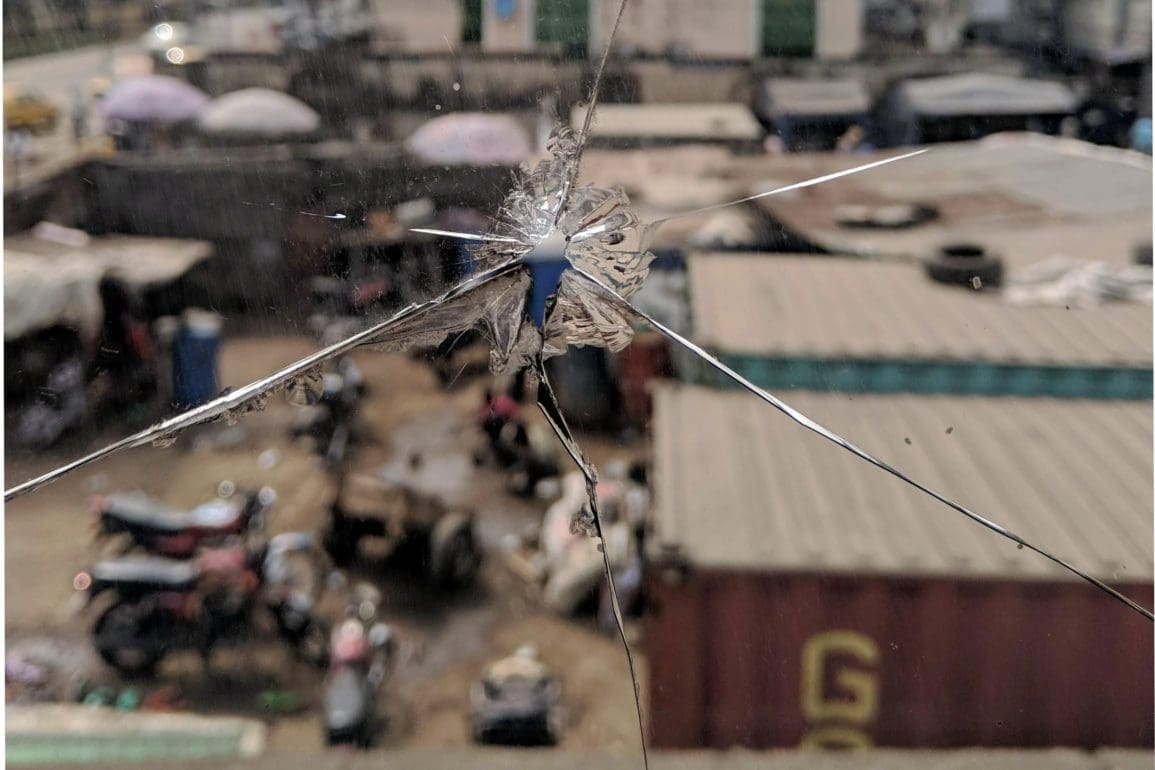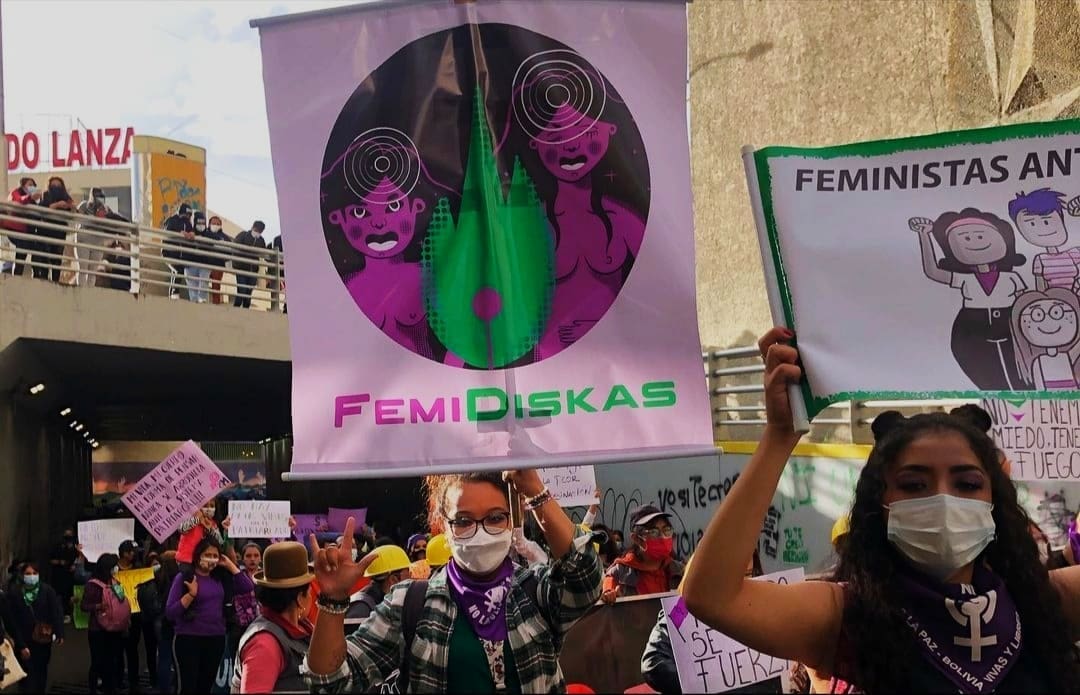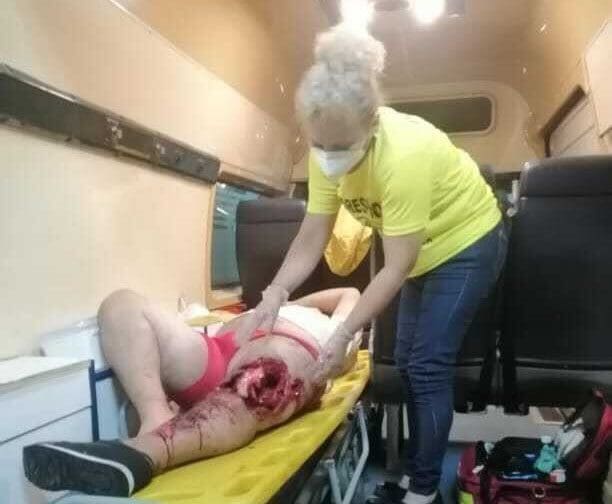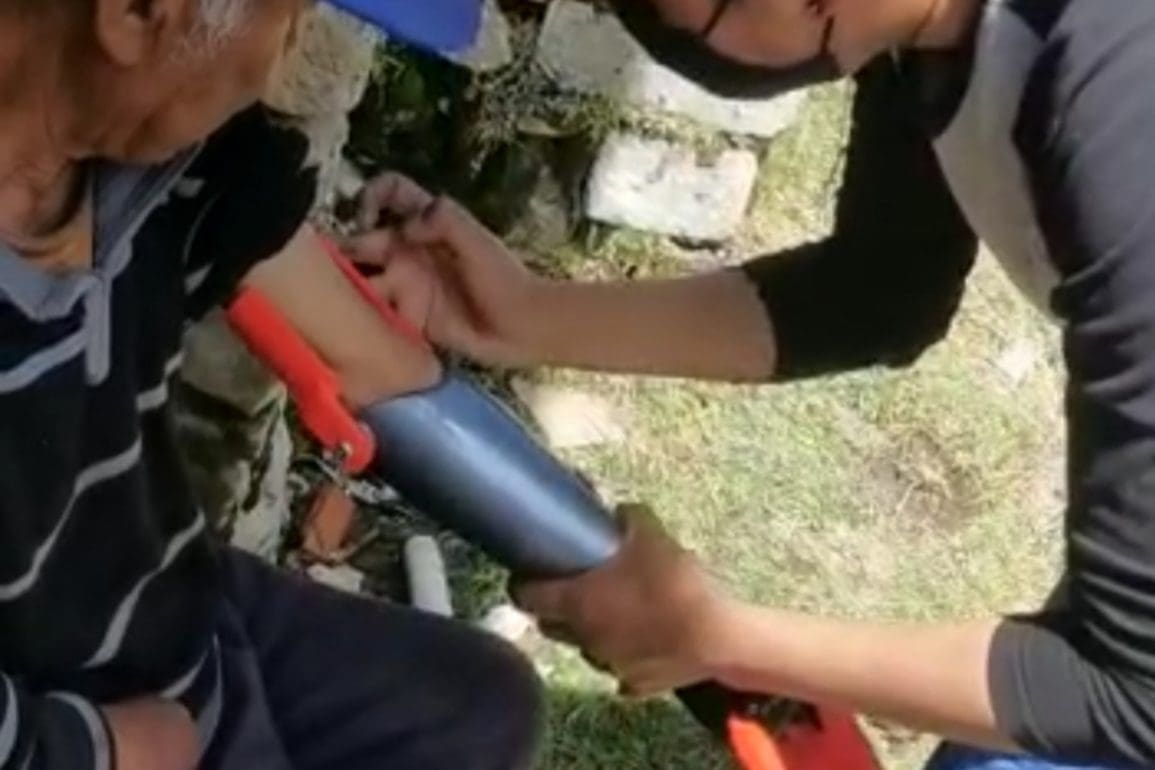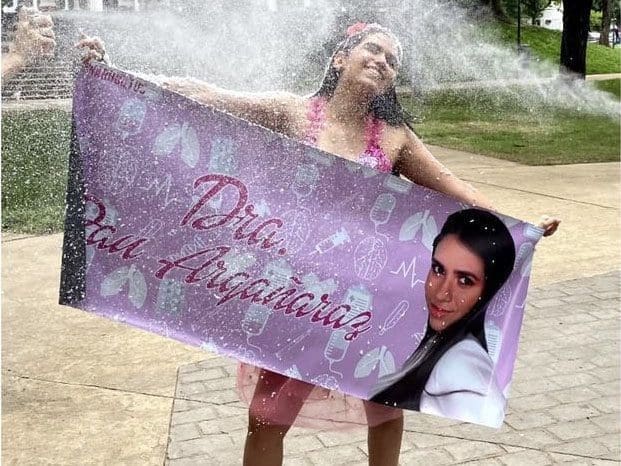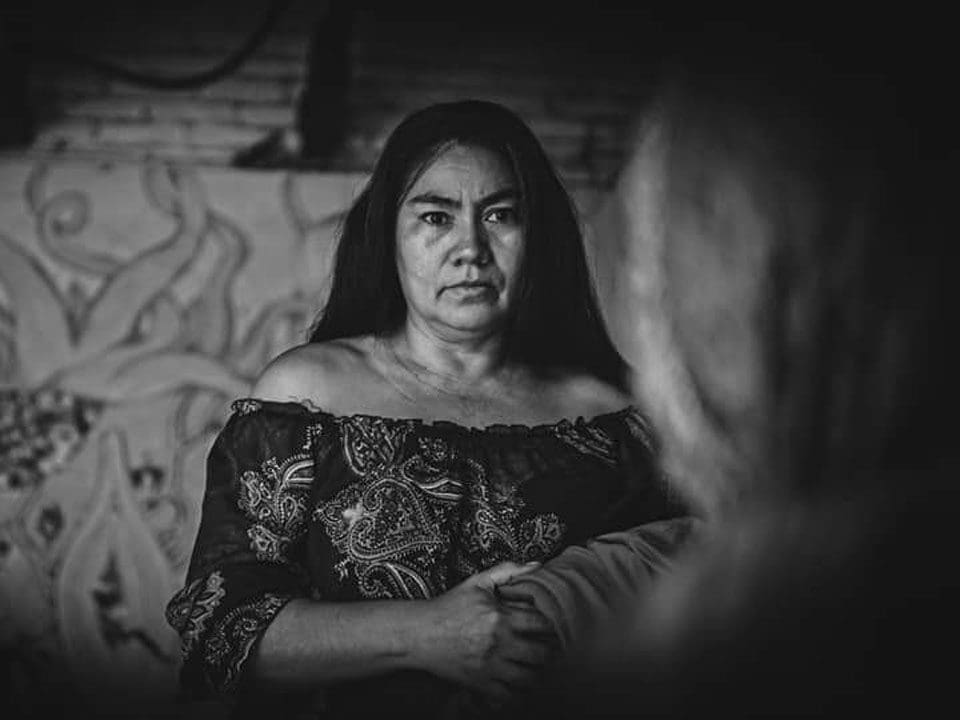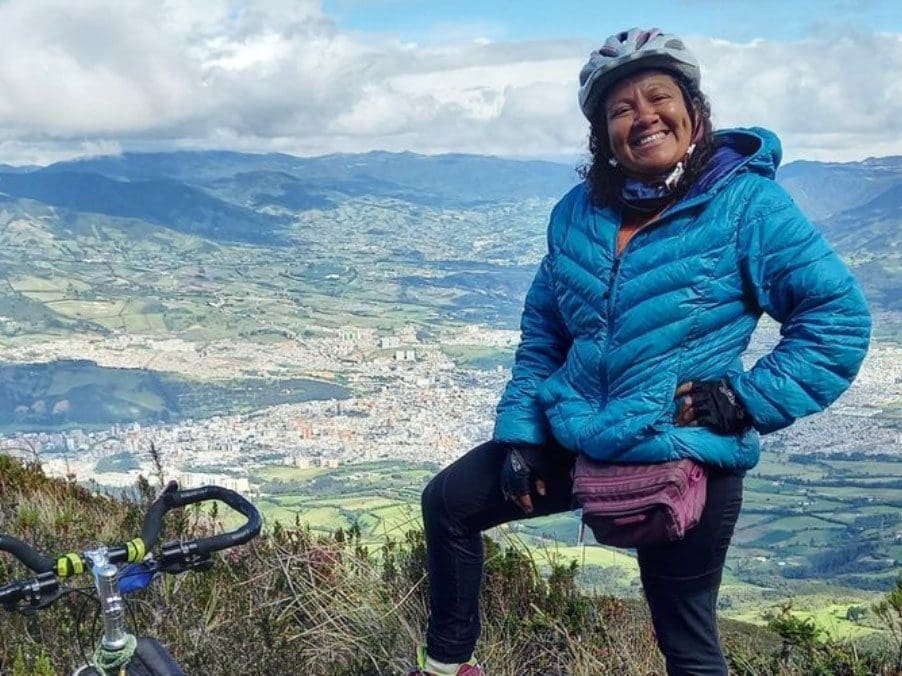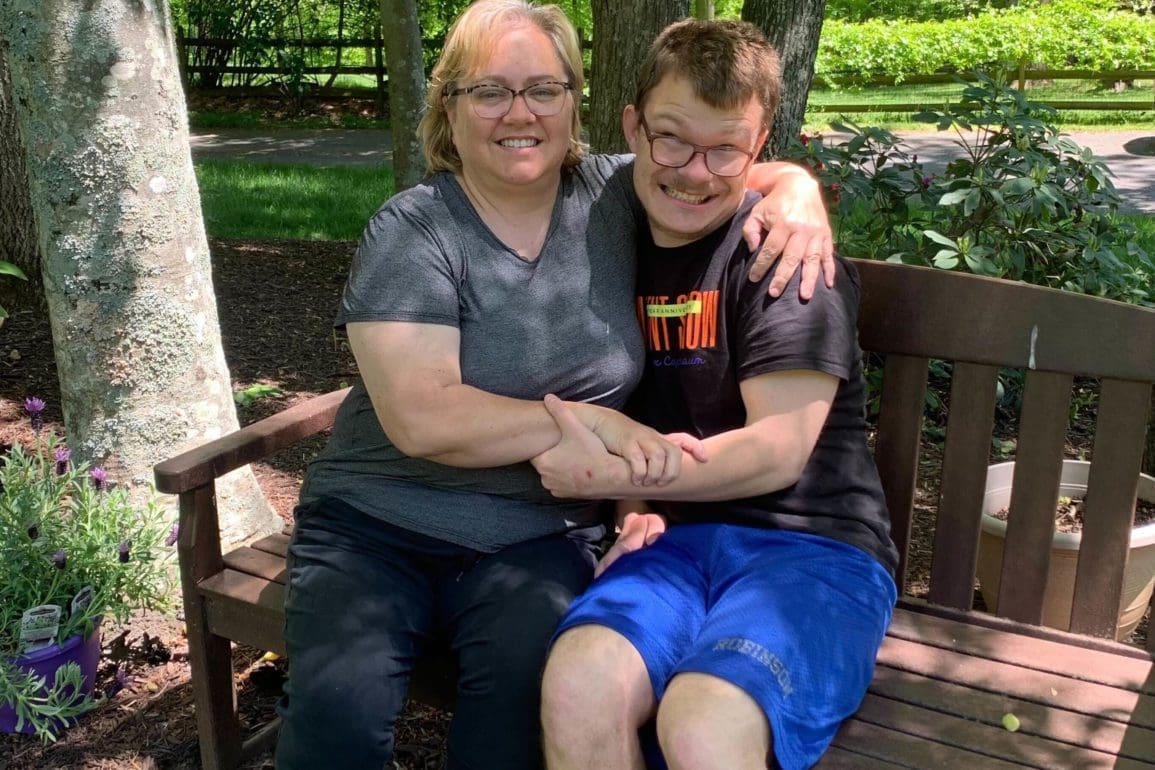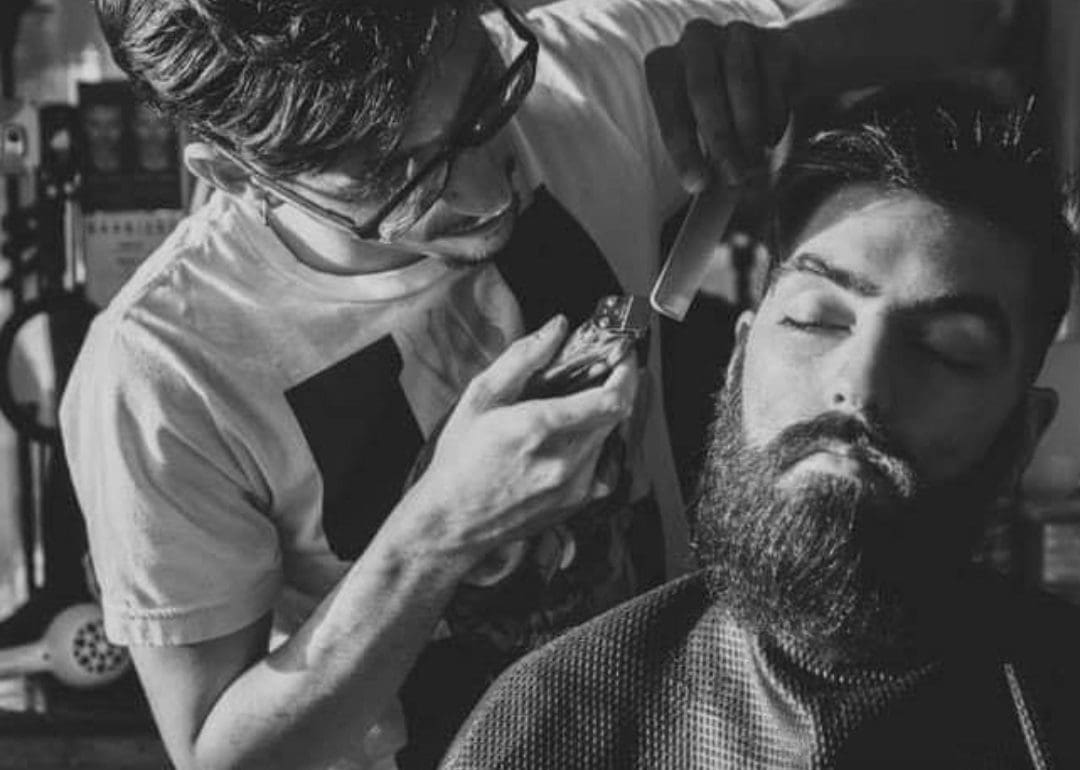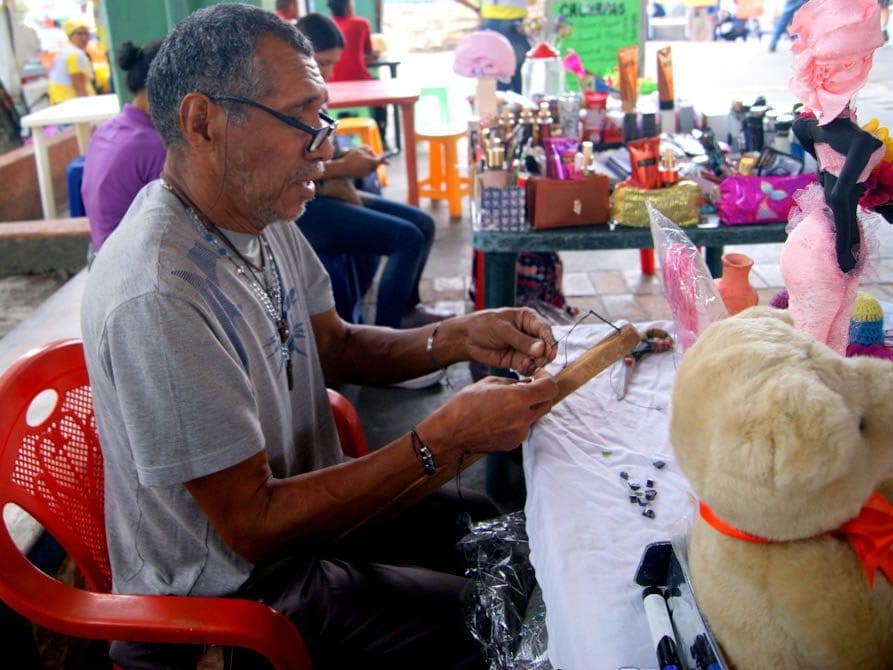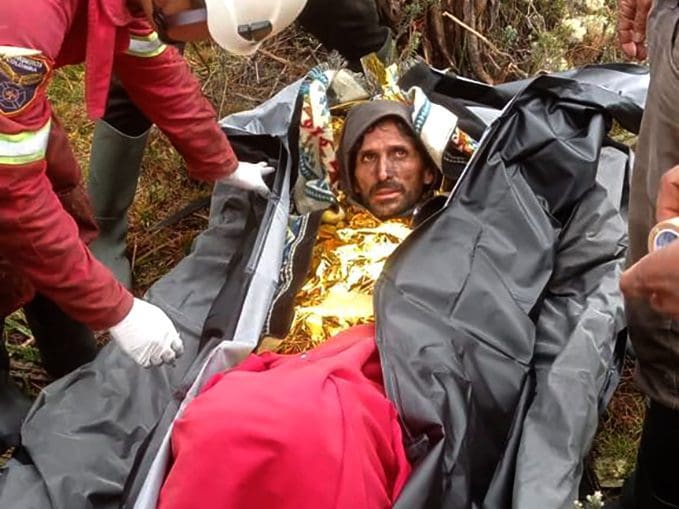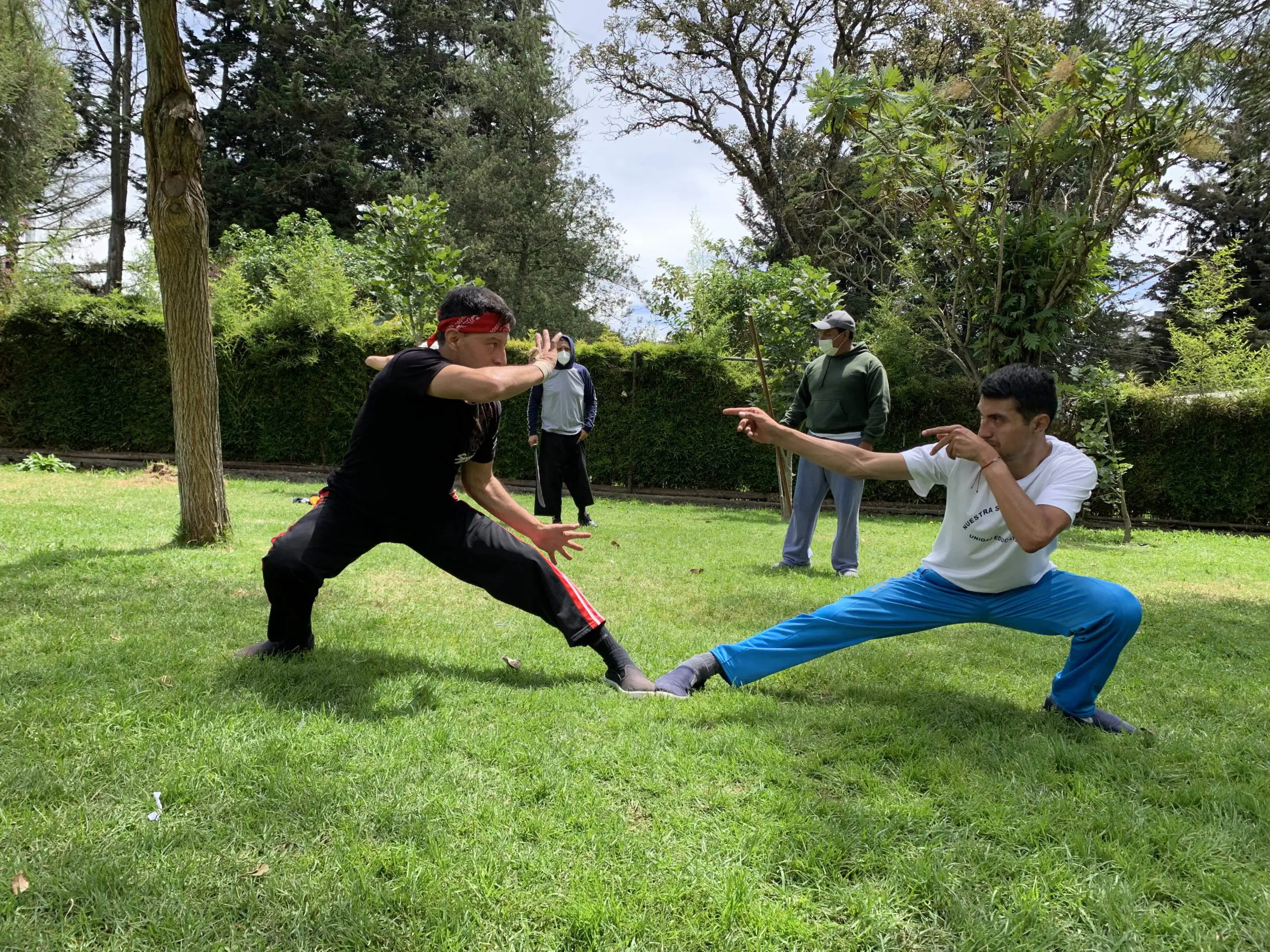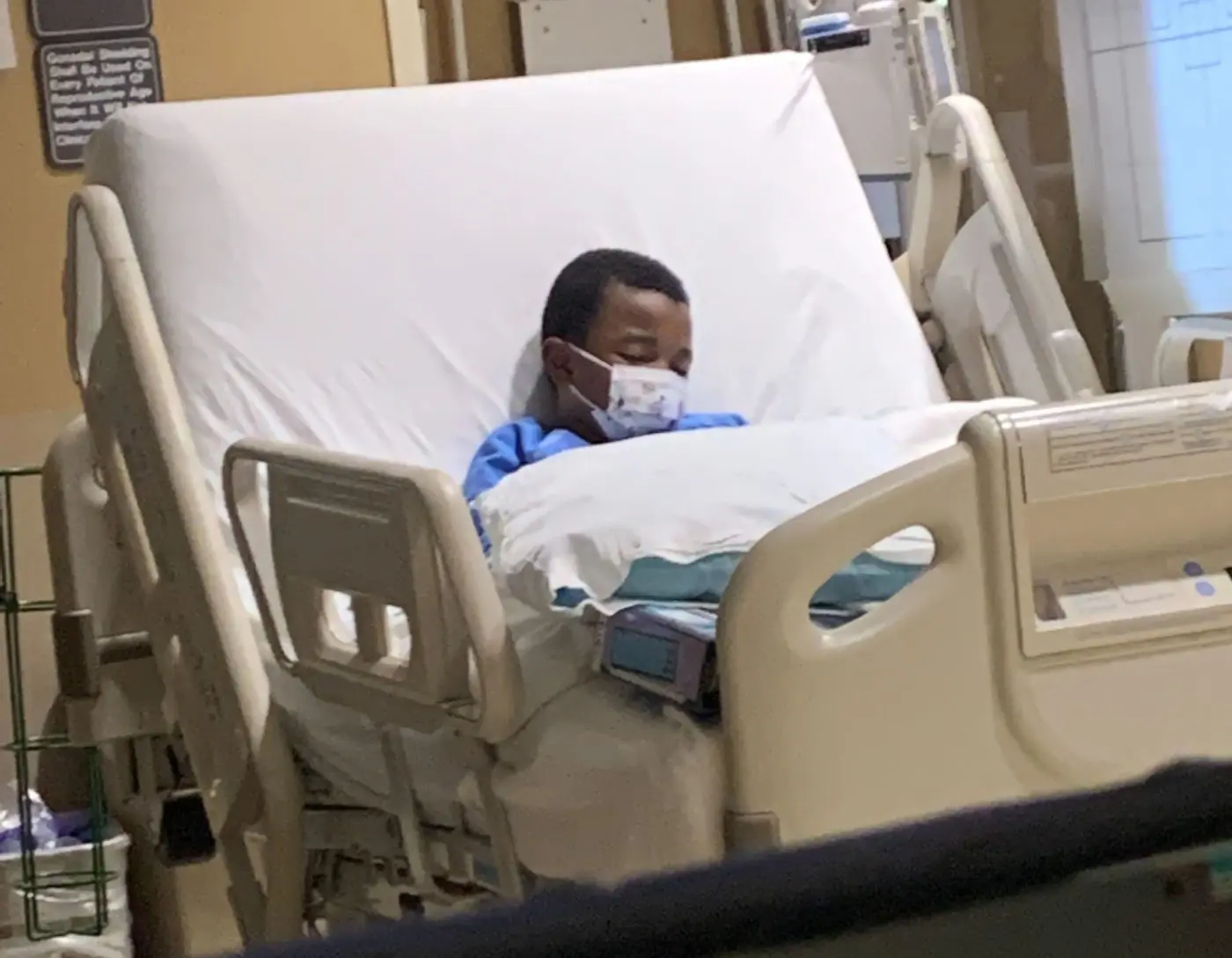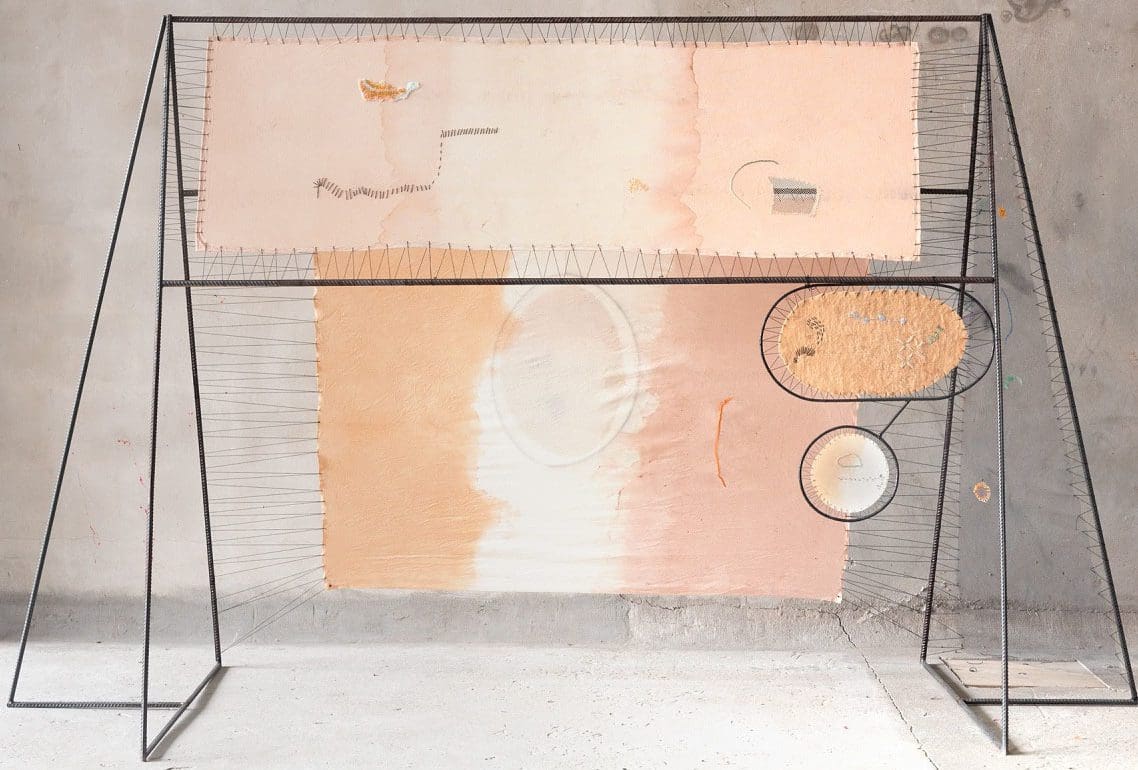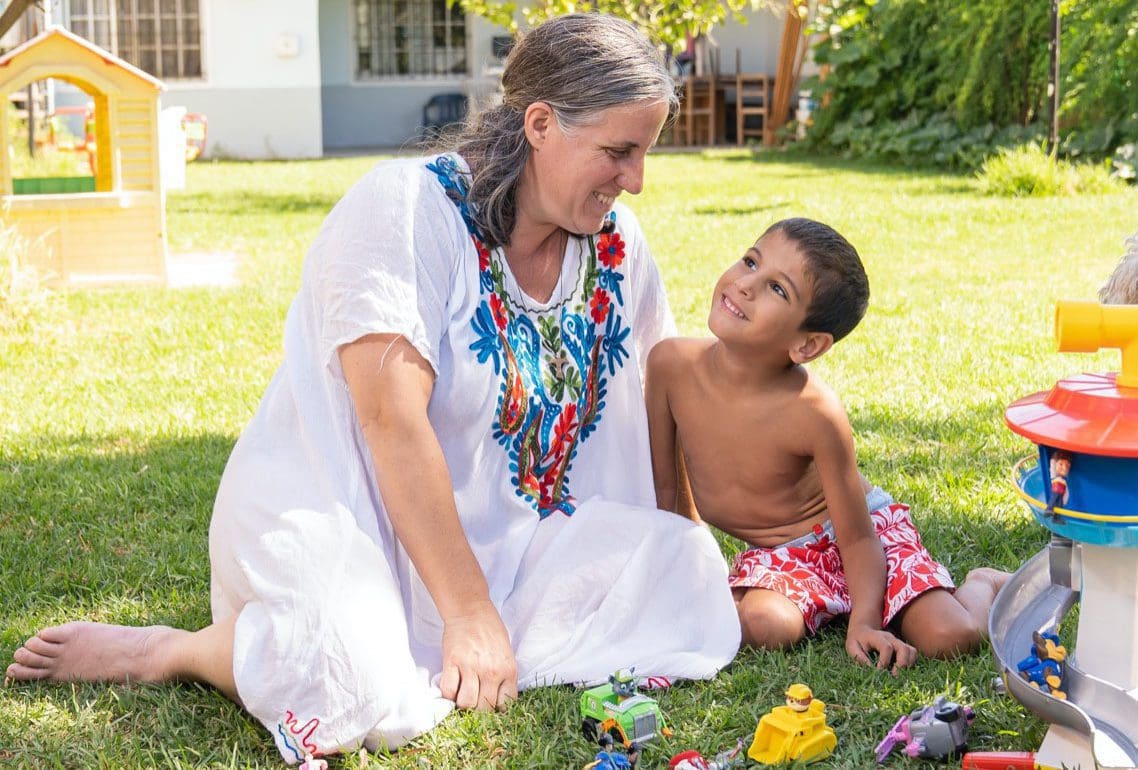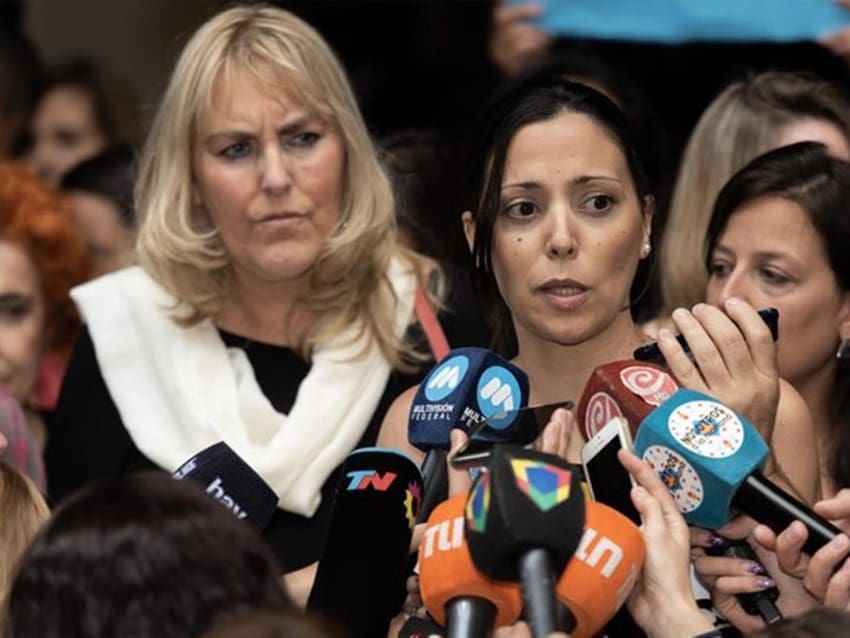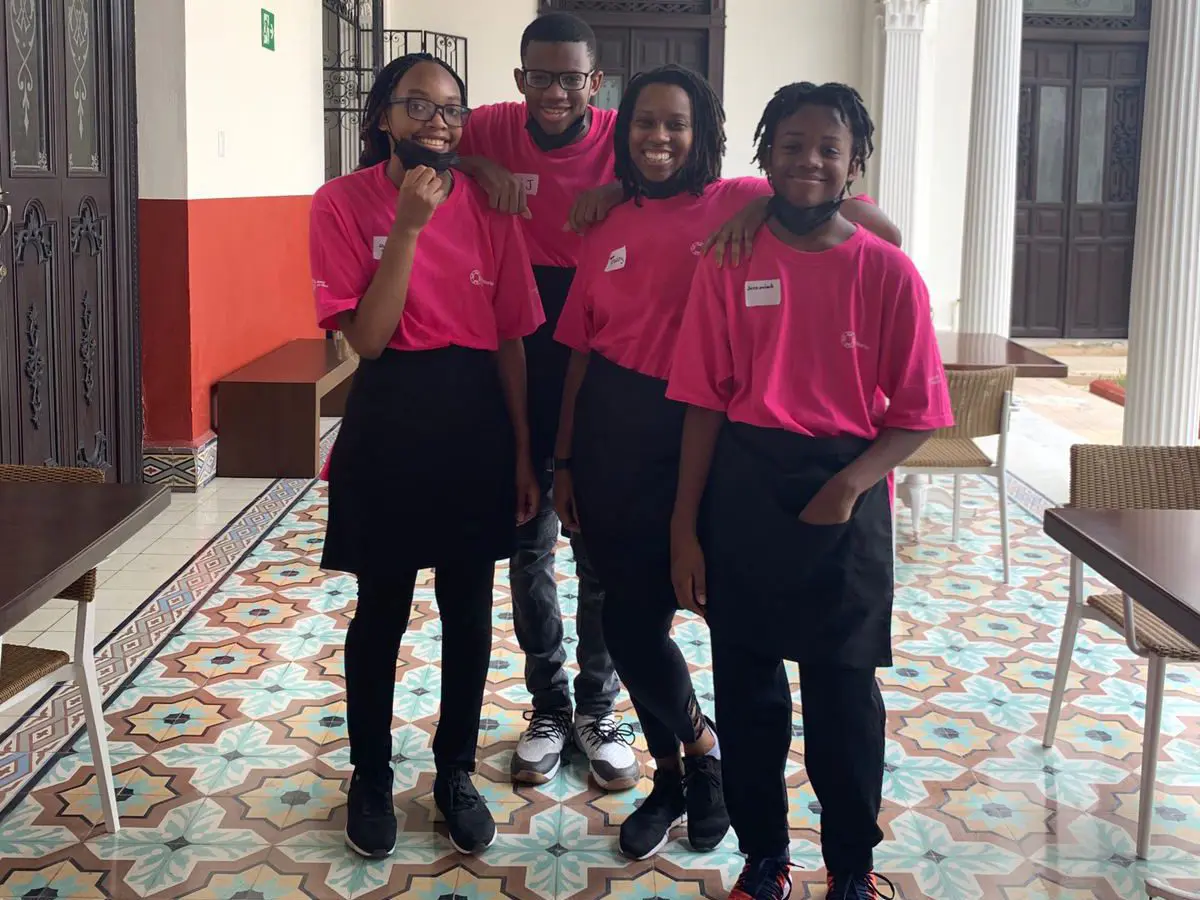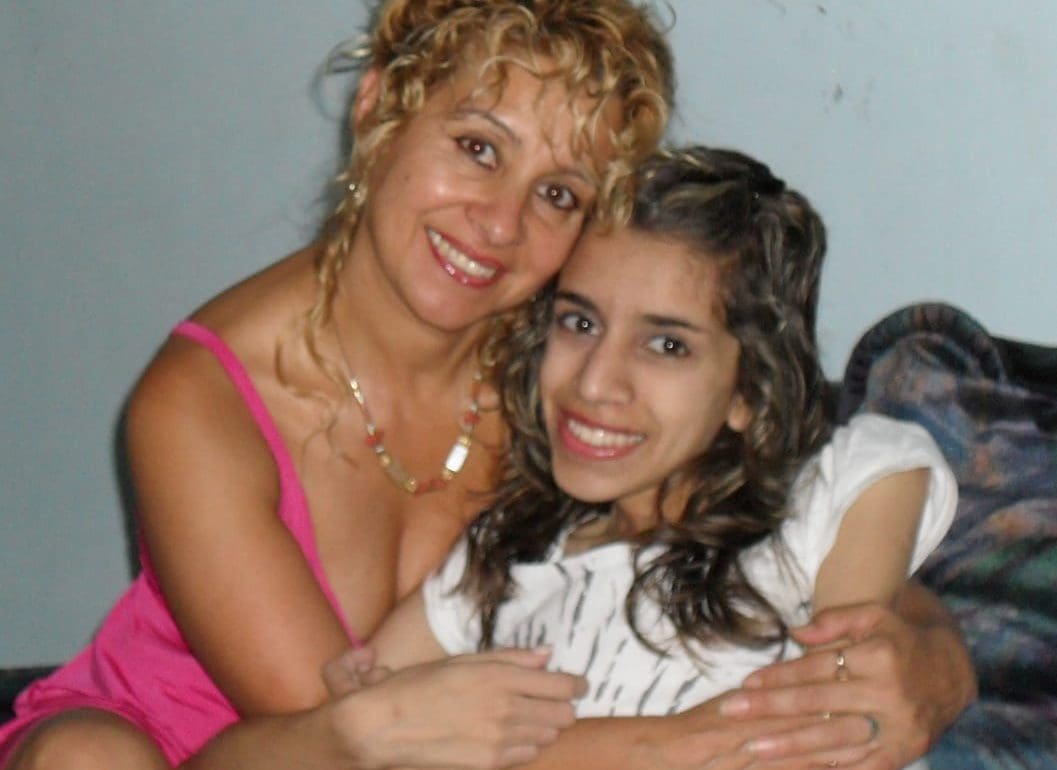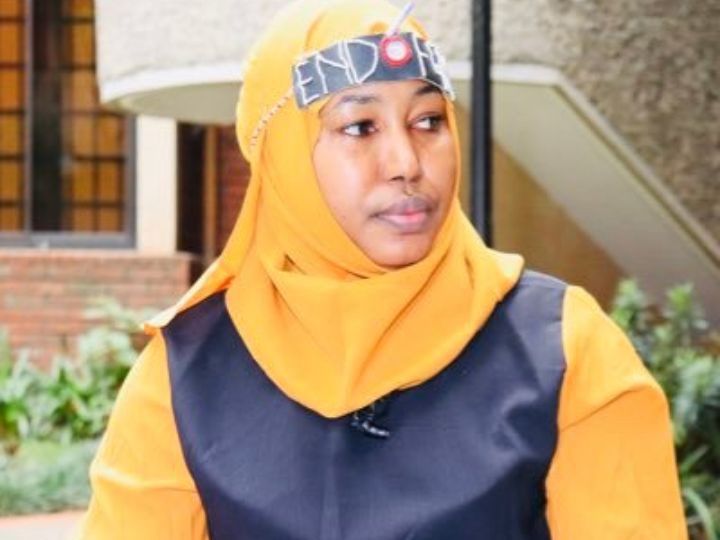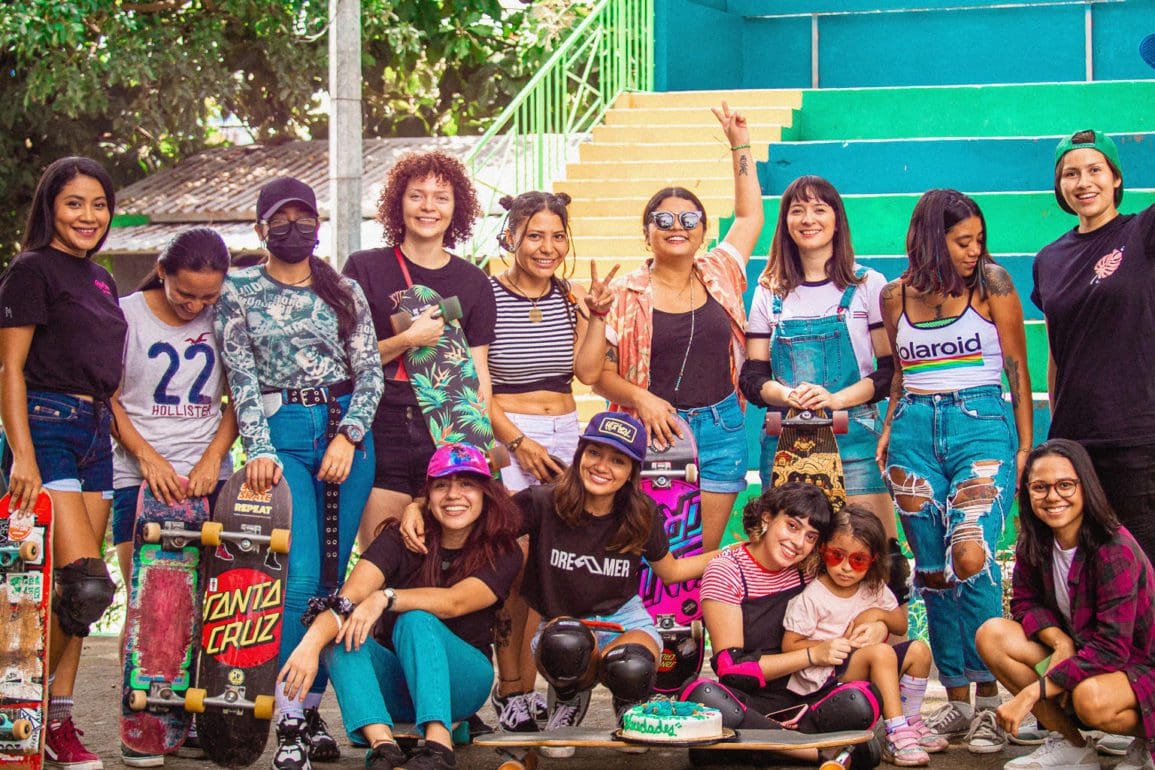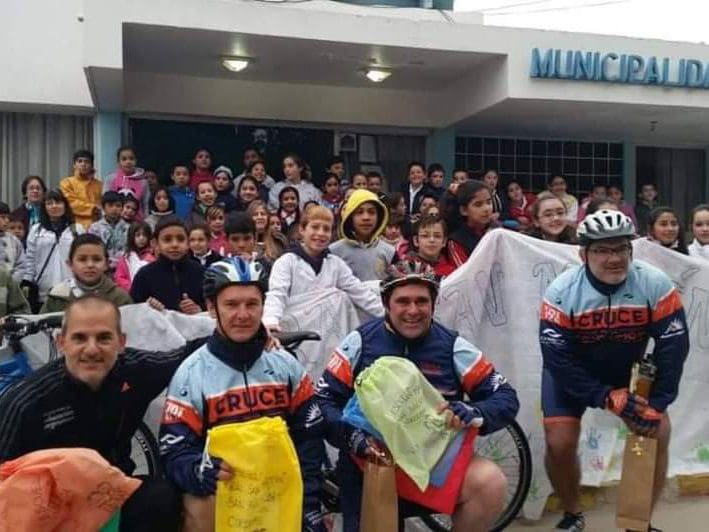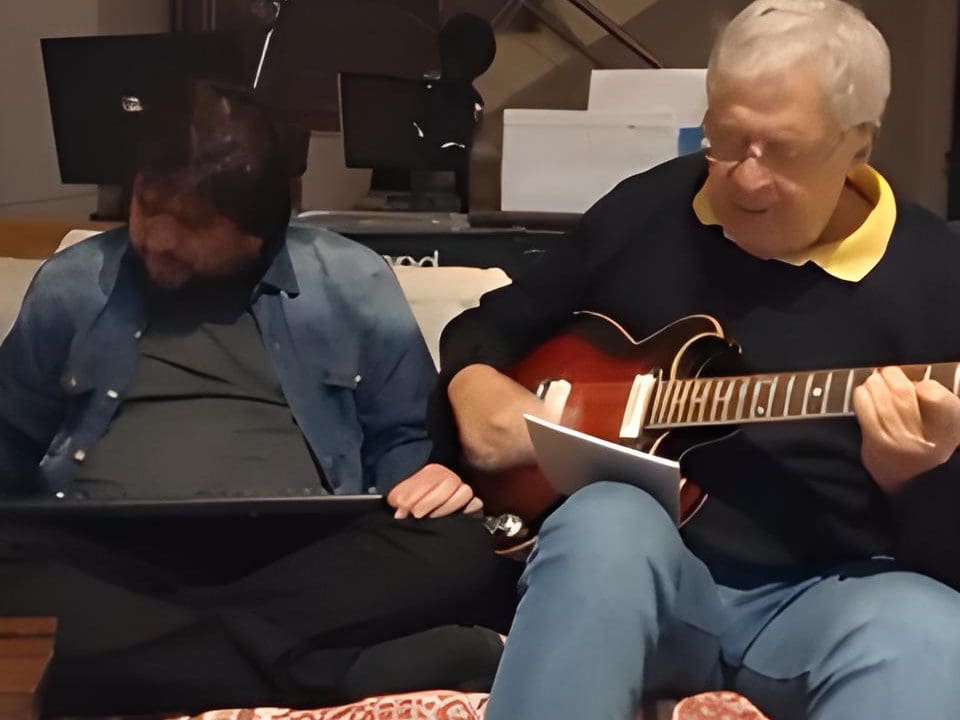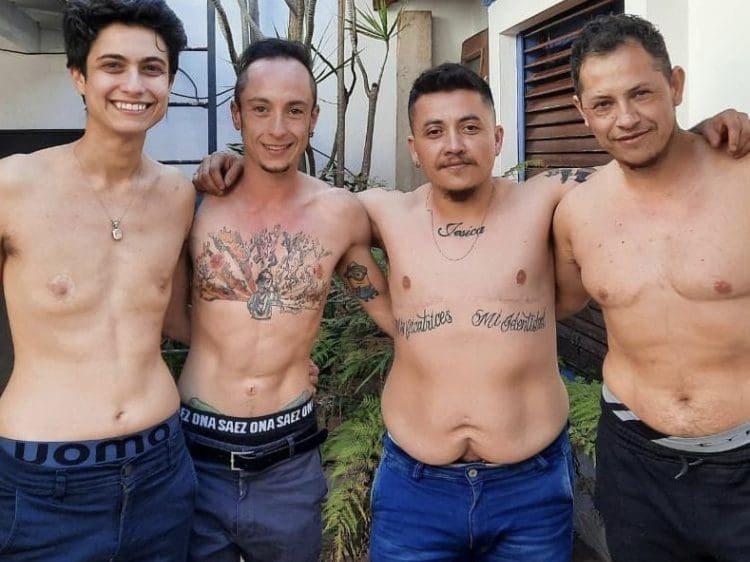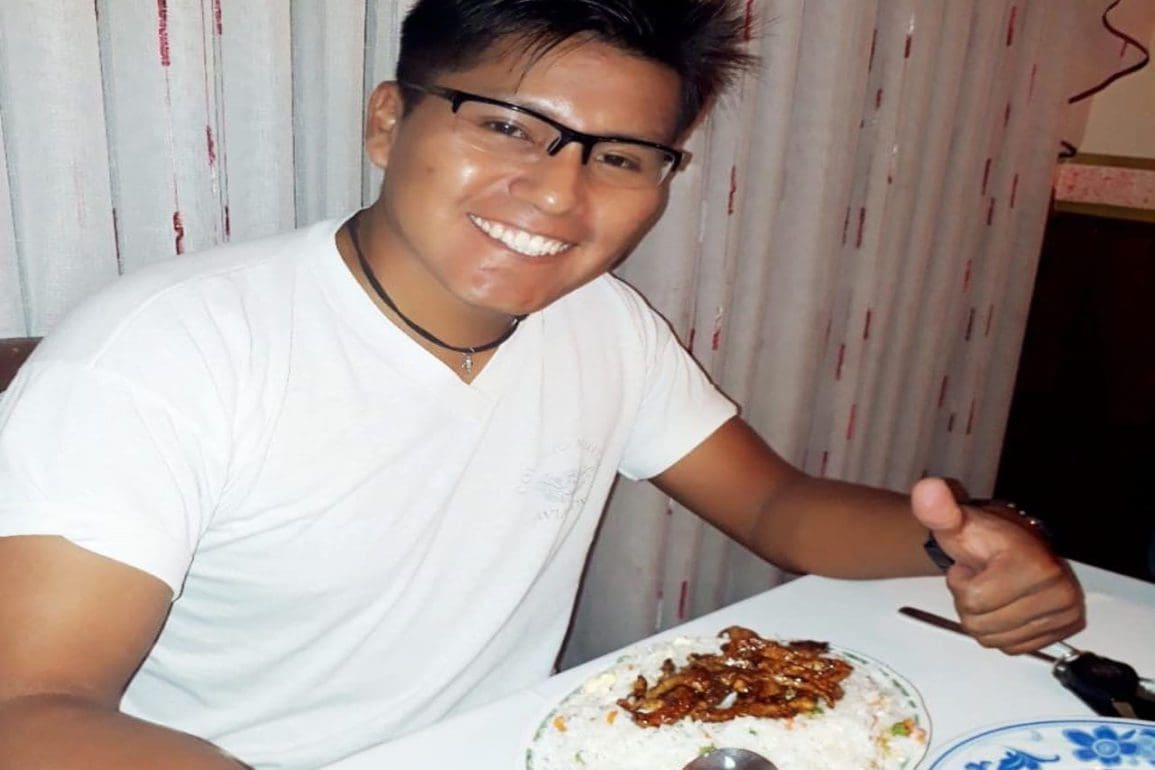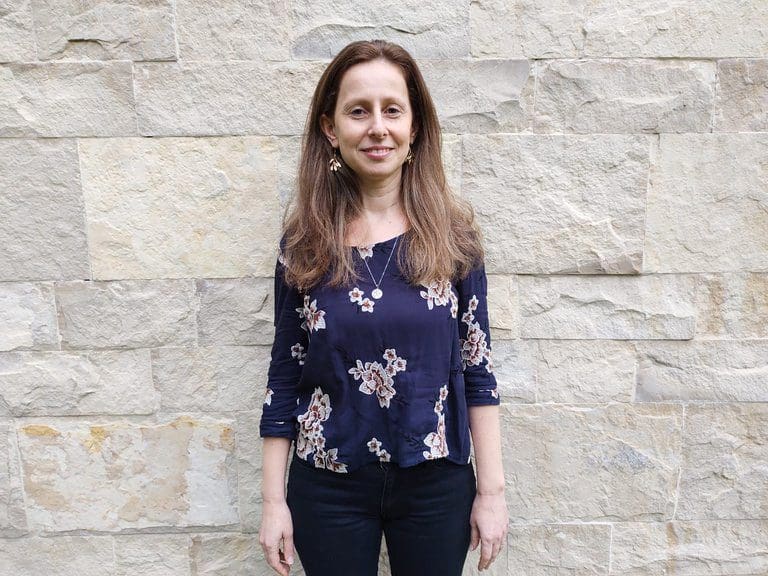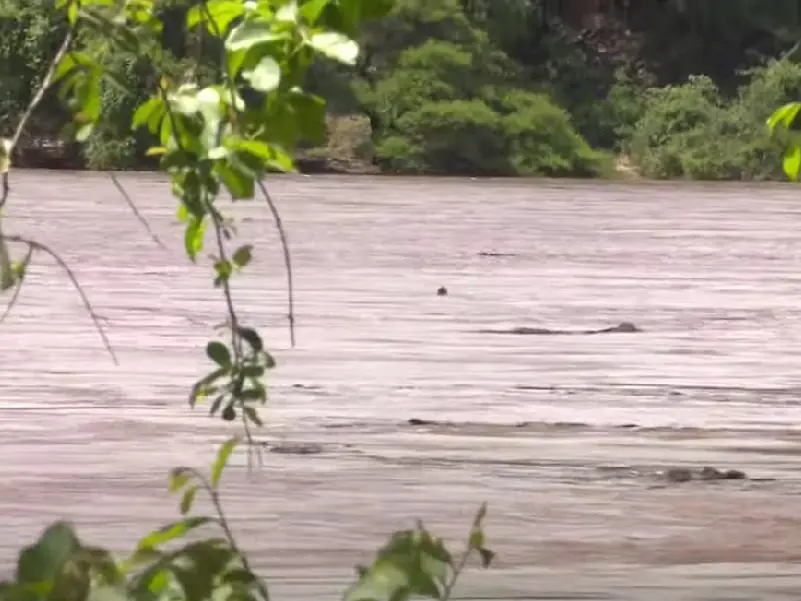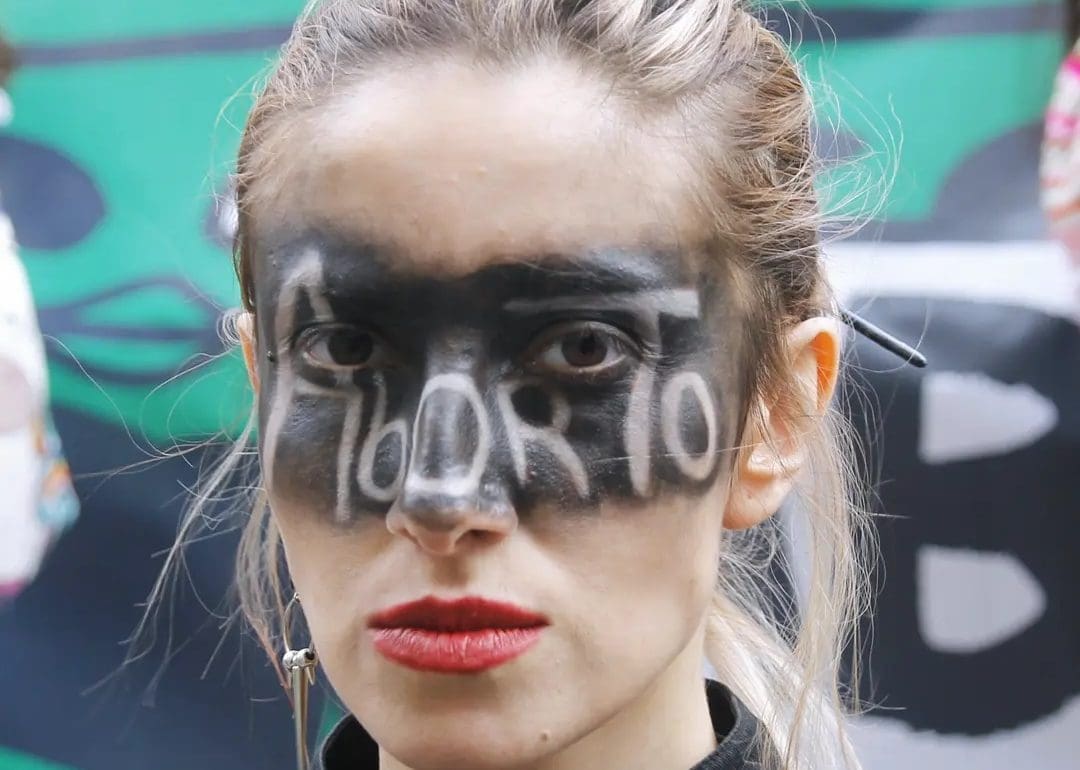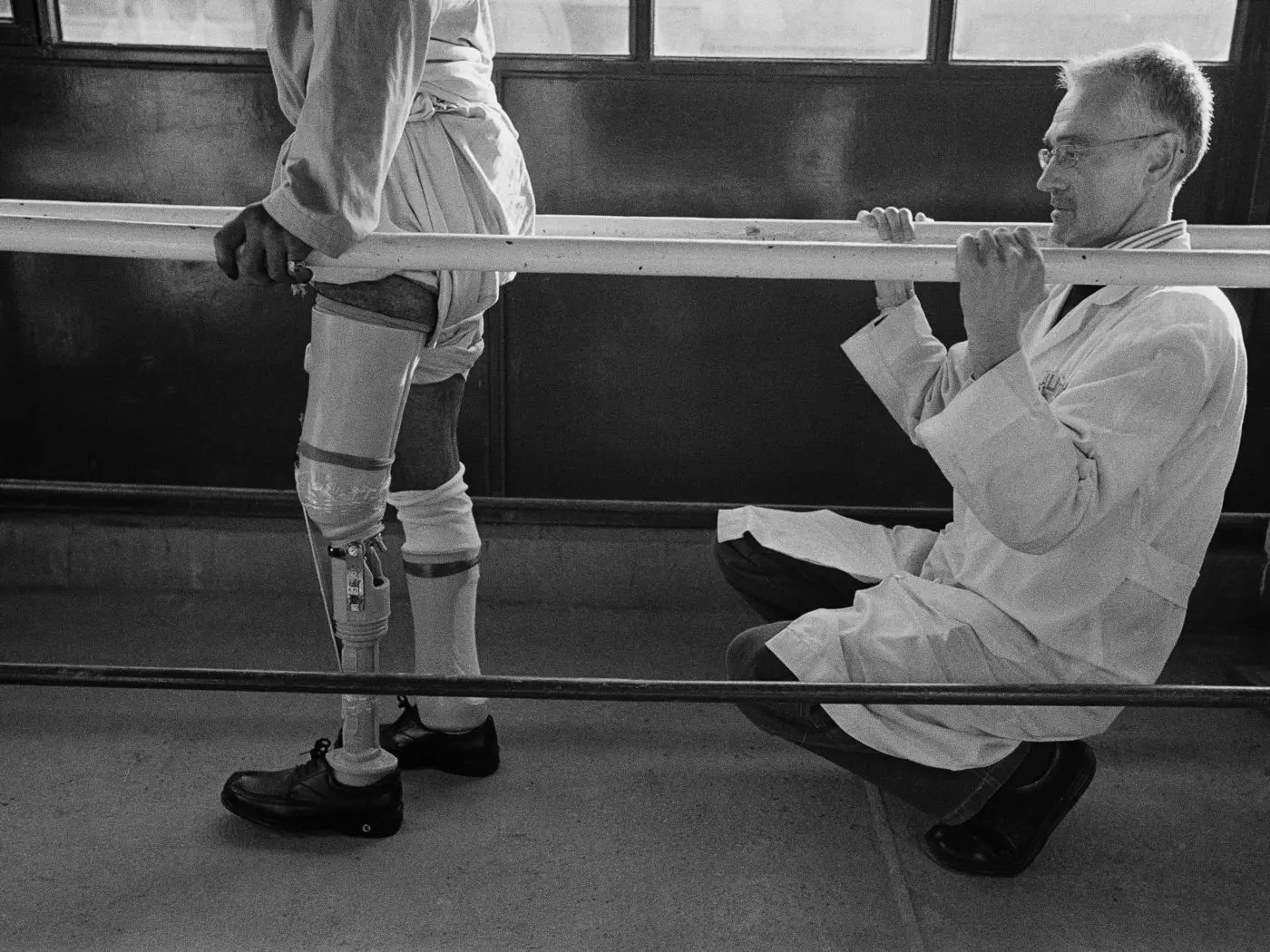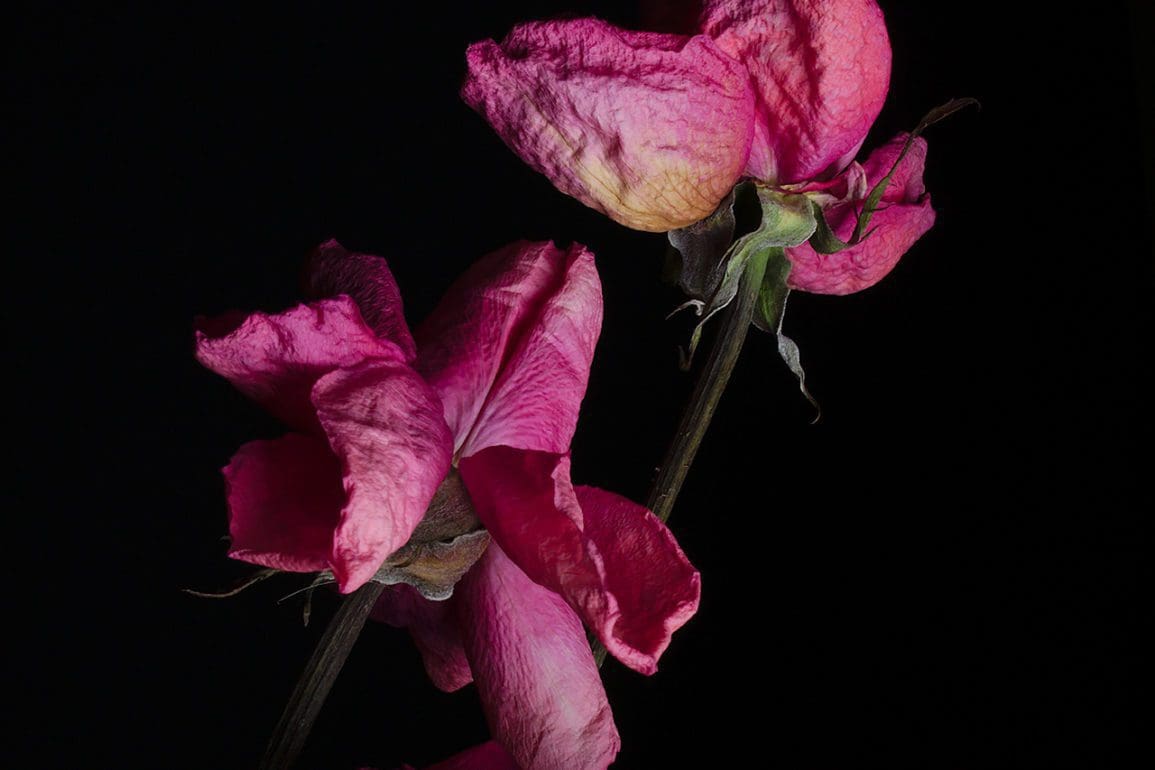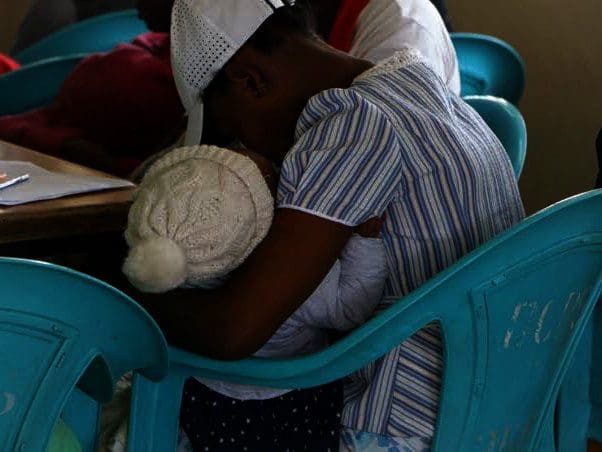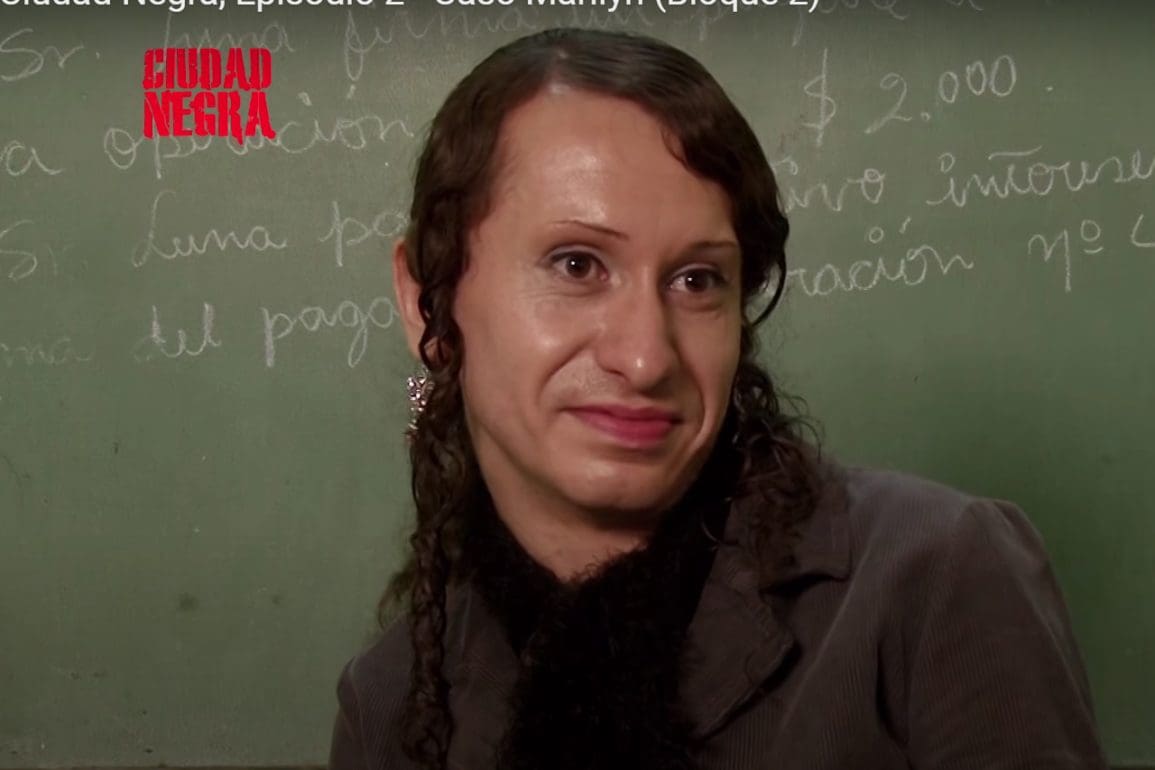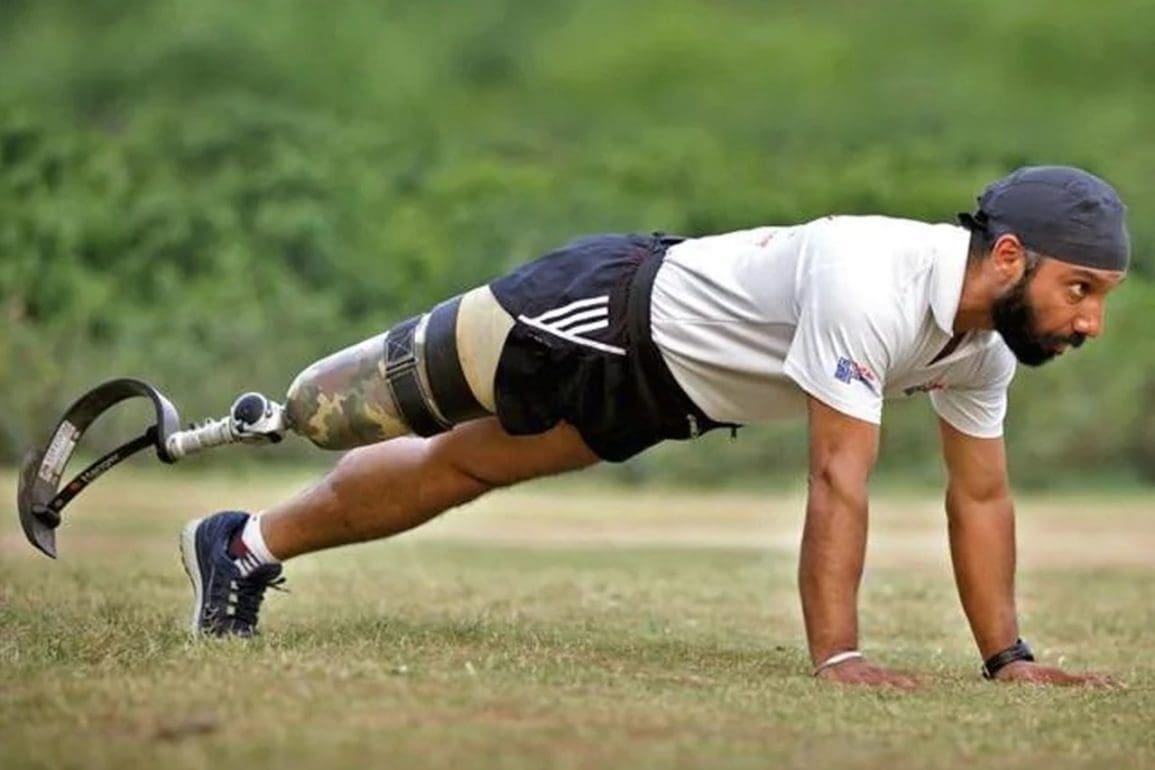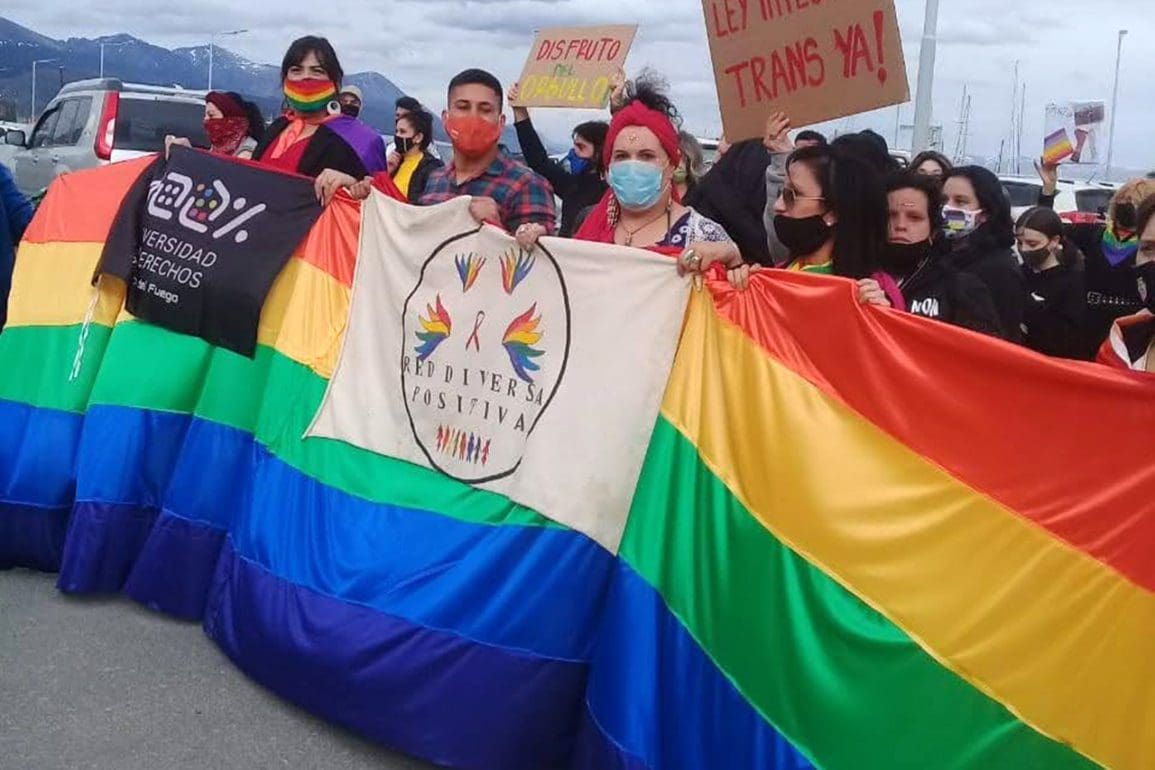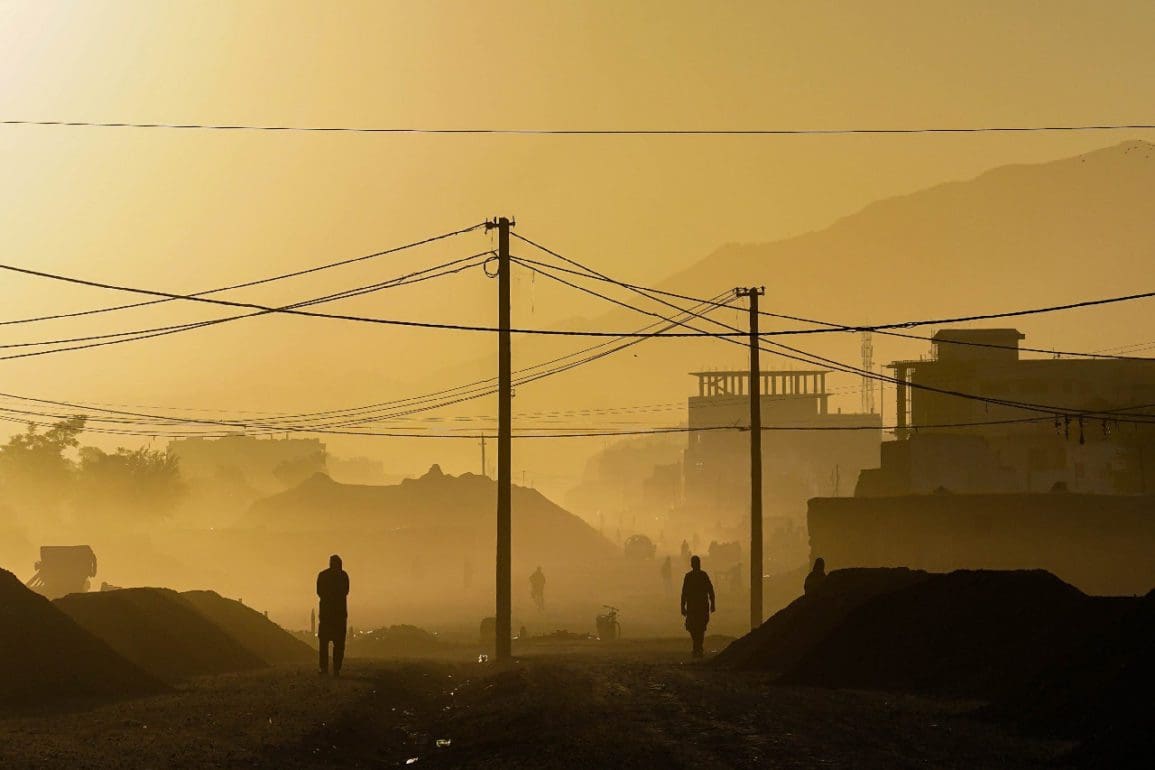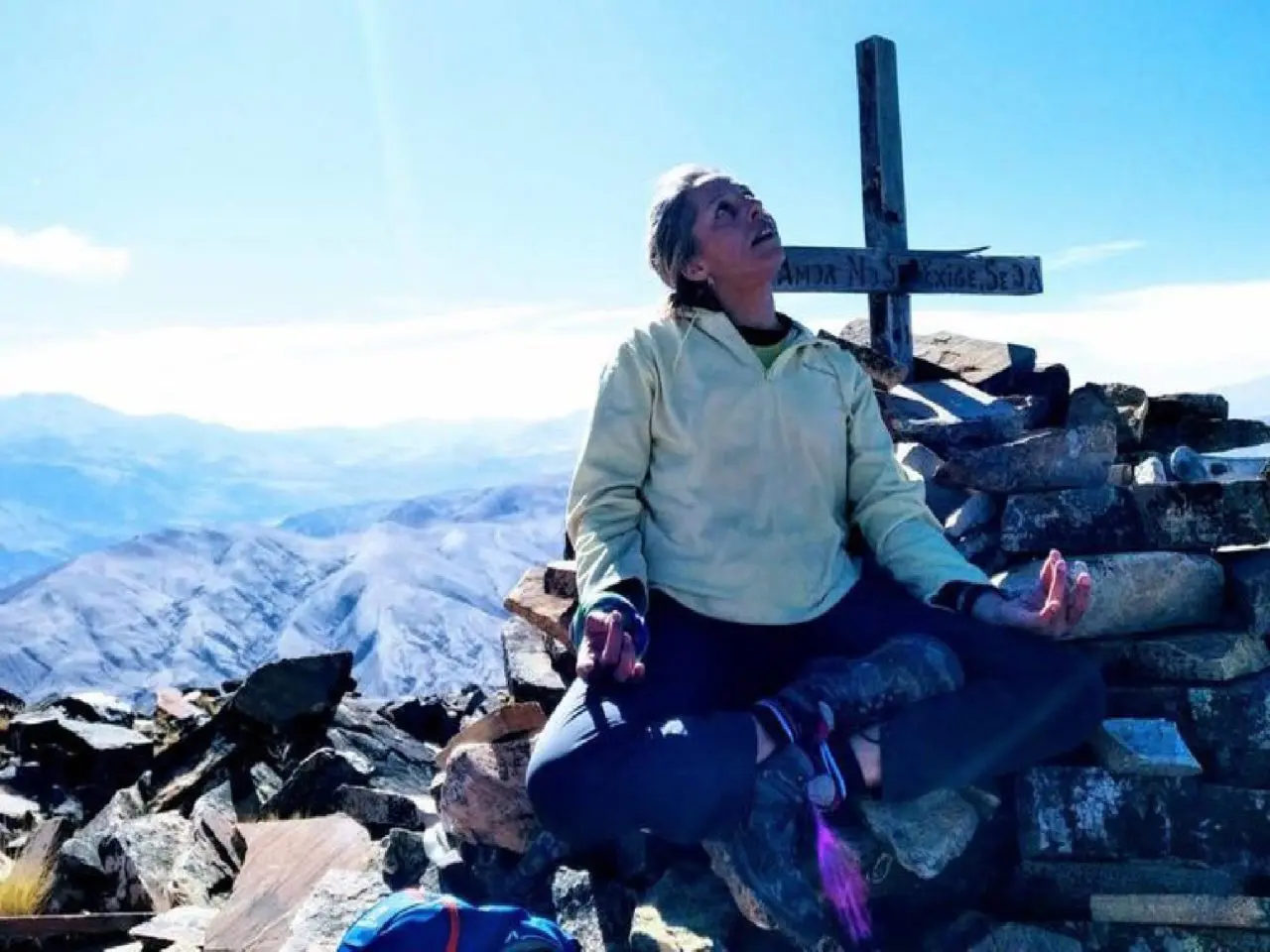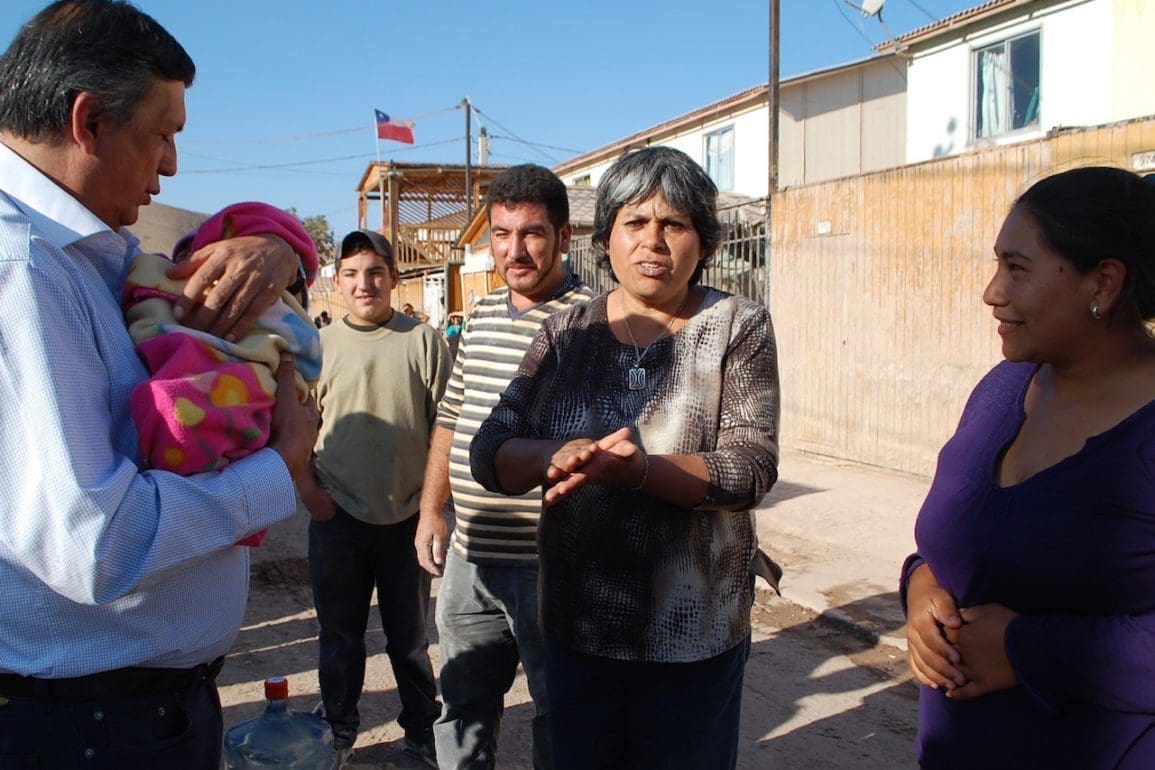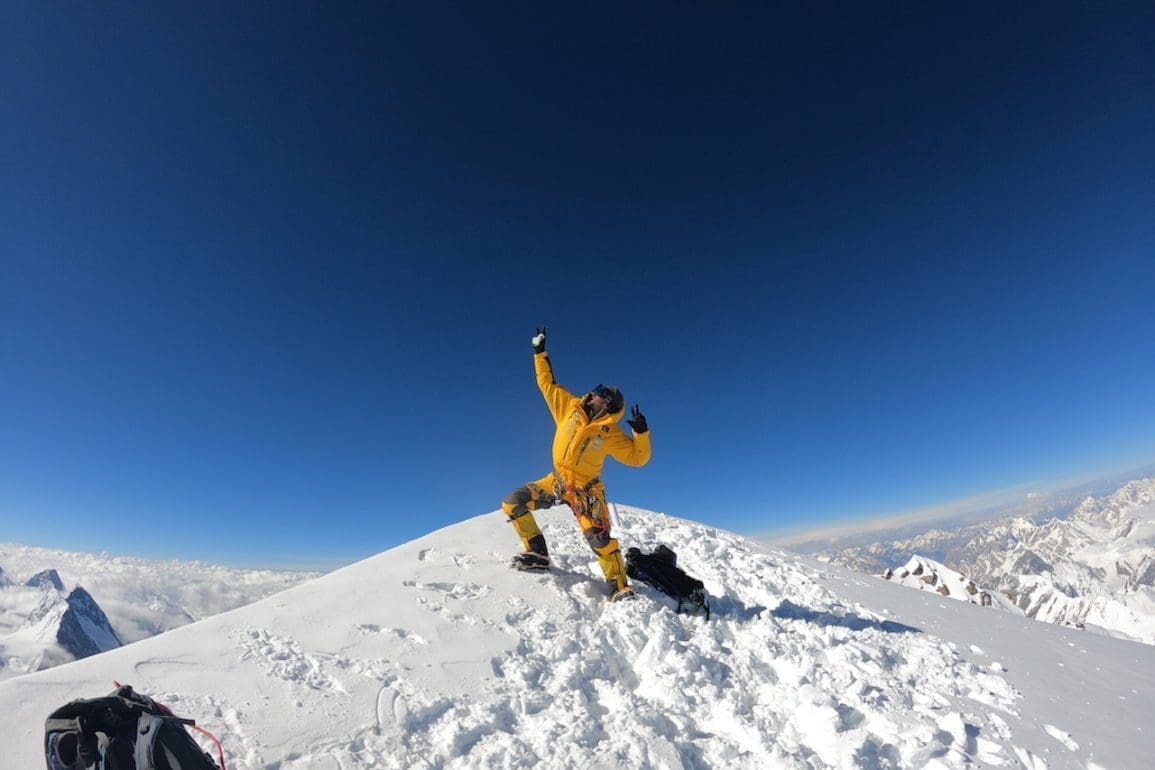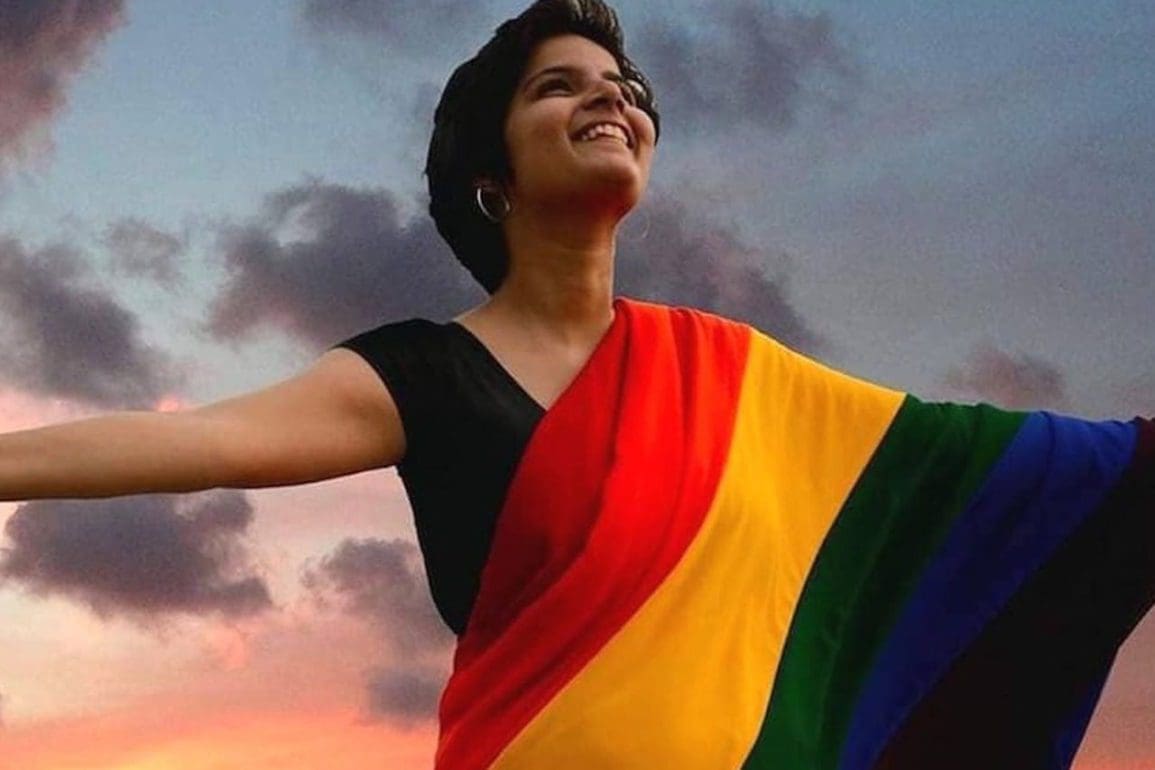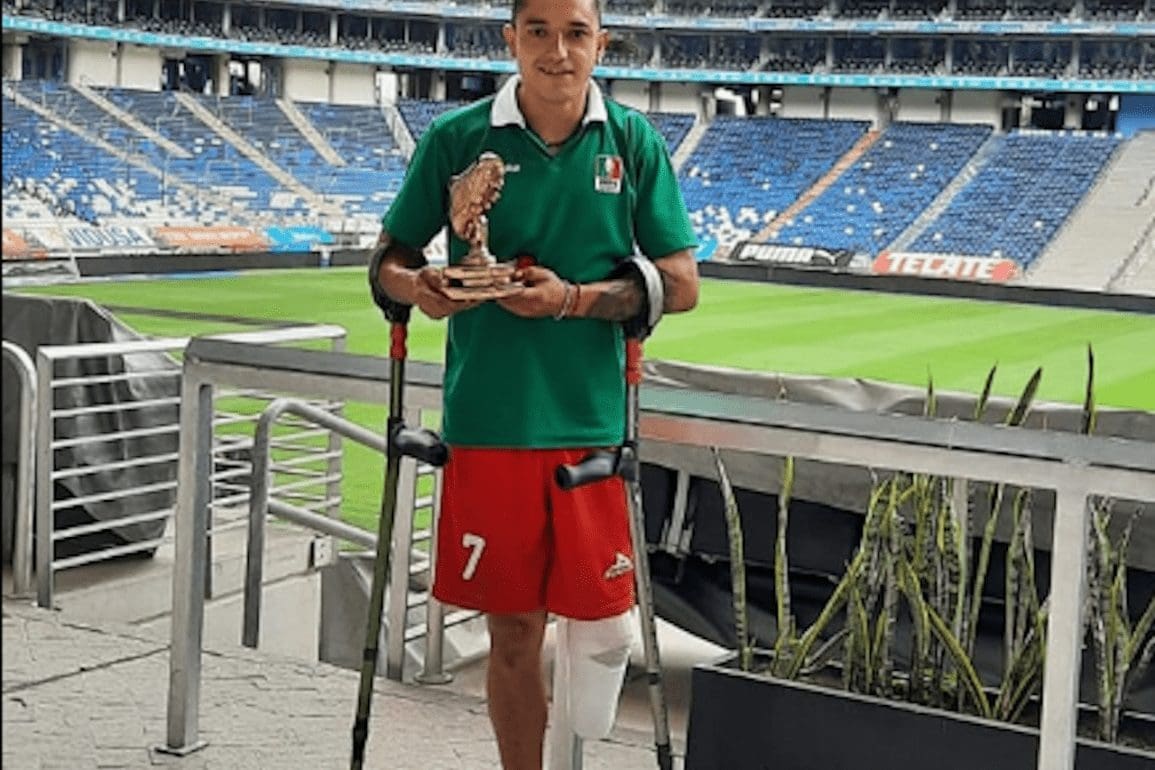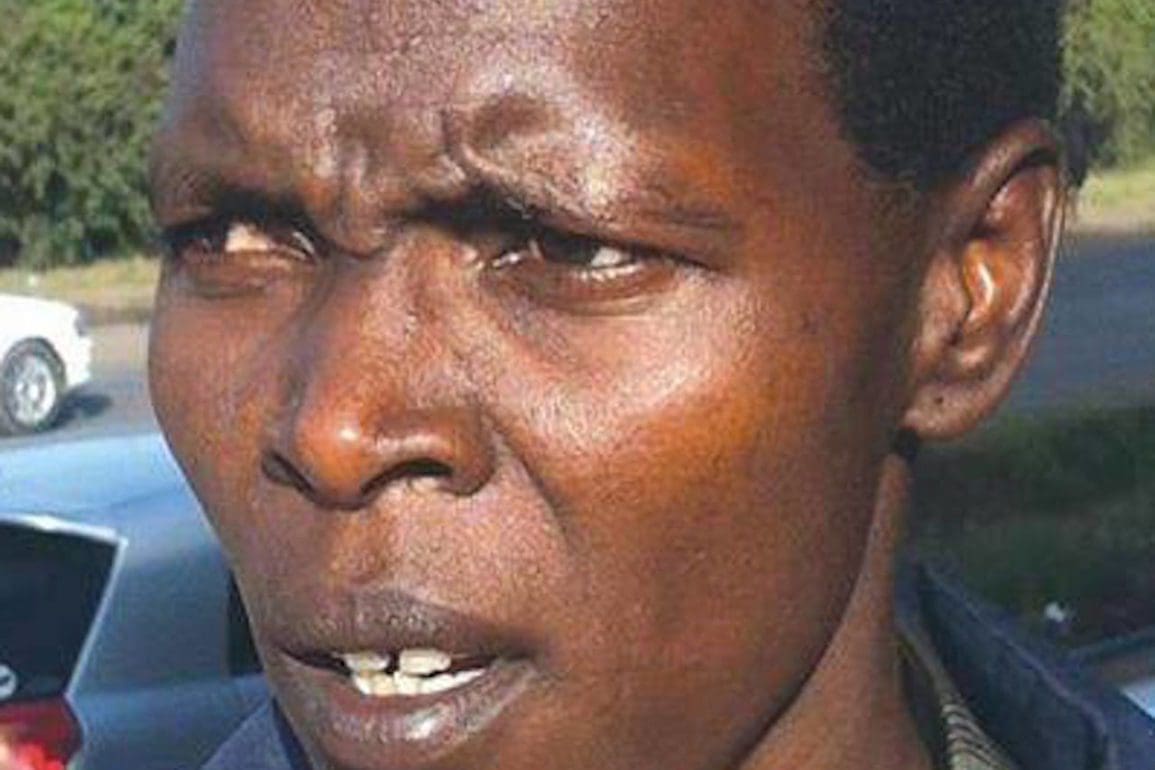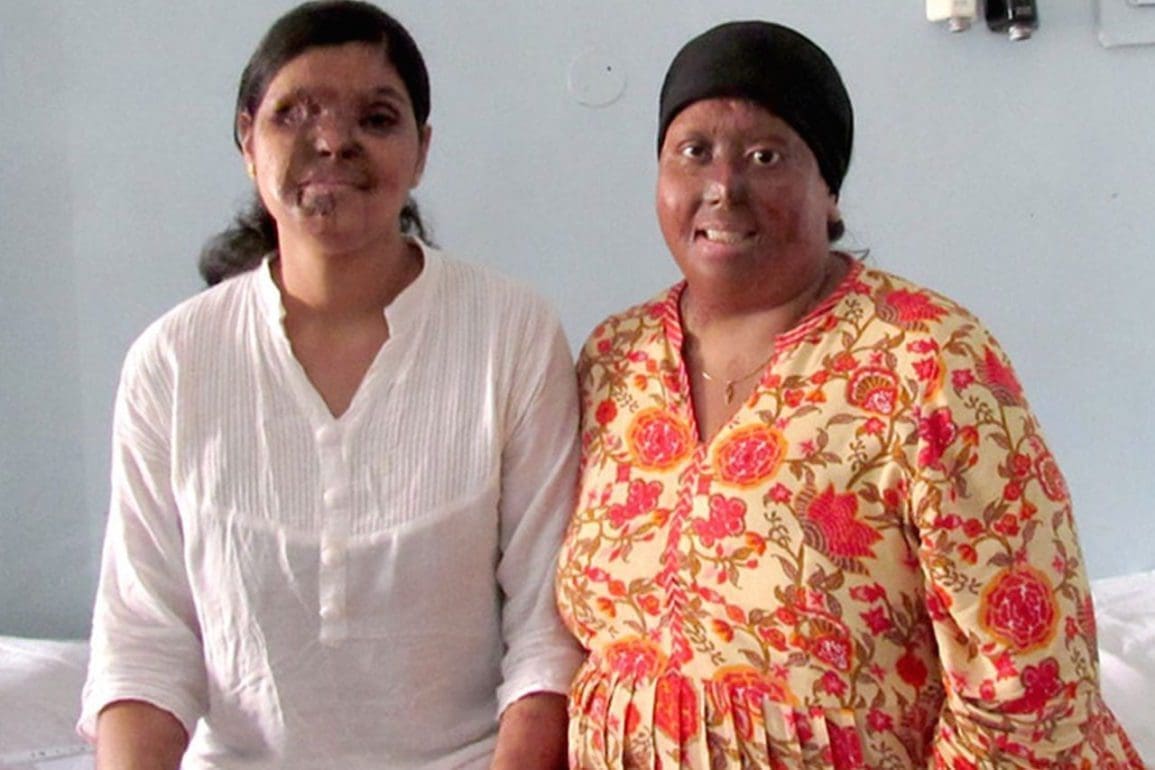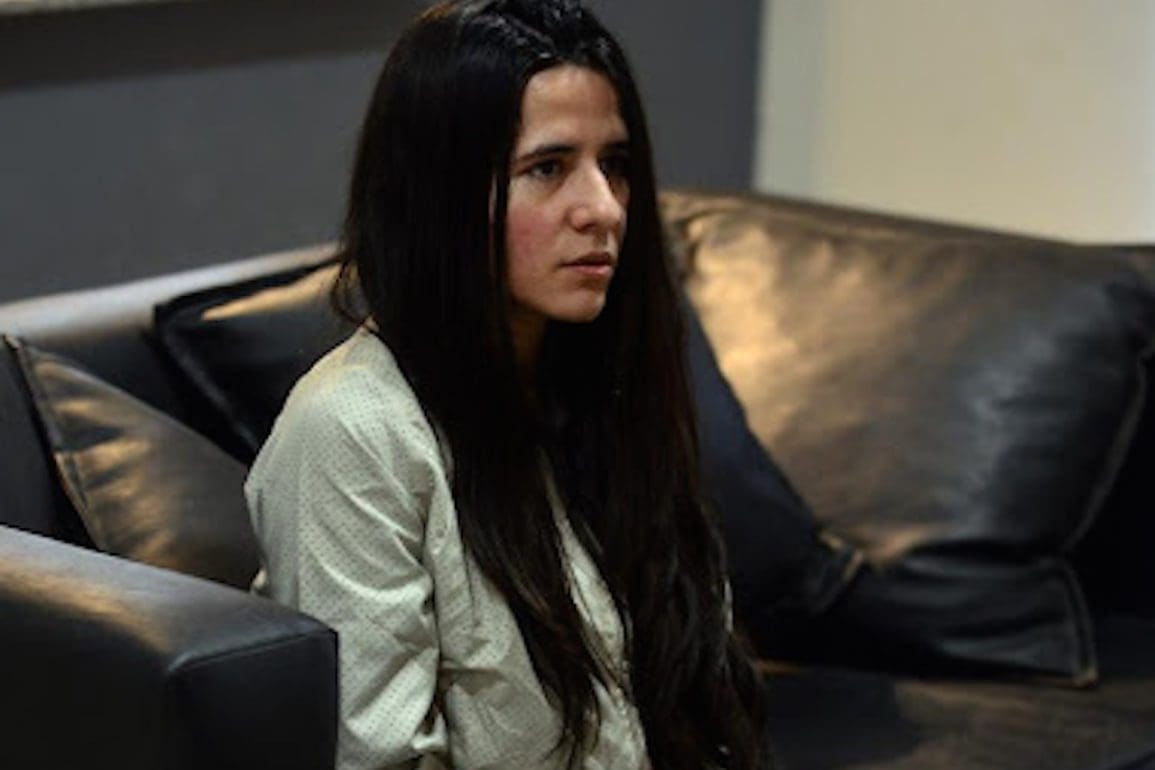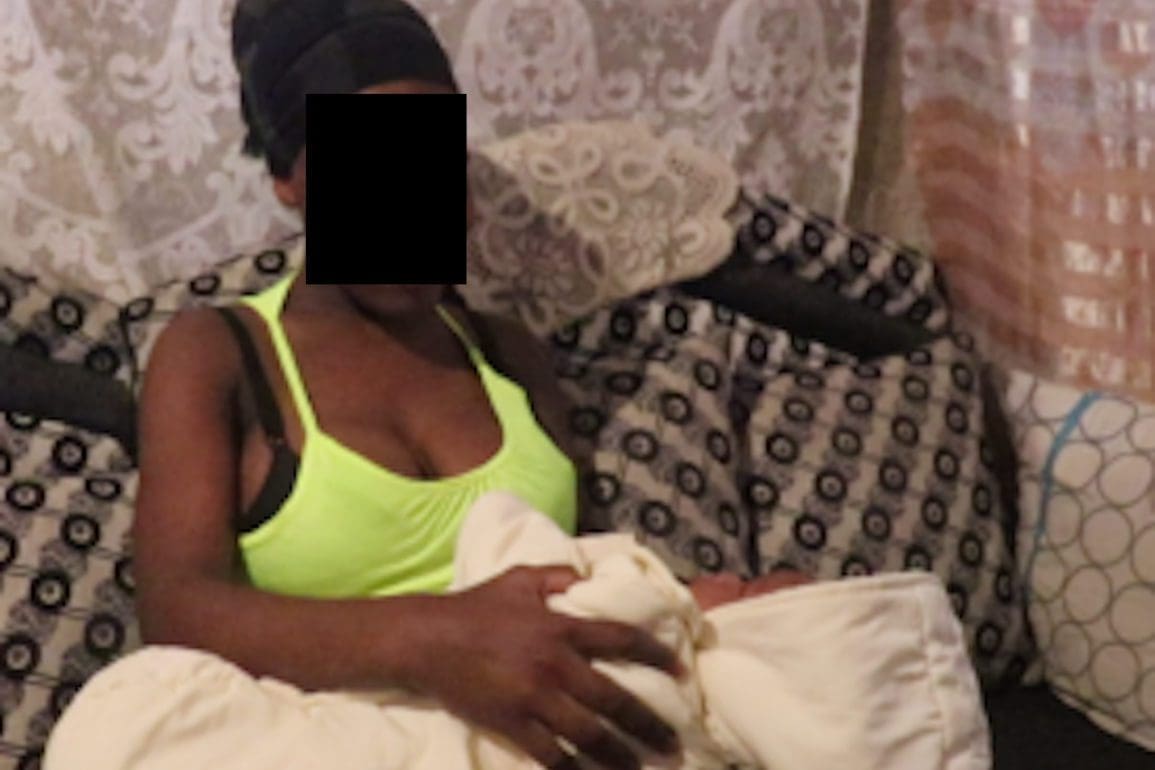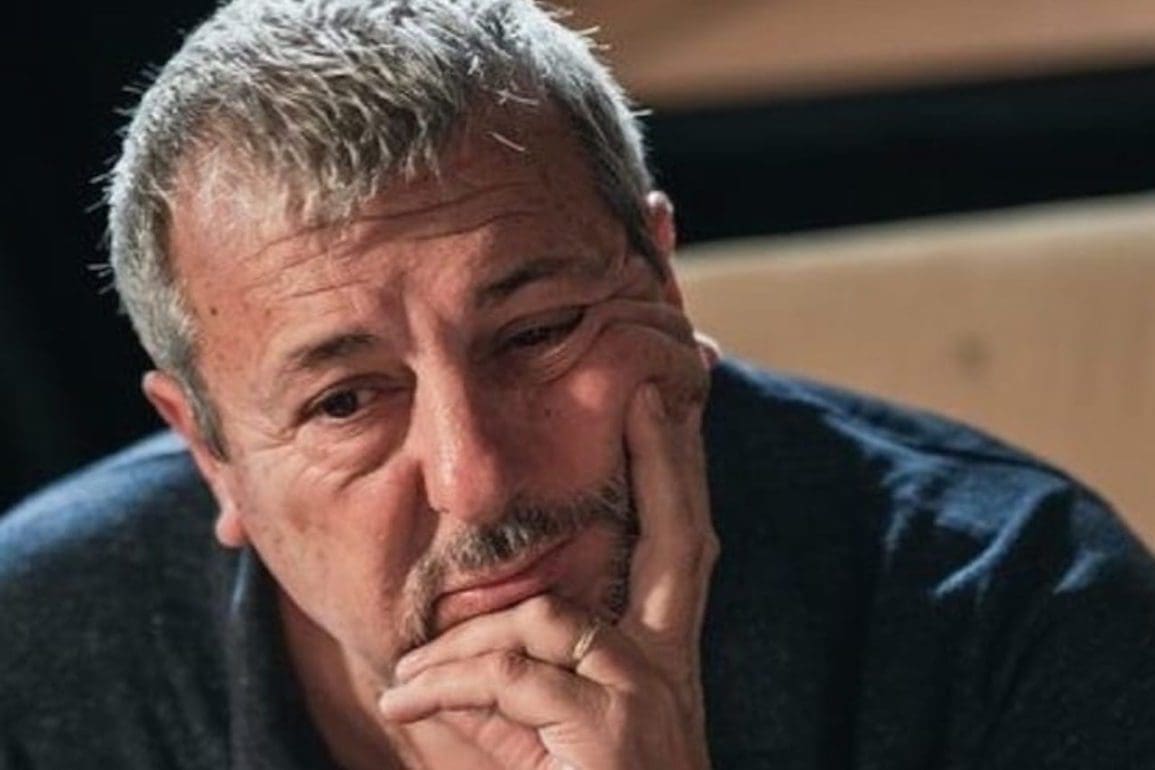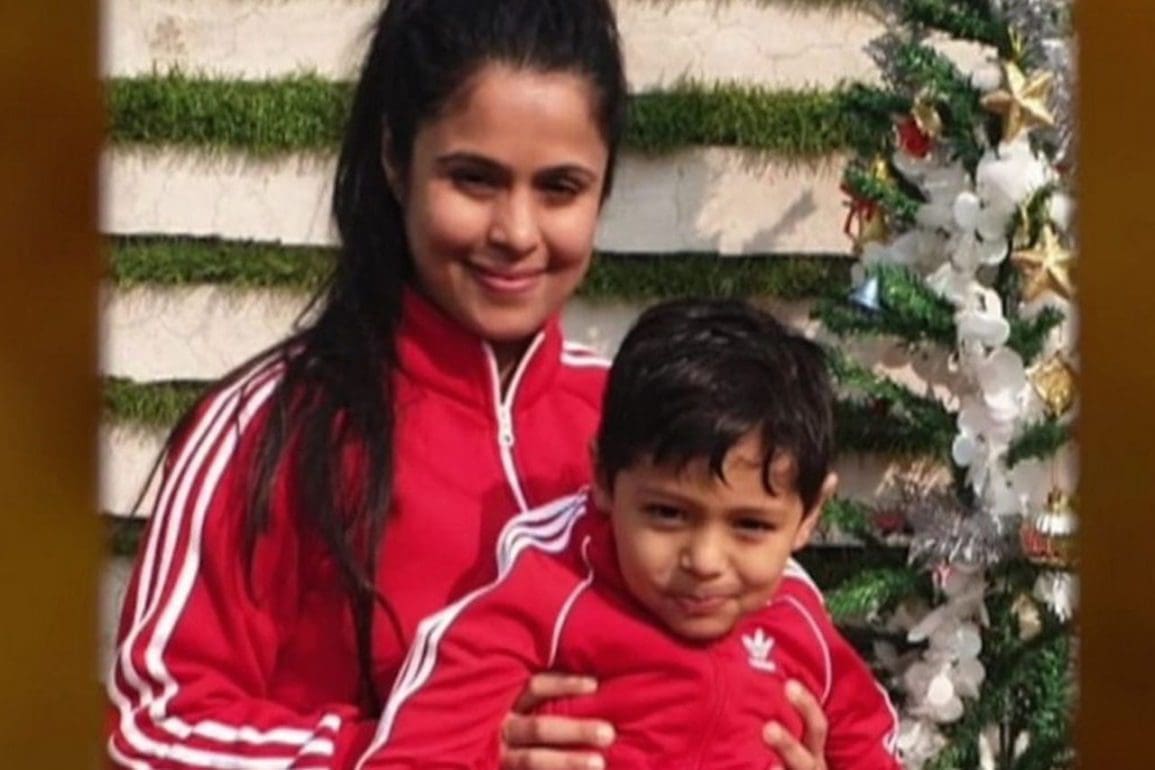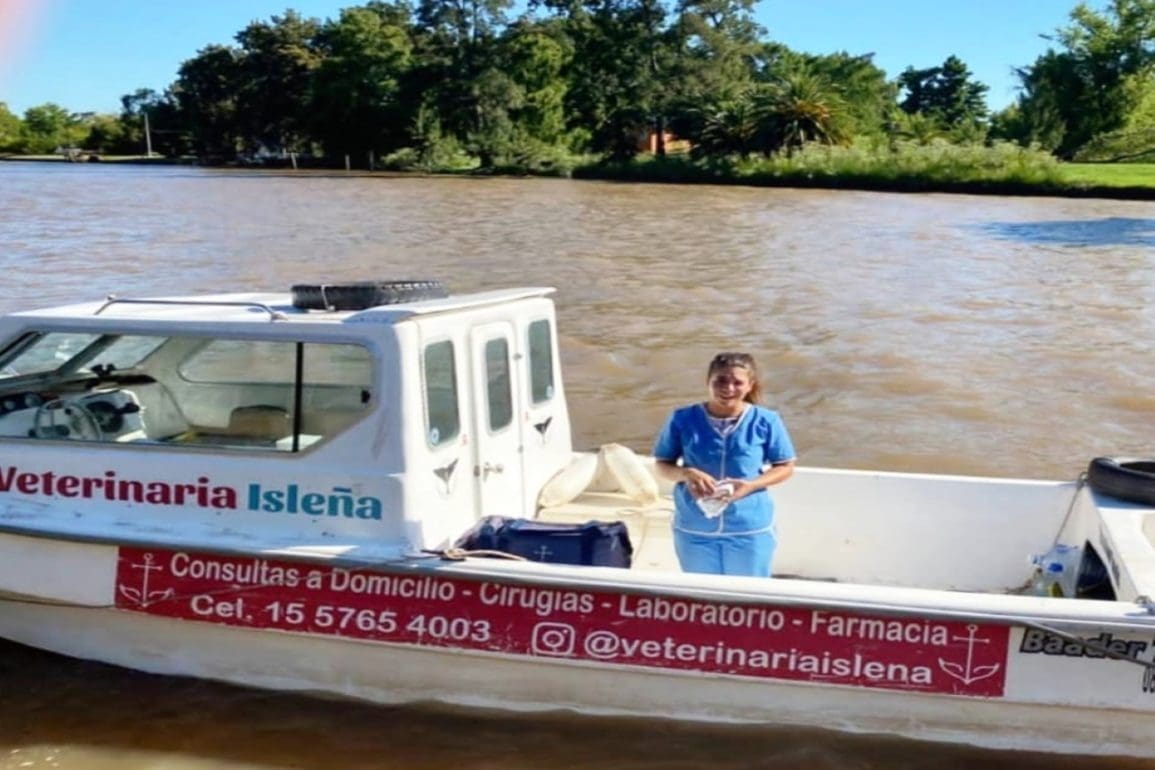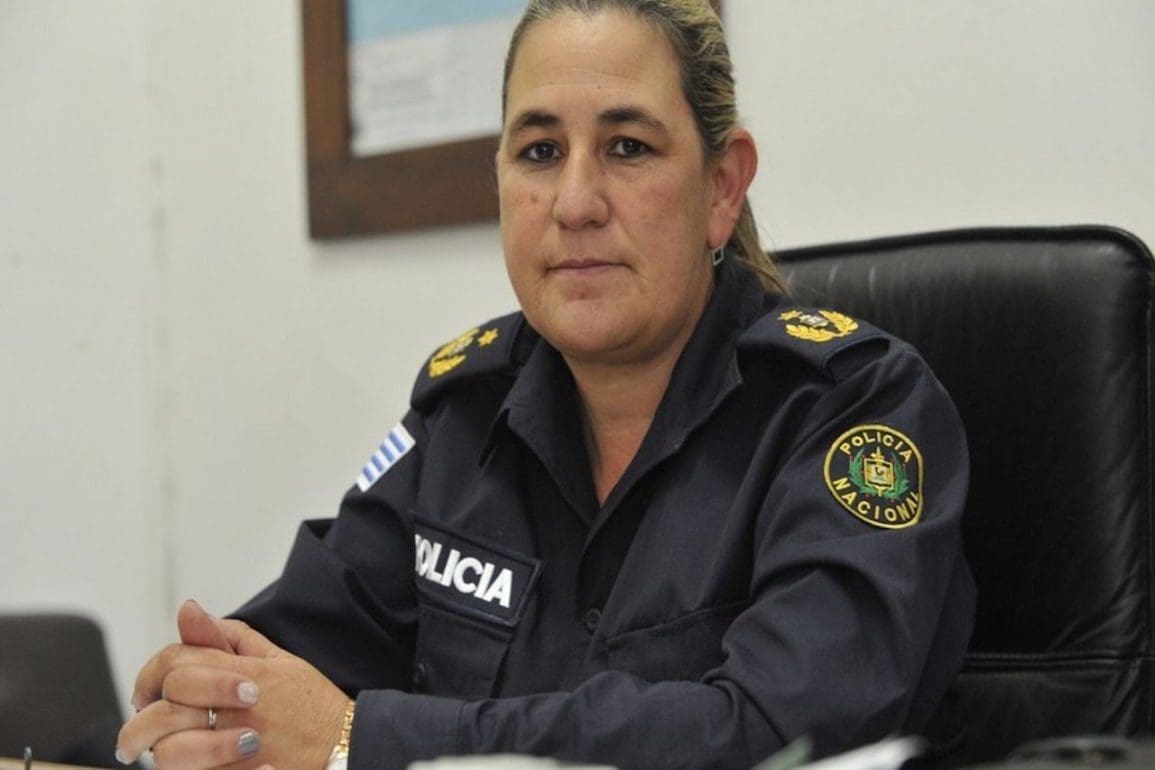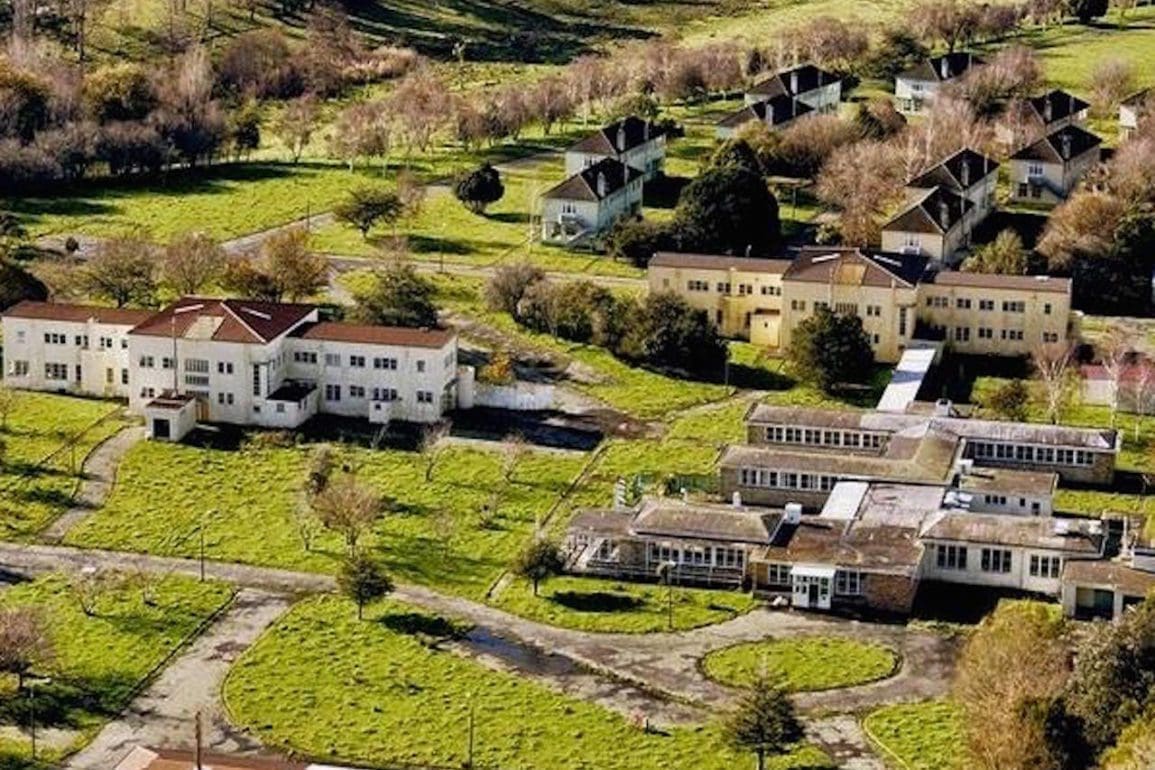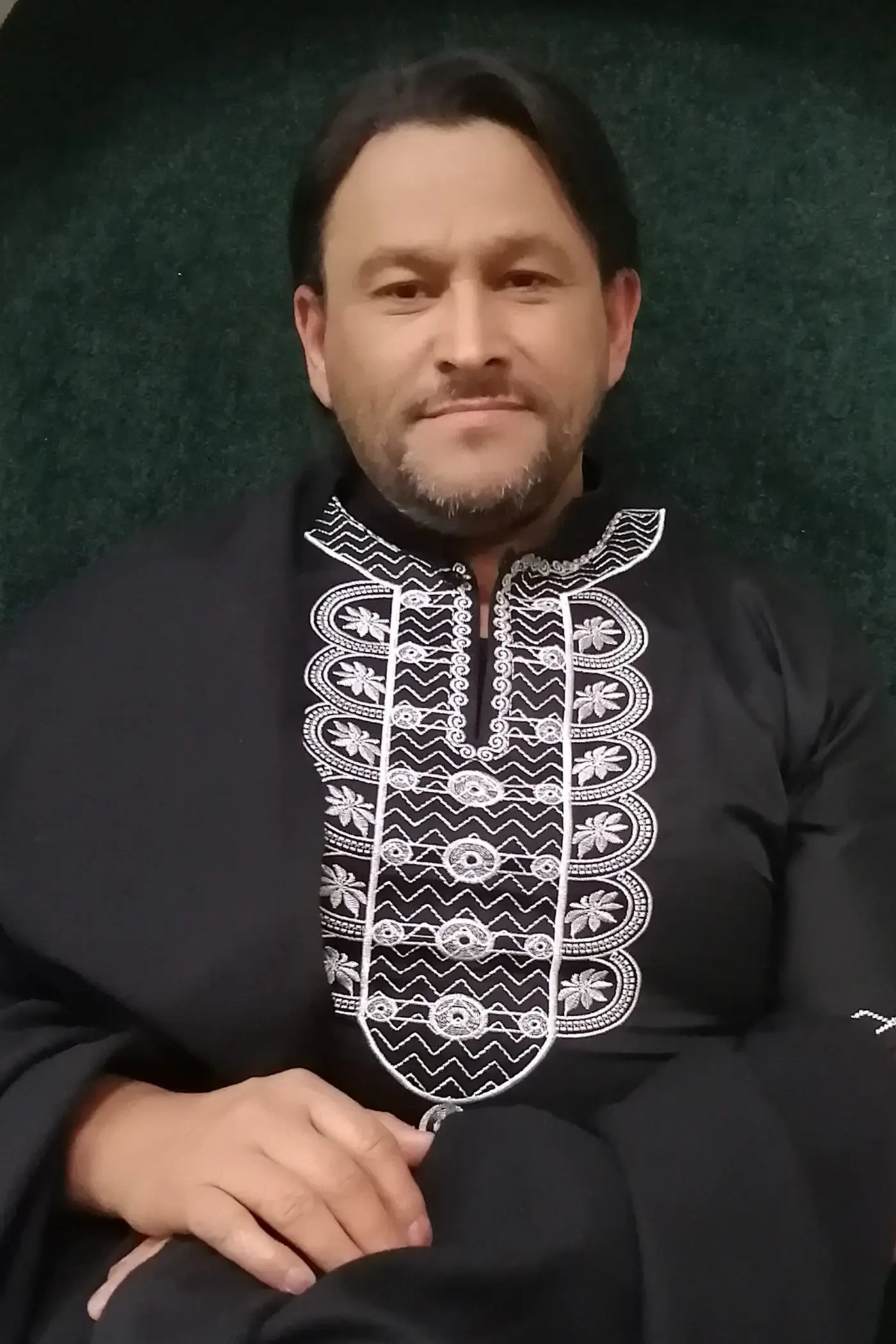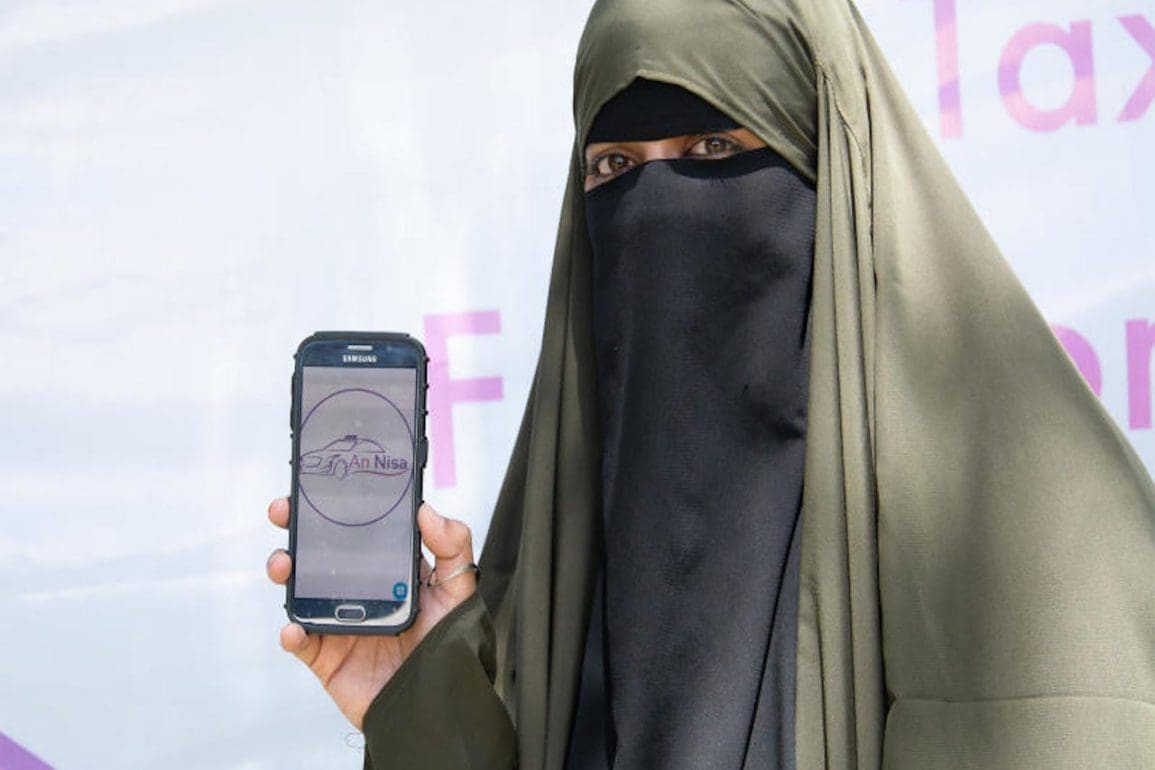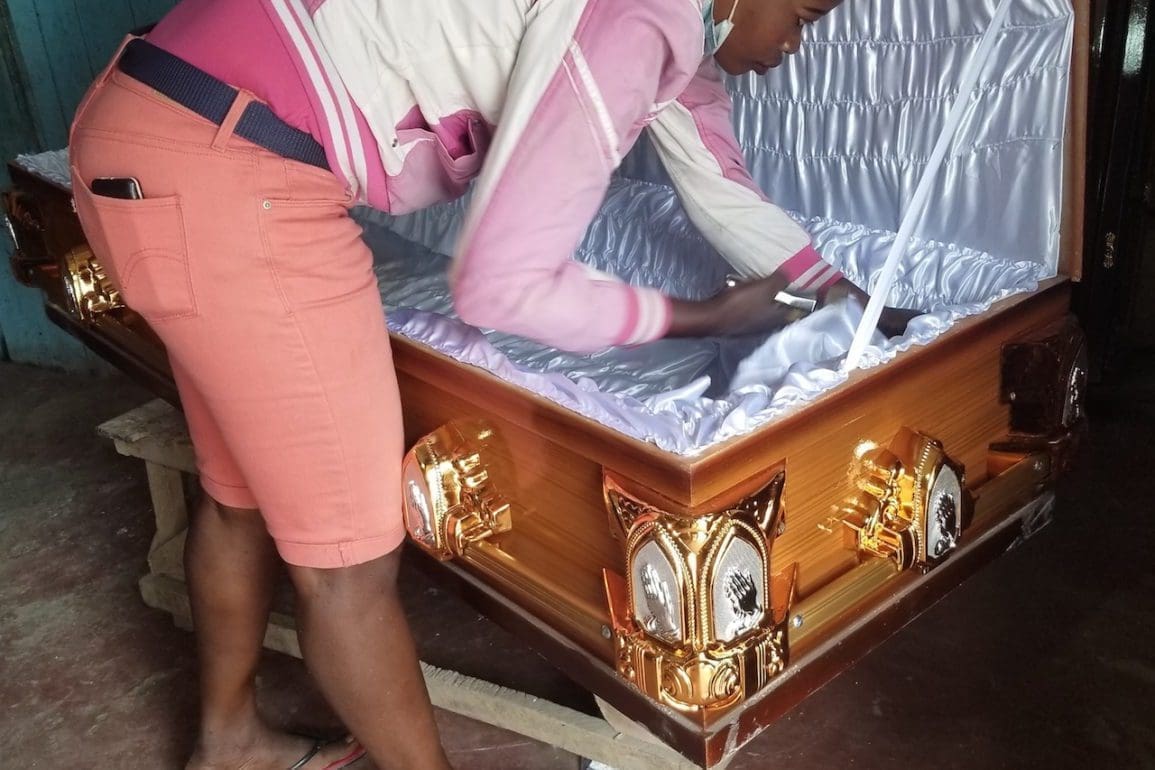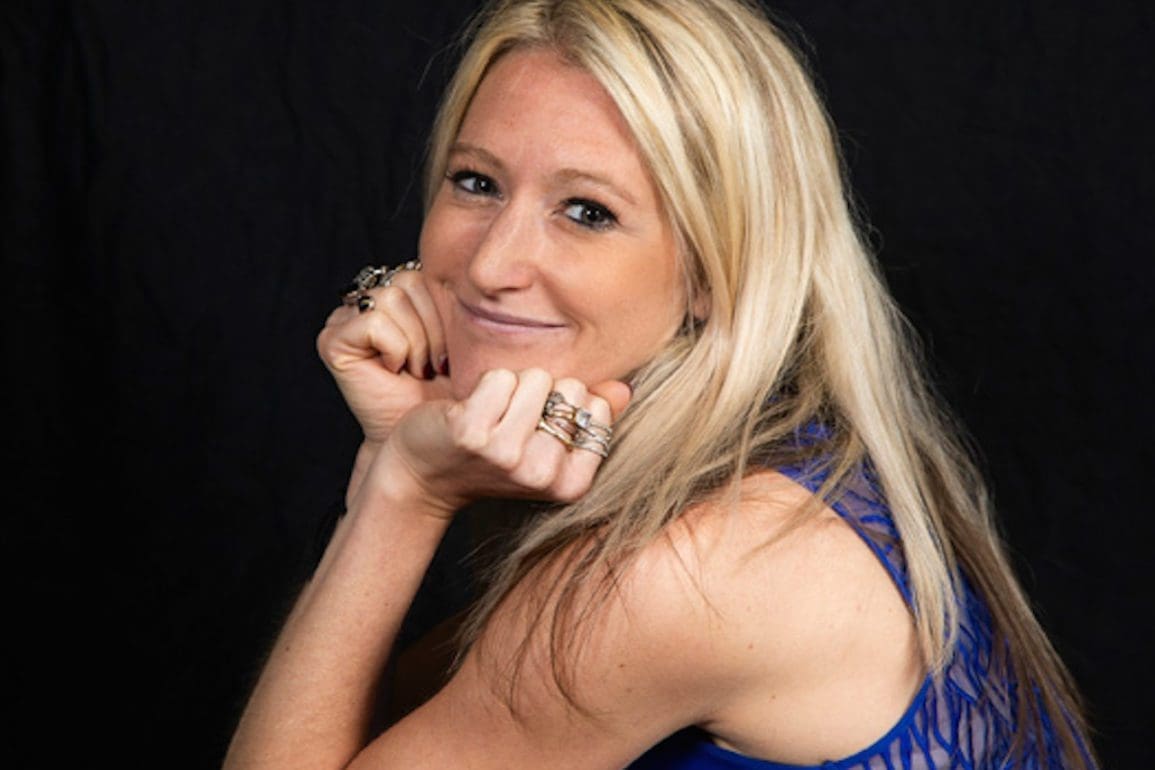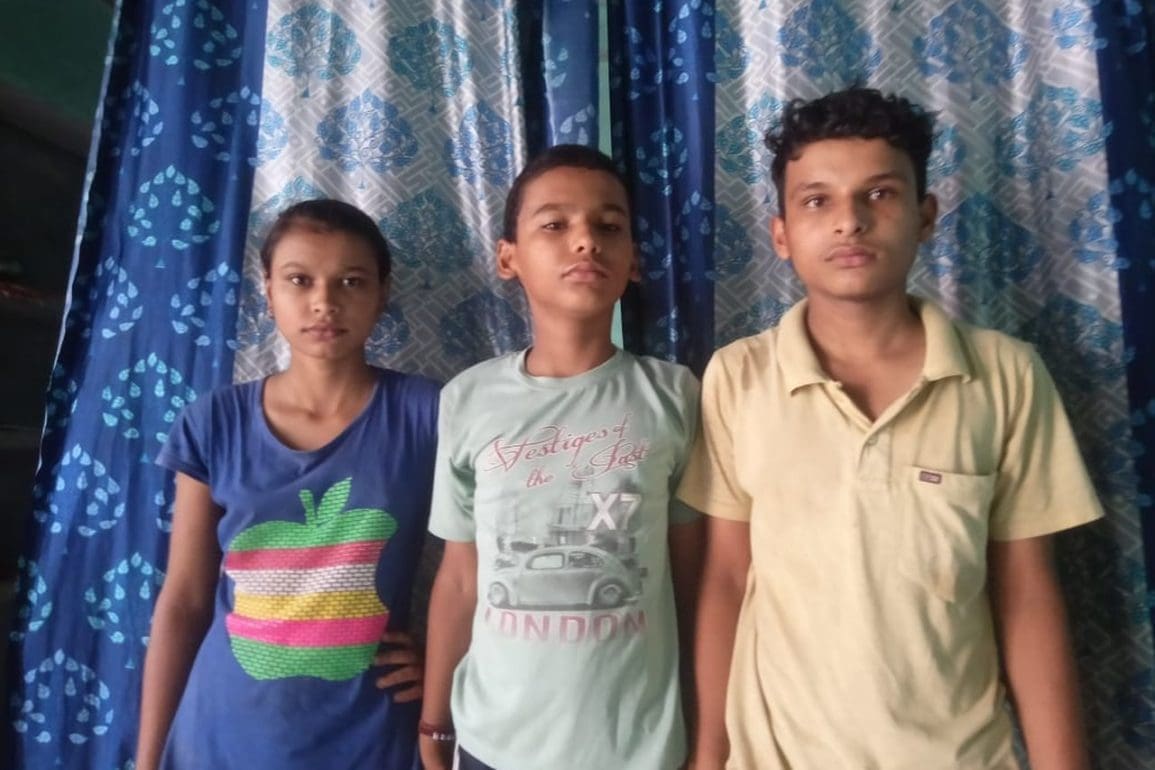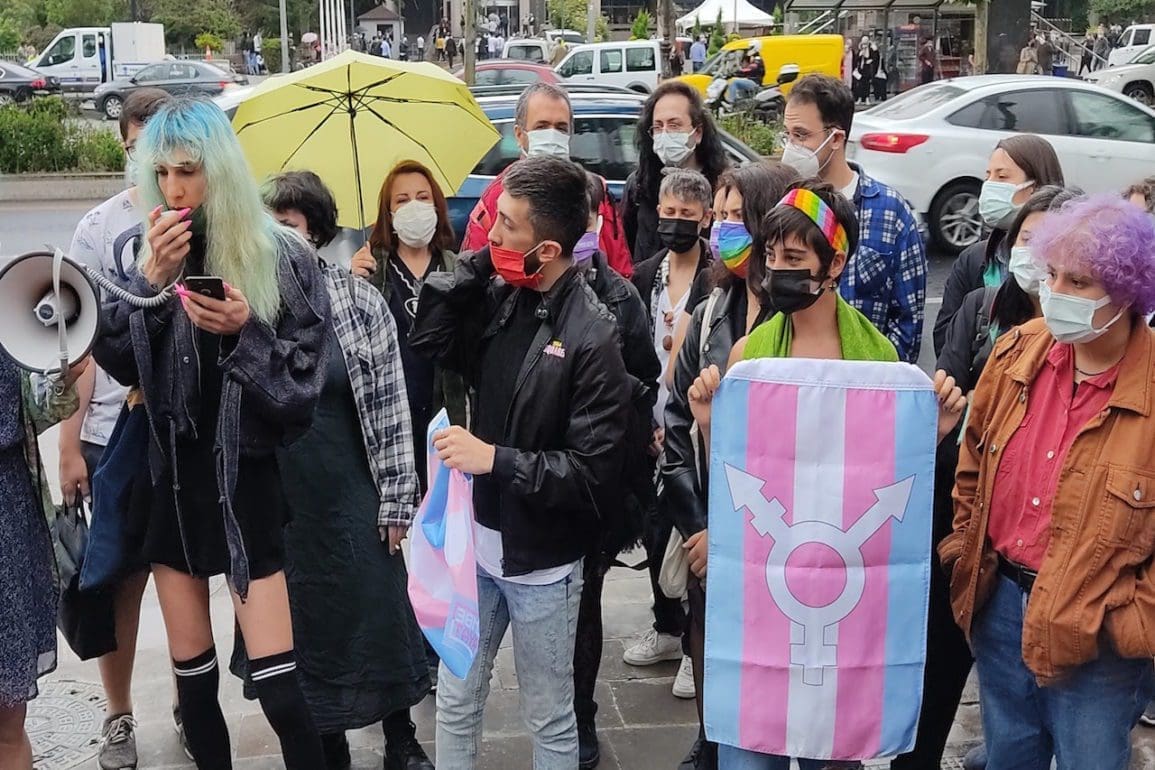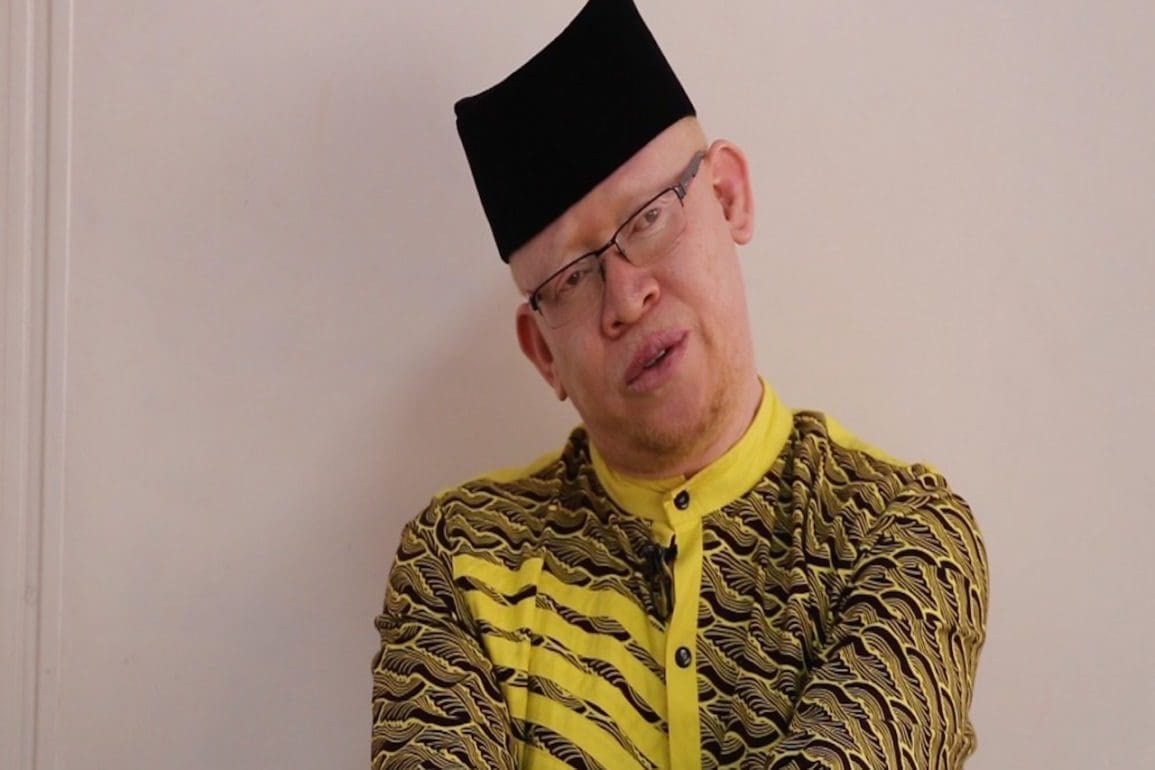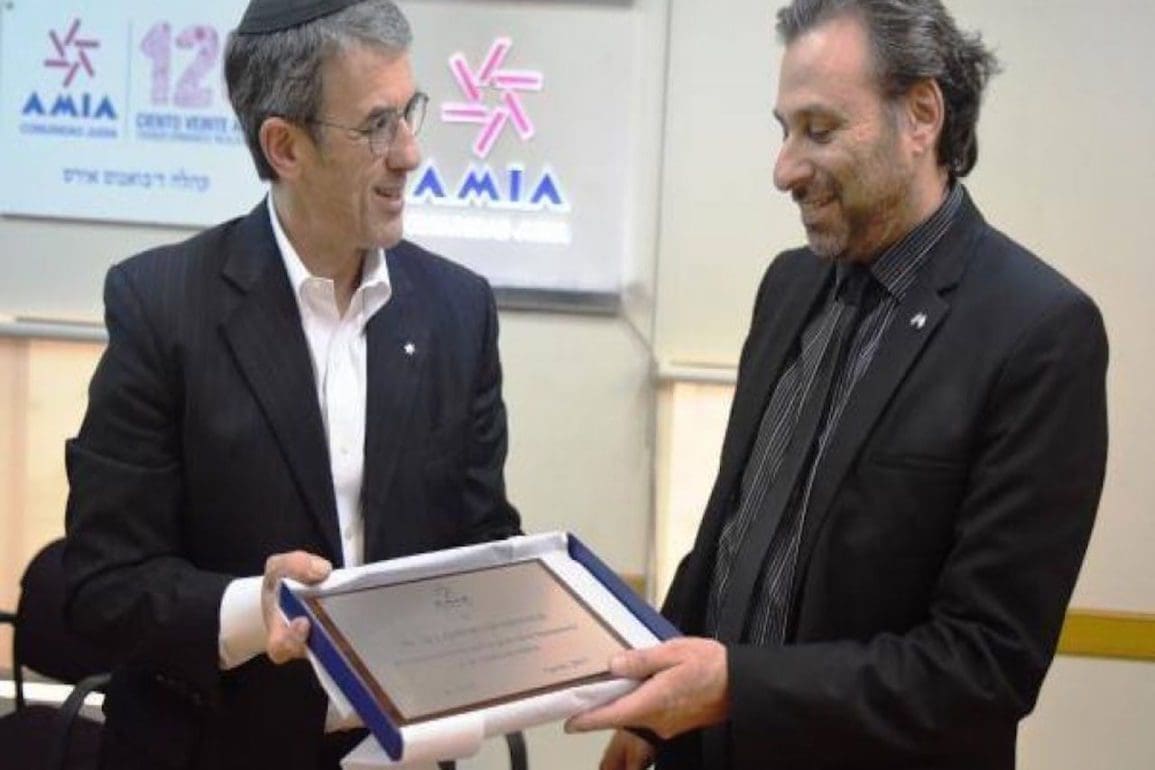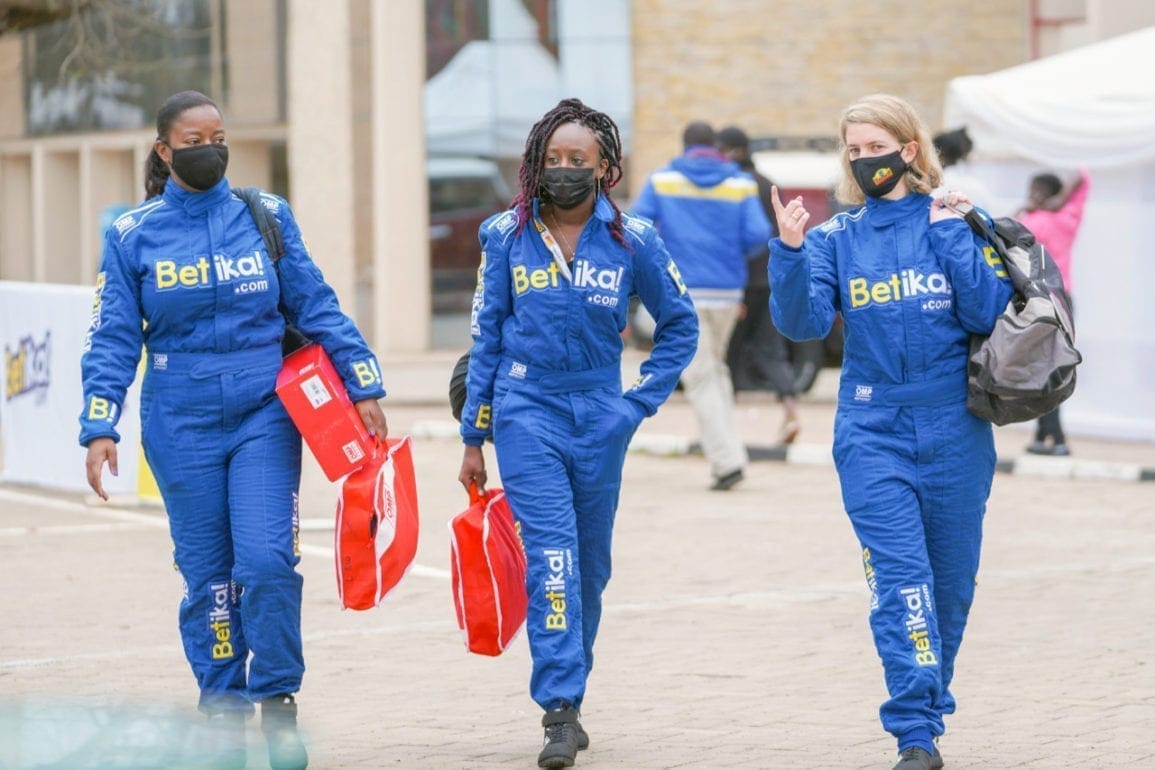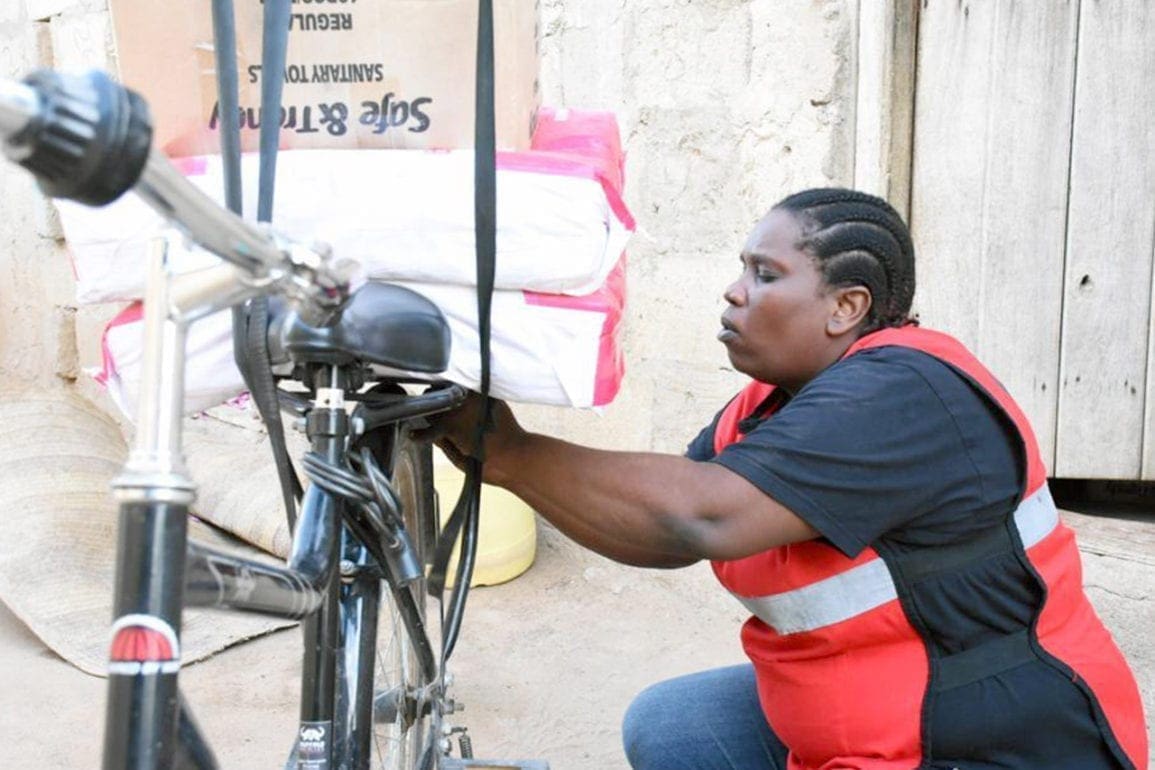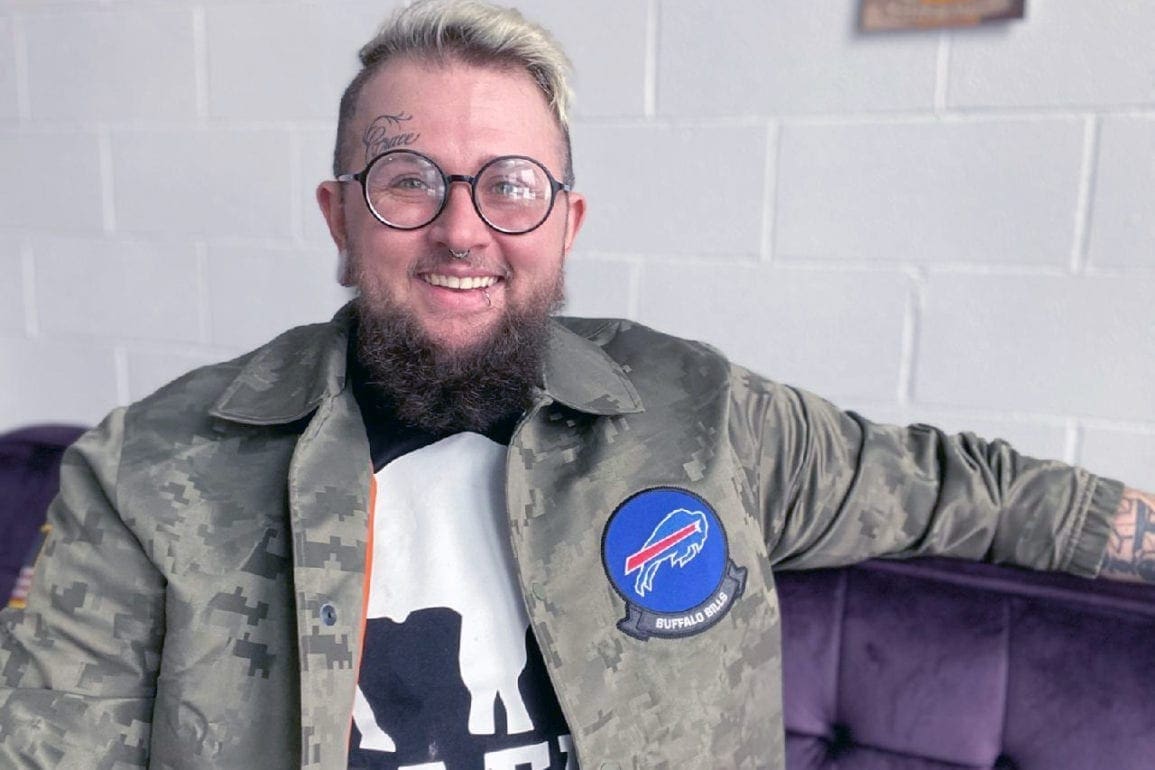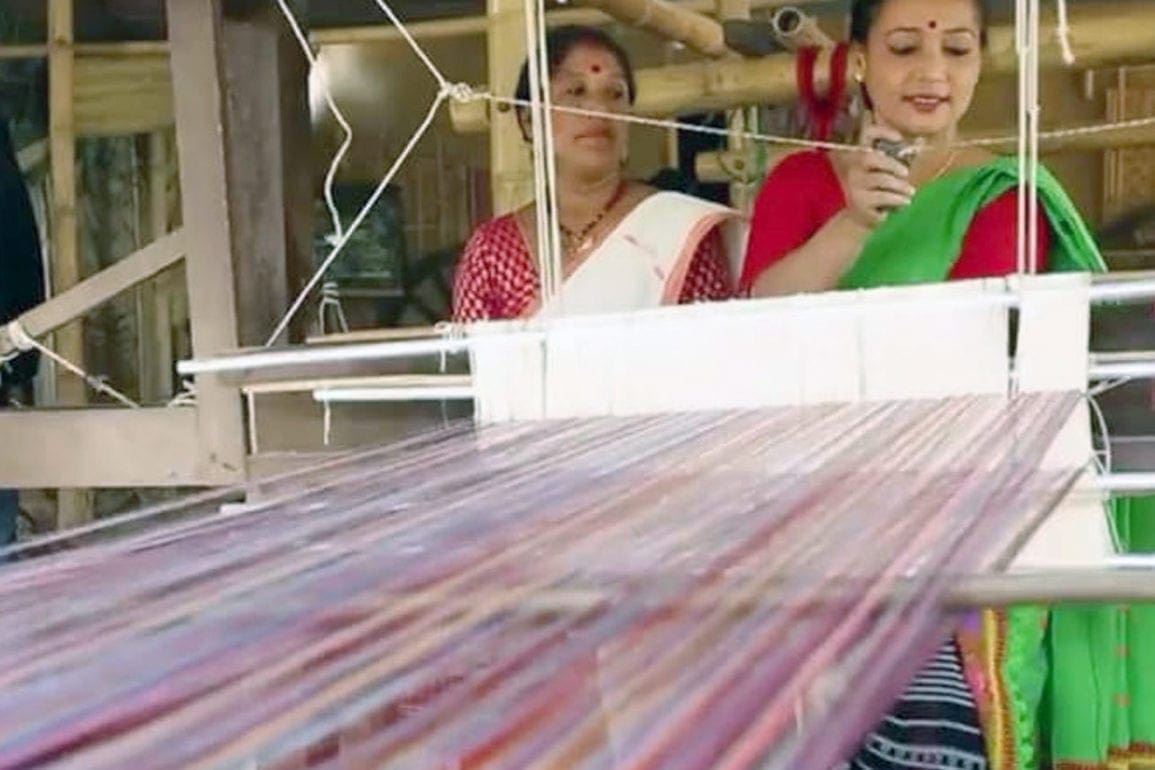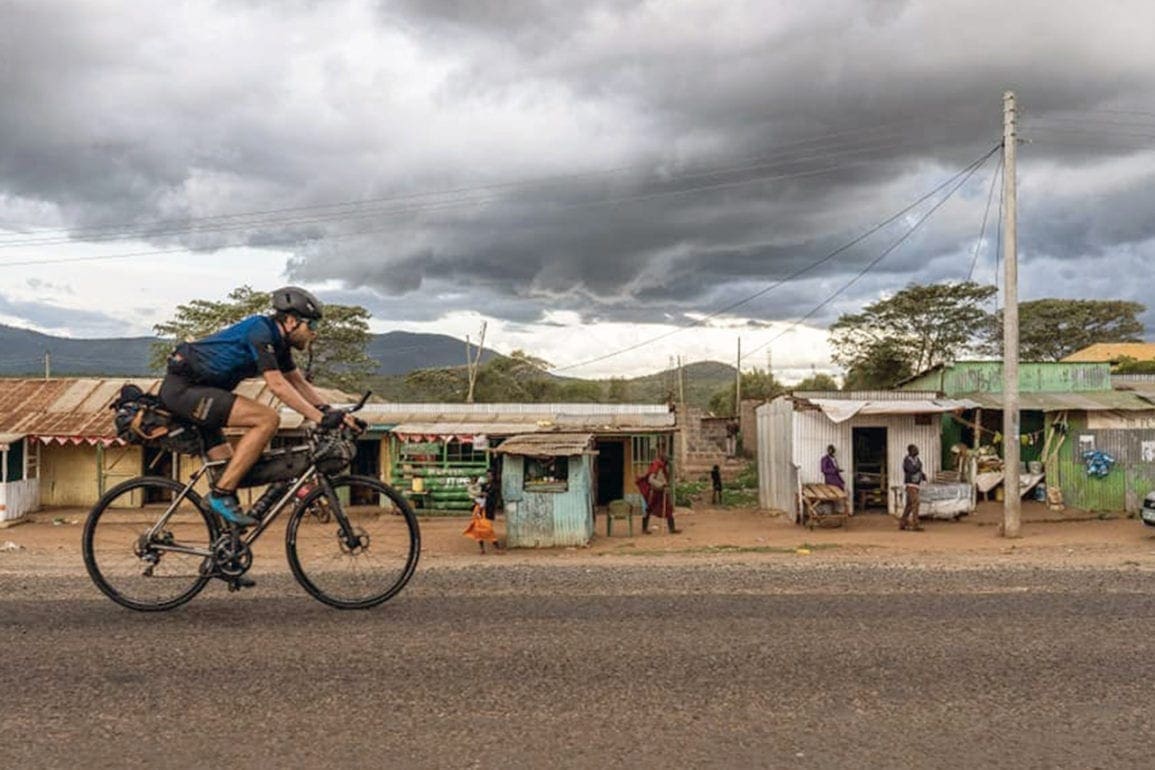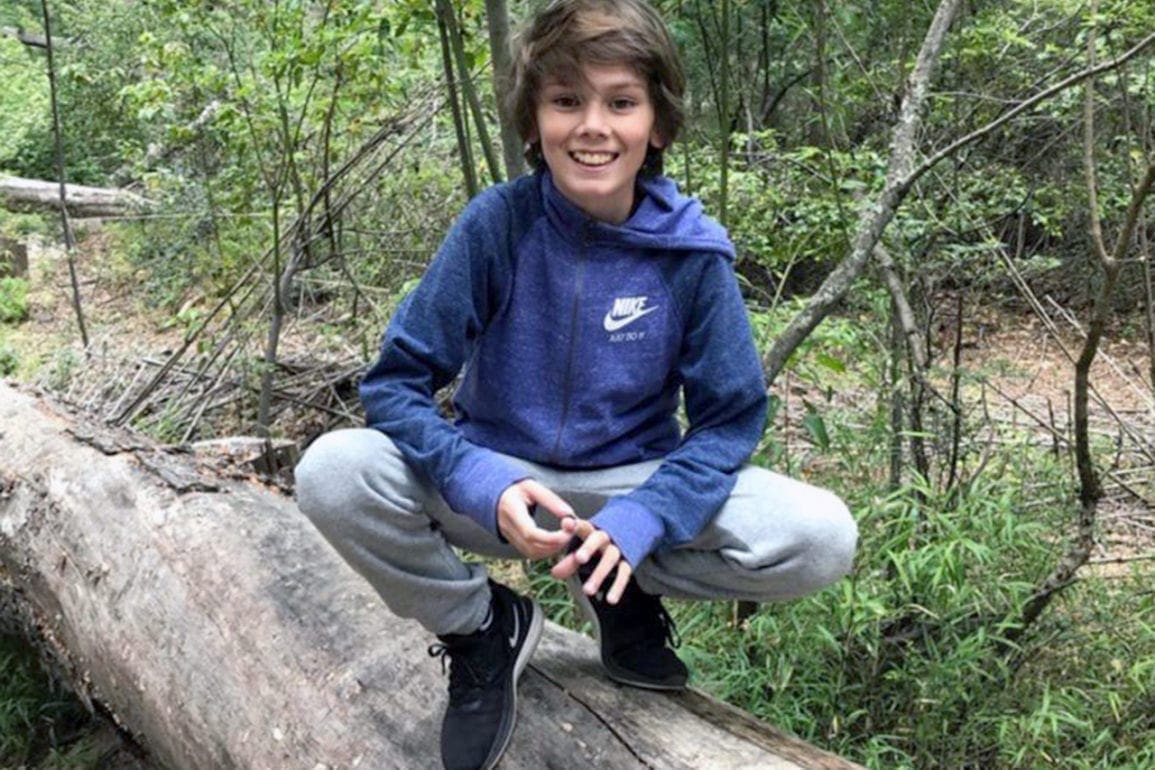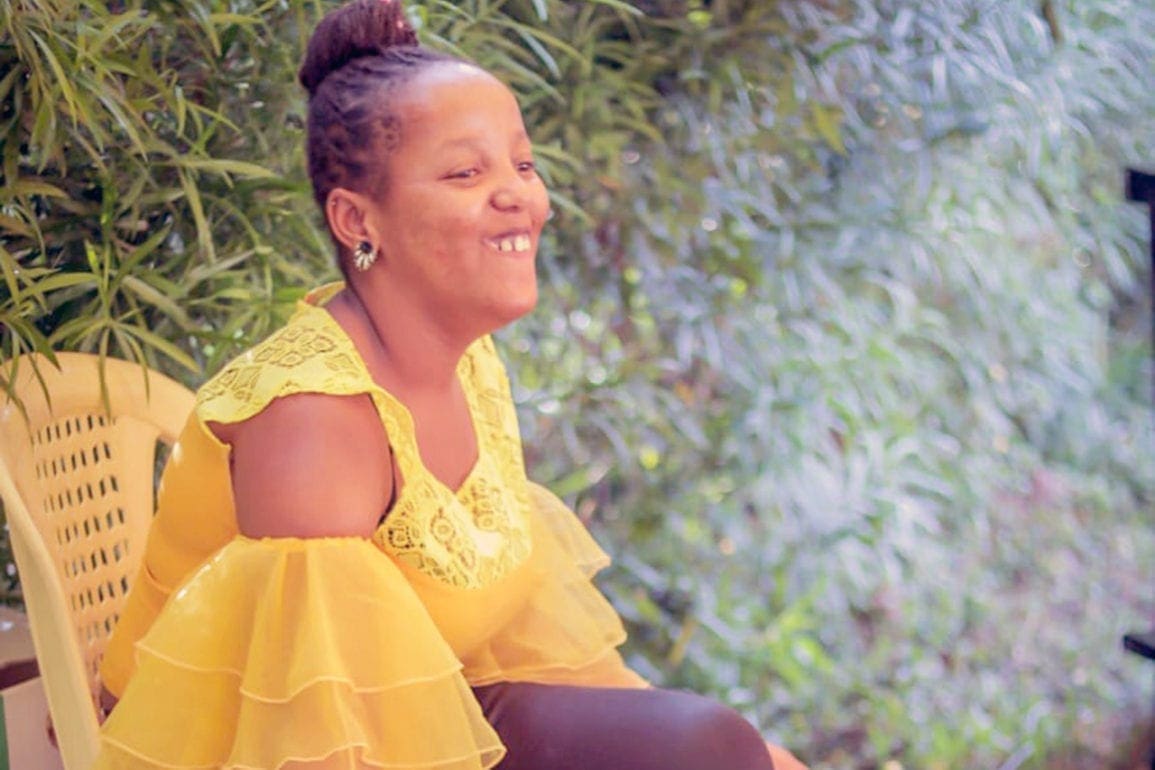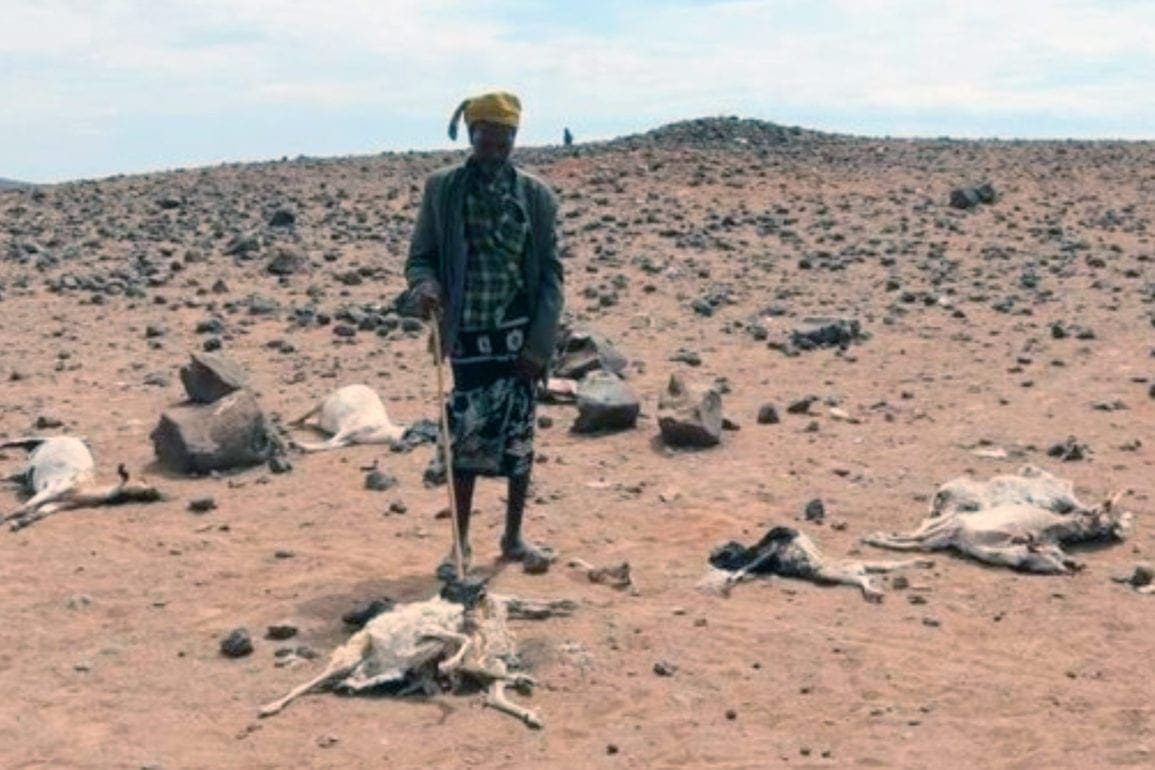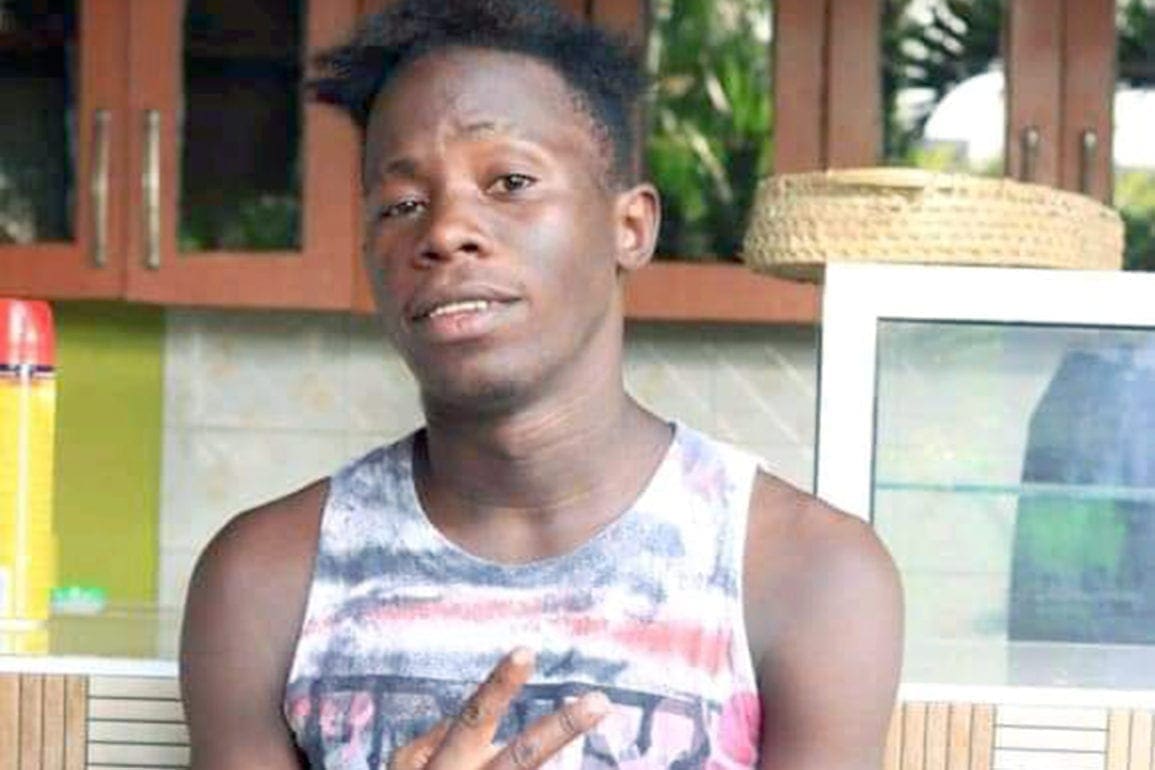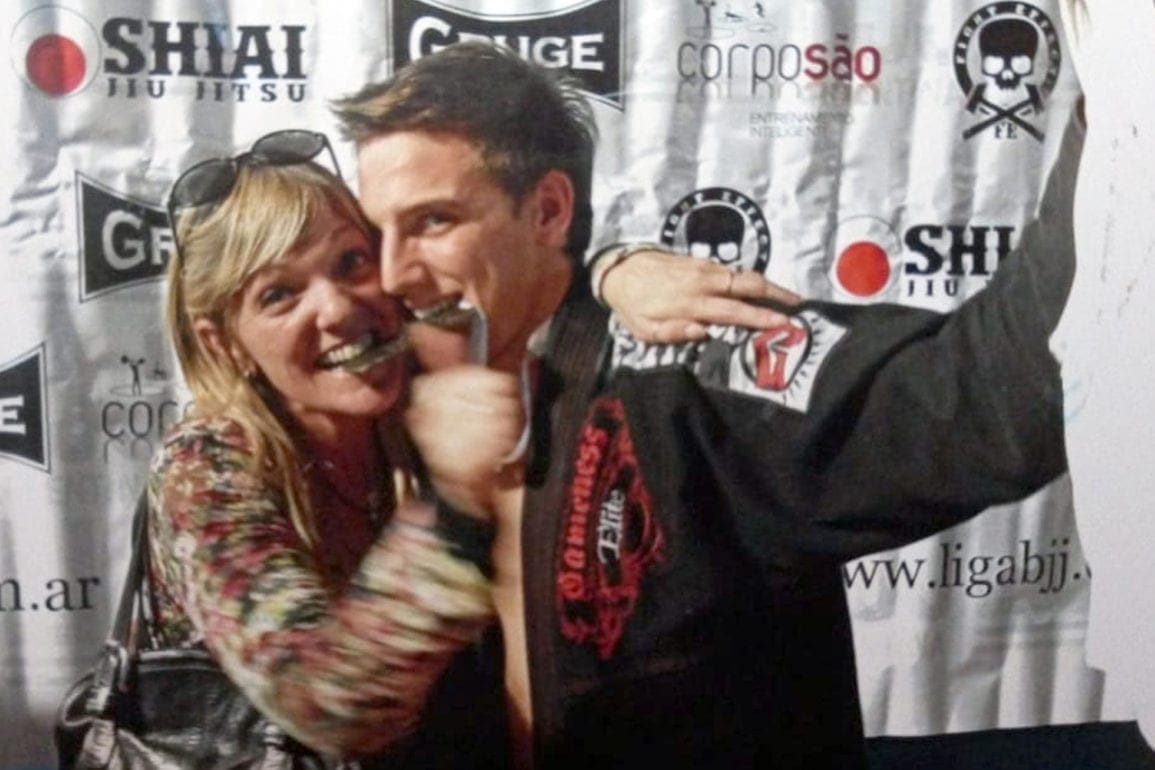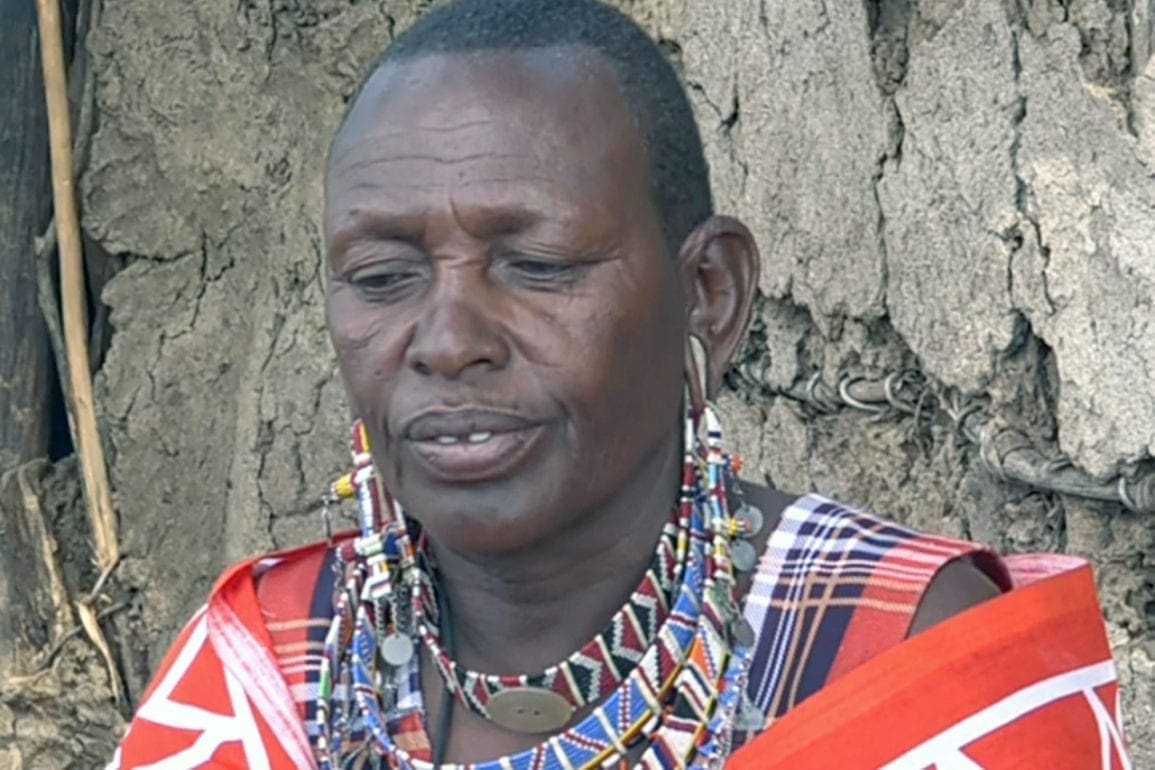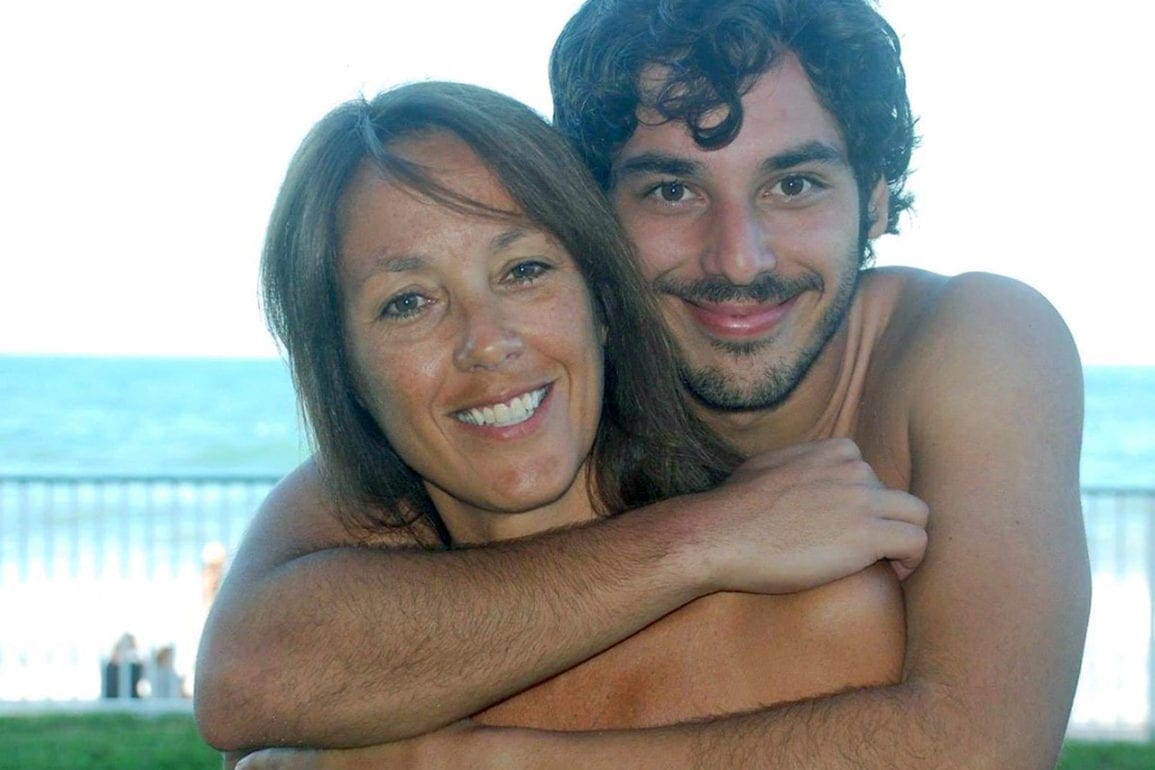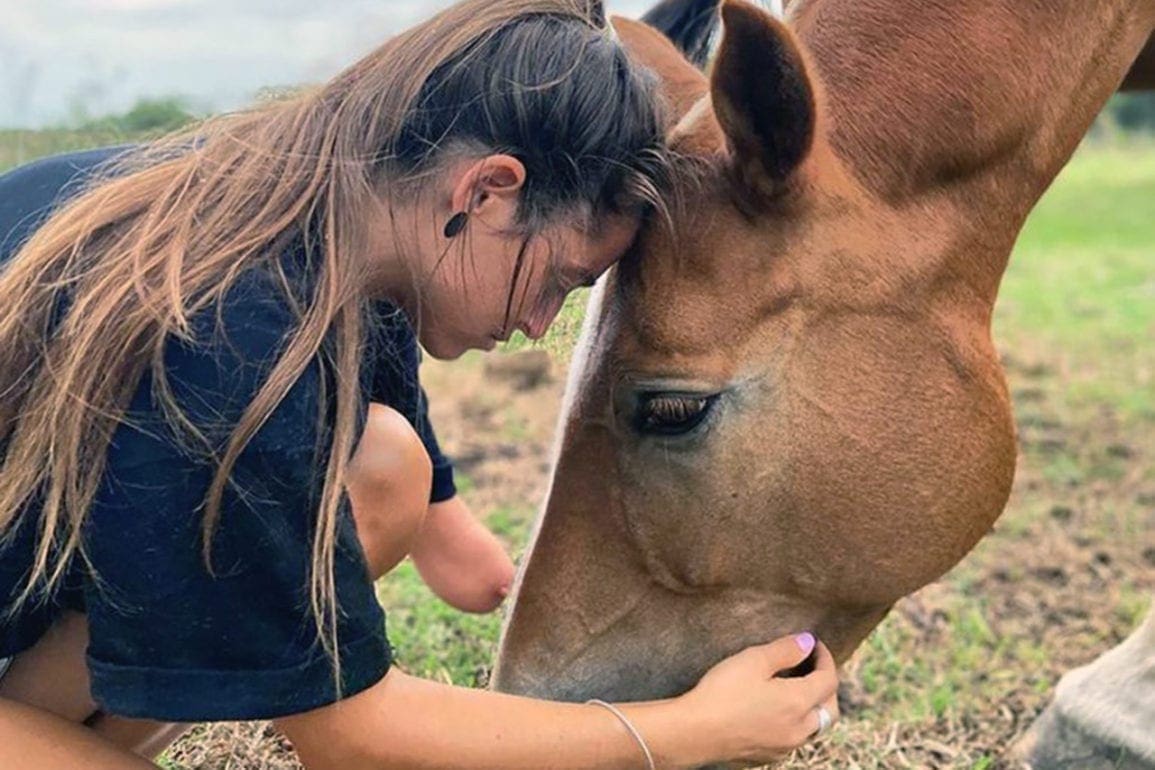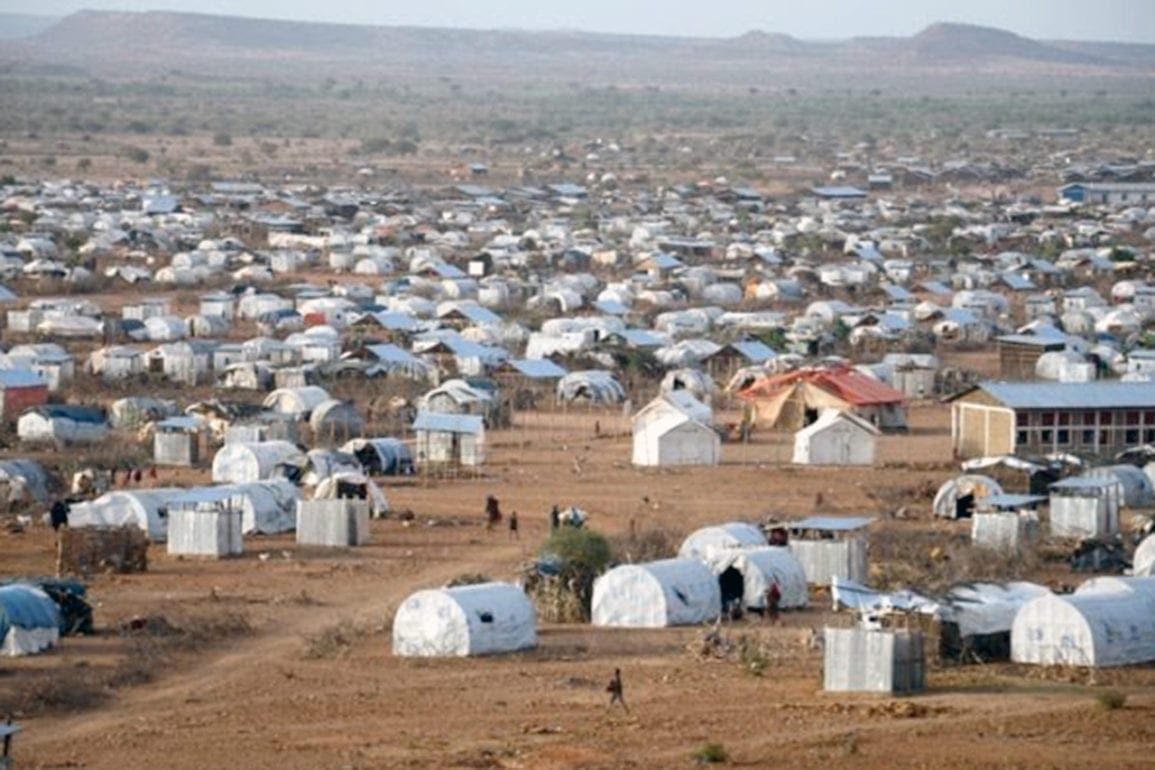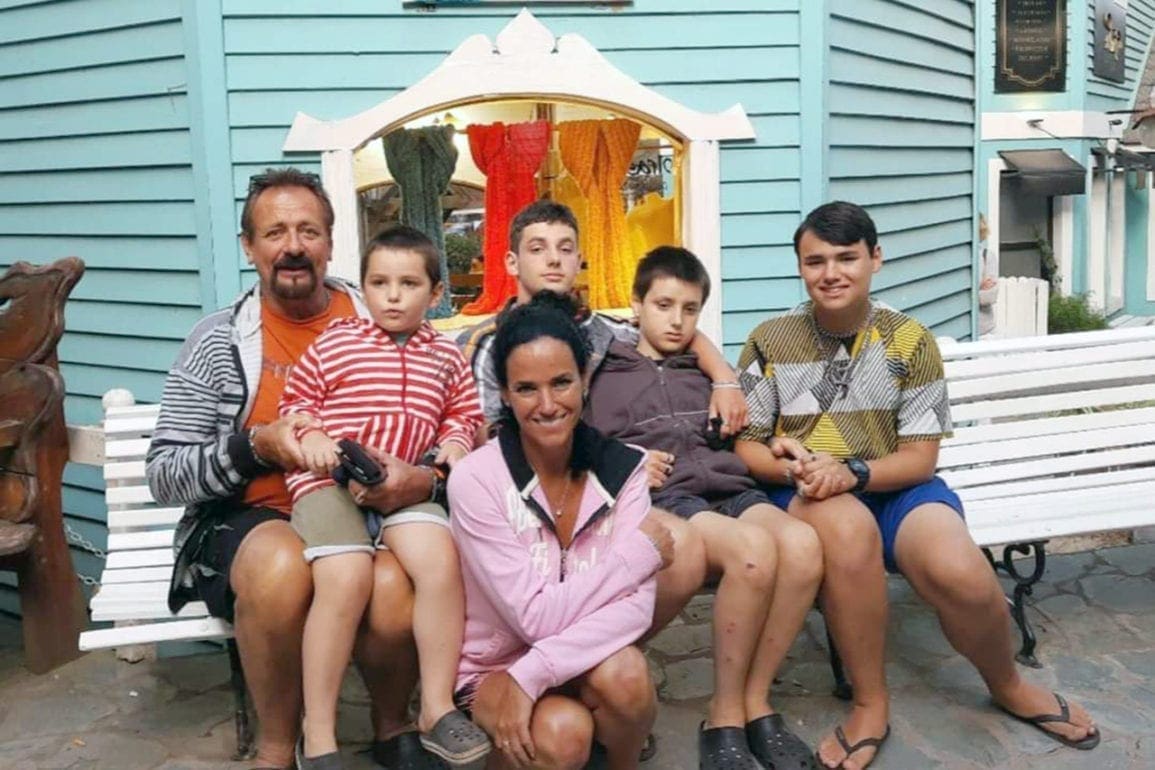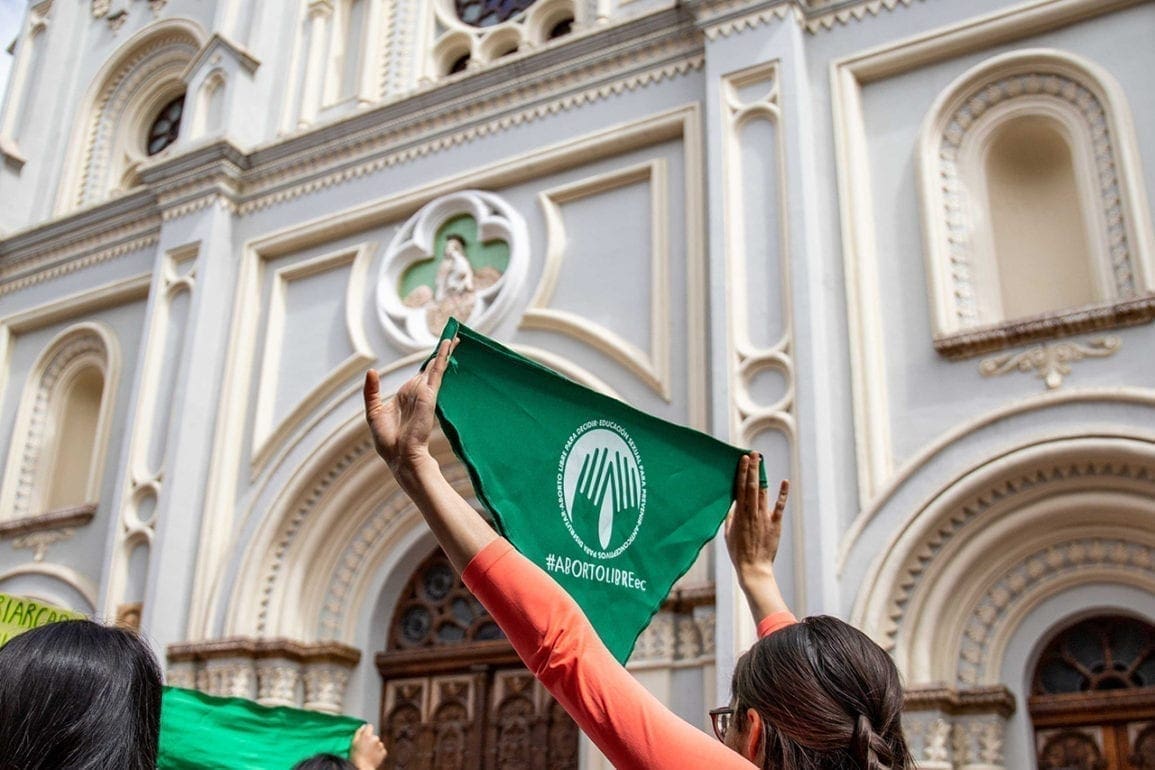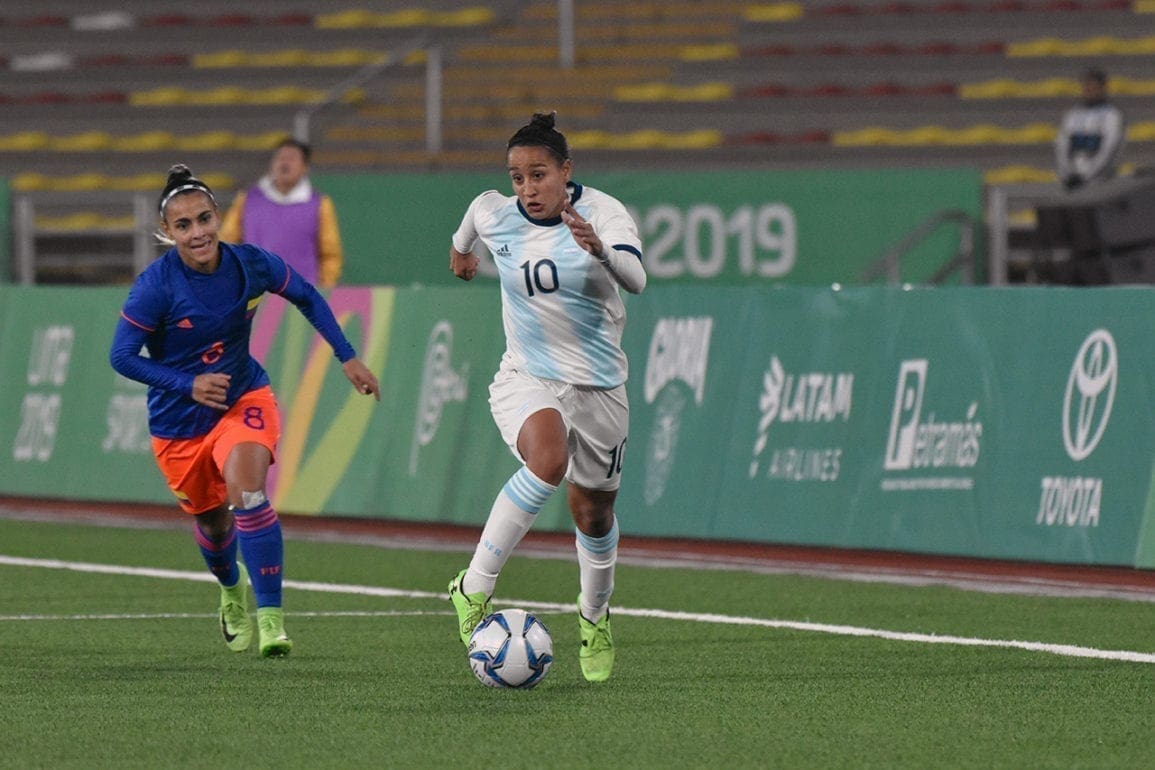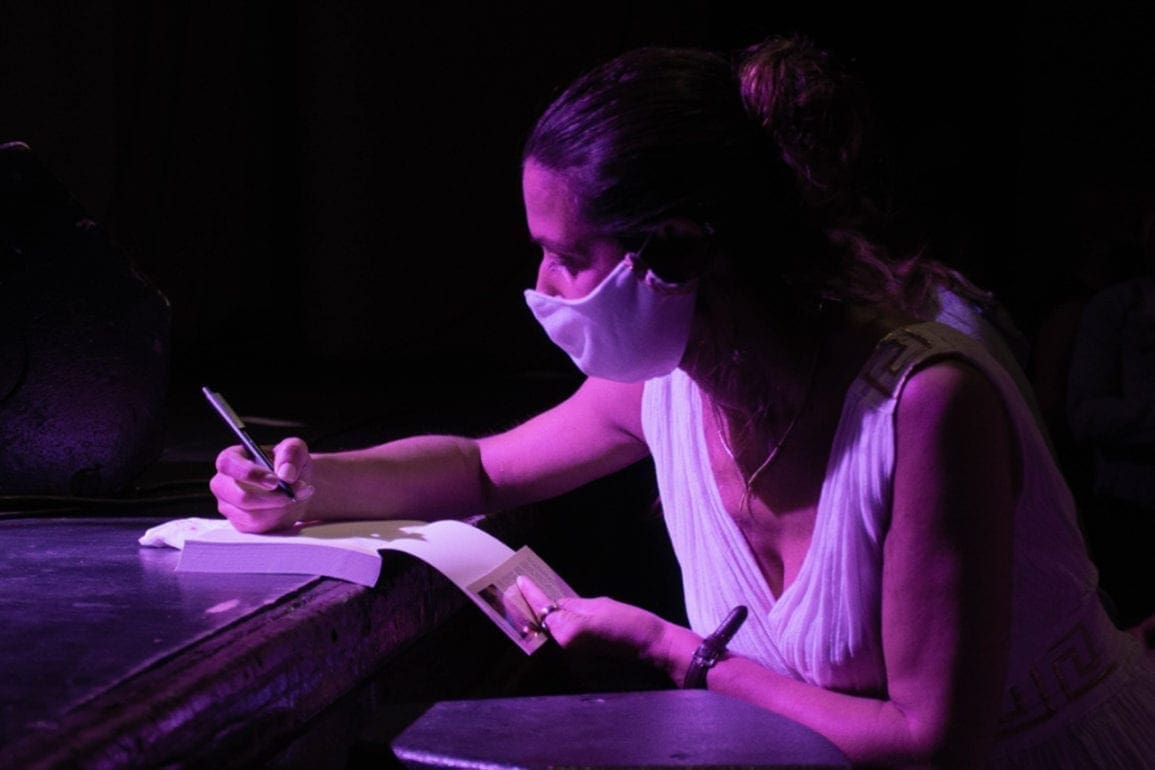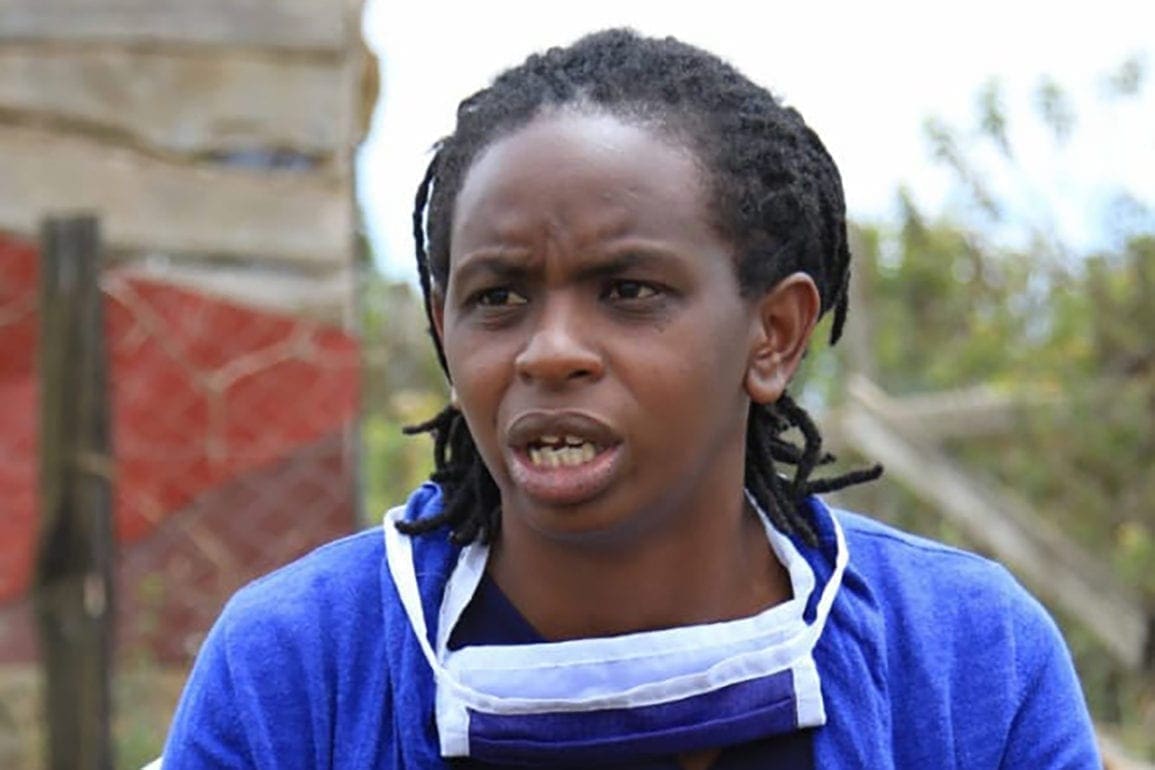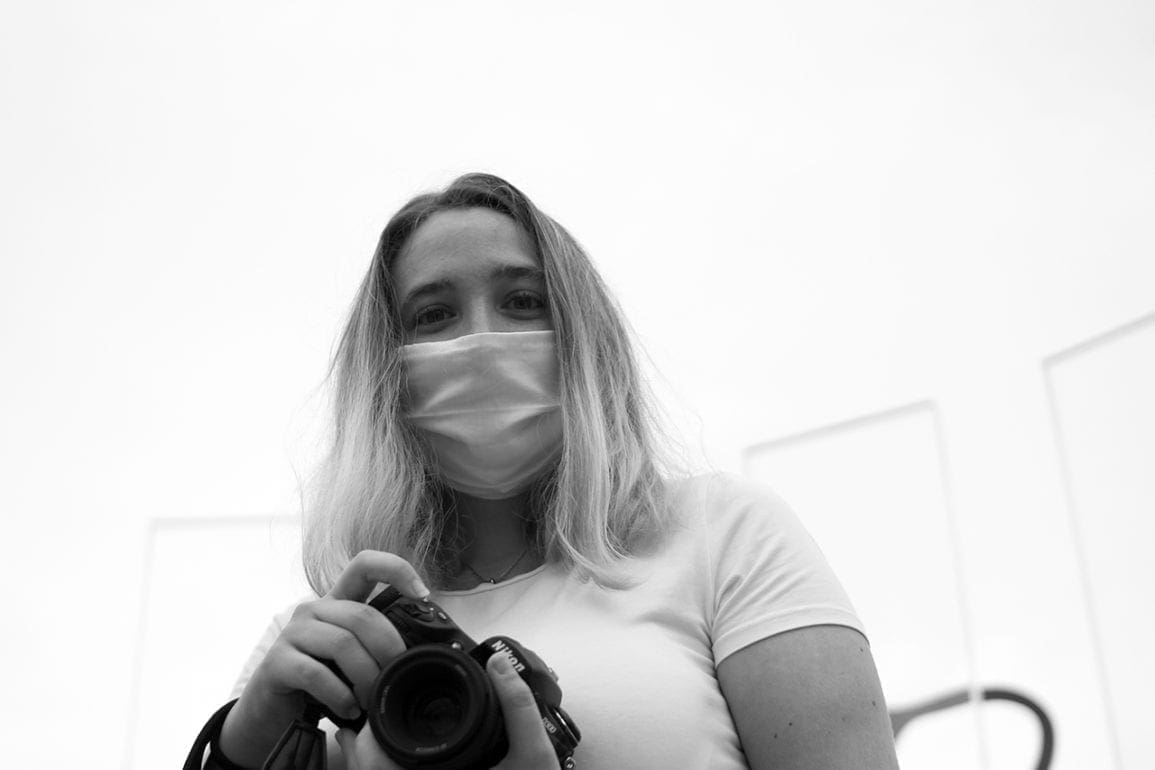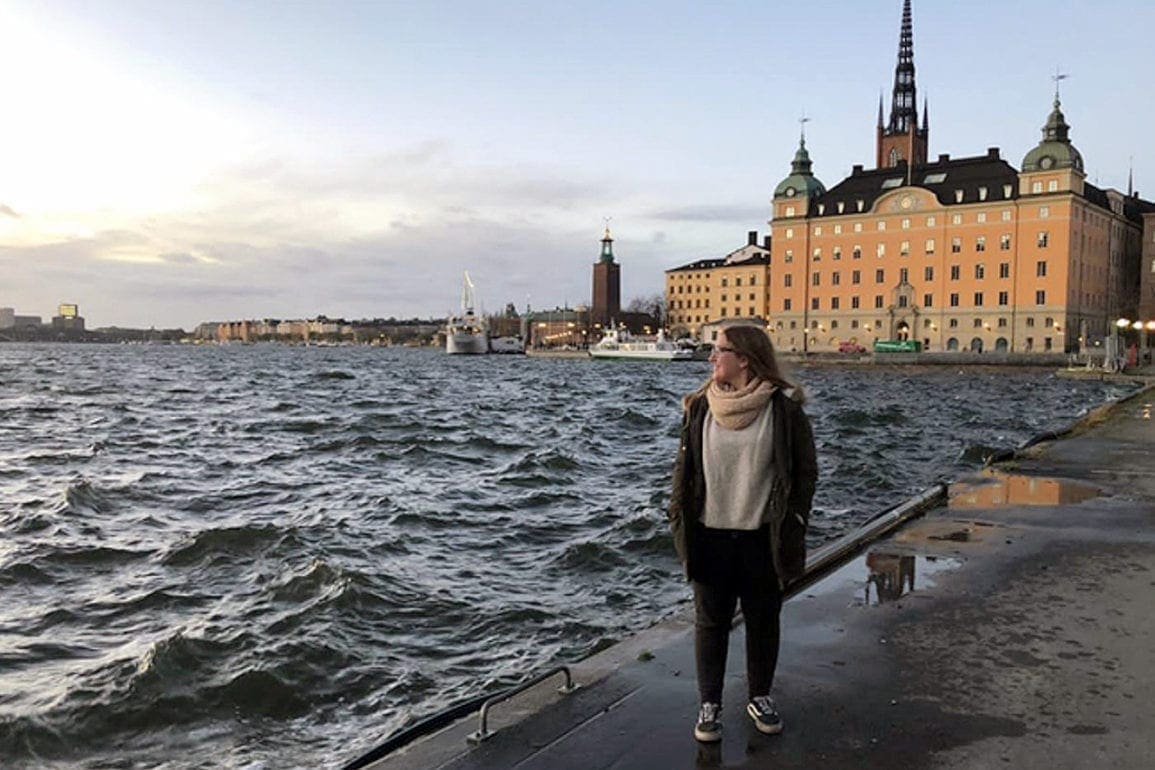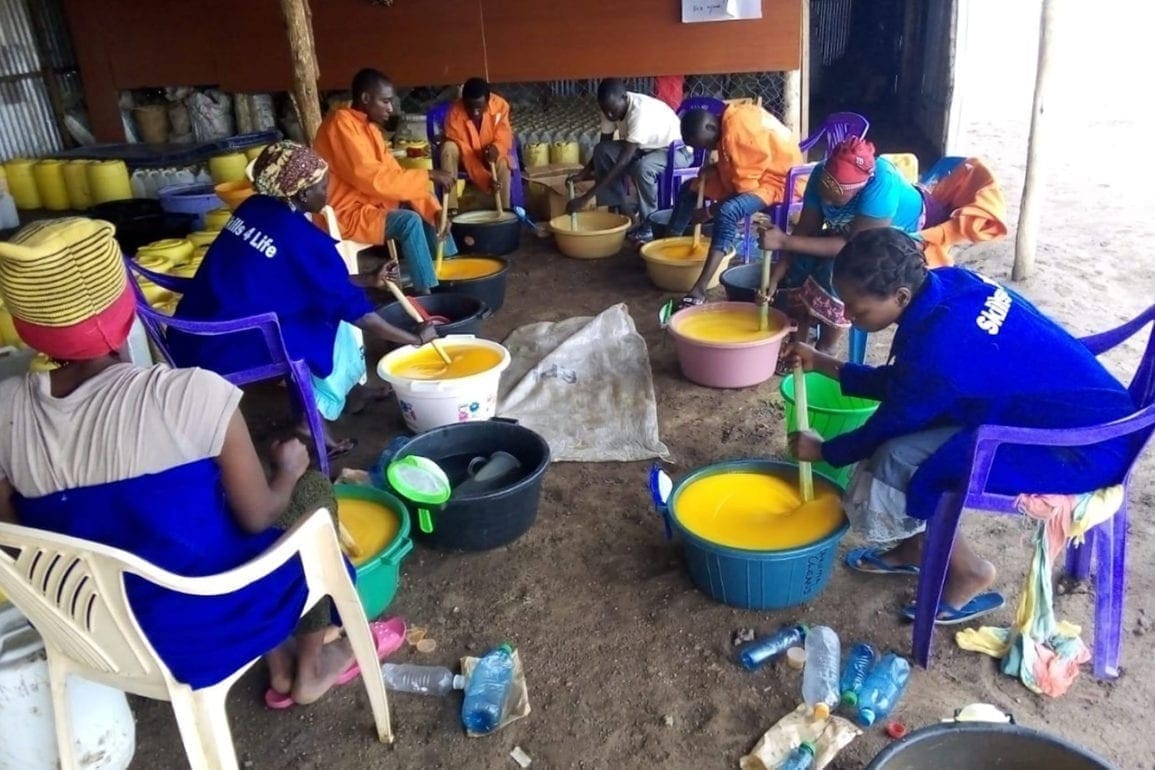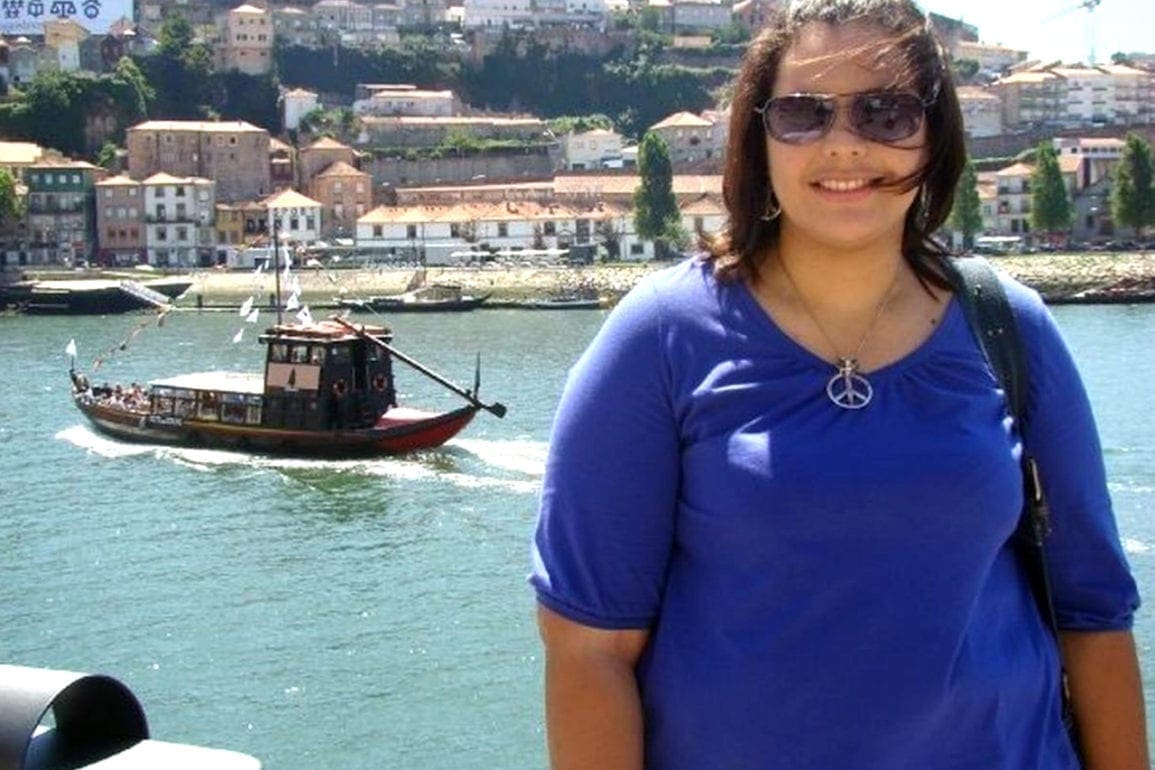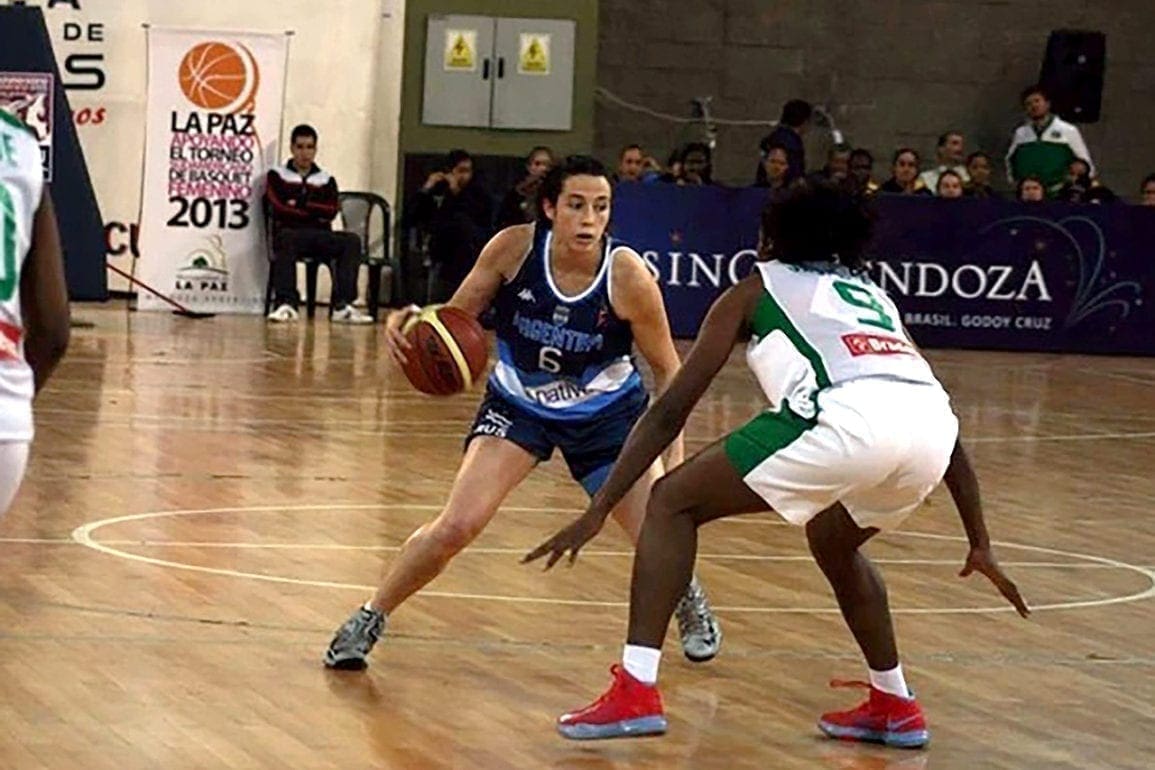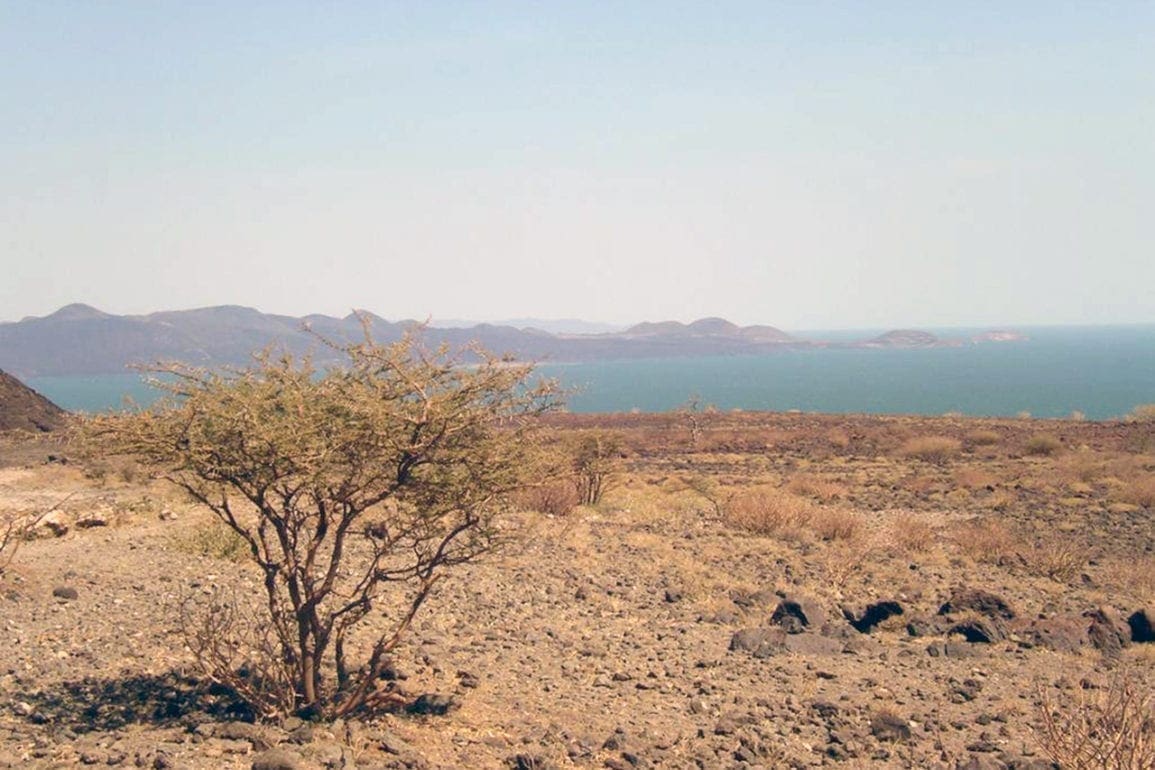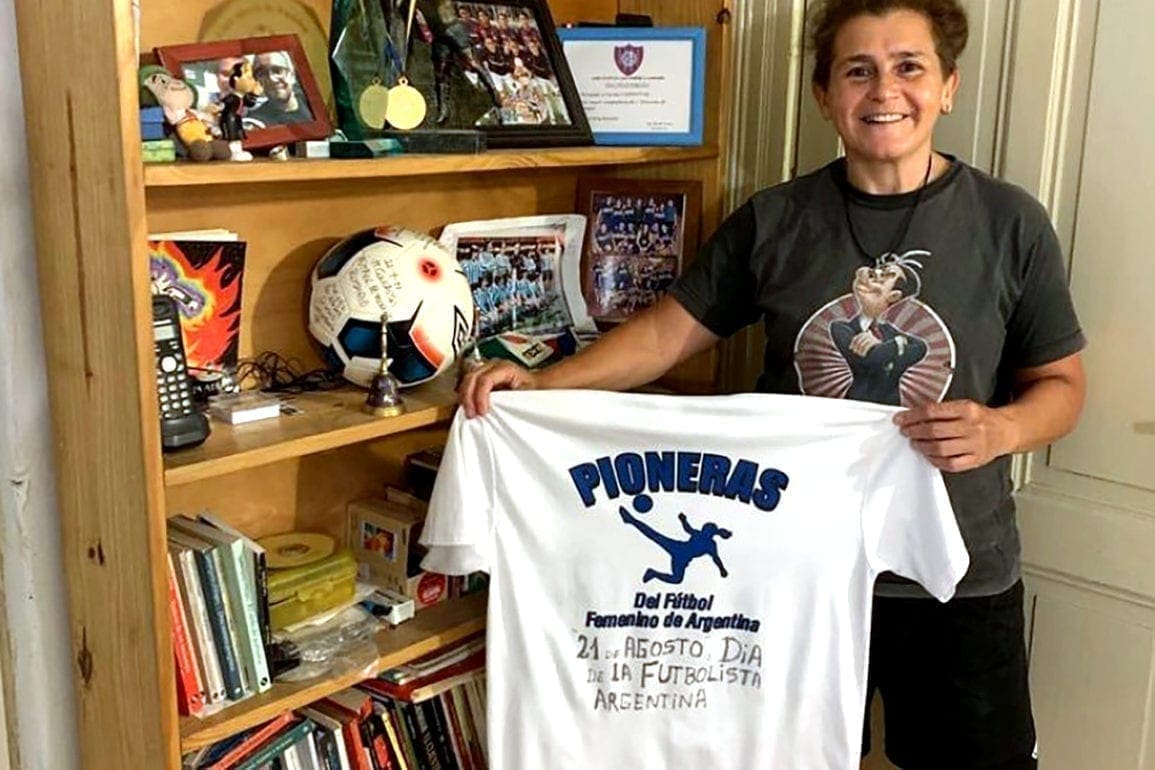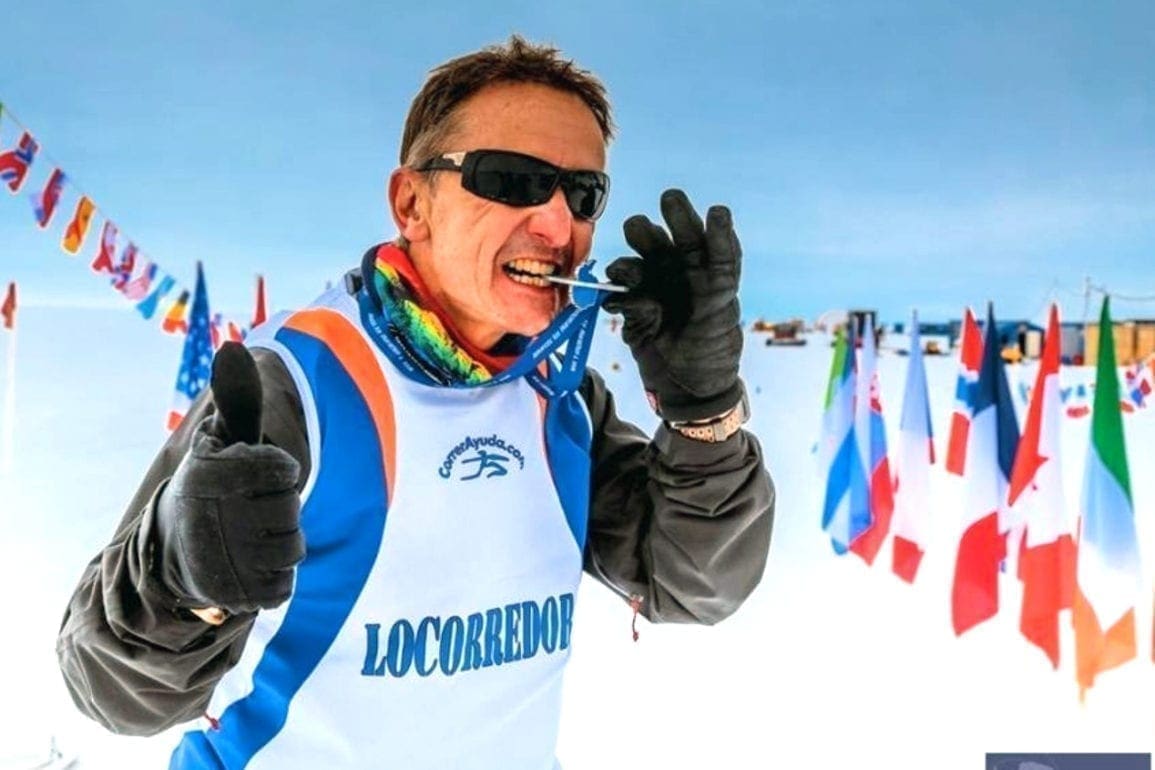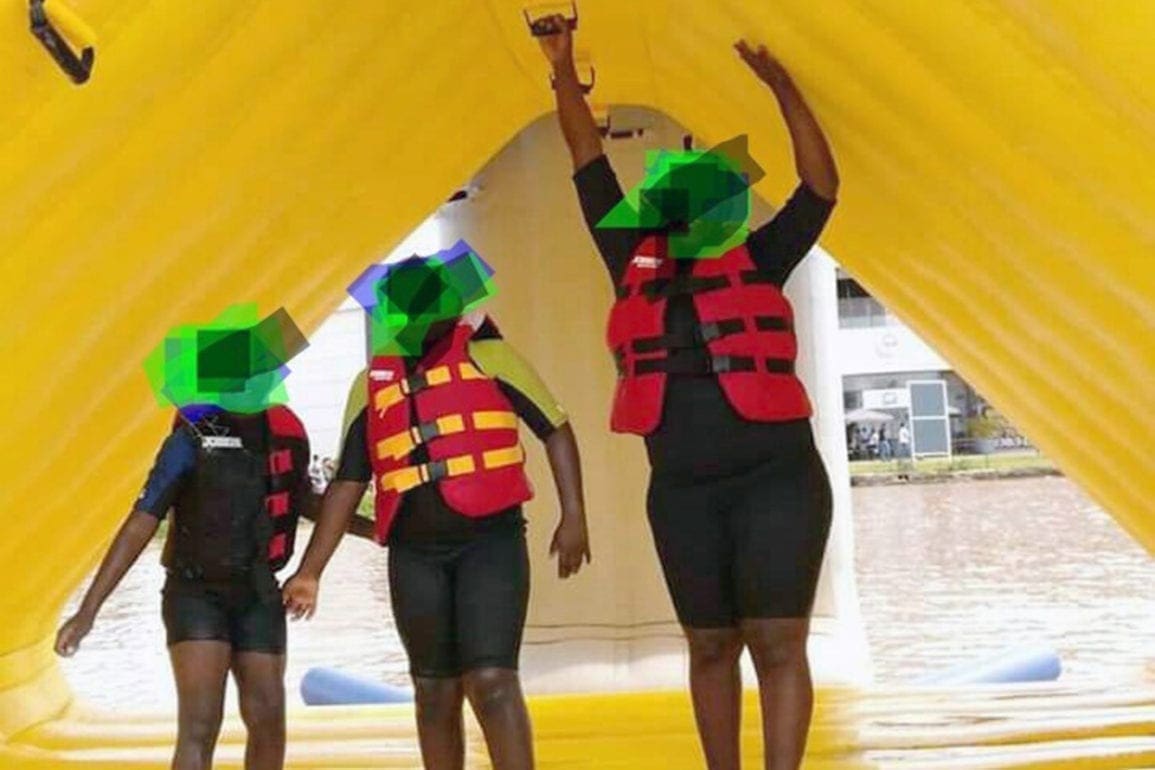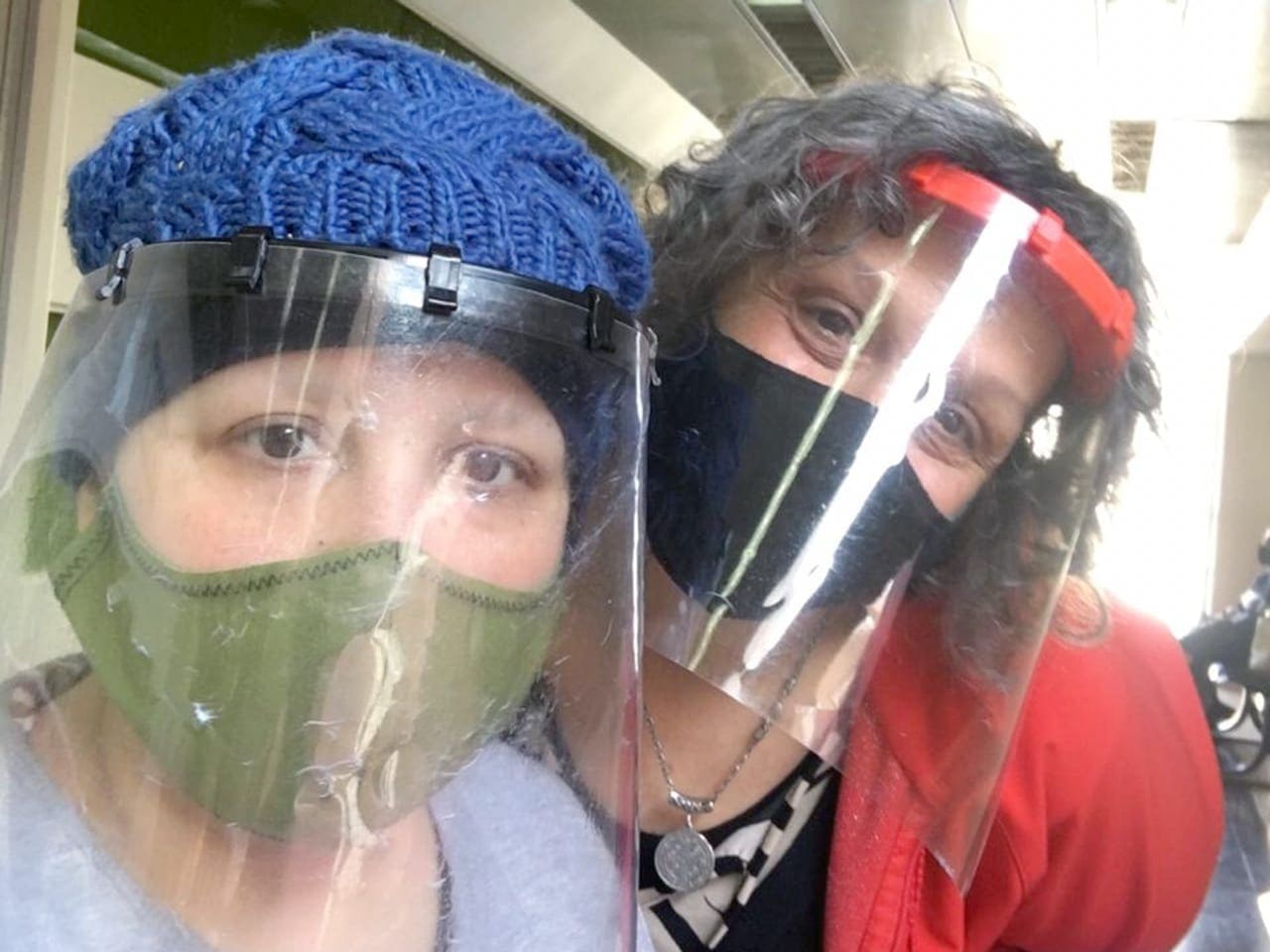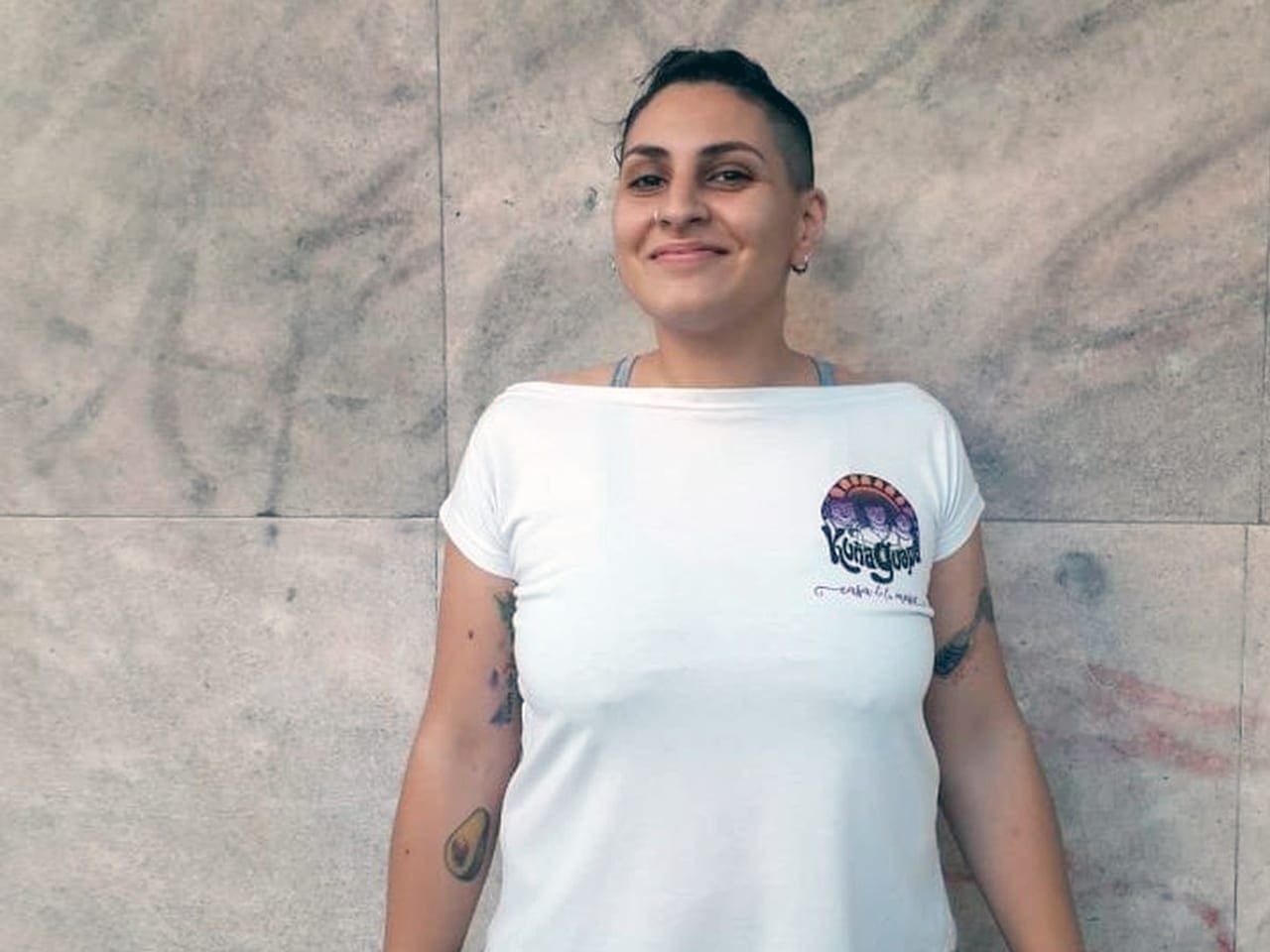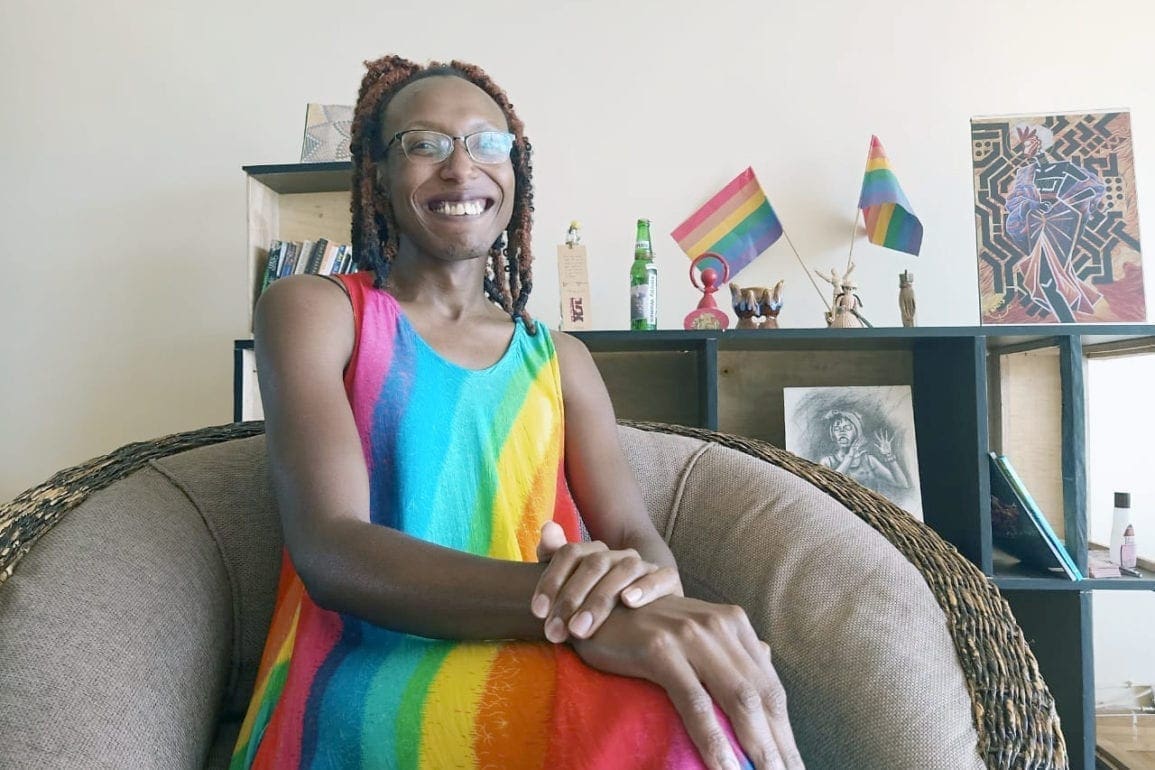Indian doctor receives country’s fourth highest civilian award for saving ancient Jarawa tribe from extinction
I descended from the boat in knee-deep water. The men held bows and arrows as they glanced back and forth at each other. In an attempt to earn their trust, I handed out bananas and coconuts to the kids while speaking in their dialect. As I told them I was a doctor who came to check their health, they seemed strangely touched.
- 11 months ago
June 9, 2023
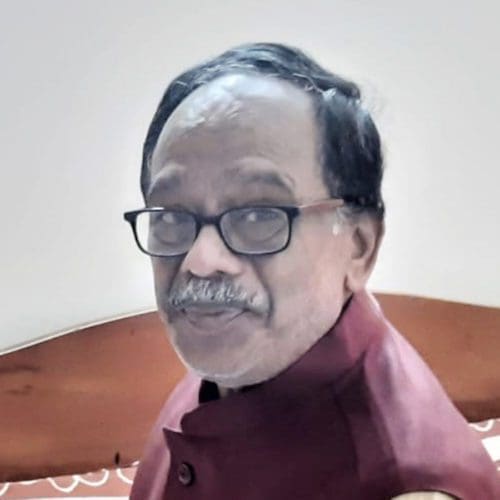
ANDAMAN, India — On November 5, 1998, I took over as a hospital administrator and prepared to visit the Jarawa tribe, hidden in the jungle of India. I knew I would face challenging and hostile terrain. In a motorized dinghy, I ventured out with my five-person squad. A tribal welfare officer and a few armed constables joined me. It felt calm on that bright morning. We carried gifts with us in case the tribal members started shooting arrows.
We traveled for 40 minutes on the ocean before arriving in Lakra Lungta, 136 kilometers from Port Blair where I resided. While approaching the tribal camps, I looked for signs they might be close by, like smoke or hammering noises. I asked the boatman to stop the motor, and I listened closely to my surroundings. When my boat approached the shore, every single tribe member stood still, gazing at us.
Read more stories from India at Orato World Media
As I ventured into unknown territory, I needed to earn their trust
I descended from the boat in knee-deep water. The men held bows and arrows as they glanced back and forth at each other. In an attempt to earn their trust, I handed out bananas and coconuts to the kids while speaking in their dialect. As I told them I was a doctor who came to check their health, they seemed strangely touched. During a previous six-month tenure on the island, I learned to speak Jawara, as no written version of their native tongue exists. It felt incredible as they welcomed me into their tribe.
During my examinations, I noticed smoke coming out of a large hut in the distance. Escorted by armed constables for my protection, I ventured toward the area. Smoke enveloped the entire cottage. I spotted four young Jawara women gathered around, roasting a wild hog. Their hands and legs bore extensive wounds from hunting prey.
After applying an ointment, I bandaged them up. Two days later, I returned to the same cottage and saw their wounds had healed. Some kids jumped on my shoulders to show their happiness and a warm sensation filled my heart. The patients came to thank me and extended an invitation to visit whenever I wanted. That day, we became friends, and for the next 15 years, I visited them regularly.
A severe epidemic brought on by these visits threatened the tribes with extinction
One year later, I took a transfer to a hospital in Kadamtala, in the center of the Andaman Island. The Jarawa tribe lived near the hospital, in a dense, impenetrable jungle. A severe measles epidemic hit the islands from September to October that year. The Jarawa people believed they would become extinct.
They believed the Indian government put them in immediate danger when they brought civilized men to visit, as an outside illness which they were unprepared for invaded their bodies. Offering my help during these times proved difficult. They grew suspicious of outsiders and most refused to be looked at. I made the decision to provide therapeutic assistance by visiting each of their huts with the aid of my administration. My life’s objective became to serve the Jarawa people. I felt saddened that nobody else seemed to care for their well-being. The majority of people believed the tribe to be a violent ethnic group, leaving them neglected.
I examined 15 to 20 patients each day and offered medication. When necessary, I ferried critical patients from the bush to the hospital.
They swam and walked for miles for treatment
One day, in December, I asked to take the most critical patients to hospital grounds. They accepted my offer, and I built an environmentally friendly structure with a concrete floor at Kadamtala Hospital. We named it the Jarawa Ward. Using bamboo, hay, and dried tree trunks, the space resembled the dwellings they lived in.
A community washroom with showers accommodated six people at once, and the middle of the ward featured a fireplace. The tribal members sat in the shaded leisure area where they could observe the people around them. Police guarded the restricted area 24 hours a day, only allowing my staff to enter. At first, the tribal members misunderstood, thinking the space was a prison, but in time, they felt at ease. At the height of the measles outbreak, I saw as many as 40 patients a day.
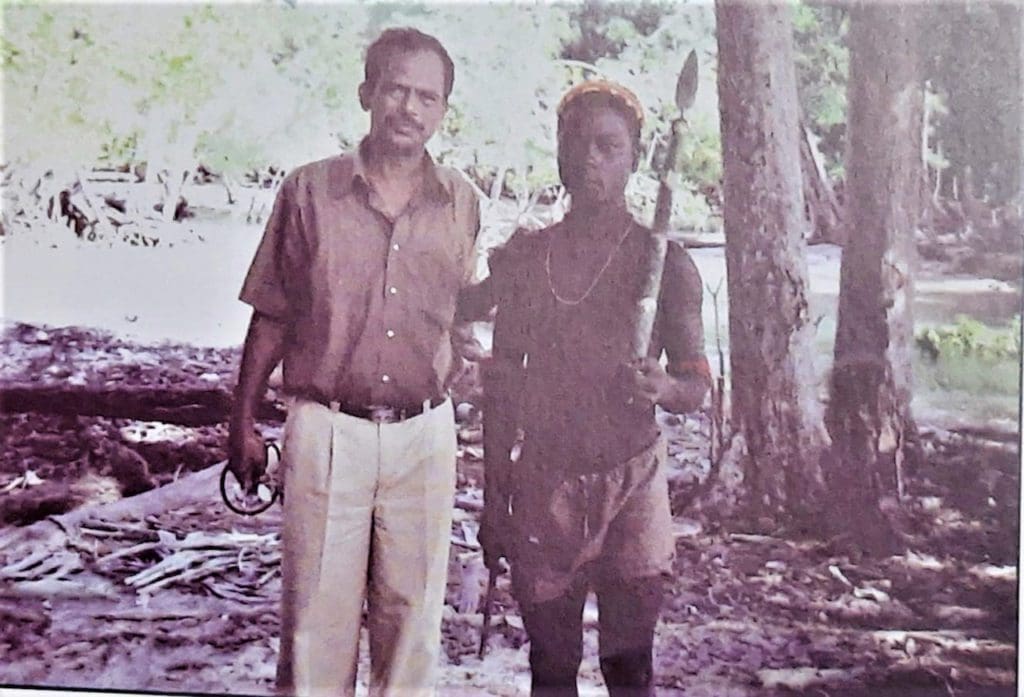
The Jarawa tribe boasts a traditional medical system dating back 50,000 years. As I visited, I witnessed their use of herbal medicines and admired their therapeutic approach. Still, we employed modern pharmaceuticals as life-saving measures. Sometimes, the tribal members swam between the islands and trekked for miles through the bush to get medical assistance. After meeting with me, they often jumped on me, covered in mud, to say thank you. I had to change shirts frequently through the day, but I did not mind. Thankfully, in the end, the tribes avoided extinction.
During my time spent with them, I learned their culture and traditions
One day, my wife Anjali and our two boys came to see me at Kadamtala Hospital, and got to meet several Jarawa ladies. They looked overjoyed to meet one another. The Jarawa women examined my wife’s jewelry with fascination in their eyes. The very next day, I went shopping for brass chains and a few pearl necklaces. When I gave the gifts to the Jarawa women, they began dancing with joy in front of everyone.
Sometimes people brought them clothing, like maxi dresses for the women and shorts and t-shirts for the men, but never nylon. When someone offered them sarees, the women converted them into hammocks for the infants. As my time with the tribe increased, my knowledge of their culture grew immensely. The Anthropological Survey of India’s officials routinely contacted me to inquire about any changes in their records. The tribal stories fascinated me, and I wanted to learn more.
As the tribal members began to use cell phones, their children starting calling to speak to their loved ones. Though technology remains mostly nonexistent in their life, I find them to be far more civilized than we are. Desite being a rustic people, they remain the most hospitable and they maintain unique customs. I still remember how the ladies brought fresh leaves for me to sit on whenever I entered their hut. On one occasion, I felt like I was starving and asked for food. The Jarawa women hurried into the woods to get jujube fruits. They washed them under the waterfall then served me. With a sour taste, I never experienced anything like that.
In their society, women have a strong voice
In my interactions, I discovered Jarawa women held vital roles in these tribes. To settle differences, they often acted as powerful mediators. In my earlier days on the islands, when my language skills remained poor, the men quickly lost patience. The Jarawa women, however, interfered and resolved any conflict. They acted as a voice of reason and helped organize the community. Maiden girls and widows maintained separate living quarters and prohibited men from entering out of respect and protection. On the Island, I once ran into an unexpected storm and accidently went into a woman’s room while searching for cover. I stumbled upon a group of young girls wearing wildflower garlands.
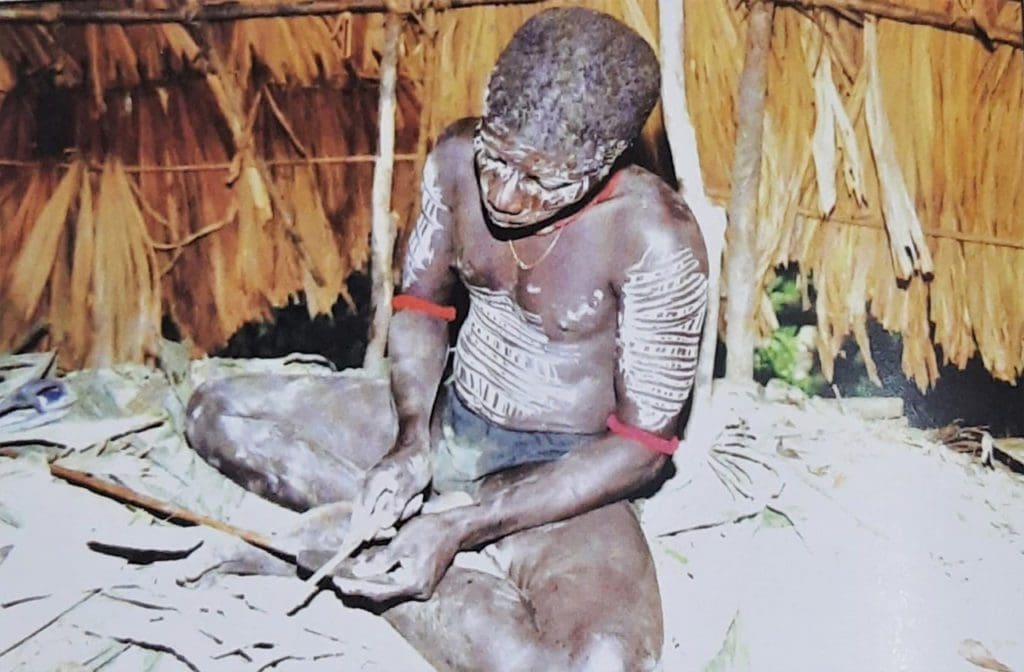
At first, I felt incredibly nervous about my mistake. However, the Jarawa chiefs smiled at me when I exited the room and let me off easy. Usually they punish members with exile for making that mistake. I also witnessed modest and unusual wedding ceremonies. Most ceremonies took place at dusk. Weddings happen at a young age and they avoid drinking, preferring to eat wild boar and an array of seasonal fruits. After one wedding, the couple came to me and asked for my blessing. I watched as they danced in a traditional folk style, going backwards and forwards while raising their hands collectively.
Their incredible efforts to preserve their culture caught the public eye
For birthing, our culture uses lithotomy postures. Jarawa women give birth while perched on their heels. The delivery procedure is absolutely amazing and currently, we are unaware of any cases of maternal or neonatal morbidity or mortality. I often received calls for childbirths but resisted interfering. Instead, I sat and watched in case they needed me. As I observed the process, I found their approach to be incredible. The tribes have a skilled “Dai” on hand, someone acting as a birth attendant. Even their husbands assist in delivery.
While they experienced low death rates, infants up to five years of age sometimes died of pneumonia. After reports of it in 1998 received public attention, authorities wanted an explanation. After that, they provided the infants with pneumonia with special care to ensure their survival. The entire tribe looked on in disbelief each time a sick child survived. Their trust in us and our procedures grew. Parents of newly born babies began visiting the hospital, even if their toddler had a simple cold. As a result, their population numbers expanded.
In my opinion, the Jarawas no longer face extinction due to their selfless efforts and dedication. For my efforts to safeguard them, I received the Padma Shri Award in the field of medicine in March 2023. Accepting the award felt surreal. I felt overjoyed to receive it from India’s President, Draupadi Murmu. I feel absolutely euphoric and grateful to have experienced such a wonderful journey.
